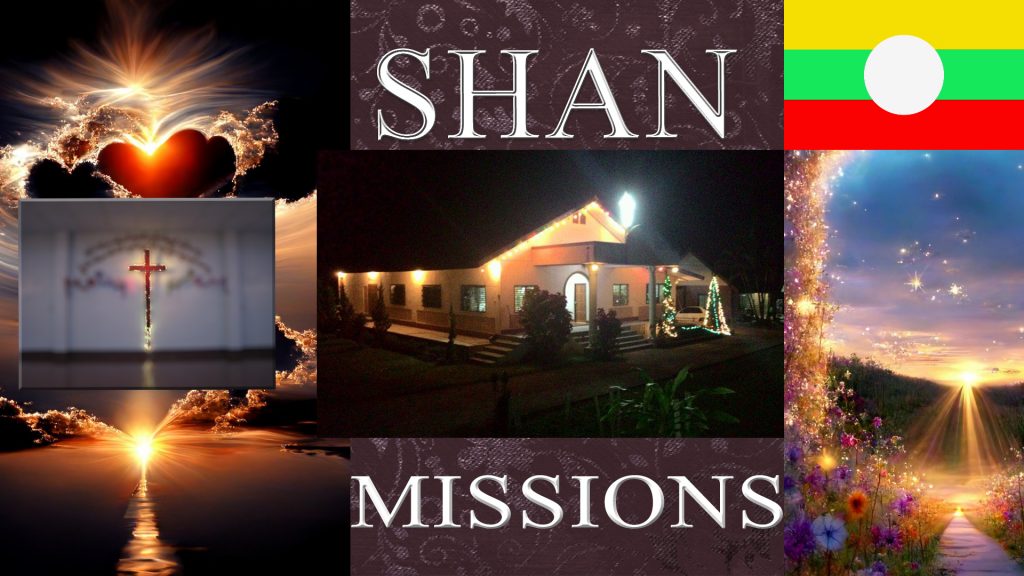Chapter One
BAPTIST MISSION TO THE SHAN PEOPLE OF BURMA (MYANMAR)
The Baptist mission to Burma initially did not target the hill tribes, but rather the Burmans.
In 1807, the Serampore Mission extended its work to Burma, and Felix Carey was appointed one of its first missionaries.
British Missionary Dr. Felix Carey (eldest son of William Carey, founder of the English Baptist Missionary Society (1792) and lifelong missionary to India) served as a missionary doctor in Burma in 1807 before Adoniram Judson arrived. For Felix, life in Rangoon was difficult. Felix won favor by vaccinating Burmese people, including the Maywoon family, but food items were scarce, and it was difficult to learn Burmese. Felix Carey lost both his wife and mother in 1808.
In July 1813, when Felix Carey was in Ava, two young Americans, Adoniram Judson and his wife, Ann, tempest-tossed and fleeing persecution by the East India Company, found shelter in the Mission House at Rangoon.
Judson was one of a band of divinity students of the Congregational Church of New England, whose zeal had almost compelled the institution of the American Board of Foreign Missions. He, his wife, and colleague Rice had become Baptists by conviction on their way to Serampore, to the brotherhood of which they had been commended. Carey and his colleagues made it “a point to guard against obtruding on missionary brethren of different sentiments any conversation relative to baptism.” Still, Judson himself sent a note to Carey requesting baptism by immersion.
Felix Carey’s medical and linguistic skills so commended him to the king that he was loaded with honors and sent as Burmese ambassador to the Governor-General in 1814, when he withdrew from the Christian mission.
Pioneer of Baptist Missionaries to Burma

Adoniram Judson was born in Massachusetts in 1788.
In 1810, Adoniram Judson, with three others, offered himself for missionary work to the General Association of the Congregational Church. As a result, the American Board for Foreign Missions was founded. After being ordained for the Congregational Church on February 19, 1812, young Adoniram Judson and his bride of seven days, Ann Haseltine Judson, set sail for India, supported by the first American Board for Foreign Missions. But on that voyage, Judson saw the teaching of immersion as the mode of baptism in the Bible. Conscientiously and courageously, he withdrew his support from the Congregational board until a Baptist board could be established to support him. He and his companions eventually reached Calcutta in 1812, where, soon afterwards, he became a Baptist. On September 6, 1812, Judson and his wife were baptized by Rev. Ward in Calcutta. The East India Company having refused him permission to work in India, he arrived at Rangoon, Burma, on July 13, 1813, where one of the English missionaries, Mr. Carey, had already begun missionary work in 1807. When the American Baptists heard of Judson’s change of views, they determined to support him and founded the society, which was known as the American Baptist Missionary Union. The English missionaries in Rangoon then handed over their work to ABMU.
By 1816, Judson had prepared the Gospel of Matthew in Burmese, following up short tracts “accommodated to the optics of a Burman.” He finished the translation of Matthew on May 20, 1817, and the whole Bible on January 13, 1834.
After nearly six years in Burma, on June 27, 1819, Judson baptized Moung Naw, his first Burman convert. At the end of seven years, Judson had baptized 10 Burmese converts. He died on April 12, 1850, at sea. That evening in the greatest silence, broken only by the voice of the captain, his body was lowered on the larboard side into the Indian Ocean, even without a prayer.
In 1852, there were 62 missionaries, male and female, in Burma. The number of baptized members belonging to the Baptist mission in 1911 was: Burmese 3,182; Karen 54,799; Kachin 371; Chin 1,011; Shan 338; Talaing 308; Muhso 9,343; Tamil 465; others 579, making a total of 70,396.
Adoniram Judson was not involved with the Shan. But he did mention the Shan first in a list of the peoples of Burma, he represented as he was calling for help in his letter written from Rangoon in 1831.
Shans were Overlooked
When Eugenio Kincaid and his wife were in Ava (Mandalay) in 1833-1836, he wrote that a missionary would find a wide field of labor among the Shan. About the time that the letter arrived in Moulmain, Burma, the missionary force there had been strengthened beyond the needs of the local work, even though Judson was eager to extend to wider fields. No missionary came to the Shan until 1861.
Rev. Moses Homan Bixby said in his letter on April 12, 1861, from Rangoon, “For the forty-nine years during which missions have been in the Burman empire, but the Shan were wholly overlooked. Nothing was done for their moral or intellectual improvement. Just at the time, however, when the hands of the persecuting Burmese are raised against them for their oppression, the Christian people of the mother hemisphere have been adopting measures to send them the light of the gospel by the hands of a missionary of the cross. Every philanthropist will heartily wish success to this new Christian enterprise.”
Baptist Mission to the Shan
In 1853, Rev. Moses Homan Bixby was appointed by the American Baptist Missionary Union as a missionary to Burma. He was married to Miss. Susan Dow on November 7, 1849. After a brief service of three years in Moulmain, Burma, he was compelled to return to America because of the failing health of his wife. Susan Dow did not long survive after she arrived in America.
Bixby was again selected on the first Sunday of December 1860 as a missionary to the Shan and sent to Burma again. He left for Burma, taking with him as his new companion and helper Miss. Laura A. Gage, who was the principal of the New Hampton Ladies’ Seminary. They arrived in Rangoon on March 23, 1861. Rangoon was not Shan State but the capital city of Burma. He planned to bring good news of salvation to the Shan people. As it was not possible at that time to enter Shanland, Bixby settled at Toungoo.
Shan Mission in Toungoo

When Bixby arrived in Rangoon, many Shan came from Shan country and took refuge at Toungoo because of the Burman King’s pressure. Bixby reported on March 29, 1861, from Rangoon, “Almost immediately on our arrival, it was announced to me that the Shan were coming over into the British possessions by thousands. We learn from Toungoo that, on account of some warlike disturbance in the Shan country, ten thousand people have come down to the vicinity of Toungoo and that the Commissioner has encouraged them to settle there by furnishing them land. Should they do so, what a field of labor will at once be opened to me! What does this mean? May we not think that God has sent them to meet us by the way? And does it not indicate that we have been moved to commence the Shan Mission at the right time?” Toungoo was not a Shanland. But the Shan were there as refugees. Wasn’t it a divine plan? No foreigner was allowed to travel to the Shan country at that time without a special pass from the Burman King. It was reported in April that ten thousand Shan refugees were in Toungoo. Bixby said in his letter dated April 12, 1861, “Can it be possible that the event of our arrival in this country to establish a Shan mission and the arrival of ten of thousand Shan at the very place where we had thought to take up abode and where we can dwell with safety could occur at the very same time and the hand of God not be in it? But why should I question this? We will not be faithless but believing. We will thank God and take courage.” God sent people as missionaries!
The beginning
Bixby quickly moved to Toungoo on May 8, 1861, and started working among the Shan refugees. He gave his first report from Toungoo on June 18, 1861: “I find it substantially correct. The Shan tribes have come down en masse with their SaoPha (chief), and the bulk of them have settled on the site of the old town DinGaWadDie, about seven miles from the city of Toungoo. The harvest before me is indeed great, but what can I say of the laborers? As I stand on the border of this broad harvest field and look over it, I am overwhelmed with a sense of the magnitude of the work, and when I turn my eyes to a single sickle, my heart sinks within me. Can one reaper garner such a harvest?”
Immediately, Bixby thought he could not do the work alone. He developed a plan to reach out to the Shan by studying the Shan language, preaching to the Shan in the Burmese language, as he had learned Burmese a few years ago in Moulmain, and many of the Shan understood Burmese. He occupied Zayat every day and preached the gospel, opened a chapel for regular Sunday services, and preached house to house. He baptized the first Burmese woman believer on the third Sunday of August 1861, together with eight Karen. In the beginning, Bixby did not believe that she was a genuine seeker. But later, he was convinced that she was a genuine believer when she walked one mile every alternate day to study the Bible with Mrs. Bixby. It was unusually quick to have a Burmese woman baptized within three months. When Adoniram Judson worked among the Burmese in 1813, he got the first Burmese baptized in six years. Despite that, Bixby was a missionary assigned to the Shan; he got a Burmese believer first.
Deep inquirers and new believers
Bixby reported in his letter dated November 5, 1861, that when he was passing through the bazaar, a man asked him whether he was Jesus Christ’s teacher and told him about the gospel he read from the book entitled “Glad Tidings.” A few days later, this man asked a bout a tract called “Tree of Life.” The next day, Bixby took a good selection of tracts and went to the bazaar. In the market, he saw many people gathering around him, asking for tracts. He gave all the tracts to them and preached to them the gospel until he was exhausted. When he came back home from the bazaar, he saw several young men waiting for him at his home. One of the young men asked for baptism immediately. Who was this man? His name was Maung Dyne, a native of Arrakan. He was a government officer. He wept over his sins and heartily confessed them to God and said, “My shame is all gone, and I am bold to speak for Christ. My sins are all forgiven through Christ, and my soul is very light and happy. Now, teacher, I want to be baptized so that the world and all my friends may know that I am a Christian.” He was then taken to Dr. Mason and Rev. Cross to examine him. He was confirmed and baptized one week later. He later offered himself to superintend the building of a chapel for the Shan and Burman, and he contributed forty rupees to aid the work. Furthermore, he preached boldly wherever he went. Bixby said, “The Shan were very friendly and some listened well, but none as yet believed.”
Survey of a year
One year after arrival in Toungoo, Bixby reported in his letter dated May 8, 1862, “A year is a brief apace of time, a hand’s breadth in the measure of a man’s life. But in the active life of a missionary, it is no inconsiderable portion. The average life of a minister of the gospel at home is said to be less than twenty years. How important, then, is a year in the life of a missionary! And when we consider what a year may bring forth, what evils may be averted, what hopes may be generated, what multitudes saved from unending woe, bow vastly important the brief apace becomes! The Shan of time becomes an eternity of interest. The man is yet unborn who duly weighs an hour. The year has been a drought with hopes and fears, joys and sorrows, conflicts and victories, deep depressions sinking almost to despair, and exaltations rising almost to ecstasy. It has been a year of severe and incessant toil, unalleviated by changes of seasons, places, and associations, but augmented by isolation and dull monotony. It has been a year of great trial. The god of this world, awakened from his century-long sleep, seems conscious that new territory is invaded, that another taco is about to be taken from him by the stronger than the strong man’s arm, and he has been ready to dispute every inch of the ground. Our trials have been various and peculiar. Missionaries love to share their good things with others, but their sorrows are too sacred to be revealed. The people are overwhelmed with joy when they hear of a great victory, but how little do they know how little they can know what heart-rending anguish was necessary to the achievement. The sunny side of missionary life may be seen and rejoiced in at home, but the shady side is too deeply shaded to be seen at so great a distance. One can only be touched with the feeling of our infirmities, but this is enough. The past year, with the Shan Mission, has been distinguished by no very great achievements. We have made only an earnest beginning. We could seem to see God’s hand leading the wandering Shan to our very door and to hear his voice saying, ‘Take these rude children and educate them for me and I will give thee thy wages.’”
Bixby expressed that the first year of his mission work in Toungoo was a period of testing and trial. Even though Bixby’s main target was the Shan, no Shan yet had accepted Jesus Christ in the first year. Bixby was trying to get a chapel or a zayat to have a regular meeting. He said that his dwelling home could not be used as a place of worship, and a dwelling home was never suited, especially in this country, to such a purpose. Shan did not feel holy to worship God at home since they were accustomed to worshiping Buddha at the monastery. Month after month, he tried to get a zayat or a place to build one, but failed.
The first chapel

Bixby reported in his letter dated May 8, 1862, that he finally succeeded in getting a site, an old dilapidated pagoda site, which the British Deputy Commissioner had given him. He engaged carpenters and hired men to saw the timber to put up a small chapel for four hundred rupees. But later he found out that the site was not very favorable, and he had not received adequate funds. He then abandoned the plan and tried to get another favorable site. He was able to make an exchange with the Tsit-kai, the highest Burman official, by paying him 150 rupees, making the price of another land, including some trees, a total of 250 rupees. The land was big enough for a mission house and a chapel. He did not hesitate to make the exchange, though it took all his money. He started the work at once and trusted in Him for the means. Accordingly, Bixby borrowed money on his own responsibility and set carpenters to work. He then made known his wants to the brethren of Moulmain, Rangoon, and Calcutta. In a few weeks, the funds began to come in just in time to meet the demands. Within one month, Bixby and friends were holding meetings in the new chapel. The cost of the building, including land, furniture, etc., was 2,000 rupees, which were all provided, except for about 300 rupees. Bixby reported in his letter dated January 18, 1863, that the first Shan and Burmese Church of Toungoo was consecrated at Lau-koke-ta-ya at five o’clock on January 18, 1863. About one hundred people gathered around, and Bixby preached “Jesus and the resurrection.”
Bixby reported on March 25, 1863, that there were thirty members in the Church, where two years ago there was not one disciple to call Jesus blessed. Bixby reported on May 8, 1863, that an influential man was found guilty of polygamy as he had taken a second wife. After receiving instruction on the subject, but he refused to put her away, he was excluded from the Church. He reported on August 10, 1864, that Maung Wyne was also excluded because of bigamy. Another believer was found gambling and was excluded from the Church. However, the Church grew. Two more Churches were planted. Seven people from five tribes were baptized, and there were about one hundred members in three Churches in 1864.
Opposition
Bixby reported in his letter dated October 25, 1862, that public sentiment, which was powerful for good or evil everywhere, acted strongly against Christianity. The fear of ridicule kept many back for a time. The abusive language seized people and dragged them to the ground. If it was known that a man was an inquirer into Christianity, he became at once an object of persecution and scorn. A Burman was a hero who came out boldly to despise Jesus. The cross was an offence everywhere, but to some it was the power of God and the wisdom of God unto salvation. An effort had been made directly by the Buddhist priests and others to separate wives from their husbands, whom Bixby had baptized with the hope of leading them to abandon their faith.
The first Shan convert
Bixby reported on October 25, 1862, that the SaoPha of NanTok placed his eldest son, a young man of about twenty-one years, to be educated by Bixby but requested not to make him a Christian. Bixby told him that he had no power to make Christian; God alone could do that, but it was their duty to teach him about Jesus. If he could not allow them to teach him about Jesus, then it was of no use to make him his pupil. He would not force him to worship Jesus contrary to his convictions, and he would not baptize him if he did not ask for it. Then the SaoPha said, “Very well. Take him and be to him as a father.” When he was first instructed in the scriptures, he soon became so fond of the Bible as to prefer it to other studies. After a few weeks, one Monday morning, he came to Bixby to talk about the sermon he had heard at the chapel. He said, “Teacher, idols are not God. The eternal God, He alone is God. What must I do to worship Him?” Then Bixby told him that if he would worship God, he must believe in His Son. Within a week, he appeared to have received the Lord Jesus as his Savior. He talked freely about the true God and the only Savior to the Shan who came. The next Sunday, his father came to see Bixby, and Bixby persuaded him to attend worship service. SaoPha consented reluctantly but listened attentively. His son told him that he had received the doctrine of the true God and of the Lord Jesus Christ. Then SaoPha said, “If you believe in Him, continue to worship Him. I shall not yet change my religion.” SaoPha’s son, Oung Myat, was baptized on October 1, 1862.
He was the first Shan convert in Toungoo, one year, four months, and twenty-two days after Bixby’s mission among the Shan. His wife was also baptized on February 1, 1863. On January 18, 1863, five Shan and two Burman were also baptized. On November 30, 1863, three more Shan were baptized.
Choosing language
Bixby reported on June 28, 1861, “I would confine all my labors to the Burmese language. Most of the Shan whom I have met are unable to read any language but can speak both Shan and Burmese. Let them be taught to read the Burmese, and then they will have access to the scriptures and many other useful books. (The Burmese Bible was translated in 1837) If I were to open a school for the Shan in Toungoo, I would use the Burmese language only. But in the Shan country, little or nothing could be done without the Shan language.” Bixby opined that the Burmese Bible should be used for all people groups except the Shan. He would also teach the Shan to read Burmese so that they could use the Burmese Bible, which was already available.
Bixby had the opinion that since there were many languages and dialects spoken in the country, it was utterly impracticable, if not impossible, to produce the writing of these numerous tribes, twenty of whom he had some knowledge of within the field assigned to him alone. If the Bible were going to be translated and printed in these numerous languages, when would the people have the Bible? It was manifested that there should be one language, which they could all understand. Should it be the Sgau Karen? No. The Sgau was one of many Karen dialects belonging to only a small branch of the great Karen family. The Pwo Karen must have their separate Bible and books, and apparatus. Thousands of rupees had already been expended in printing books in Bghai, and there was as yet only a small beginning. Where should all this money come from? Where could they find the men to make all these translations? It need not be done. It should not be done. One language would do for all. If any exception should be made, it should be the Shan, which was a written language, equal in purity, power, and extent to Burmese and was used extensively beyond the Burmese-Shan States.
School
Bixby reported on October 25, 1862 that school was one of the most important and successful ministries in mission. Mrs. Bixby received boys and girls, young men and young women at school. When Miss. Marston came the girls were recommended to go to her and she had about twenty scholars all girls and women. Mrs. Bixby’s school increased until it was found necessary to have an assistant teacher but there was no fund.
Source of teachers
Bixby had the opinion that the preachers and teachers of any people must come mainly from themselves, and the great work of foreign teachers should be called into the field and guide in their workmen who have sprung from their flocks. The Burman should have Burman, the Shan should have Shan, the Karen should have Karen, and the Geckhos should have Geckhos for their teachers. Therefore, Bixby selected several young men from their villages and brought them to Toungoo with him from his second tour. Not one of them had ever been to Toungoo or school before, and had any of them been baptized. Later, fourteen of them asked for baptism, and six were baptized.
A Shan Buddhist teacher
Bixby reported on January 6, 1863, that Leing Ta Ka, a Shan man, was one of the most stubborn Buddhist teachers he had ever met. He possessed great influence over the people of the village. Bixby offered him as high as fifteen rupees per month to teach at his school, but he declined. But one day, he said to Bixby, “The foreign doctor was very unlike the Shan and Burmese doctors. He would go miles by day or night to give medicine without charge while Burmese and Shan doctors refused to go or give medicine without money paid in advance.” Later, he agreed to be a teacher at Bixby’s school but refused to attend worship service. However, his heart, by dying love compelled at length yielded to the claims of Christ; he was clothed and in his right mind rejoicing with exceeding joy. He had given out word before his conversion that he knew the teacher to be a friend of the Shan and recommended them to call and see Bixby at his house. When he became fully convinced of the truth of Christianity, he went from house to house exhorting the people to turn from their idols and embrace the true God and the only Savior. He was the means of the conversion of several souls before he was baptized.
First theological training
Bixby reported in February 1863 that he knew the importance of training locals and used them in evangelizing their people. Bixby said that more men were longing for the work of the mission. He had taken six Shan, six Burman, and fourteen mountaineers into the service on trial as student-preachers. The method of instruction was sending them directly to the field. Each evening or in some portion of the day, a scripture lesson was given. Study, prayer, praise, and preaching were the works of each day. Bixby called it a “Live Theological Seminary.” The models were the disciples and the Lord, in a job training. Bixby said, “The effect of going before and telling the assistants how to preach, how to pray, how to praise by exalting the redeemer over the redeemed is wonderfully inspiring. They used to go together but separate into twos to reach a larger number, but they were careful to get together often so that they would not lose their sympathy or the power of united prayer. A bed of live coals separated into many parts would soon become pale and dead, but by keeping together, each lends to others its heat and glow. Sometimes, when jealousy developed among the preaching band, immediately the power was gone, and every man became a dead weight to the spirit. But when repented the current sympathy was restored, and every man became a wing to waft heavenward.”
Preparation for travel to Shan country
Since Toungoo was not a Shan country and the Shan in Toungoo were only refugees from Shan country, Bixby was very eager to visit Shan country, where the Shan people lived. On December 1, 1863, Bixby reported, “I am now ready for the journey and leave in a few days. I take with me as preachers Maung Pho Maung and Maung Shwa Ong, Maung Carn and Maung Oung Myat (Shan), Plaipan and another Karen. The country is up in arms with civil strife and overrun with lawless bands of thieves and robbers. The flesh sometimes shrinks from the fearful ordeal, but so strong is my conviction that God bids me go in His name. I shall go forth joyfully and take whatever befalls me as a part of my Father’s preordained plan, both for my redemption and the redemption of the Shan. If I fall in the attempt, you will not call it rashness in me, you who have given your sons to the demons, war, – you who live amid carnage and blood. If I fall into the hands of banditti and you never hear of me again, you will not refuse to send others to the same place – you who advocate the filling up of the thrice thinned ranks of a death-stricken army. If I fall from the jungle fever, which sweeps in potential blast, over these tropical plains, you will not neglect to fill the vacancy – you who send your sons into the rice swamps, dank and low, and leave them there to die. Whatever the loss in life may be, whatever the cost in cash, you will not count it too dear a price, you who have been disciplined in sacrifice and have sacrificed your blood and your gold without reserve, in a glorious yet temporal cause. I go forth not knowing what will befall me there but I have this assurance this consolation that whatever it may be it will be for the redemption of the Shan that though the pioneer fall in death he will rise again not only at the last day but even now he will rise with some fruitful seeds multiplied many folds in the good soldiers who’s waiting not far a draft will rush forward to fill the vacancy.” Bixby was very uncertain about his first trip to Shan country. However, he was committed and determined to go, whatever the price he had to pay.
Manuscripts in Shan
It was essential to have manuscripts in Shan to distribute to the Shan during their trip, so they could read and study the word. One manuscript spelling book and one manuscript vocabulary were translated into Shan before the trip. Religious books and tracts such as “The Catechism and View”, “The Golden Balance”, “The Way to Heaven”, “Investigator”, and “Glad Tiding”, all translated into Shan.
The Shan Bible was not available until 1893.
The First Shan Church in Toungoo
A Burman-Shan Church was formed in Toungoo in January 1863, just one year after Bixby arrived. Burman-Shan Church comprises Shan and Burmans. But only the Burmese language was used in the Church service, making the Shan uncomfortable and wanting to have their congregation use the Shan language. Early in the year of 1882, the Shan withdrew from the “Burman-Shan Church” and formed a Church by themselves. After Cushing arrived from Rangoon on a temporary visit to Toungoo when Rev. Mix was going back to America because of poor health, the organization of the Shan Church was completed. Cushing was a real support to the Shan. Besides regular services in town, weekly meetings at the outstation of Kundaugone were re-established, and several visits were made to Hluah-binzark, the other outstation, where there were some attentive listeners. Miss. Rockwood arrived at Toungoo in 1880 and took charge of the boys’ school on the Shan compound since the departure of Mrs. Mix.
Miss. Rockwood had typhoid fever, and after a few days’ illness, she passed away to the better land in August 1882. Cushing baptized six Shan at Shan Church in 1888 on his short visit to Toungoo.
The last report from Bixby
We have seen eighteen letters and reports written by Bixby to the mission board during his missionary work among the Shan in Toungoo for seven years. Bixby suffered from impaired health that compelled him to return to America. Before he returned, he gave the following last report in 1868.
“In the heart of Toungoo city, in the center of a large population, there is a Christian chapel where the gospel is preached to the representatives of various tribes every Lord’s day, both in English and Burmese. As some of the fruits of this service, thirty Shan have been baptized, two of whom are preachers, and twenty Burman, four of whom are preachers. Of the English congregation, there are now several applicants for baptism. The chapel is also the center of several Churches on the mountains where many strangers, both Christians and heathens, hear the gospel throughout the year. It is also the home of a school in the care of Miss. Gage and of a Sunday school in the care of Rev. Cushing. It is the center of the work and the influence of the Shan Mission, which includes the Burman as well, so far as Toungoo is concerned. The Burmese preaching is done by Maung Po Maung, Maung Oo, others, and me. The English preaching is done by brethren Bunker, Cushing, and me. God has put His seal upon this chapel, and it has been a Bethel to many souls. In September, I baptized eight Europeans, among the number was our dear daughter Jeanie. She is now twelve years old, speaks and reads Burmese fluently, and loves to tell the little children of the great love of Jesus. She is therefore already a missionary. I have since baptized three non-commissioned officers. These Europeans form a branch of the Toungoo Church, which is made up of the representatives of several nationalities. We try to preach the gospel to every creature, and some are given to us from all the races and tribes to whom we have had access. I have just returned from a month’s tour in the mountains in which I visited six chapels and several villages where there are no chapels, preaching the gospel, confirming the Churches, counseling the assistants, and baptizing believers. I baptized thirteen at KyahMaine, among them the chief of the district and the chief of the village. The LaPetIng people are building a new chapel, and there are several candidates for baptism. We have assistants already in the field who speak Geckho, Harshwie, Padoung, Shan, and Burmese. I have never wavered in my belief that it is God’s purpose to introduce the gospel to the Shan tribes through these mountaineers. Every year, the world advances and bids fair to get a foothold in the Shan territory.”
Rev. Moses Homan Bixby returned to America in May and arrived in America in July 1869. Mrs. Bixby remained in Toungoo and continued mission work until mid-summer 1870 mid summer and left for the United States. After recovery, Bixby continued serving the Lord until he died in Providence, March 20, 1901, aged 73 years and 7 months.
Even though Bixby was commissioned to work among the Shan, he worked among many other groups in Toungoo, such as Burman, Thoungthoo, Karen, Geckho, and British officials.
No Shan congregation was formed in Toungoo during Bixby’s term.
Rev. Josiah Nelson Cushing and Shan Mission

Cushing is the most famous missionary to Burma, second only to Adoniram Judson.
Cushing was born in North Attleboro, Massachusetts, northeast of Providence, Rhode Island, on May 4, 1840. He was prepared for college at the Pierce Academy, Middleboro, Massachusetts, and entered Brown University in the class of 1862. After his graduation, he went directly to Newton Theological Institute and completed the full course of study. The year before he completed his college course, he united by letter with the First Baptist Church in Providence. After completing his seminary course, he was ordained to the Christian ministry by the same Church in 1865.
In 1865 he offered himself to the American Baptist Missionary Union as a candidate for the foreign field and was presented at the annual meeting held that year in St. Louis, as a missionary. He was retained at the seminary as instructor in the Hebrew department for one year and in 1866 October 24, he sailed for Burma being designated to the Shan tribes to take up a work, which had been recently begun by Rev. Moses Homan Bixby.
Arrival of Cushing
Rev. and Mrs. Cushing with Miss. Gage, under appointment for the mission to the Shan, sailed for Burma in 24 October 1866. They reached Rangoon in November. They joined Toungoo Shan Mission on 11 March 1867. Cushing had a very difficult and trying task before them in the acquisition of the language. Cushing studied Shan without learning Burmese. Instead of approaching it through the medium of Burmese or acquiring the Burmese first as other missionaries had done, they determined to make a direct onset and by dint of patience and persistent industry they found the way into its hidden treasures. Without the suggestions of a pioneer, without grammar, without dictionary, with nothing but their own eyes, ears and tongues and aided by the eyes, ears and tongues of native teachers, they went to work by adding sign to sign and sound to sound, moved slowly but a towards their destination. At the end of six months they could see that progress had been made. At the end of a year they had advanced so far that they were sure of complete success.
The Shan teacher refused to teach.
Cushing relied heavily on his Shan teacher, who would teach him the Shan language and Shan literature. But after eleven months, Shan’s teacher was frightened away by Burmese Buddhist priests. Suddenly, he ceased helping and sent word to Cushing that he should fall into hell if he taught him any longer. Previously, he had related a dream to Cushing that a Phe (spirit), which was the guardian of his family, came to him in a dream, telling him that if he aided Cushing, he would certainly fall into hell. The teacher had a sore eye at the time. This, the Buddhist priest said, was a sign that the Phe had sent. The poor man was sincere in this account but mistook the dream of his disturbed mind for supernatural revelations. Cushing said, “I have this comfort that the man knows the way of salvation fully. He could write as good a prayer as any of the Shan Christians. Knowing the truth, he cannot run away from it. Wherever he goes, his mind must carry it. I pray that it may trouble him until he is willing to find peace in Jesus only.” Some tracts had been translated during the year. Two “Catechisms” and the “Call” had been printed, and a third “Catechism” and “View of the Christian Religion” were passing to the press in 1867.
First visit to Shan country

Cushing entered courageously into the difficult and dangerous task of visiting the people in their homes and carrying to them the knowledge of the Christian religion, with Toungoo as his headquarters, extending his tours farther and farther into the wild and untraversed country inhabited by the Shan.
It was necessary to obtain royal pass in order to travel to Shan country. The royal pass could only be obtained from Burman King in Mandalay.
In 1867, Cushing and Rose spent three weeks in Mandalay to get a royal pass. The pass was written on a narrow strip of palm leaf about four feet long and carried in a bamboo covered with a red cloth. The very sight of that red-cloth-covered bamboo was enough to secure the respect of the people. The royal pass was even more important than anticipated. It was simply indispensable to their success. Without a pass, they could not have traveled through the country; they would not have been allowed to preach and give tracts.
In November 1867, Cushing and Rev. Rose made a tour of Shan States via Bhamo seeking a new base of operations for the Shan Mission and to test the practicability of establishing a station for the Burman, even though they were assigned for the Shan, they also looked for opportunity of working among the other people. They carried no large books but had one pony loaded entirely with a good assortment of tracts. The number of Shan who could read Burmese was comparatively small, but the number of Shan who could speak and understand Burmese was large. They journeyed through ten Shan States. They were always respectfully and kindly received by Shan SaoPha.
Rev. Rose reported, “We felt the utmost freedom on all these occasions and with all the simplicity and plainness we could try to make known the true God and Savior and the one only way of escape from sin and hell and arriving at the peaceful land of sinless immortality. Never once were we insulted or treated rudely. The people listened with attention and treated us with respect and often with kindness. Objections would sometimes be raised mostly by Burman officials, messengers, or others. These Burmans would often ask questions, raise objections, or jump into an argument, as much to display, before the Shan courts, their stock of sacred Gaudama lore as for defending Gaudama’s religion. But the success of these complacent gentlemen was such as to render them quiet after a few brief encounters.”
No Christian teachers had ever gone through this country before. Shan people for the first time had heard of the Eternal God. Many hundreds of tracts making known Christ the Savior are scattered all along and hundreds had been carried to towns and cities far away from the road they traveled.
In 1868, Cushing crossed the mountains to MoByai and was kindly received by SaoPha, but having received partial sunstroke, he was carried back on a litter by Padoungs, furnished by the MoByai prince.
In early 1869, Cushing, accompanied by his wife, made another trip to the Shanland. Passing northward into upper Burma as far as Yemèthin, and then turning eastward across the mountain ranges, they visited MuongNai, the largest Shan town west of the Salwen and the headquarters of the Burman military occupation. As this was the first visit of a white lady to that region, native curiosity and attention were excessive.
In November 1869, Mr. and Mrs. Cushing started a five-month journey from Toungoo to Shanland again. Revisiting MuongNai, they went north-easternly, crossed the Salwen, and by a route hitherto untraversed by a white person, reached KengTung, which was the capital of a large principality, situated a short distance from the borders of Yunnan. At KengTung, they were received with unusual cordiality by the Shan prince and princess, who were persons of great intelligence and were desirous of more frequent intercourse and trade with foreigners. Wherever they went, the people gathered around them, and many listened attentively to the story of the cross. Several thousand tracts were distributed and seed sown. They returned to Toungoo in April 1870 after five months of travel.
Bhamo Mission Station
Bhamo was first visited by Rev. A. Talor Rose in March 1868. Even though Cushing joined Rose on the first mission trip to the north, Cushing could not get to Bhamo but returned to Toungoo after three months trip leaving Rose to continue to Bhamo.
For the first time Cushing arrived Bhamo on December 22, 1876 after returning from America in October 1876. He was very interested in Bhamo work and proposed to remain in Bhamo till a new man could be sent out to relieve him. Mrs. Cushing then returned to Toungoo and looked after the interests of the work.
Mr. Lyon and Mr. Freiday, with their wives, left America for the Bhamo mission field. The party, accompanied by Cushing, traveled to Mandalay and then to Bhamo, arriving in Bhamo on February 13, 1877. Soon after arrival, Cushing and Lyon planned to visit the Ka-Khyen (Kachin) Mountains so that Lyon might become acquainted with his future field of labor among Kachin. But when the time arrived for them to go, Lyon was attacked by fever. As the fever did not seem serious, it was deemed best for them to proceed with the new Karen preachers to the mountains and locate a man for Lyon to follow a week later. After a week, Lyon was too ill to go to the mountains. Cushing then returned to the city to see Lyon. After another week, Cushing started for the annual fair at Shwaypaugyoon, about thirty miles from Bhamo. Shortly after he arrived at the fair, he received a message calling him to return to Bhamo on account of Lyon’s severe illness. Three days after his return to Bhamo, Mr. Lyon passed away quietly into the land of rest on March 15, leaving behind a perpetual benediction to those who knew him in the memory of his gentle Christian life. It was a mysterious providence that the first Kachin missionary should lay down his life in sight of the mountains where he longed to preach the love of Christ.
After one year, Cushing reported from Bhamo that through the kindness of the China Inland Missionaries, a zayat on the main street, which had been occupied by them, was placed at his disposal. This continued to be his home. The land Mr. Rose selected the previous year was the most desirable place in the city, and determined to obtain it for the mission. Unfortunately, it was under the control of the Sit-ke (Burman officer), who proved to be the most persistent opponent in his attempt. Near the close of the first five months, the Worn (governor), who had shown a polite indifference hitherto, became very friendly and through his kindness, half of the land which Cushing desired was secured, together with the bamboo house, while the other was occupied by the native preachers. During the rainy season, since travel was not possible, Cushing revised again the entire Shan dictionary and added a considerable number of words, principally, words peculiar to the northern Shan. He also prepared a “Handbook of the Shan Language” and translated the Epistle of James. He spent several hours a day on Kachin language study.
Cushing handed the Bhamo mission to Rev. Freiday and returned to Toungoo in May 1877. In the year 1884, Rev. Freiday closed the work at Bhamo when the Chinese attacked and destroyed Bhamo in December 1883. Early in August 1885, Mrs. Freiday left Rangoon for America via Calcutta. Bhamo mission field was not for the Shan only, but there was a department called the Shan Department under the Bhamo mission. Later Bhamo mission field became the first mission station for the Kachin tribe. On March 24, 1877, a young Shan man, Sau Lake, was baptized in Bhamo. He was the first Shan baptized in Northern Shan.
Shan work continues in Rangoon
In March 1871, Cushing moved to Rangoon and established the headquarters of his work till the way into the Shan country may be opened. In the vicinity of Rangoon, large numbers of Shan were found, their villages being scattered here and there around Rangoon. Many Chinese-Shan (Dai Nua) had settled down there. Cushing and his native assistants had repeatedly visited the Shan villages, and some interesting cases of inquiry had occurred. Two had been baptized. (Some Shan villages still exist around the Rangoon area to this day.) During four months of the rainy season, a small school was taught under the care of Mrs. Cushing. The attendance was irregular, varying from nine up to twenty and more, the irregularity being occasioned by the opposition of Shan Buddhist priests, who intimidated the children and their parents. Two of the pupils gave evidence of having become disciples of Christ. Cushing continued with unabated enthusiasm in the study of the Shan language and the preparation of elementary works. Two additional Shan tracts and a spelling book had been printed during the rains. The gospel of Matthew in Shan was printed in 1872. From time to time, many of the Shan villages in the vicinity of Rangoon were visited, and a few were baptized.
Rev. and Mrs. Cushing returned to America in 1874, on account of broken health, and again returned to Burma in October 1876.
After returning from America Cushing visited Toungoo and Bhamo. Cushing arrived Bhamo on December 22, 1876.
Cushing handed Bhamo mission to Rev. Freiday and returned to Toungoo in May 1877.
Because of poor health Cushing returned to America in 1878 for a year and returned to Burma again in December 1879.
He left Rangoon with Rev. and Mrs. W.H. Roberts on December 14, 1879 and went to Mandalay where they remained until December 31 and started for Bhamo. Cushing and Roberts arrived Bhamo on January 12, 1879. Mrs. Cushing spent most of the year at Toungoo caring as best she could for the mission work there. She had two Bible-women and a small school under her care.
Just before leaving Toungoo, Cushing had the privilege of baptizing six. He arrived at Rangoon with his family on February 1, 1880 and immediately began printing. The Four Gospels, Matthew, Mark, Luke and John in Shan were printed of a uniform size.
Mrs. Cushing’s serious ill health compelled her to return to America in July.
Rev. Mix came to Toungoo to relieve Cushing so that Cushing would move to Rangoon to work on translation.
Printing Shan Bible and other Literature

Rev. Cushing’s main ministry to the Shan was translating the Bible to Shan language and producing Shan grammar and dictionary.
Since Cushing had moved to Rangoon and concentrated on Shan Bible translation, he was able to finish and printing of the New Testament was completed in November 1882. Cushing reported that he revised the Gospels, Acts, and Romans, but the result of the revision would not appear until there was another edition of the New Testament. In 1887, Cushing began the revision and printing of the Shan New Testament. The revision was completed towards the close of the rains. The third edition of the New Testament was done in 1903. Cushing reported that he had finished translating Psalms, Proverbs, Leviticus, and the first fifteen chapters of Numbers in 1882. The translation of the Old Testament was finished in January 1885. The revision of the Old Testament was completed in October 1889, and the Old Testament was printed in 1891.
The Old Testament translation first appeared in 1891. In 1893, Dr. Kirkpatrick reported from HsiPaw, “We are very glad to get the Shan Bible. All of our Christian workers are eagerly studying the Old Testament. We give each of the preachers a copy as a Christmas present. One man who has been a Christian for many years and doing good work as an assistant preacher never owned even a New Testament until he came here a few months ago.” This indicates that the whole Bible in the Shan language was finished in 1891 and published in 1892.
According to a report by Ai Lun and Sowards in 1963, Shwe Wa from Kengtung helped Rev. Cushing in Bible translation. Shwe Wa was baptized in 1882. He resigned from his government job, from which he earned 100 Kyat per month, and came to help Cushing in Bible translation with 30 Kyat per month only. He was very good at Burmese as well as Shan. Ai Ku from Toungoo also helped Cushing in Bible translation.
The first Shan Hymnbook
At Toungoo he immediately began a revision of Shan Gospels, Acts and Shan dictionary, which was completed in November 1876. In August 1878 Cushing went to Rangoon to attend to the long delayed Shan printing process. In November 1878 a small Shan hymnbook, the Gospel of Mark, most of Acts and fifty-six pages of Shan dictionary were printed.
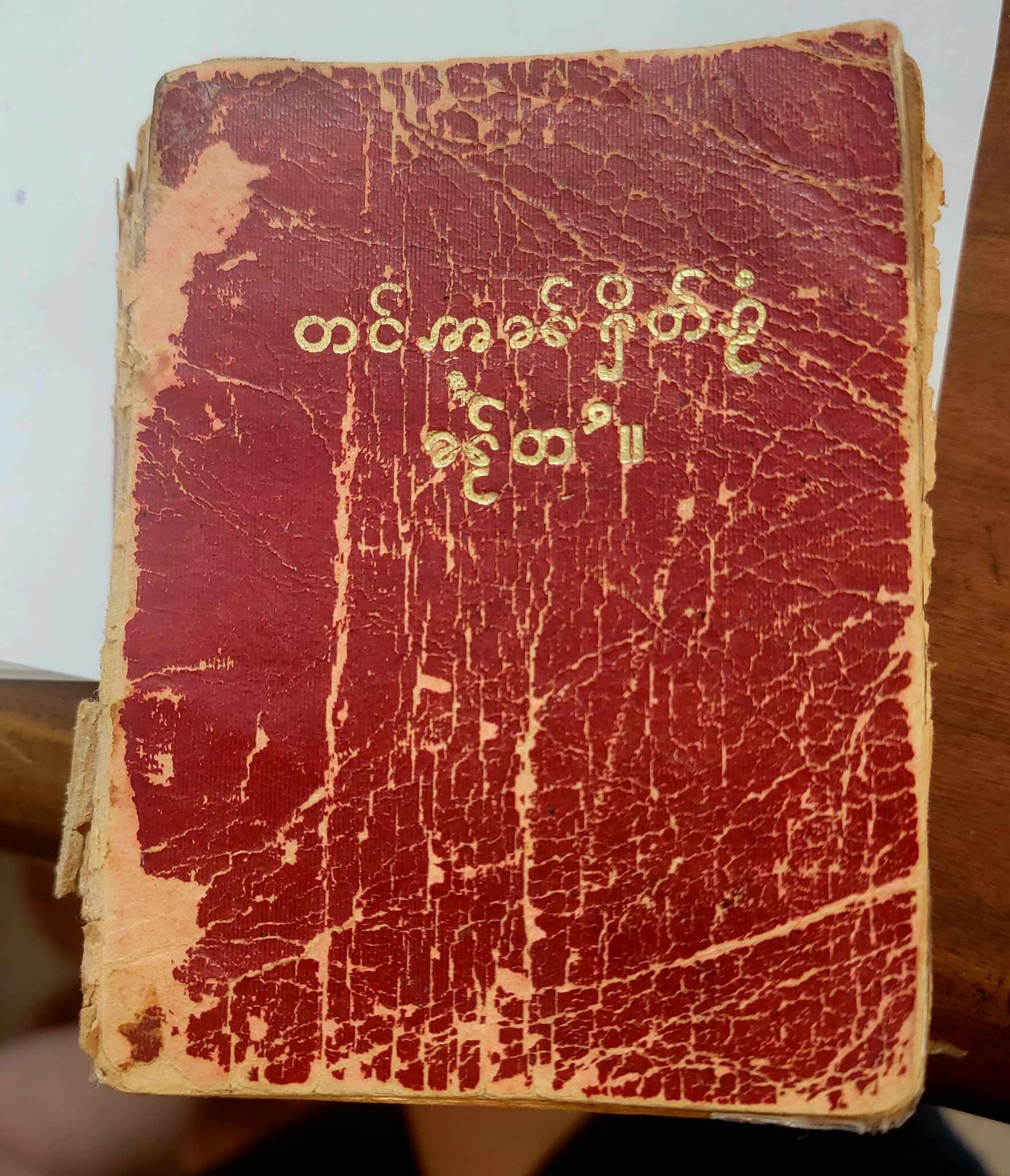
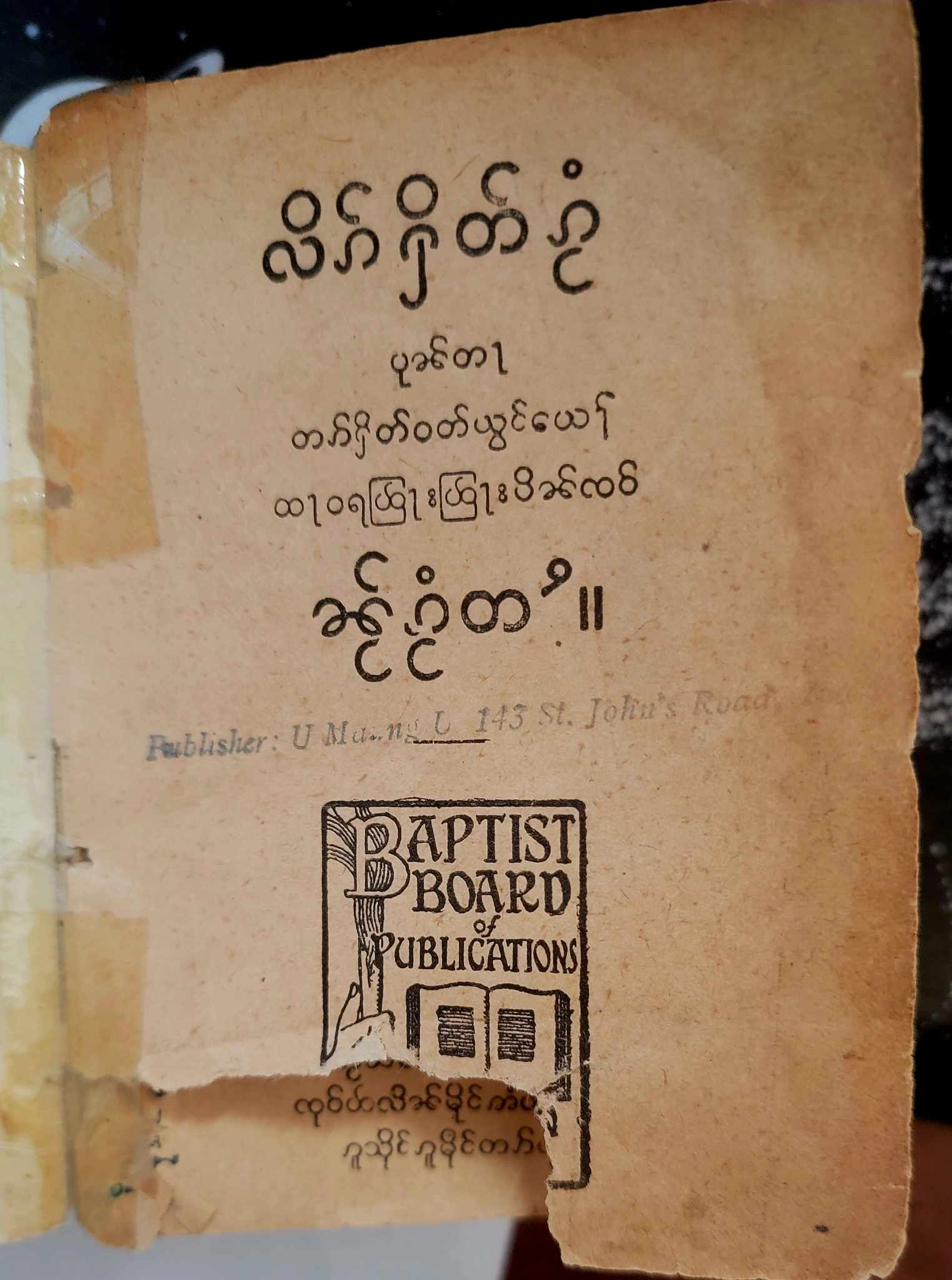
Shan literature

In 1880, after thirteen years of language study, Cushing was able to finish Elementary Handbook of the Shan Language, 8 volumes, 121 pages and printed at the expense of the English Government. It was designed as a help to persons desiring to learn the Shan language. In 1881, a Shan and English dictionary was printed. In 1887, Shan grammar was revised, enlarged, and republished. The Shan Handbook was also revised, enlarged, and had sixty-four pages.
Teaching at Rangoon Baptist College
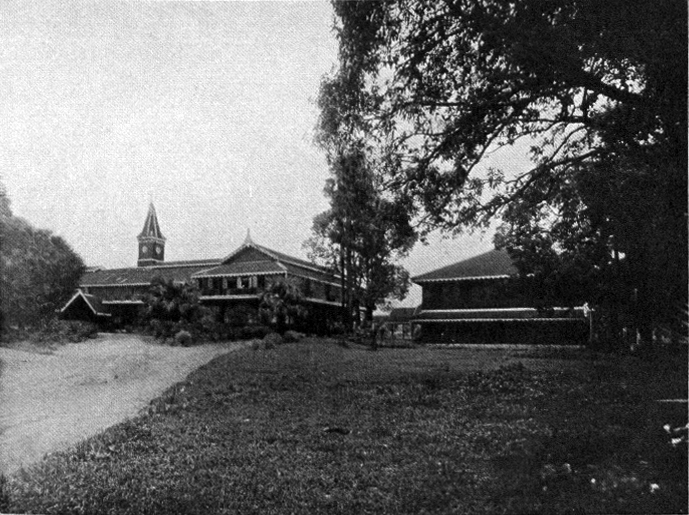
In April 1887, Rev. and Mrs. Packer returned to America, and Cushing was considered to take charge of the Rangoon Baptist College for one term. Rev. Cross and the elder agreed to assist him in instructing the higher departments, and each of them took two recitations, although one of the recitations of the latter was discontinued after a time. The term began May 16 and closed Oct. 14. More than eighty names of pupils were enrolled, but the average attendance was between sixty and seventy. There was no exhibition of racial feelings, although the pupils were made up of Karen, Burman, Shan, and Chinese. Three under teachers, a Eurasian, a Burman, and a Shan, had charge of the lower school.
Shan Believers in Mobyai and Genuine New Life
Rev. Case sent a Shan preacher to MoByai, the most southern part of the Shan States. The people of the district were pleased to see him, and the people listened well to his preaching. A Shan who gladly listened to the message when Rev. Case and team were there two years ago became a Christian and has done considerable preaching of his own accord. He was soon after baptized, remained with Rev. Case, and studied the scriptures. The three Shan preachers, this man and another helper, were instructed in the Bible for a considerable time during the rains, about five hours a week. They studied the two Epistles to Timothy and the Gospel of Mark.
In Toungoo, Mong Hswang attended the Shan services from time to time at LetKhokeBin. After a while, he acknowledged his belief in the truth of Christianity but declared that he could not be baptized because he was not ready to abandon all the heathen festivals and customs. A year later, he married the widow of Kong Warra, who was a Christian woman. Then he ceased to attend heathen festivals and walked as exemplary an outward life as a Christian, but he would not make a profession of Christianity by baptism. A year later, his wife died. This event was sanctified to him, and he determined that he would perform his duty and openly associate himself with the disciples of Christ. He asked for baptism after a long knowledge of Christian truth and with a full understanding of all that was involved in the confession to Christ before the world. He was baptized on December 19, 1886.
Cushing’s Future Plan for Shan Mission
Cushing had written a letter on January 17, 1887 suggesting the future Shan mission.
- Let all the efforts be directed to settling missionaries in Shanland at HsiPaw, MuongNai, Kengtung, and LeGya, or some places near it. Possibly NyounGyuay or MoByai would be better but that could be determined later. The home of the Shan Mission should be Shanland.
- Just as soon as it becomes possible to occupy ShanLand, let Shan-work in lower Burma as a department of Shan labor ceased. The abandonment of direct Shan-work in lower Burma must not be hasty and abrupt, but hereafter everything has reference to the occupation Shanland at the earliest opportunity.
According to Cushing’s advice the Shan-work in Toungoo was faded out and the staffs for Shan-work were slowly transferred to other new stations in Shan country.
Mission Fields In Shan States
Missionaries started their missions by opening mission fields in various places in the Shan States. They stationed at the mission fields and did the missionary works among the Shan through medical services, educations and evangelistic works. Missionaries to the Shan had established four mission fields in Shan States and one in Kachin State.
The First Mission Field, HsiPaw (1890)
HsiPaw was one of the capitals of the Northern principality of the Shan States under SaoPha’s control. Rev. Cushing first visited HsiPaw in the year 1868. Cushing reported on January 1, 1887, that it was impossible to visit any of the Shan principalities on account of the unsettled relations of all the princes to the English Government, so that Cushing and Mr. Calder had to stay in Mandalay.
Toward the close of the month, the HsiPaw SaoPha, who had been helped by Dr. Cushing when he had difficulties with the British government in Rangoon, arrived in Mandalay. He recognized Cushing by acquaintance of former years, and he very cordially gave repeated invitations to Cushing to come and live in HsiPaw. He also offered some of his children as his pupils if I would establish a school there. Thus early in 1890, Cushing escorted Dr. and Mrs. M. B. Kirkpatrick to HsiPaw and opened a new station.
Dr. and Mrs. Leeds arrived in HsiPaw on Saturday, March 26, 1890. That was the first mission station to be established in the Shan country. Hospital and school were later opened. SaoPha of HsiPaw donated land and money for the missions. The hospital also received some financial support from government.
Hospital preaching, Bible training, Sunday school, bazaar preaching, jail meeting, and distributing gospel tracts were their main ministries conducted by missionaries.
Mr. W.C. Lambert was the first missionary to be murdered in HsiPaw by a thief on May 23, 1895, early morning. He was a dedicated schoolteacher.
Dr. Kirkpatrick, although suffering from a sickness, which he knew it would take his life, persisted in working in HsiPaw as long as he could. Rev. Dr. M. B. Kirkpatrick, M.D. died on February 10, 1915 and was buried in the Christian cemetery in HsiPaw.

Medical work
SaoPha, as a chief and head of the community, knew the importance of health care for the people. He supported missionaries in their medical work by giving them land, money, and helping them build the hospital. In financial support, since the mission board could not give all, SaoPha gave rupees 500, the British Chief Commissioner gave rupees 500, and rupees 500 were received from the government because the hospital had also cared for many government employees. SaoPha had given the logs and about twenty men sawing lumber and twenty carpenters at work on the frame and the coolies had the postholes all dug. The patients came from many villages nearby, and some had come from very distant places. SaoPha and other members of their families were among the patients.
Dr. Leeds reported in 1904 that the population in HsiPaw was 4,000. The average mortality rate was 65%. They made two extensive tours in January and February and preached the gospel to the Shan people. Preachers had regular meetings at appointed times and places to preach the gospel to the public. There were 3 baptized, 2 restored, 2 deaths, 2 exclusions, and 52 students enrolled at school in a year. The system of bribery was so inwrought into the nature of the people that they did not look upon it as wrongdoing. A total of 1,346 out-patients, 20 in-patients, 165 visits, and 15 operations under chloroform were performed. Receipts are rupees 334 in a year. A new brick hospital was built in 1903, costing 4,500, which was raised locally.
School
It was reported in 1895 by Dr. Kirkpatrick, “There are forty-two pupils enrolled, thirteen from Christian families and twenty-nine from heathen families. We have the joy of seeing those who come regularly taking a real interest in Bible study. After being a few months in school, they ask for a New Testament to take home with them, and then we feel hopeful for the next thing, would is the question What must I do to be saved? I have baptized eight from the school, the last one being our eldest son.”
In 1904 the school had the highest enrolment of fifty-two, three teachers and five classes. Two schoolboys were baptized. An Anglo-vernacular Buddhist school with three teachers was opened in HsiPaw due to the efforts of the Society for the Propagation of Buddhism in Burma.
Evangelistic works
Dr. Kirkpatrick reported in 1893, “There were 306 gospel meetings and 4,791 people attended. There were interesting services in the jail every day at the request of the SaoPha. The attendance and interest were steadily increasing at the bazaar meetings at BweGyo, the outstation. In April, two parties started from Hsipaw on evangelistic tours.
One party, consisting of our best evangelist and two of the oldest and most zealous Christian boys, went towards the south. They stopped several days at YatSauk where they were well received. One day they went to the palace and had a very interesting service. The SaoPha seemed much interested. From there they went to MuongNai via NyaunGywe, MuongSawk, TaungGyi, HoPong and NaungPawn. They were gone for nearly two months and preached in nearly sixty large towns and bazaars.
The second party often started at daybreak, going to a village for breakfast and two or three hours of preaching the gospel and practicing medicine. At most places, they had not heard of the Christian religion, but they were anxious to get English medicines. Then we would go on to another village to spend the night. Our first night was spent at DahDay, a large Shan town. The headman came with a present of fruit and firewood and called the people to the zayat for the evening service. The large zayat was full, and many stood outside where they could hear. Doubtless, many came from curiosity, but some became deeply interested, for they stayed till nearly midnight listening and asking questions, and some had come to HsiPaw for tracts and to ask more questions. This experience was repeated nearly every day. It took us about five hours to climb up the steep mountain path, and as it was very warm and there was no water on the way, we were weary and thirsty. I shall never forget how the headman came out to meet me at the entrance of the village, and his followers brought me water in a large silver cup and a bunch of plantains. Each one of our party, as they came up to the entrance, was given water and fruit.”
“Soon, a great crowd gathered at the zayat, our evangelists spent all of the afternoon and well on into midnight preaching to the people. The Palong did not have a written language. All who could read read Shan. Most of the men and some of the women spoke Shan. They spent several days at NamKham. One day, they had preaching in the big bazaar, Sunday morning had a service for Christians at Brother Cochrane’s new house, when several people who had professed conversion related their experience. They were gone a little more than a month, preached at about thirty villages besides stopping over at NamKham and the two capital cities, NamSan and HsenWi.”
Rev. W.M. Young arrived at HsiPaw in May 1895, five days after Lambert’s death. He baptized two converts in October 1895 and three from the school in January 1896. Two others in the school have requested baptism, and several outsiders are asking for baptism. The general interest seemed to be growing; the attendance at the bazaar meeting was lighter than usual, but the house-to-house work continued about the same, and the outlook for schoolwork was much brighter. The preachers had regularly, at appointed intervals, held meetings in the five places where they had public preaching. Also, in the surrounding villages, regular preaching visits had been made. In the town, visitation was also carried on. At the funerals of acquaintances was a good opportunity to preach whenever possible.
In 1904, there were three baptized, two restored, two deaths, and two exclusions from the Church.
- Bazaar meeting
Kirkpatrick reported in 1895, “We have kept up the bazaar meetings at both BawGyo and the HsiPaw bazaars. At each place we have had good zayats, which are well filled all day on bazaar days. These people come in from all of the surrounding villages, and in this way, a knowledge of the Christian religion is being spread all over this part of the country. At these meetings, many tracts and books, and portions of scripture are sold and given away, and we often have people coming back after many months to ask us questions and to get more books.” - Jail meeting
By request of SaoPha, jail meeting held every day except Sunday. For one hour the prisoners were called together from their work and listen to the gospel message. Several professed conversion and all seem to appreciate our kindness in looking after them. - Bible class
During the rainy season, travel was very difficult. The missionaries did not waste time and organized Bible classes. Preachers, teachers, Bible women, and others had regularly attended with full interest. The average attendance was thirteen.
Church
Rev. Cochrane reported that in 1899, there was 1 Church, 42 members, and 2 added by baptism in HsiPaw. The native Church at HsiPaw raised its pastor’s salary (forty-five rupees per month) in full during the year and had a good balance over.
In 1911 Miss. Slater had been caring for the work during the absence of Rev. Cochrane on furlough. She reported four baptisms and a Church of 65 members.
Mrs. Kirkpatrick had written and translated hymns and had a tract printed. One man who had been a Christian for many years, worked as an assistant preacher, never owned a New Testament until he came to HsiPaw. Sunday services were well attended, and the people were learning how to give for the work of the Church. Since the Church was organized about nine months the collections had amounted to rupees 200. Almost every member gave at least one-tenth of their income, and some even gave more.
Dr. & Mrs. Kirkpatrick were the only Europeans in the city.
Regretfully, today, there is no Shan Church in Hsipaw. Hospital and school were also taken over by government. HsiPaw mission field closed in 1922.
Getting SaoPha’s support
Dr. Kirkpatrick reported, “The SaoPha continues to be very kind and helpful. He gives land, money for medical and schoolwork, all the logs for the chapel, and assists us in every way he can.
On Christmas day, we had a double wedding in the chapel and gave the SaoPha and some of his ministers an invitation. They all came and seemed much interested and impressed by the wedding ceremony. Before leaving the chapel, the SaoPha gave each of the grooms a large silver betel-nut box, and to each of the brides he gave a ruby and diamond ring. To each child in the school, he gave rupees 3, and to me, he gave a bag of rupees 200 for mission work. I doubt if any other station of our society has ever had so much help from the native ruler as we have had here. We do not forget that it is the living God who giveth us richly all things to enjoy.”
Kirkpatrick reported in 1895, “I was going to HsenWi to see SaoPha, and I felt sure if Brother Cochrane would go with us so that he could get from SaoPha the land he needed for school and chapel in NamKham. He finally decided to go with us. Mrs. Cochrane bravely offered to stay with the few natives for ten days in NamKham when he would be gone. It was a great sacrifice on her part, willingly given for Jesus’ sake. We were four days on the road, and at every stopping place we had a good number of listeners and patients.”
“Last year, I was able to do something for SaoPha, which he had not forgotten. He came to see us as soon as we arrived and was very cordial and attentive all the time we were in his city. He was pleased to hear that a mission was being started at NamKham and readily gave Brother Cochrane an order for as much unoccupied land as he wanted for mission use. At the same time, he wanted to know when we could come to his city to begin mission work. He asked us to look over the whole city and select the most desirable site for a mission compound, and he would have it marked and reserved for us. We gladly accepted his offer and selected a fine knoll, which will be near the new palace. From this knoll, one could see all over the city. I counted twenty-three villages in sight. This is a very important field about midway between HsiPaw and NamKham and ought to be occupied at once, while the SaoPha is so friendly and ready to help. At both NamKham and HsenWi, timber is very scarce and poor. Only jungle wood and probably all permanent buildings at both places must be made of brick. We spent one bazaar day here in HsenWi and had crowds of listeners till the rain came on. The SaoPha invited us to the palace for one service. The large room was crowded, and great interest was manifested by some.” NamKham was then under HsenWi SaoPha’s control.
Medical work there was closed down for nine years when Dr. Leeds left, and the station was closed completely in 1916.
The Second Mission Field, MuongNai (1892)
(23 Years to establish a mission field in Southern Shan State)


MuongNai was the first mission field in Southern Shan State and the second in Shan country. MuongNai city was under SaoPha’s control with about 650 houses in 1893. It was one of the most powerful Shan States under Sao Pha. It was 240 miles away from Rangoon, but it would take a month to travel to that place by train from Rangoon to ThaZi, then by horse or elephant, or bullock cart, or on foot to MuongNai. It was a city full of pagodas and monasteries. MuongNai is situated in a valley in which Malaria had long been a problem, and also the fatal black-water fever.
Cushing’s visit to MuongNai
According to Rev. Rose’s record, Rev. & Mrs. Cushing visited MuongNai in 1868-1869. Wherever they went, the people gathered around them, and many listened attentively to the story of the cross. Several thousand tracts were distributed and seed sown, from which they may hope for fruit in the coming time. It was reported that Mr. Kelley, a man of rare linguistic ability and earnest devotion, joined the mission early in 1872, entering enthusiastically upon his work he acquired a sufficient hold upon the Shan language in nine months to preach very creditable sermons in the chapel in Shan language at Toungoo before he left with Rev. Cushing for a trip to Shanland in December 1872. On January 1, 1873, when almost within a day’s journey to their destination, the city of MuongNai, he was drowned in a small lake called Nong Saweet (Lake Saweet). The tragedy of such missionaries or missionary children who got drowned in the late was not uncommon in the history of the Shan mission. A missionary drowned in Toungoo, and a missionary’s son drowned in ShweLi. Lakes are the natural swimming pools of the Shan. Rev. Cushing visited MuongNai every two years after his first visit and tried to establish a Shan mission field there in 1887.
Mission field established
However mission field in MuongNai was not established until 1892 by Dr. and Mrs. W. C. Griggs and Mrs. Huldah Mix. It took 23 years to establish the mission field after the first visit by Rev. Cushing.
Mongnai was picked as the Future Mission Station.
Mr. Cushing decided that Mongnai was the best location for a Shan Mission station and that the language spoken there was the most suitable in which to develop a literature. He was convinced that any missionary who wanted to communicate with the people living in the interior must do so through the medium of the Shan language. (1945 St. John 471).
Rev. William Marcus Young, an American missionary from Nebraska, came to Burma in 1892, perhaps under the auspices of the Boston Missionary Society.
It was reported that Rev. and Mrs. W.M. Young left Toungoo on February 13, 1893, and reached MuongNai on March 14. Dr. Griggs then returned to America two days after their arrival. In June, Mrs. Young experienced a violent attack of dysentery, with recurring attacks at intervals afterwards, so that for three months, Rev. Young suffered great anxiety on her account. In September, she began to improve, and for the last five months, they have been in excellent health to study the language.
In 1893, Dr. and Mrs. Albert Haley Henderson arrived in MuongNai to begin their forty years of medical, evangelistic, and educational work. For a time, Dr. and Mrs. Henderson had charge of the medical work, Rev. Wilbur W. Cochrane had the Church and evangelistic work, and Mrs. Mix taught in the school and managed the home for abandoned children and orphans. Thra Bla Paw, a Bassein Karen, with the help of his wife Naw Bessie, became pastor of the MuongNai Church, releasing the missionary for field work.
In 1903, Mrs. Henderson fell victim to the dreaded black-water fever and barely survived. Doctors recommended her to return to the United States, but Dr. Henderson suggested removal to TaungGyi, a more healthful location. Dr. Henderson made the hundred-mile trip to MuongNai on a bicycle, taking about two days each way. Hendersons were shifted to Taunggyi in 1906, where they spent the next thirty-one years.
Dr. H. C. Gibbens continued in Mongnai till 1926 when they transferred to Loilem, a healthier location somewhat to the north.
When missionary doctors were no longer available for resident medical work in MuongNai, national doctors, including Dr. Lao Htin, Dr. Ah Pon, and Dr. Ohn Shwe, took charge. In 1936, Dr. Ohn Shwe was killed by a drunken man while he was trying to protect him from further assault to his wife. When the murderer was condemned, Daw Kyi Pyu, Dr. Ohn Shwe’s wife, pleaded for the murderer’s life, as she was sure Dr. Ohn Shwe would have done the same, and the death sentence was commuted. Daw Kyi Pyu stayed on in MuongNai until her children’s health made it necessary to return to Lower Burma.
Mrs. Alexander worked in the MuongNai school for eight years (1917-1925). When the mission finances were so depleted by the great depression in 1929, both the school and the medical work were turned over to the local government. World War II brought destruction to the buildings in MuongNai, but the Church had been rebuilt and the congregation continued as part of the Southern Shan State Baptist Association.
MuongNai Church

The first convert in MuongNai mission field, according to oral tradition, was Moe San @ Hta. It was reported in 1892 that there were 33 members and a bamboo chapel was built. It’s a surprise to see such big group of members in the Church within the first year. Thra Bla Paw, a Karen from Bassein, with the help of his wife Naw Bessie, became the first pastor of the MuongNai Church.
Rev. Young reported in 1892, “We have regular Sunday service all the year, though the attendance has been light. The native Christians meet every evening for prayer, and often, from five to twenty outsiders meet with us, and thus we have a chance for preaching. We have no organized Sunday school, but Mrs. Mix has taught the school children nearly every Sunday, and often several others have been in the meetings. On August 13, we organized a Church of ten members, all native helpers. The Church’s contribution up to December 31 is rupees 107.93. I have done very little jungle work as I have had neither the time nor men qualified for this service.”
Dr. Henderson and Mrs. Mix reported in 1892, “The Church during the year has voted to choose and support its pastor to meet the expense of which each member has cheerfully promised one-tenth of their income. This, with the contributions of the missionaries, a little more than covers the salary. There are three Sunday school classes: an adult male class, an adult female and a children’s class. We expect to add a Bible class for the Christians. There is room for a good deal of improvement here.”
It was reported by Dr. & Mrs. Henderson, Dr. Robert Harper, and Mrs. H.W. Mix in 1898, “Our Church here has almost doubled its membership by baptism. Our gain has been ten by baptism and one by restoration (our only backslider); five baptized from the school, two through treatment at the hospital, and three from the heathen on the compound. There remain five or six who say they intend to be baptized, but I do not feel that these are all Christians. Our Sunday school is doing thoroughly good work, but is now ready for better organization.”
Dr. and Mrs. Henderson, Dr. and Mrs. Robert Harper, and Mrs. H. W. Mix reported in 1899, “The spirit and condition of the Church were never better. Briefly the lines on which we have advanced are: the establishment of a Wednesday evening prayer meeting down town, formal election of Church officers and a monthly officers’ meeting, the vote to erect a Church guesthouse for the use of people from a distance who come for instruction, a daily thanks offering of rice from many. This is brought in on Sunday, and the proceeds are applied to famine relief in India. In Sunday school, the adoption of the international lessons illustrated by blackboard drawings was used. In this line, I must acknowledge the kind help of the English political officer, Mr. Gordon, on several occasions. Through his energy, we now have interstate postal communication. With the help of our contributions, as members of the Church, the pastor has been supported and a good balance left in hand. This has been the case every year since 1894. Bazaar and town meetings are doing good, steady work.”
MuongNai Church had 33 members in 1892 and 60 members in 1903. Over seventy-five Shan Christians regularly attended Church services. In 1904, there was a baptism of twelve converts added to the Church and three expulsions from the Church. In 1930, Dr. Henderson wrote, “There is a fine spirit of consecration that does one good to feel and touch about 80 usually attend the monthly communion service, and the Churches themselves are beginning to shoulder the financial responsibility for the evangelistic work of the field.”
World War II brought destruction to the buildings in MuongNai. After World War II, a new church building was dedicated in 1950. The brick church building seen in 2000 was dedicated in 1969. Hla Tin became the preacher of MuongNai Church on March 15, 1960. In the year 2000, there were 105 baptized members. MuongNai Church is now a Burmese-speaking Church that consists of different racial groups. The members of the Church increased from 33 in 1892 to 105 in 2000. Only 72 new believers were gained in 108 years. All these believers were not the Shan. In the 1930’s because of the depression in the United States, drastic curtailment of work in Burma had to be made. The Bible Churchmen’s Missionary Society, a British organization, was prepared to take over work in the Southern Shan States. Small hospitals were established at PangLong, a few miles north of LoiLem, and LangKho, within twenty miles southeast of MuongNai. Local Baptist Churches retain their connections with local Baptist organizations, but the major responsibility for evangelistic work among the non-Christian Shan of the Southern Shan State was relinquished by the Baptists. The LoiLem compound was swept clear of all buildings by the end of the war, but the local Church soon put up a small church building. A Shan pastor, Saya Si La, and his wife, Daw Miriam, a trained nurse, had served many years.
Evangelistic work
Rev. W.M. Young and wife, Dr. A.H. Henderson and wife, and Mrs. H.W. Mix reported in 1894, “Many have come to the house during the entire year, and so very much preaching has been done in that way. Much personal and house-to-house work has been done all year in the city. The most promising work has been the bazaar meetings on general bazaar days, i.e., every fifth day. Henderson built a zayat in the bazaar at a cost of rupees 160, money raised in the Church collections, and his contributions. The attendance at the bazaar meetings has always been good, seldom if ever below 100, with an average attendance of about 200. The after part of the meetings is always devoted to personal effort. These have been by far the most hopeful meetings held during the year. We have been unable to sell books, but tracts have been distributed freely, also some portions of the New Testament. Men who reside in other states, quite distant, often call for tracts, so the seed is being scattered. We have received no one by baptism during the year, some have applied but were put off, and our hopes were destroyed by the after walk of some of them. One, I think we will baptize soon. The great need in the work is more native helpers. I have but four men, three of them had to acquire the language, but they can do good work now in Shan. We ought to have at least ten men and two Bible-women for the work at present, but there are no resources to draw from. The only chance for recruits at present is to get Karen and let them study the language here. I am very anxious to get some more men.”
Rev. Young reported, “Our bazaar meetings, which from the first were the most hopeful, are still growing in interest and greatly to our surprise and joy the attendance continues about the same ranging from 150 to 250 in attendance but the attention is better and most of the people seem to be more anxious to learn. They inquire more freely about Christian doctrines.”
Dr. Henderson reported, “Our health, up to the present time, has been excellent. The work here is sowing seed, but we sow in great hope while superstition and idolatry meet us everywhere, yet the promises of our Master are sure. We meet the grossest superstition at every turn, once or twice, we have found them saying charms over their medicine. One old man who had been relieved when we went to speak to him about God said he did not know God, but he would worship me, for he thought I must be God.” Even though Shan claimed to be Buddhist, they were very superstitious and believed in all kinds of spirits.
Dr. Henderson reported in 1895, “Some persons profess to have heard from one of the Phe (spirits) saying that there was so much of this Jesus Christ being preached all over that they (the Phe) were going to leave the place. Two of the idols also feel it so keenly that they are said to be sweating from the same cause. Of course, they are superstitious. Everything they cannot understand is ascribed to Phe. They are a lovable people, good-natured and often gentle, refined and grateful. In talking to the SaoPha or some others in the city, one forgets for a while that this is a heathen, for he has an innate delicacy, which commands respect. It will need some courage for the first one to come out for Christ.”
Dr. Henderson reported in 1896, “The general outlook of the field is very encouraging. Our bazaar congregations are only about one-fourth or one-fifth as large as at first, but this is not surprising. It is due to two causes; first, the novelty has worn off and their curiosity is largely satisfied; second, our services are entirely carried on in broken Shan, a fact that we realize more and more as we learn enough of the language to know the mistakes. Indeed, it begins to be a marvel to me that any noticeable progress has been made with teachers so imperfectly equipped. That progress has been made is a most encouraging sign, and we praise God for owning our feeble efforts. At present, five or six give very hopeful evidence of conversion.”
Dr. Henderson reported in 1912 that at the Christmas entertainment, which the Christians of MuongNai themselves managed with such skill, the rulers of the town, the prince and his wives, all attended. During the celebrations in honor of the coronation of the prince, Christians were the only people invited into the prince’s palace, where they were entertained with refreshments. Dr. Henderson said, “What are the results of our ten years’ work? Perhaps the best of all is that God has given us the hearts of the people. Both the prince and the pauper have many times asked us never to leave them. We also have about thirty baptized converts, some of whom have become helpful evangelists. Besides these, many who never were baptized have died professing faith in Christ.”
In 1914, Dr. H. C. Gibbens wrote that regular preaching services were maintained at MuongNai and LoiLem. At MuongNai, he had five regular proper meetings every week. A special feature of his work had been the preaching in the public bazaar. In referring to his baptism, he called attention to a most impressive fact in missionary experience. Nearly all who were baptized came from those who lived near, and this seems to be the rule each year. First despise, then pity, and then embrace was quite true of the converts won from heathenism. Those who were reached as a general rule seem to be the people who first became acquainted with the missionary by daily intimate contact and then attended the services, after which they generally became Christians.
Conversation between missionary (M) and Buddhist monk (BM)
M: “We are here to help in whatever way we can. We do the best that we know in the light of Western medical knowledge.”
BM: “Your religious teachings are also different from ours and also puzzling from all that I have heard of them. It is said that you worship a god strange to us. Is this so?”
M: There is but one God, the God who loves the Shan as He does the Christians, the God of the universe, who is the Father of us all. It is He whom we worship.”
BM: “I have also heard that there is a man named Jesus whom you worship, and that you believe that we are idol worshipers because we do homage before statues which are representations of the Buddha. Is it true, and do you not then believe in the truths left to the world by Gautama, the Buddha?”
M: “We have respect for the great rules of kindness, brotherly love, and purity, left behind by the Buddha. You, learned monk, will know that my knowledge of your language is still far from adequate even for daily needs, let alone for more difficult matters of religious faith and philosophy. You will forgive me, I am sure, if my speech is halting and if, through ignorance, I do not use the proper horrific term in addressing you.” “We believe in God, the creator of the universe, who is the Father of all mankind. To us, He is the Heavenly Father as real as our earthly parents. Jesus Christ, concerning whom you asked, Son of the Heavenly Father, was sent to earth by God to show us the way to a good life here, and life everlasting after death, which may be achieved through faith in Him and living as He has taught us.” Missionary took a small Shan translation of the Gospel of John and said, “Here it is said much more clearly than I can say it in your language. You may read about the life, death, and resurrection of Jesus Christ, the Son of God. It is written in your language. Will you not do me the honor of accepting it as my gift?”
BM: “I thank you, Saya (Teacher). I shall read it soon. Other things puzzle us about you. Is it true that you Christians have no fear of the evil spirits which so trouble us, and your God considers women of as great worth as men?”
M: “Both are true. We know that the Spirit of God is everywhere, and this frees us of the fear of evil spirits and of being reborn in a form lower than we now have. Our Bible tells us that God created human beings, male and female, with equal honor to each, and that He has given us the hope of life everlasting instead of the nothingness of nirvana. It also teaches us that life on earth may be joyful, instead of filled with the negative despair which so afflicts the life of your people, as they seek constantly to achieve merit through innumerable rules.”
BM: “It is very strange, Saya, but I shall remember what you have said. May you be at peace.”
The above dialogue between Dr. Henderson and a Buddhist monk gives us a clear method of sharing gospel to the Buddhist. There was no sense of argument but exchange of belief. The conversation followed by giving a gospel tracts or Bible.
Medical work
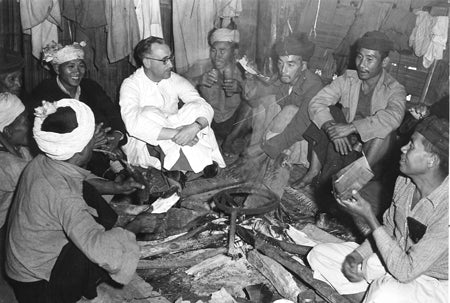
Medical services were offered by Dr. Henderson from his bamboo hospital. Dr. Henderson reported in 1894, “The medical work promises to do nicely and become a most useful auxiliary in the spread of the gospel. There is some prejudice against English medicine, which it will take time to break down, but I think we will win our way fairly easily. Already, there have been one or two rather important cases where we have succeeded after the native doctors had failed, which has had quite a good influence. As the native’s attribute many of their ailments to the influence of the Phe (evil spirits), medical work will, I hope, bear directly against this superstition.”
Dr. Henderson reported in 1895, “The medical work is very encouraging, although the government grant is refused and the SaoPha’s promise is a promise still. I am determined to try and bring this department to a self-supporting footing as far as medicines are concerned. Why should we use mission money to distribute medicines to wealthy persons here or to those who are ready enough to call in and pay a quack to those who know nothing at all? I shall ask for no grant this year from the board, and what I run short, I will try and save from transport allowance, so supplying myself with medicines.”
Dr. Henderson reported in 1900, “In our medical work, full records have not been kept, but I find for eight months an attendance of 1,582 and about 200 out cases a month. For the hospital, we usually have from four to ten in at a time, probably an average of five new cases a month. Five or six of the patients, when convalescent, have learned to read. The receipts for medicine show a gain every year, and we expect to cover our drug bill soon. The people now far more readily come to the hospital and submit to surgical operations. Three or four opium eaters have been cured, and this fact has also been noised abroad.”
In 1903, Mrs. Henderson fell victim to the dreaded black-water fever and barely survived. During her serious sickness, a Hindu postmaster came and gave her fresh cow milk in a shining brass urn and said, “This is to help give mem-sahib strength. It is from my best cow, which I milked myself. It is pure. Tell mem-sahib we are praying for her.” Another Buddhist woman came and gave a live hen with its feet tied together, saying, “Please take this to Mama Loonge (Big Sister). I think the great Buddha would approve of killing this chicken for Mama Loonge. I have been flattening it for days. I go to the temple to beseech the Buddha to make Mama Loonge well.” Every day, messengers from Mahadiwee (SaoPha’s wife) came to take the news about Mrs. Henderson’s health and offered papaya and apple from SaoPha’s garden. SaoPha sent a note saying, “I ordered all the priests in our Buddhist temples to say continuous special prayers for Mama Loonge’s recovery.” How much the people of other faiths love the missionaries!
A Mission Hospital was built in 1910 by Dr. Robert Harper. (17 years after Dr. A.H. Henderson)
Dr. Howard Clinton Gibbens came to work in MuongNai in 1910. When missionary doctors were no longer available for resident medical work in MuongNai, national doctors, including Dr. Lao Htin, Dr. Ah Pon, and Dr. Ohn Shwe, served in medical missions.
School
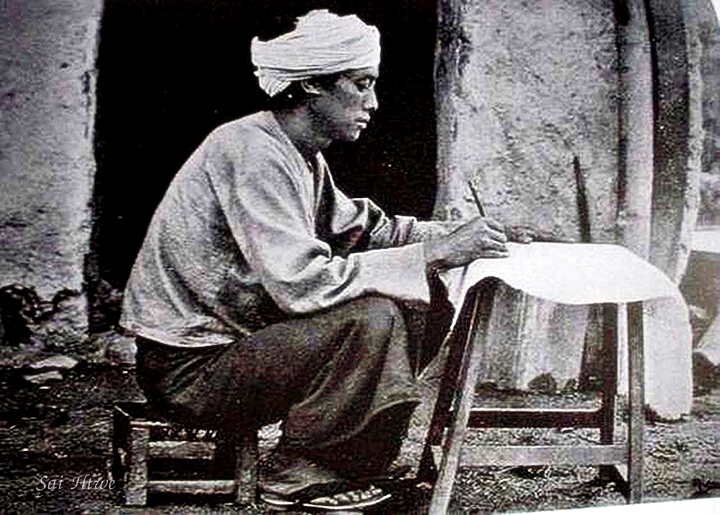
It was reported by Rev. Young in 1894, “The work has been temporarily retarded by the unchristian walk of one of the teachers that I discharged in November and later a teacher in the school falling into sin that necessitated her exclusion from the Church. The effect, however, seems less damaging than we had feared.”
A Mission School was built in MuongNai in May 1906 by Dr. Henderson and helped by Mrs. Mix.
Mrs. Alexander worked at MuongNai school for eight years (1917-1925)
Maung Maung opened the Burmese School in 1923.
Daw Mi Lone opened the Anglo-Burmese Girls’ School in 1924.
When the mission finances were so depleted by the great depression in 1929, both the school and the medical work were turned over to the local government.
After World War II, Saya Dwe Myat, Saya Judson Aung, Saya Than Pe, Saya Sein Pe, Saya John Thet Gyi, Saya Aung Thwin, Ms. Christopher Sin, Saya Maung Maung, and Saya Kyaw Hla continued the school ministry.
Today, there are no more mission hospitals or mission schools in MuongNai.
Letter of Dr. Henderson Regarding Question on Shan-work Work in MuongNai
August 13, 1936. (Dr. and Mrs. A.H. Henderson arrived Mong Nai in 1893)
One suggestion is that perhaps they ought to abandon the whole of the Shan work. Except for the sadness of it, that does not affect us here in MuongNai, for we are already abandoned. We are carrying on with what we can put in the contributions from local Christians and others who see the need and believe in the work. Things are growing and there is a great need to encourage of which I hope to have time to speak.
The argument is that the Shan have come in so slowly that it may be the wisest thing to turn to other, more responsive races. One wonders if such an argument is fair. They have indeed come in, for the most part, slowly. But I am going to ask you to put yourselves in their place and try to see how you would feel. Supposing you had been continually in the same place, shut away from the world currents with all their suggestion of improvements and progress for 2000 years, with no other place for your thoughts to rest except in the past, would it be fair to blame you for being conservative? Would it be just to expect all such influences to be changed in 40 years?
This place in MuongNai has been in existence since before Christ. Do you wonder that at first we were constantly met, when we urged new things, by the reaction, “That is not our custom.” We are here only in the second generation, but we rarely hear it now. Again, supposing that your forefathers, to untold generations, had been born under a government under which they never felt that their souls were their own but where any such thought of individual rights and judgment would have seemed out of the question, the stars in their courses ordained that you should always submit and never think for yourself, would it be fair to expect that in 40 years the basic nature of a race would change and that you would be one of the many who would leap up and decide that you would break with old traditions and public sentiment? Those are the conditions under which the Shan have been born and grown for hundreds of years. In forty years, we have seen such changes that we are amazed. I’d rather think that when we get to heaven, I will meet many who will come forward to thank us for bringing them the message. They do not show on the Church books, but this is the sort of thing I mean.
I met a man going on the road one day and accosting him I asked if he were going to the bazaar. “Yes” he said and I asked again, “Are you going to the meeting?” Again he answered, “Yes” and then looking at me he added, “I always go. You see I can’t read but I go to listen to what the men say and then I go home and try to do it.”
I met another man in his village, and after getting into conversation, I asked if he worshipped God. He said, “Yes,” and I asked, “Which God?” He answered, “The God you preach about in the bazaar. I asked, “Jesus?” and he said, “Yes.” Then I asked if he worshipped the idols, and he said, “Yes.” “Oh,” I said, “you should not do that,” and he looked up in surprise and asked, “Shouldn’t I?” “I thought that was the way, but if it is not, I will not worship them anymore.” It never occurred to these men that they should make a break, and if they had, they would almost certainly have been driven from their village. Perhaps I was wrong in suggesting that they should, but I think I will find many such people who have died as unknown believers in Jesus and his beautiful message.
The younger people, who were children, perhaps unborn, when we came, are now in charge of the work. One said about a month ago, after I had told them that people in America were discouraged because the Shan came in so slowly, “If they could have seen what I have seen, I do not think they would be discouraged.” And he went on to tell of the eagerness to hear which they had found in some villages where the people followed them around from place to place even till late at night to hear what they said. Or another man born in the mission here who is now the pastor. He went to another town about 25 miles away and preached in the bazaar.
Why is it so difficult to evangelize Shan in MuongNai? What are the obstacles for them to believe in Christ and become Christians? We have seen 10 people baptized in 1893 just one year after mission field started. If this rate has been continuing, the membership might have been 1,113 in the year 2000. When I visited MuongNai Church in June 2000, the old pastor was seriously ill and hospitalized in Yangon hospital. A Karen young man was temporarily taking care of the Church. About 30 people came to our revival meeting. At the beginning of our teaching program, a man came to me, greeted me, seated next to me and wept acrimoniously. I did not know who he was and why he wept. He said, “I am very happy to see you coming to us and teaching us. I am very happy to see you serving Him tirelessly. I am also feeling very sorry for myself and my failure.” I later discovered that he was one of the first graduates who graduated from Saya Ai Pan Bible School in NamKham in 1956. But he did not serve the Lord in ministry ever since graduating from training.
The first Shan Church in Southern Shan State is now becoming a Burmese Church. Shan language is no longer used in worship service.
The Third Mission Field, NamKham (1893)


Rev. and Mrs. J.A. Freiday were the first missionaries to visit and preach the gospel to Shan in NamKham in 1880, after traveling three days from Bhamo.
13 years after the first visit to NamKham by Rev. Freiday, NamKham mission field was finally opened in 1893 by Rev. Wilber. W. Cochrane who moved from Bhamo mission field to NamKham. Most of the Shan missionaries in NamKham were doctors. Among them were Dr. M. B. Kirkpatrick, his son Dr. C. A. Kirkpatrick, Dr. Robin Hrasu, Dr. Walter Rittenhouse, Dr. Robert Harper, Dr. Gordon Seagrave and Dr. Grace Seagrave.
Rev. W.W. Cochrane reported in March 1894
“At the beginning of 1894, NamKham began to call itself a station. It is too young to have a history. I can only record its birth. We are living at present – my two Shan preachers with their wives and I – in our own hired house. One of these men is capable, earnest, and always at it. The other is a young man (Ing Tha) of some promise from ThaTon. It is quite a stretch of the imagination to dignify him thus early as a preacher. I speak rather of what he is striving for and bids fair to be. Their wives are helpful in evangelistic work. There are already two
applicants for baptism, good, hopeful cases, both of them are now receiving daily instruction in the word.”
W.W. Cochrane reported on December 29, 1894
“The three converts are doing well. The young man, our first fruit, was married last night to a good-looking, highly respectable Shan girl. She was perfectly willing to have the ceremony performed according to Christian custom and seemed to enjoy the change of style. I read to them in Shan appropriate passages of scripture, and Ing Tha explained clearly the privileges and duties of Christian marriage. As I have written elsewhere, three others are interested and will become disciples, I think, during the present year. It is well to hold them as catechumens for a while, though I do not require them to know too much before they are received for baptism. There is no better location or a brighter outlook in the Shan States. The borderline between English and Chinese territory, the NamMow, usually called here the NamKham River, splits the valley lengthwise; it is settled with a treaty right to build a direct road to Bhamo across Chinese soil.”
Cochrane reported in 1895
“The attitude of the people toward the mission is doubtless the same as that of the other stations in Shanland. We are welcomed anywhere and everywhere and receive a respectful hearing. I cannot say that the people are eager for the gospel here, but I am very thankful that they listen at all. During the year past, such large numbers have come to see us as to give ample opportunity for evangelistic work without jungle traveling. Of the three baptized during the year, two are doing well. The other has lately shown some traits that are not the outcropping of absolute perfection. I think the root of the matter is in him, but it will require, before the green leaves appear, a great deal of patient tending. There are two or three others who look favorably upon the Christian religion but are not converts. Our location is admirable, central, high, dry, and healthful. I am improving the compound (ten acres) as fast as limited means allow. I am repairing an old watercourse by which a mountain stream will be made to wend its gentle course through the compound. The expense is trifling. I hope and expect that it will settle forever the question of a well and furnish water besides for gardening, an occupation that boarding pupils can be put at for amusement and recreation. As there is no special haste about fencing the compound, I shall set out bamboo quite close together and grow my ‘garden wall.’ Such a fence cannot rot, and the surplus growth will work handily in homes for native helpers. The great needs at this station are:
(1) A medical missionary
(2) Unpretentious but permanent buildings
(3) More native helpers
“As to plenitude of people the third factor mentioned in location NamKham is an ideal or if not an ideal certainly a unique station not less than seventy-five villages within an easy day’s tramp, averaging according to official statement fifty-two houses to the village with as many more villages but a trifle smaller within as easy a tramp of a second day. Within a march of four or five days, this number can be multiplied by three. I have not seen the other desirable locations of Shanland. I am satisfied in pitching my tent and journeying no farther.”
“An absence of nearly six months, not due either in Mrs. Cochrane’s case or my own to the climate of NamKham, brought everything to a standstill. We began anew on our return, middle of December, where we began a year before, health improved, courage good and prospect pleasing. Our expectations were faithful friends, new and better helpers have been secured through kindness of Dr. Bunker and Rev. Young. The people welcome us kindly and listen respectfully. Boarding pupils are coming in slowly three yesterday our largest haul for any one-day. I hope this year to get ahead of where we left off last, we are even now. A recent change in MyoTsas, (local rulers) will be a help to us. The present incumbrance is accommodating and friendly though not materially assisting he does not openly oppose our work. He kindly gave me permission yesterday to build a preaching zayat close by our large bazaar, a work that has been sadly neglected hitherto from lack of suitable helpers. I aim to close the present financial year with twenty boarding pupils in school and much returns from faithful evangelistic work as the Master may see fit to give.”
Dr. Kirkpatrick reported from HsiPaw in 1895
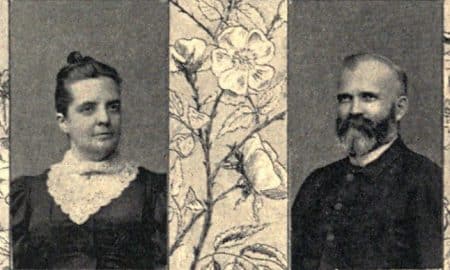
“NamKham is one of the many large towns in the ShweLi valley, Northern Shan State, on the border between Burma and China. It was under the control of HsenWi SaoPha. The people in the valley are mostly Shan. The people on the hills are mostly Palong and Kachin. Both tribes know Shan so that most of them can be reached by a Shan mission.”
W.W. Cochrane reported on September 14, 1896,
“We expect to organize a native Church here soon, with probably not far from twenty members. We shall aim to raise the pastor’s salary at least from the start. In truth, I told Dr. Kirkpatrick that I did not favor the organization of a local Church until it pledged itself to support its pastor. It is better to wait and start right. This station was never in so prosperous a condition as it is now, bazaar meetings thronged, little school growing, helpers increasing, and permanent buildings in view.”
Dr. Kirkpatrick reported in May 1898
At the December 1898 communion service, thirty-five people were sitting around the Lord’s table. From October, the Church pays the pastor’s salary twenty rupees per month. The past year has been one of seed sowing and quiet, but we believe in healthy growth. We have been able to keep up all departments of the work, but not to make as much advance as we hoped, first for lack of appropriations; secondly, for lack of helpers. Only with the help of some generous specific donations were we able to keep our present staff of native helpers. The appropriations for the coming year are sufficient, and we have the prospect of more native helpers soon.” “I submit that it is not in the best interest of the work, nor the economy, for the society, nor for the good of the missionary on the field to have but one missionary family for a station in these far frontier fields. Here, where we are more isolated than any other station in Burma, for we are four days from the nearest post office or telegraph office, we are entirely alone. Before coming here, I was promised an associate within a year, if possible. Now, nearly four years have passed, and I have neither seen nor heard anything of anyone on the way.
During the year ten have been baptized and one member of the Church has died leaving the present membership thirty-nine. There are six other Christians here who have not yet brought their letters so that all we have forty-five. Some have asked for baptism and doubtless will be received at the next Church meeting. Our work has mostly been in the vicinity of NamKham and our two outstations but we have made some jungle trips.
Our chapel is well filled at the Sunday services. I had forty-six in the adult Bible class last Sunday. The prayer meeting for workers at half past six every morning has been a great help and blessing.
The meetings held each bazaar day in a large zayat in the bazaar are well attended. Estimate the average attendance is nearly one thousand many being traders and people from a distance which we reach in no other way.
The attendance at the gospel meetings at the hospital both morning and afternoon is good while more than five thousand patients have received treatment and about six thousand prescriptions have been dispensed.
The hospital assistant is a Karen man and a very earnest Christian. He makes many visits among the people.
Our Bible-women have been faithful, and as a result, more than half of the adults baptized are women.
The school is growing slowly, for we are careful to admit only such as give promise of making useful helpers. All those above twelve years of age are Christians. The oldest boy, a Kachin, is beginning to be very helpful by preaching in Kachin at the bazaar meetings.
We have two young men in the Theological Seminary at Insein. As usual, we had a daily training class for all of the native workers and any other Christians who would come during the rainy season. We spent about two hours a day in Bible study and prayer. Our hope for the evangelization of the Shan is in training on the field, Shan converts for the work.”
Dr. Kirkpatrick reported in 1899
“The past year has been the most trying in all my experience as a missionary.
The three senior native preachers have been dismissed and excluded from the Church.
One Bible woman died, and another has gone to work in her old home at Bassein. Three Christian women have died.
Two students from the theological seminary have left their studies and gone into secular work, and one of them has taken a heathen wife.
The anti-foreign feeling and persecution of Christians are worse than ever before. On account of the hostility of the native officials all of the children have left the school at SeLan, our most promising outstation, and twice within the year in connection with a Chinese and Kachin from over the Chinese boundary have the Shan officials in NamKham planned to ‘wipe out’ the mission and all foreigners. The raids were not made, and we were not disturbed. The English officials have recently had a consultation with the Chinese officials, and the Chinese are to pay Rupees 26,300 for recent depredations. Doubtless, this will have a salutary effect. We saw one European in NamKham in over eleven months.
During the year, two girls from the school were baptized, and some other pupils, we think, are Christians. Seven were baptized at SeLan. A prominent businessman and leader among the Buddhists was baptized at NamKham, and others are asking for baptism. We have been alone in distant frontier stations for eleven years. Promised an associate many times, especially since coming to NamKham, but no one has come yet. Our hearts were made glad on New Year’s Day by the announcement of the appointment of Dr. Harper for NamKham, also for the promise of some good native helpers to come to us in January. The prospect was never so bright for NamKham.”
Dr. Kirkpatrick reported for the year 1902
“The year 1902 has been one of growth and encouragement.
In January, we secured the services of a Karen hospital assistant who came to us at two-thirds the salary he was receiving from the government because he wanted to work for Jesus. He has proved to be skillful, faithful, and an earnest Christian.
In February two Bible-women from Mrs. Rose’s Bible school came to help us. They have been faithful in the study of the language and are already doing good work.
In May, two Karen preachers from Insein Theological Seminary were added to our band of workers. They have made wonderful progress in the language and, in six months, were able to help in bazaar meetings and the work in the district.
On May 22, 1902, Dr. Robert Harper arrived in NamKham and from the first of June took over the medical work. I was very ill in July and September and his presence was a great help to me personally as well as to the work in general.
October 1, I made over to Dr. Robert Harper all the appropriations and the general care of the work. From that time, as a rule, one of us has been out in the district. During the year, our staff of workers has been increased, the school has made progress, a day school has been opened in NamKham, buildings have been added to our plant, much work has been done in the district, and twelve persons have been baptized.”
(Dr. M.B. Kirkpatrick returned to America because of failing health, and Dr. Robert Harper arrived at NamKham to take over medical work.)
Dr. Harper gave his first report in 1903
“The past year has been one of satisfaction and regret; of satisfaction because I believe I am where the Lord called me and because of His continued blessing and presence; of regret because MuongNai and I have parted and because I have been in ill health and unable to do much work for a part of the year. The feeling of gratitude for the privilege of service in this distant, needy station is great. The people here need the gospel, and they give better attention to the preaching than the southern Shan. Since I arrived in NamKham last May, I have given most of my time to the medical work, and although that department of our work is by no means as satisfactory as the medical work in MuongNai, there is encouragement. I hope to see a marked improvement during the present year. I was also able to devote a good share of my time to the study of the language and to make a few short trips among the Shan, Palong and Kachin to the northeast and was fortunate enough to find, on my first tour, a fairly well timbered piece of country within two days’ march of NamKham. I made arrangements with the headman of this district to cut and square enough posts for a new school building and place them beside the river so they could be floated down to NamKham. I now have all the timber needed on the ground and hope to have this building completed before the end of March. The posts and material for a new hospital are also in sight, but how far I can push that work before the rains is not certain. I am hoping to get a hospital building completed this year and will do so if there is sufficient money after completing the school. Since Dr. and Mrs. Kirkpatrick’s departure, my work has greatly increased, but good health and plenty of work are a rich blessing when one is alone and far from social life.”
In 1903, there was one Church, 52 members, and 12 baptized.
Dr. Harper reported in 1904
“The year under review calls for praise and thankfulness for the way God has made his ways known and for the work which he has permitted us to do. Shortly after Dr. Kirkpatrick left, an uprising between the Shan and Kachin of MongMow, China, took place, and I was called to treat the wounded Shan, but fearing the Kachin might think I was taking side with the Shan against them I refused to go and invited them to bring their wounded to NamKham. This action met with the hearty approval of the superintendent when he was here last month. The medical work has given much encouragement. Seven lithotomy cases from distant villages came for treatment before the new hospital was built, and all saved one recovered. One successful case of cataract, one Colles’ fracture, and one fracture of the upper third of the femur were treated, besides several cases of fever, dysentery, conjunctivitis, etc. Some advance was made towards self-support, and $59 was received for drugs. The evangelistic work has been that of sowing. Many of the distant states have been visited, and the large villages in the plain have had several visits from the teachers, and the bazaar meetings have been fairly well attended. A teacher’s Bible class was carried on through the rains and proved a rich blessing to both the teachers and me. A new school and a hospital have been completed, and I feel greatly encouraged as I look upon what was considered almost impossible a little over a year ago. I also have a new school and church well on towards completion at our outstation, SeLan. This church building and school are the gift of the Baptist Church of Bethlehem, Pa., and are to be called the “Bethlehem Mission Church.” Five have asked for baptism, but it seems best that they should wait till they know more intelligently what it means to be a Christian. One of our best workers went to KengTung to help Rev. Young. Four died, six were excluded, and one was restored.”
At first the Shan missionaries at NamKham were responsible for the Kachin work. But in 1906 a separate missionary was appointed for the Kachin work. However, occasionally one missionary family had to serve both language groups. The hospital served Shan, Kachin, Chinese, and other races on an equal basis.
In 1914 separate Shan and Kachin Churches were organized, and in 1919, the schools for Shan and Kachin became separate too.
It was reported in 1916 that the Christians had increased from sixty-seven to seventy-six.
From 1922, Dr. and Mrs. Gordon Seagrave served in NamKham until World War II forced their evacuation from Burma. They gave the longest continuous service to the NamKham mission. New buildings were constructed, using the cobblestones from the NamZaLe and NamYaKau and better equipments were added. The Nurses’ Training Class trained young women from wide areas of Upper Burma for good service to the country and people.
In 1942, there were about five hundred Shan Christian in the ShweLi Valley, and a firm foundation had been built. The war brought trials and testing to the Shan Christians. When the Japanese occupied the ShweLi Valley, they mistook the Shan pastor in SeLan, Saya Paw Kham, for Chinese and murdered him and his son. Immediately the rumor spread that the Japanese would persecute and kill Shan Christians, and many of them evacuated to the jungle with only what they could carry with them. They built bamboo chapels for their worship services. In spite of the dangers, Christmas 1942 was celebrated by the ShweLi Valley Christians with Shan Buddhist and Japanese guests. Their experience led to the formation of the ShweLi Valley Baptist Association on December 24, 1945, with Saya Ai Pan, pastor of the Church at NamKham, as President, and Saya Kham Yee as Secretary.
Dr. Seagrave had resigned from mission service in 1942 (after 20 years service) to join the medical Corps of the United States Army. His American friends organized an independent, non-denominational agency to operate the hospital in NamKham along with an Advisory Committee of local leaders. The American Baptist Foreign Mission Society leased the NamKham Hospital compound and buildings to this agency at a very nominal rate. The ShweLi Valley did not escape the general insecurity of the post-war and post-independence periods. NamKham was occupied for a time in 1950 by insurgent forces, and they took personnel and medical supplies with them when driven out by Government troops.
NamKham Hospital






NamKham Hospital began in 1896 with Dr. M.B. Kirkpatrick.
Dr. Robert Harper, Dr. C.A. Kirkpatrick Jr, Dr. Rittenhouse, Dr. Robin Hrasu, Dr. Gordon Stifler Seagrave, Dr. Grace Seagrave, Dr. Ah Pon, and Dr. Ai Lun had served as missionary doctors.
The hospital was not only treating patients it also held the gospel meeting six days a week. The record for the first six months showed 3,396 patients had attended the meetings and 3,785 patients had been treated, about 200 at their homes, and 4,389 prescriptions had been furnished.
The first missionary doctor to serve at NamKham hospital was Dr. M.B. Kirkpatrick in 1896.
Dr. Robert Harper arrived at NamKham and took over medical work from Kirkpatrick on June 1, 1902.
The new hospital was completed in 1904. The nursing training program in NamKham hospital was very famous in the country. The hospital services were so successful that many patients from Burma proper and China came to seek treatment.
Dr. C.A. Kirkpatrick Junior arrived in ShweLi Valley in 1913.
Dr. Gordon Stifler Seagrave arrived NamKham in 1922 November 11. (age 25)
He was born on March, 18, 1897.
He graduated from the Doane Academy in Granville in 1914 and from Denison University, with a Bachelor of arts. in biology, in 1917. He then entered the Johns Hopkins University Medical School. He received the Doctor of Medicine in 1921. (age 24)






He worked very hard on medical mission, education and evangelism.
Dr. Ah Pon came to help NamKham Hospital in 1927.
It was reported in 1930 by Dr. Seagrave, “NamKham welcomed the first American nurse ever seen here. With this addition to the staff, we hope to obtain government recognition for the hospital as a training school for nurses and midwives. We have sixteen in training now. One is running a small hospital and dispensary of her own, fifty miles away, and reports indicate that she is proving a great blessing to the people of her section who have never had medical aid of any sort before. All the girls who have graduated or are under training are Christians, and the impact is quite apparent to the patients. The Christian influence of the hospital cannot be measured. We are now building a new hospital, which is being financed by Woodward Avenue Church of Detroit in memory of Dr. Robert Harper (deceased 1925). We expect this new building with large ward space, administrative room, dispensary, and private room to be worth a memorial well fitted to carry on a worthwhile task.”
The Detroit church that had sponsored Dr. Robert Harper’s work offered $20,000 to build a new hospital at Namkham as a Harper Memorial Hospital.
Dr. Robert Harper Memorial Hospital was built in NamKham in 1930. (26 years after the first hospital)
It was built of smooth stones collected from NamZaLe and NamYaKau. Kham Ye was appointed the head of the laborers during building process. A worker was paid Kyat 2 for one day work. Pu Pao and Ai Kham were the drivers of the truck. Ye Hton, one of the workers who laid the stones and helped built the hospital, is the only man still alive at the time of interview on March 13, 2003.
Dr. Robin Hrasu arrived NamKham in 1935.
Dr. Gordon Stifler Seagrave arrived NamKham in 1922 November 11.
Starting from 1937 Dr. Seagrave did not involve in Church work and education any more but he put more effort on hospital work. During World War II in 1942, Dr. Gordon Seagrave, a chain-smoking missionary and humanitarian surgeon known to the Burmese who often had trouble with Anglo names pronounced “Dr. Cigarette” left NamKham to India with his nineteen nurses.
After World War II, Dr. Gordon S. Seagrave returned from India as Lt. Col. and served in hospital work. He walked back in to work in 1944. He served as chief medical officer for the Shan States of Burma with the British military government from 1945-46.
Karen rebels captured Taunggyi, Lashio, and Namkhan on August 13-31, 1949. Government troops recaptured Namkhan on September 8, 1949.
He was arrested and charged with treason by the newly independent Burmese government on August 15, 1950 . He chose to stand trial rather than be perceived as fleeing. He was sentenced in January 1951 to six years at hard labor, on charges that he wrote a letter that helped Karen rebels arrest a government commissioner, and that he gave medical help to the Karen rebels. The High Court of Burma released him on November 14, 1951.
He suffered dysentery and malaria in part from his time in jail.
Seagrave wrote six books:
Waste Basket Surgery, 1930;
Tales of a Waste Basket Surgeon, 1939/1942;
Burma Surgeon, 1943;
Adventure in Burma told in pictures, 1944;
Burma Surgeon Returns, 1946; and
My Hospital in the Hills, 1955;
and he co-authored The life of a Burma Surgeon with Chester Bowles, 1961.
During his absence his sister Dr. S. Grace Seagrave came to serve in NamKham hospital. She worked until her untimely death in 1951.
Dr. Ai Lun, the first Shan Christian medical doctor trained from Lucknow, India, resigned from government service from LaShio and came to help NamKham hospital in 1951. He was sent to study in U.S.A for one year in 1956 under Dr. Radvin at Upenn. Then he came back from U.S.A to work at NamKham Hospital in 1957. He resigned from NamKham hospital in 1960 and went for private practice.
Dr. Gordon Seagrave, after being released from jail in 1951 returned to serve in NamKham hospital until he passed away on March 28, 1965. (age 68)
He had served for 43 years at NamKham hospital. He performed more than 5000 surgeries.
The hospital was nationalized by military government in 1965.
ShweLi Valley Baptist High School
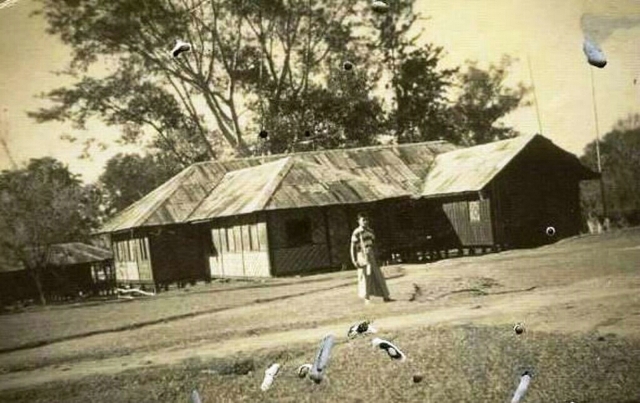
NamKham Mission School began in February 1893 with a teacher and twelve pupils. In May the number of students increased to eighteen, ten day-pupils and eight boarders. They studied the Bible the first hour every morning. During the first year five of the pupils had been baptized. They were expected to become preachers, teachers and Bible-women in the future.
Dr. Hanson conducted a combined boarding school for Shan and Kachin. He also took charge of the girl boarders on the Kachin compound, and Dr. C. A. Kirkpatrick took charge of the boy boarders on the Shan compound. Dr. Kirkpatrick had also established a day school for Shan in the town of NamKham.
Saya Sam Pwa arrived in NamKham in 1911 and worked as a schoolteacher until he passed away in 1942. Saya Htun Pyu and Saya Tha Dun arrived in NamKham in 1912 to teach at school. In 1914, the number of Shan and Kachin girls in the school increased to 22 in all. There was such a dire need for a girls’ dormitory that they could not let the opportunity pass. When the board was unable to give rupees 1,500, they applied to the Government for a building grant and received rupees 1,000.
Ms. Anderson was sent to NamKham from the American Baptist Mission in 1937 to oversee education and Church work. The school was nationalized by the military government in 1963.
The First Shan convert
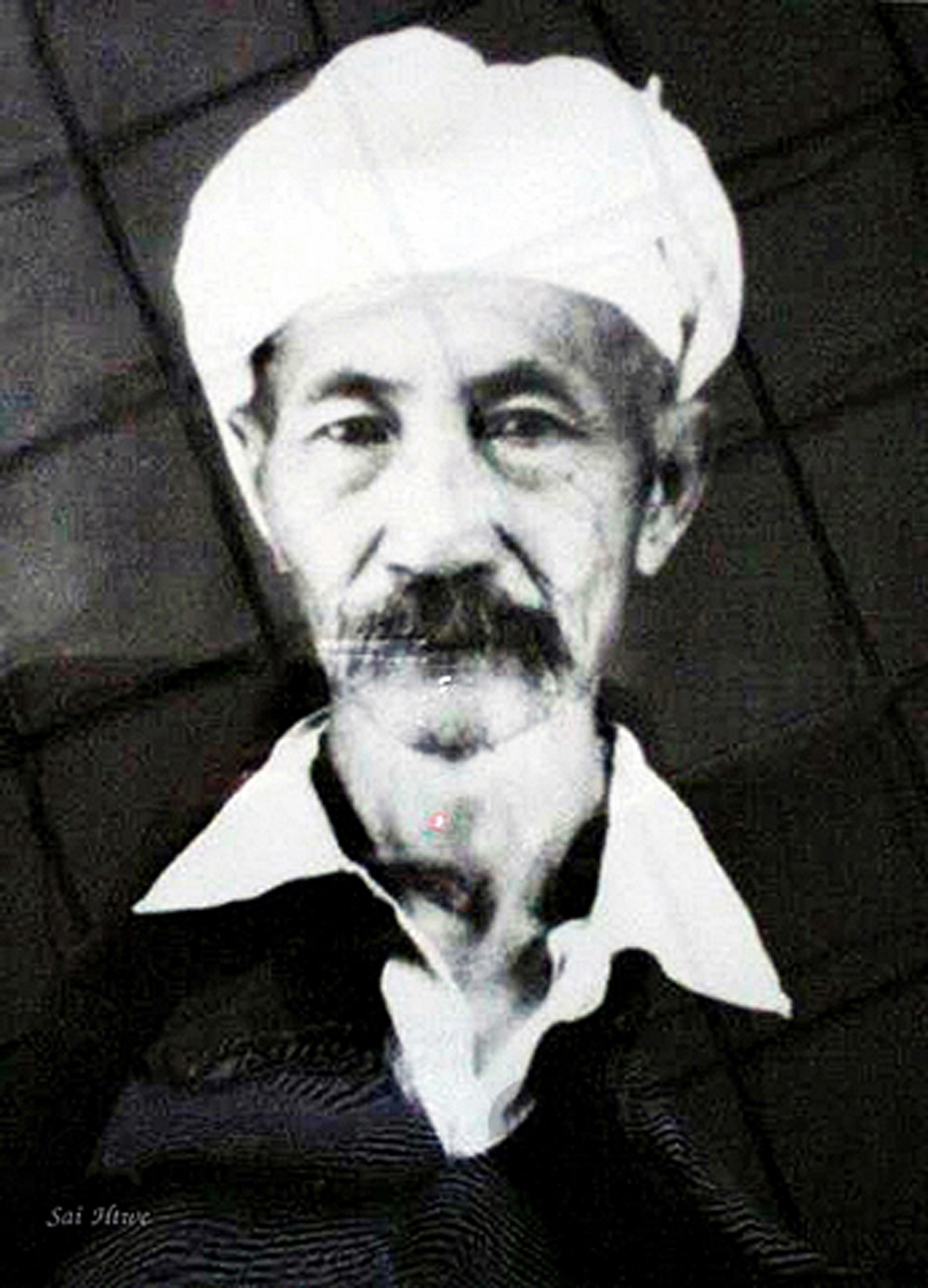
On December 28, 1894, Rev. Cochrane said, “The three converts are doing well. The young man, our first fruit, was married last night to a good-looking, highly respectable Shan girl. She was perfectly willing to have the ceremony performed according to Christian custom and seemed to enjoy the change of style.” The names of those three converts were not mentioned in the report. We don’t know who they were. By oral tradition Kham Maung was the first Shan convert in ShweLi when he was baptized at the age of 15. Kham Maung was ordained on March 5, 1924.
Prayer services and Bible study
There was a strong group of believers having various activities even in the first year of mission work. In 1893, there was a sunrise prayer meeting every day and evening worship at the missionary house, where there were twenty-five to forty people present. On Lord’s day, there was a prayer and praise service at 8 A.M, a sermon by the pastor at 11 A.M, Sunday school at noon, and a women’s meeting at 3 P.M., also home fellowship at the house of one of the recent converts. This pattern of services has been followed until today. Some Shan Churches have seven services on Sunday. Bible study was conducted at school, hospital, and Church. The school offered Bible study for one hour every day. During the rainy season, there was a one-and-a-half-hour daily Bible study class for all Christian workers from the hospital and school.
Evangelism
Dr. Kirkpatrick reported in 1893 that during the year, 10 had been baptized and had a membership of 39. There were 46 in the adult Bible class on Sunday.
3 baptized in 1894, 12 baptized in 1902, 10 baptized in 1904. It was reported in 1957 that the evangelistic campaign group usually stayed on late into the night and illustrated various aspects of religion, education, health, and agriculture by giving talks with filmstrips from Rev. L.A. Crain, Director of Christian Audiovisual at Mandalay. Rev. E.E. Sowards, with courtesy of the United States Information Service, Rangoon, procured the projector for the work. The Shan Buddhists were interested in seeing as well as hearing about the love of Lord Jesus Christ through film. The outreach mission to the Chinese and Palong also began.
Evangelistic bazaar meetings
The large zayat in the bazaar was thronged with thousands of people from the surrounding villages on the fifth day. It was a great opportunity to preach the gospel and distribute tracts to a multitude of people in the bazaar. People from different towns and villages came to the bazaar. It was just like a festival or carnival. Zayat was usually put up near the bazaar to give a temporary shelter to the people. The preachers were faithful in proclaiming the gospel message in Zayat. The meetings were also held in other bazaars as much as possible. The preachers, schoolteachers, and at times, even school students, conducting preaching services at the zayat. The fifth-day bazaar was rotating among NamKham, SeLan, and MuSe.
Churches and their pastors in 1933
The first Baptist Church in NamKham Hospital, (Stone Church) Pastor Rev. Htun Pyu,

2. NongSanKone Shan Baptist Church (Thatch Church), Pastor Rev. Ai Pan,

3. SeLan Shan Baptist Church, Pastor Saya Paw Kham,

4. MuSe Shan Baptist Church, Pastor Rev. Kham Maung.

ShweLi Valley Shan Baptist Mission (1945)
ShweLi Valley is a beautiful valley between Burma and China comprising three townships: NamKham, SeLan, and MuSe. The Churches from three towns united and formed an association named after the valley. “ShweLi Valley Shan Baptist Mission” on December 24, 1945.
It was reported in 1957 that there were three main objectives.
1. To share the glad tidings and the love of Jesus Christ with our neighbors, the Shan Buddhists who need to be saved.
2. To open schools for Buddhist children who can be taught to read the Holy Bible as well as sing gospel hymns. To teach them how to pray Lord’s Prayer.
3. To reach the hearts of our Buddhist brethren with ministry of healing. The NamKham Hospital is doing to achieve this end hope. Dispensaries in the hills with nurse-evangelists in order to minister to Chinese and Palong population.
Member Churches in 1945
1. NongSanKone Shan Baptist Church (Thatch Church)
2. SeLan Shan Baptist Church
3. MuSe Shan Baptist Church
4. First NamKham Church (Stone Church)
The first Executive Board Members in 1945
Chairman & Treasurer; Rev. Ai Pan
Secretary; Saya Kham Yee
Members; Rev. Kham Maung
Saya Ai Hmoon
Saya Hsaw
Saya Hsai
It was reported in 1954
“The Baptists have a strong and varied work in the Northern Shan State. The ShweLi Valley Shan Baptist Mission is one of the strongest Shan Baptist fields in Burma, with Churches at NamKham, SeLan, and MuSe. This work has shown vigorous growth, doubling in numbers in the last ten years. In addition to work among the Shan, full-time evangelists are employed for work among the Chinese and Palong. A Bible Training School at NamKham was started in January 1953 with seven students. The Shan Bible Training School at NamKham is designed to meet a local need and is not well situated for work for the whole Shan State. Vigorous evangelistic work is carried out in villages near NamKham, and very cordial relations are maintained with the Kachin Baptist. The NamKham Hospital is essentially an integral part of the mission work in the ShweLi Valley, although at present it is not under mission control. The ShweLi Valley Baptist High School, on the hospital compound, is also a part of the general Christian work.”
Statistic in 1958 (after 13 years)
The number of Churches under ShweLi Valley Shan Baptist Mission were 5, total number of Baptized Christians were 768 (women 474, men 295), the number of Sunday Schools were 5 with 880 students, of whom 178 were girls and 157 were boys, the number of C.E. Societies were 4 with 558 members, of whom 804 were girls and 249 were boys, the number of Christian Women Societies were 4 with over 200 members and one roving woman evangelist and the number of mission primary schools were 4 with 284 pupils, among whom were 125 girls and 109 boys. Teacher-Evangelists: 5 women and 2 men.
The total number of Baptisms given during 1958-59 was 142, of whom 85 were men and 57 were women. The total number of Chinese and Lisu families won from Animism was 8 families with 17 members, and the total number of Buddhist families won to Christ during 1958-59 was 14 families with 44 members.
In 1958, 9 full-time teacher-evangelists were preaching the gospel not only among Shan Buddhists but also Palong, Lisu, and the domiciled hill Chinese.
Member Churches in 1992 (47 years)
1. NongSanKone Shan Baptist Church (S.B.C), NamKham.
2. MyoMa S.B.C, NamKham.
3. ManPon S.B.C.
4. SeLan S.B.C.
5. MuSe S.B.C.
6. MuongPa S.B.C.
7. LaShio S.B.C.
8. MuongKut S.B.C.
9. MuongMyit S.B.C.
10. TaKwan Chinese B.C.
11. NamKham Chinese B.C.
12. MaSawPin Chinese B.C.
13. PanSaeSanKa B.C.
Out of thirteen, nine are Shan-speaking Churches. 10 new Churches are added in 47 years.
First NamKham Church (Stone Church) not included.
Membership in 1992
Baptized Members / All
NongSanKone 562 / 1042
MyoMa 114 / 282
SeLan 60 / 100
MuSe 400 / 1000
LaShio 100 / 240
MuongKut 54 / 138
Muong Pa 23 / 86
MuomgMyit 20 / 36
ManPon 26 / 42
Total 1359 / 1964
1,359 baptized in one hundred years. The membership in 1954 was 666. Most of them are second generation Christians.
Executive Board Members in 1961
1. President Dr. Ai Lun
2. Vice-President: Saya Ai Hmoon
3. General Secretary Saya Aung Htun Shwe
4. Assoc: Secretary: Saya Kham Yee
5. Treasurer: Mrs. Saya Pan.
6. Auditors: (1) Saya Hsaw, (2) Sayama Daw Kham Paun
Representatives from MuSe Shan Baptist Church
- Rev. Kham Maung (Pastor)
- Saya Chit Pwe (Secretary)
- Saya Hsaw
- Saya Po Myit
- Pan Aung (Village Head)
- Dr. Ai Lun
- Yawt Kham
- Paw Thein Shwe
- Mrs. Ai Lun
- Sayama Daw Am Paw
- Sayama Martha
- Mrs. Kham Maung
Representatives from NamKham Shan Baptist Church
1 Rev. Ai Pan (Pastor)
2. Paw Htawnt
3. Saya Kham Yee (Secretary)
4. Mai Seng
5. Saya Aung Htun Shwe
6. Saya Maung Htun
7. Saya Law San
8. Paw Sha Mwe La (Village Head)
9. Mrs. Saya Pan
10. Mrs. John
Representatives from SeLan Shan Baptist Church
1. Saya Ai Hmoon (Pastor)
2. Paw Maung Kham
3. Paw Sam La (Village Head)
4. Sayama Daw Seng Maung
5. Sayama Mary
6. Paw Htun Hla
7. Yar Ai Poi
Representatives from Women’s Association
Mrs. Saya Pan
Mrs. Kham Yee
Representatives from Christian Endeavor Society
1. Saya Maung Htun
2. Saya Chit Hla
With religious movies loaned from Christian Audio-Visual Center of the Burma Christian Council in Mandalay, thousands of Christians and non-Christians were reached with the gospel. 10 Buddhist families and 2 animist families had been won to Christ in 1960.
There were five primary schools under ShweLi Valley Shan Baptist Mission in 1961; Primary School in MuSe, SeLan, NamKham, TaGown and ManPang. They were recognized by the government.
Report in 1962 By Aung Htun Shwe, General Secretary
Programs
(a) Contributed Kyat 600 annually to the BBC
(b) Help one Insein Seminary Student with Kyat 250 annually
(c) Helped TaungGyi Bible School with Kyat 100 annually
(d) Have three primary schools, and the teachers do evangelistic work during free time.
(e) Carried out the “Christian Home” emphasis program in 1962, especially in MuSe and SeLan Churches.
(f) Appointed a Palong Christian worker Saya Tu Jar in July 1962.
Note: This appointment was planned at the beginning of 1955.
(g) Bible Assembly from 1-6 April 1962.
(h) Have started a tonic-so-fa Shan Hymnbook.
Problems
The First NamKham Baptist Church has totally out of relationship from the Association. Saya Aung Htun and Saya Sam have taken indefinite leave due to personal reasons. TaKun Chinese school is without a teacher. MuongPon pastor has been expelled from the Church on question of his inability to upkeep the Church’s regulations.
Glimpses of the Churches
There is improvement in NamKham Church. NamKham Chinese Baptist Church, though without a pastor, is doing well. SaLu Church is also doing well. MuSe Church under the old pastor is striving for improvement. The Chinese Churches on the hill, though without a shepherd, are doing well also.
The Aspiration of the Association
1. To strive for a Shan State Baptist Convention.
2. To start a new village called Bethany village, 91 miles from LaShio.
Reasons for having a new village;
3. To enlarge our mission field.
4. To support the material needs of the members.
5. To give jobs to the unemployed.
Note: (Bethany village was established, but a few years later it was abandoned.)
It was reported in 1963 that together with Kachin Baptist Association “Northern Shan State Baptist Mission Society” had been formed and doing work together among the Buddhists.
In 1969 some members of SeLan Church moved to LaShio and some members of NamKham Church moved to NaKan and MuongNai. Thus the number of member of the Churches in ShweLi reduced to 1,016.
In 1973, there was 1 conference, 5 Churches (including the new Myoma Church), and 1,103 members.
Local people helping foreign missionaries in the past
Dr. Htun Oo for medical work, Rev. Ai Man, Rev. Htun Pyu, Rev. Tha Dun, Saya Kham Maung, Saya Sam Pwa, Saya Thar Dwe, Saya Hsam, Saya Law Wu, Saya Ai The, Saya Ai Pan, Sayama Aye La, Sayama Daw Ahm Htoun, Sayama Daw Ae Khan, Sayama Daw Ahm On, Sayama Daw Oh and Sayama Daw Rosy in mission work. Sayama Yeo Shwe. Was sent to MawPint as a missionary in 1954. Rev. Htun Pyu passed away on November 20, 1958, after serving 56 years.
Those who served in ShweLi Valley, Shan Baptist Mission
Rev. Ai Pan, as Chairman for 16 years, as Secretary for 1 year, as Treasurer for 12 years, and Principal of TaungGyi Bible School for 4 years.
Rev. Kham Yee, as Chairman for 8 years and Secretary for 15 years.
Dr. Ai Lun has been the Chairman for 4 years.
Saya Hsaw; as Chairman for 3 years.
Saya Yee Poi; as Chairman for 3 years.
Saya Chit Pwai; as Chairman for 2 years.
Sayama Martha, as Chairman for 6 years and as Treasurer for 14 years.
Rev. Thein Aung Kham, as Chairman for 7 years.
Sayama Aye Hla; as Treasurer for 5 years.
Rev. Aung Htun Shwe, as Secretary for 10 years.
Rev. Shwe Htun, as Secretary for 13 years.
Sayama Kham Pong; as Treasurer for 2 years.
Rev. Sai Nyunt Tha, as Secretary for 9 years.
Daw Mae Htay Yin, as Treasurer for 2 years.
Sai Tha Han has been Treasurer for 7 years.
Women Association
The wives of missionaries were the founders of the ShweLi Women’s Association. They used to organize women’s groups and teach them the Bible, theology, sewing, baking, cooking methods, and skills.
Women Associations from NamKham, SeLan and MuSe came to SeLan during Summer Women’s Bible Study Seminar and formed “ShweLi Shan Baptist Women Association” on April 4, 1958.
The first Chairman of the association was Daw Aye Hla.
Vice-Chairman; Sayama Arm On,
Secretary; Sayama Kham Pong,
Vice Secretary; Sayama Saw Tin,
Treasurer; Sayama Agner,
The women’s association was strong and active. They had their finance and ministries. They could even appoint Saya Kham Ye as their full-time pastor.
NamKham Bible Training School
A Bible Training School at NamKham started in January 1953 with seven students. It was designed to meet a local need but was not well situated for work for the whole Shan State. This Bible Training School was the first Bible school to be taught in Shan language.
Rev. Ai Pan conducted three years program (1953-1956).
There was no more Bible School established in ShweLi Valley ever since 1957 when Rev. Ai Pan was recruited to TaungGyi Bible School. He served as Bible Teacher at TaungGyi Bible School for three years (1957-1960) and returned to NamKham.
They are planning to have a Bible School in MuSe in 2004.
Graduates in 1956 from NamKham Bible School
1 Maung Su, 2. Yee Poi 3. Htun Hla, 4. Ai Seng Hton, 5. Hsam, 6. Ai Kaw, 7. Aung Htun.
Out of seven graduates only three, Maung Su, Aung Htun and Yee Poi served in full-time ministry.
Bible School graduates in one century (1893-1992)
43 people graduated from Bible Schools and Seminaries in one hundred years.
- Maung Su (NamKham Bible School)
- Yee Poi (NamKham Bible School)
- Htun Hla (NamKham Bible School)
- Ai Seng Hton (NamKham Bible School)
- Sai Hsam (NamKham Bible School)
- Ai Kaw (NamKham Bible School)
- Aung Htun (NamKham Bible School)
- Shwe Aung (NamKham Bible School)
- Ping Aung (NamKham Bible School)
- Kham (NamKham Bible School)
- Aye Nyunt (NamKham Bible School)
- Am (NamKham Bible School)
- Marlar Kham (NamKham Bible School)
- Poi (NamKham Bible School)
- Aye Pan (NamKham Bible School)
- Pyine Aung (NamKham Bible School)
- Aung Htun Shwe (Myanmar Institute of Theology, Rangoon) (MIT)
- Thein Aung Kham (MIT)
- David (MIT)
- Shwe Htun (Myanmar Institute of Christian Theology) (MICT)
- Tin Maung (MICT)
- Nyunt Tha (MICT)
- Po Maung (TaungGyi Bible School)
- Ba Pe (TaungGyi B S)
- Thein Win (TaungGyi B S)
- Zaw Chyan(TaungGyi BS)
- Htun Kyaw (MIT & Singapore IT)
- Maung Than (TaungGyi B S)
- Hla Khin (MICT)
- Aung Win (MIT)
- Maung Lay (MICT)
- Hla Tint (TaungGyi B S)
- Ngwe Kyi (TaungGyi B S)
- Kein Kham (MICT)
- Sai Myat (TaungGyi B S)
- Shwe Htwe Lay (MICT)
- Maung Kaing (MICT)
- Ah Po (MICT)
- Hla Oo (MICT)
- Aung Than (MICT)
- Thida Htun Shwe (MIT)
- Kya Doi (MICT)
- Htwe Shin (MIT) Out of 43 only 21 are in service.
The unity of Churches
After formation of ShweLi Shan Baptist Mission, the unity among four Churches was good but the first NamKham Church (Stone Church) isolated herself from Association.
Three other Churches used to get together for Bible-Study-Week each year in summer. The host of the Bible-Study-Week was allocated to each Church each year. People stayed together, ate together, spent time together, and studied scriptures together. Young people and children were having fun together. It was a wonderful occasion. A combined Christmas program was also held every three years at one place, rotating among three towns. Sport and games for all CE youths were organized every year at one place. However, regretfully, a fight broke out between MuSe and NamKham Shan Baptist Churches during a friendly soccer match, which ended in disaster when a man died and others were injured in 1999 in NamKham.
The Pastoral Council
It was formed on July 29, 1977 at SeLan.
Chairman; Rev. Ai Pan
Secretary; Saya Aung Htun Shwe
Treasurer; Rev. Ai Hmoon
Report in the year 2000
- Training
Biblical Training for women, men and youth. 40 days training program. - Evangelism
Women evangelistic trip to MuongKut. Mission to Palong villages in KutKai, MuSe and NamKham. New 6 families believed. New mission field in KaShe and NaMon villages in LaShio Township and MuongYai Township. - Development
Training for nursery teachers. Training for cultivation, farming, fishery, poultry and sewing. - Mission fields
One nursery teacher and one evangelist were sent to MuongPhyat. There are 8 Christian families in MuongPhyat. One Palong woman believed in MuPing village.
One woman-evangelist was sent to MuongPan. 6 baptized. 4 Christian families.
One nursery and eight Palong Christian families in LoiLom.
32 baptized and 16 Christian families in NamPong. There was no Church but fellowship only. (Without full-time pastor and a church building they do not consider as a Church) 28 Christian families in MuongPa. (No full-time pastor) One fellowship in MuongMit. - Future planning
To build one Bible School, to be completed in 2004. Had received donation of Kyat 3,000,000. - Palong Mission.
- To send out 2 full-time missionaries and 5 part-time.
Churches in ShweLi Valley Shan Baptist Mission
The First Church in ShweLi (Stone Church)

The first Church in ShweLi was known as the stone Church because it was built with stones from the NamZaLe and NamYaKau rivers. It was built under the leadership of Dr. Seagrave. Shan, Kachin, Karen, and other tribes worshipped together in this Church. In 1933, Shan believers moved out because of a conflict between Dr. Seagrave and Shan leaders. It was later called “First Baptist Church, NamKham.” Its memberships were mainly teachers, students, doctors, and nurses from the hospital and school. It was the first member of the ShweLi Valley Baptist Association, which was formed in 1945. The church building is now used by the Kachin Baptist Convention. There is still a dispute between the ShweLi Valley Shan Baptist Mission and the Kachin Baptist Convention regarding the ownership of this Church.
NongSanKone Shan Baptist Church
(Thatch Church)

Saya Ai Pan was sent by Dr. Seagrave to Insein Seminary for Theological study in 1929. He only did his studies for four months and went back to NamKham. He was ordained on October 31, 1930. One day in 1933, Dr. Seagrave, the founder of Stone Church, was very angry when a leader of Shan believers committed adultery. Dr. Seagrave said, “You Shan people are not faithful. You must leave the Church.” The Shan believers left and tried to sue Dr. Seagrave in court. The judge passed the sentence in favor of Dr. Seagrave and punished the Shan believers to pay Dr. Seagrave, as compensation, one lot of firewood from each family. There were about five Shan families who left. Shan believers moved out from Stone Church and lived in the nearby area. A few months later, Dr. Seagrave called them back and asked them to find a place so that they could live and have their own Church. They chose a place at NongSanKone and built a Church roofed with thatch in 1934. They called it “Thatch Church” (ၵျွင်းၶႃး). Saya Ai Pan served as pastor of Thatch Church. Later, it is called NongSanKone Shan Baptist Church.
In 1959, although without a pastor for two and a half years when Rev. Ai Pan was on loan to TaungGyi Bible School, the Church moved forward smoothly under the able leadership of Saya Kham Yee. Ai Pan served as pastor until he passed away on October 30, 1981, after serving 48 years. There were about 500 baptized members from 187 families in the year 2000. Rev. Htun Kyaw has been the pastor of the Church since 2001. Saya Hton Wa said, “We have a big problem with our young people. Many young people have become addicted to heroin. We need to do something urgently and seriously. Whenever there is a feast or a celebration, young people come. But I don’t see young people coming to ordinary situations and Sunday worship services. The attendances of Sunday Church service also drop. I think only about 50% of believers attended the Sunday worship service. Spiritually, we are not very strong.”
Fond Memory of Rev. Ai Pan

He was the best preacher among the Shan preachers. I cannot find a Shan speaker as good as him until today. I can still remember the message he preached 45 years ago about “Adam & Eve.” This message will last in my head and my heart forever. Whenever he came to preach at MuSe Church, there was no empty seat. The Church was always overflowing. He used to ride on his bicycle fitted with a machine (motor-bicycle) that could run faster. Since MuSe and NamKham were only 20 miles distance, he could ride his motor-bicycle in one hour to get to MuSe. He used to leave his motor-bicycle at our home before going to the Church. I still remember having a chance to try his bicycle. Great fun.
He was a faithful servant of the Lord and a great leader of ShweLi Shan Baptist Mission.
SeLan Shan Baptist Church

SeLan Shan Baptist Church is a second Church planted in ShweLi after First Baptist Church, NamKham planted in 1894.
Dr. Kirkpatrick reported in 1899, “On account of the hostility of the native officials, all of the children have left the school at SeLan.” It indicated that there was a mission school in SeLan in 1899. Seven people were also baptized.
It was reported by Dr. Robert Harper in 1904 that a new school and Church were well on towards completion in SeLan. This Church and school were the gift of the Baptist Church of Bethlehem, Pa., and was to be called the “Bethlehem Mission Church.”
Dr. C.A. Kirkpatrick sent Saya Tha Dun, Saya Htun Pyu and Saya Myat to SeLan. It is also mentioned in the 1910 report that evangelists were actively preaching the gospel in SeLan. The church building was rebuilt and dedicated on July 15, 1956. The total cost of the building was Kyat 1860.85, ShweLi Valley Baptist Association contributed Kyat 900 and American Baptist Mission contributed Kyat 960.85, Rev. Kham Maung preached the message from Psalm 84 and 1 Cor 3:16. The church building was again renovated and roofed with zinc, concrete floor and brick wall in the year 2000. It cost about Kyat 800,000 and was dedicated on April 28, 2000, and was named Rev. Ai Hmoon Memorial church building.
Rev. Tha Dun, the first pastor of SeLan Shan Church, passed away on November 26, 1926. Then Saya Paw Lu served as pastor for two years, and Saya Paw Kham served as pastor until he was killed by Japanese soldiers during Japanese occupation in 1942. Then Saya Lao Wu served as pastor for three years, and Saya Ai Hmoon became pastor in 1937. Before he became a pastor, he was a schoolteacher at SeLan Primary School since 1927. Saya Ai Hmoon was ordained on February 29, 1964. SeLan Church’s diamond jubilee was held on January 1, 1980.
Those who served as pastors
Rev. Tha Dun, (1914 – 1926), Saya Paw Lu (1926 –1928), Saya Paw Kham, (1928 –1942)
Saya Lau Wu (1942 – 1945), Rev. Ai Hmoon, (1945 – 1980), (Saya Ai Hmoon passed away on 30 August 1980), Rev. Thein Aung Kham (2001-)
Those who served as assistant pastors
Saya Ai Kaw, Sayama Arm, Sayama Kham, Saya Dan Kun, Saya Sai Ba Pe,
Sayama Nang Aye Zin, Sayama Nang Hla Tint, Saya Ai Myat, Sayama Nang Ngwe Kyi,
Membership in year 2000
19 families in PaiCheung and 11 families in SawHaw,
Total about 200 members.
There is only one Church in SeLan.
Membership increased from 60 to 200 within 99 years.
MuSe Shan Baptist Church

Dr. C.A. Kirkpatrick Jr. started new missions in MuSe in 1915. Kham Maung, the first convert in ShweLi, baptized in 1896, was sent to MuSe by Kirkpatrick Jr. as school-teacher-cum-evangelist in 1915. The missionaries used to begin the missions through education by establishing a school. I remember my late father, a former schoolteacher of MuSe, told me how they brought the kids to school. The teacher had to go house-to-house, carry the kids on his back to school, and teach them how to read, write, and calculate.
The first convert in MuSe was Mae Yei on February 1, 1923. The second convert was Mae Kham Young on July 16, 1923, and the third convert was Mae Sam Kaw on June 23, 1924. All were women. The first fruit was seen after 8 years of labor. According to local records, the first MuSe church building was said to have been built in KongSamKham in 1920. (Could not be located now). Why did they build the church before having believers? Is it important to have a church building before having a convert? A second church building was built and dedicated on December 24, 1952, under the leadership of Saya Kham Maung, Saya Hsaw, Saya Hsai, Saya Kam, Saya San, and Saya Dae. It cost Kyat 7,000. The money had to be collected for 19 years. During the Japanese occupation, the money had been converted into silver rupees and buried in the ground for safety. The architect of the building was recorded as Yuet Kham Man. A Christian quarter was also established where all Christians lived together in one place. The third church building, Kham Maung Memorial church, was built and dedicated on December 24, 1993. It is interesting to note that the believers in ShweLi used to have December 24 as a special day, as they formed an association, the second church building, and the Kham Maung Memorial church building dedication day, all on December 24.
It was reported in 1959 that the Shan Baptist Church, MuSe, had won several converts who professed Christianity against strong opposition from their Buddhist neighbors. The Church faced several problems with courage and patience. It was reported in 1961 that the Primary School in MuSe had 45 boys, 54 girls, a total of 99, 2 teachers, and 2 classes. Primary School in SeLan had 16 boys, 24 girls, a total of 40, 1 teacher, and 1 class. Rev. Kham Maung served the Lord in MuSe from 1915 till he passed away on February 9, 1976, after faithfully serving for 61 years. The second pastor was Saya Nyunt Tha, the third pastor was Saya Maung Htun, son of the late Rev. Kham Maung. Saya Maung Htun was a retired schoolteacher who had no theological training. His request for ordination was turned down by ShweLi Valley Baptist Mission many times until it was approved when requested by MuSe Baptist Church. He was ordained in October 1973. The fourth and present pastor is Rev. Shwe Htun, who was ordained on May 29, 1983. He is a graduate of MICT.
Fond Memory of Rev. Kham Maung

When I was born, he was already the pastor to my parents and their Church. I was baptized by him on April 13, 1963, at MuSe Shan Baptist Church. He was a real dedicated and hard-working pastor I have ever seen in my life. He was, in fact, my mentor. I remember seeing him working as a blacksmith, making knives, tools for farming, and a crossbow for his financial income to support the family. I used to go, sit next to him, and watch him make a knife and a crossbow. He worked very hard during the day for his earnings and went out to visit people house-to-house in the evening, holding a gasoline lamp in his hand. There was no streetlight, no electricity. He preached almost every Sunday if Saya Ai Pan or Saya Kham Ye did not come from NamKham in the exchange program. He always attended afternoon CE (Christian Endeavor) youth meetings. He always taught us how to behave in the Church. He used to sit behind us and give us a warning sound when we started misbehaving.
I was able to interview him in 1975 and recorded his voice on tape without knowing that he would go to the heavenly home a few months later. When he passed away on February 9, 1976, the tape was played back again and again for 24 hours at his funeral service so that thousands of mourners from all over ShweLi Valley could hear his voice, his story told by himself. I had a wonderful opportunity to give him medical service in 1975 when I had just finished my medical training. What a blessing to me!
Those Who Served with Rev. Kham Maung from 1915 to 1976
- Saya Hsaw (D), 2. Saya Hsai (D), 3. Saya San (D), 4. Saya Kam (D), 5. Saya Dae (D), 6. Kyaw Hal (D), 7. Chit Pwai (D), 8. Sam Hla (D), 9. Daw Gyi Khin (D), 10. Daw Am On (D) 11. Sayama Mar Tha, 12. Sayama Rutha, 13. Sayama Saw Pan, 14. Saya Ai Myat (D), 15. Daw Nyunt (D), 16. Sayama Daw Mya Nu, 17. Sayama Daw Kham Young, 18. Kyaw Win, 19. Daw Shwe Sein, 20. Saya Chit Maung (D) 21. Saya David, 22. Sai Mok Kham, 23. Maw Shwe (D), 24. Dr. Ai Lun (D), 25. Sayama Aye Hla (D), 26. Dr. Sai Htwe Maung.
*(D = deceased)
They all were honored during ShweLi Shan Baptist Mission Centenary Celebration in 1993 at MuSe.
Those who served as pastors
Rev. Kham Maung from 1915 to 1976
Rev. Sai Nyunt Tha from 1974 to 1977
Rev. Maung Htun from 1976 to 1988
Rev. Shwe Htun from 1989-
Baptized Members in year 2000
Men; 169, Women; 255, Total; 424 (in 107 years)
6 families in Ho Mon Qtr,
15 families in Tong Qtr,
11 families in KongNong Qtr,
11 families in Zay Qtr,
1 family in Myauk Qtr,
78 families in Christian Qtr,
30 families in new Christian Qtr.
Historical photos from ShweLi Shan Baptist Churches
Dr. Gordon Seagrave and the leaders of Shan Churches and hospital nurses, 1955

Rev. Ai Pan and his colleagues in 1960
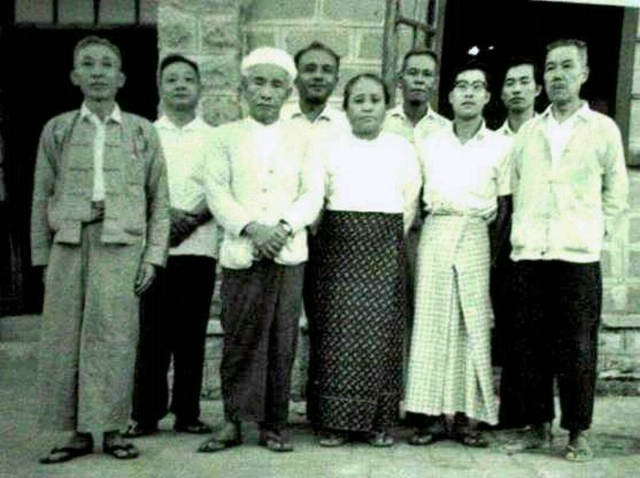
New NongSanKone Shan Baptist church building, as seen in 2003 (Rev. Ai Pan memorial church building)
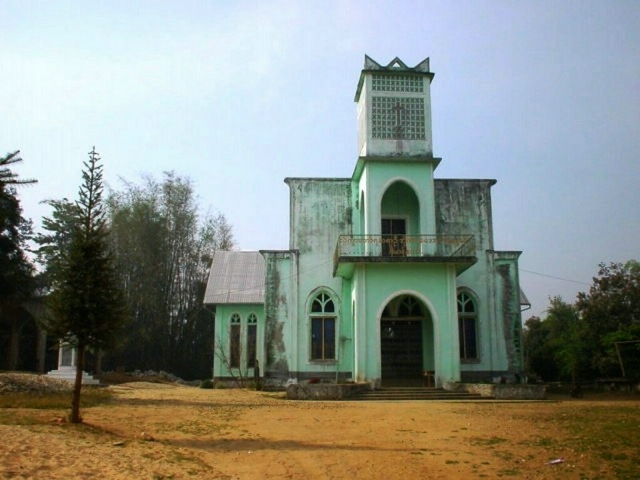
NamKham Baptist High School as seen in 2003
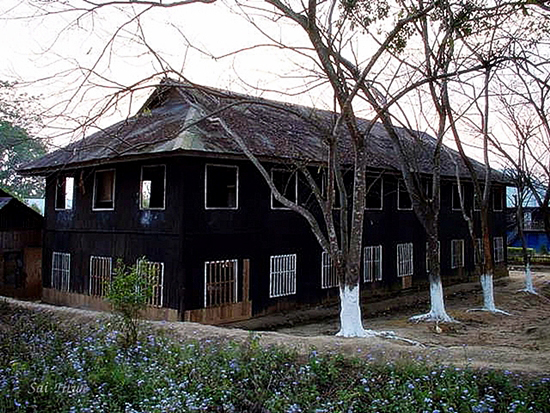
NongSanKone Shan Baptist Church (ၵျွင်းၶႃး)
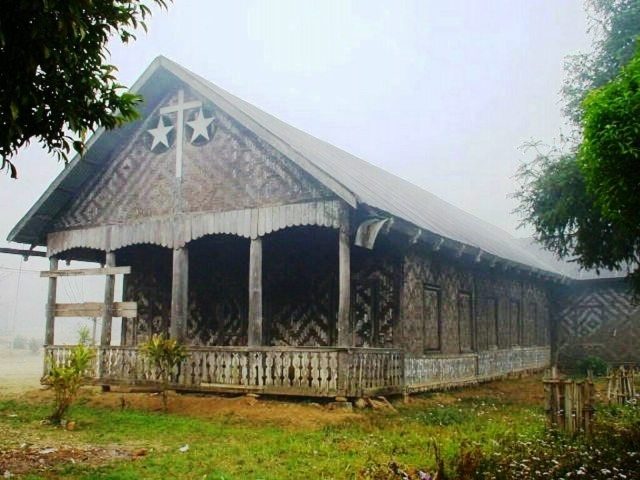
Rev. Ai Hmoon and members of SeLan Shan Baptist Church in 1961



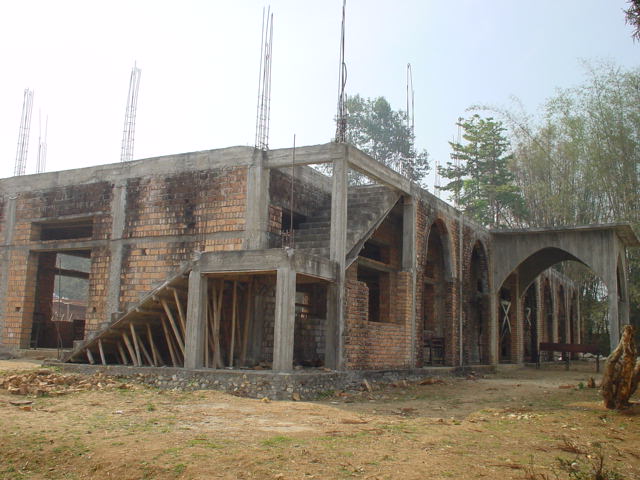
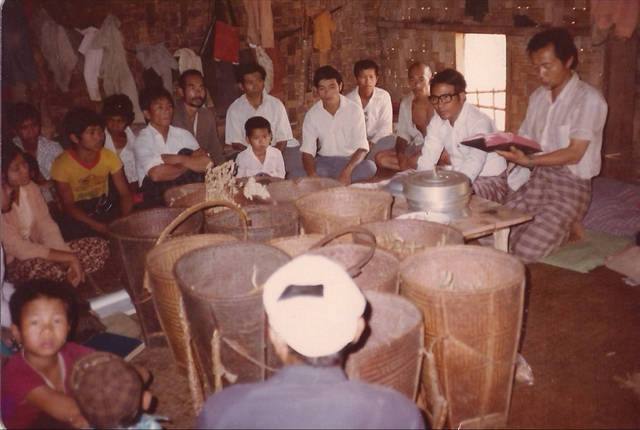

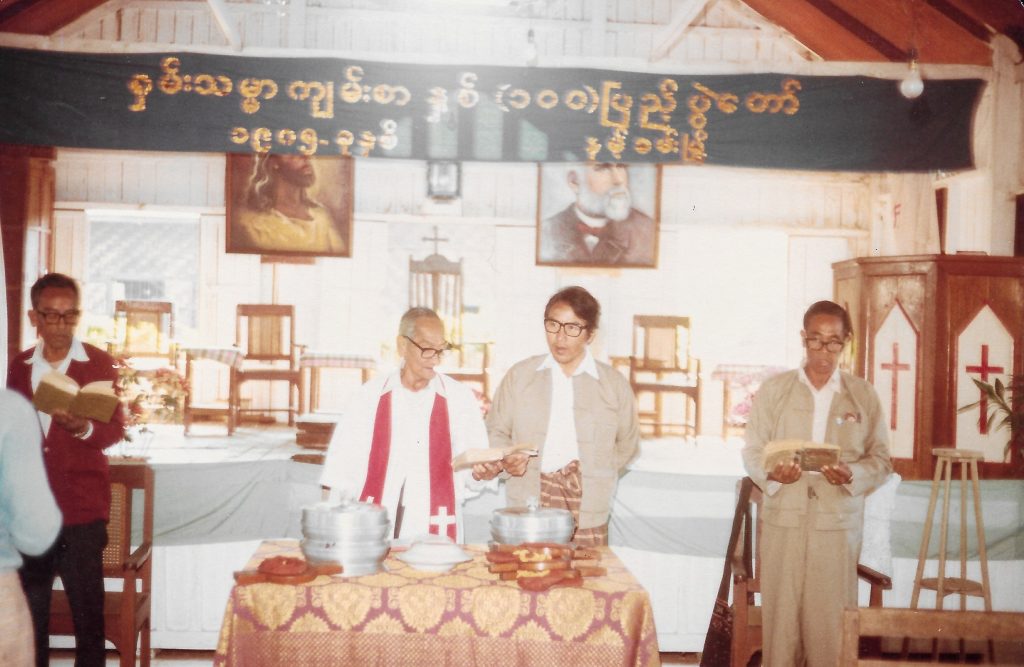
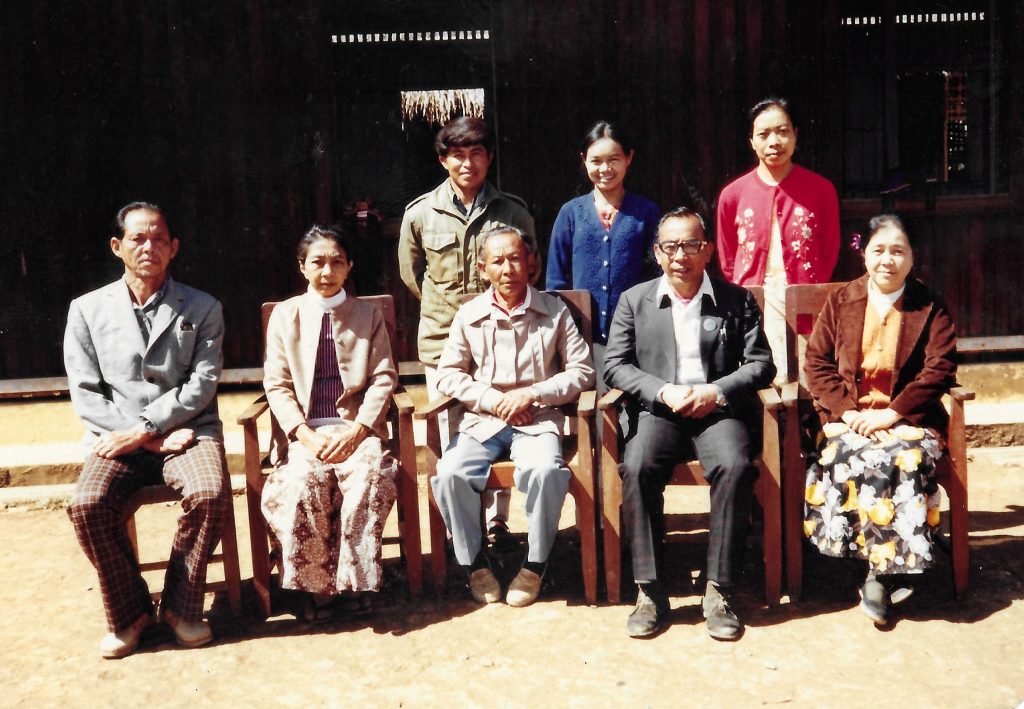
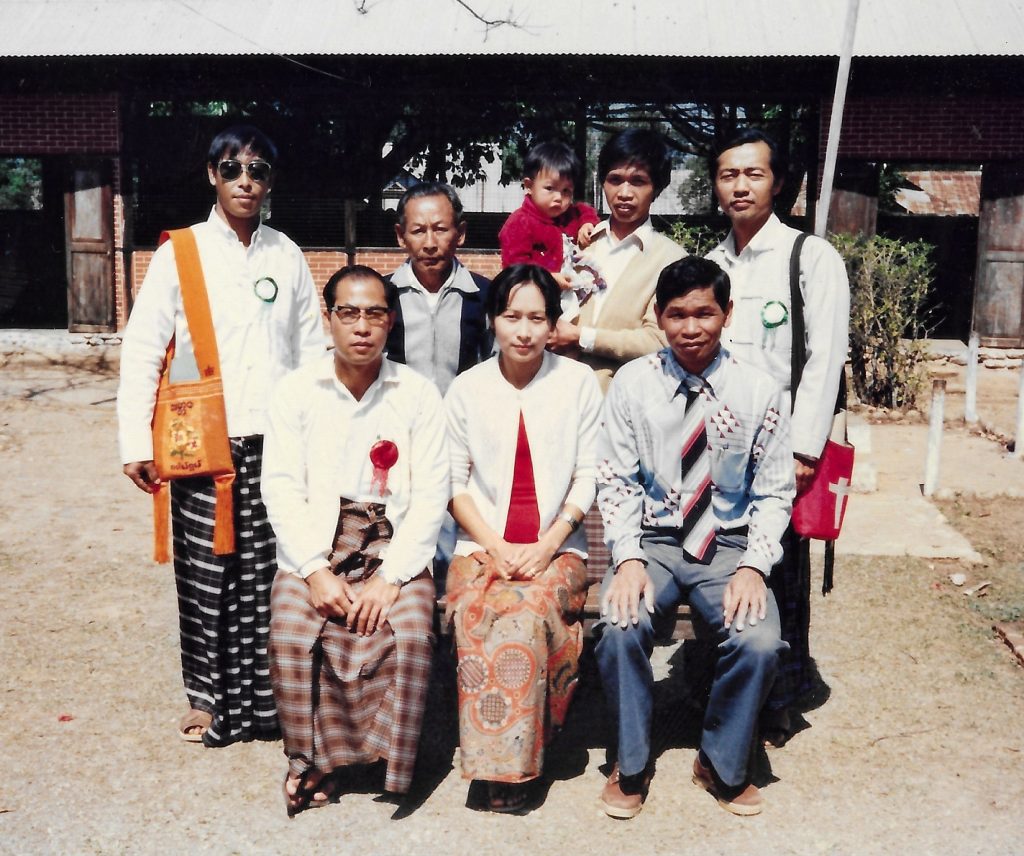
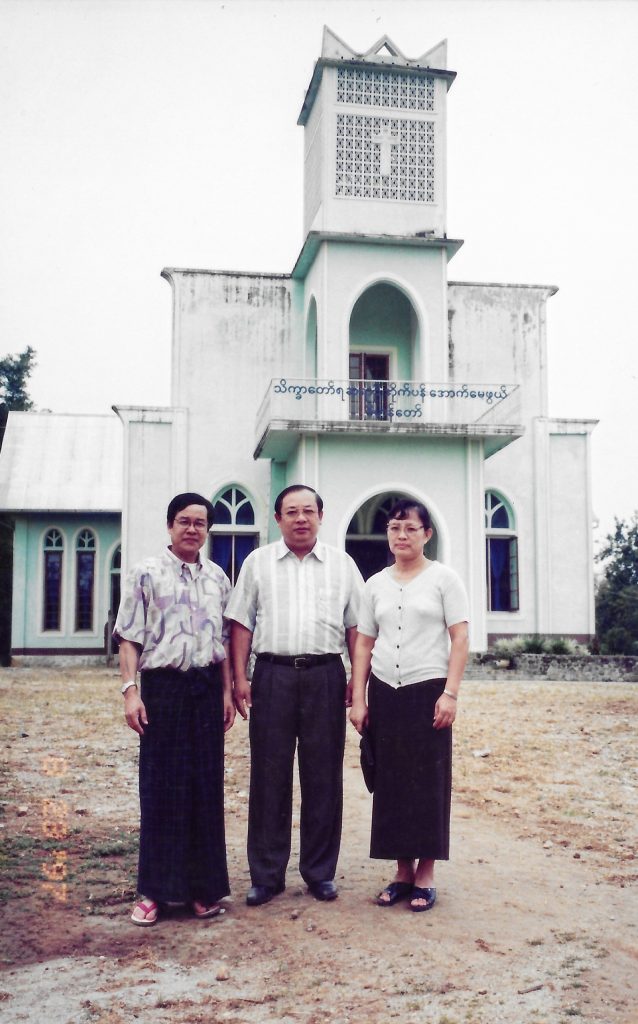
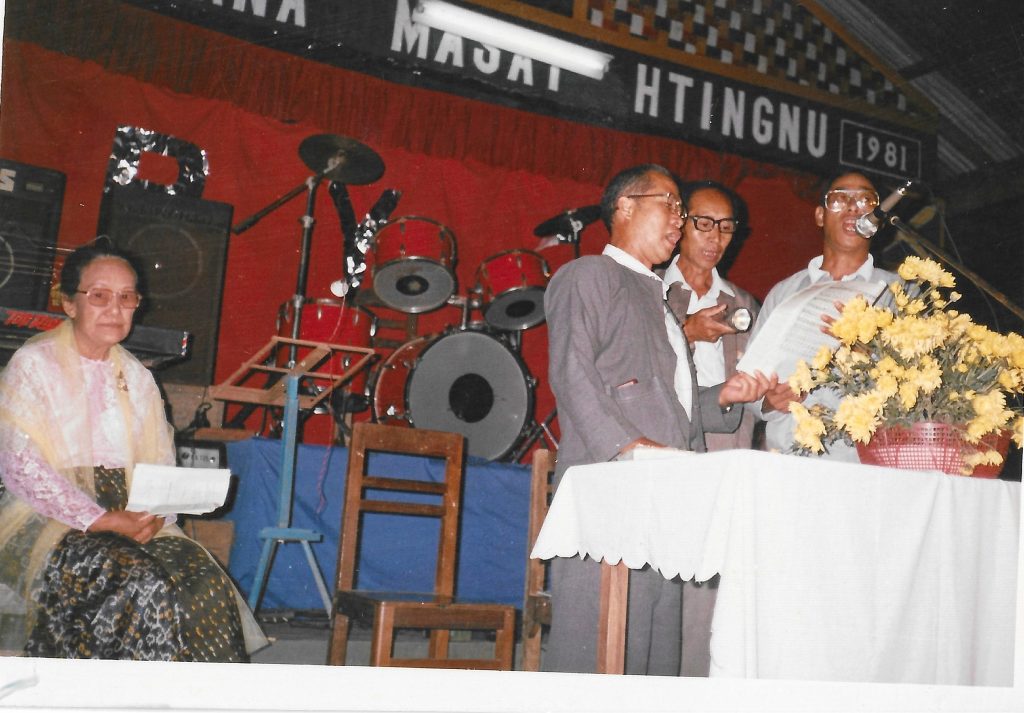
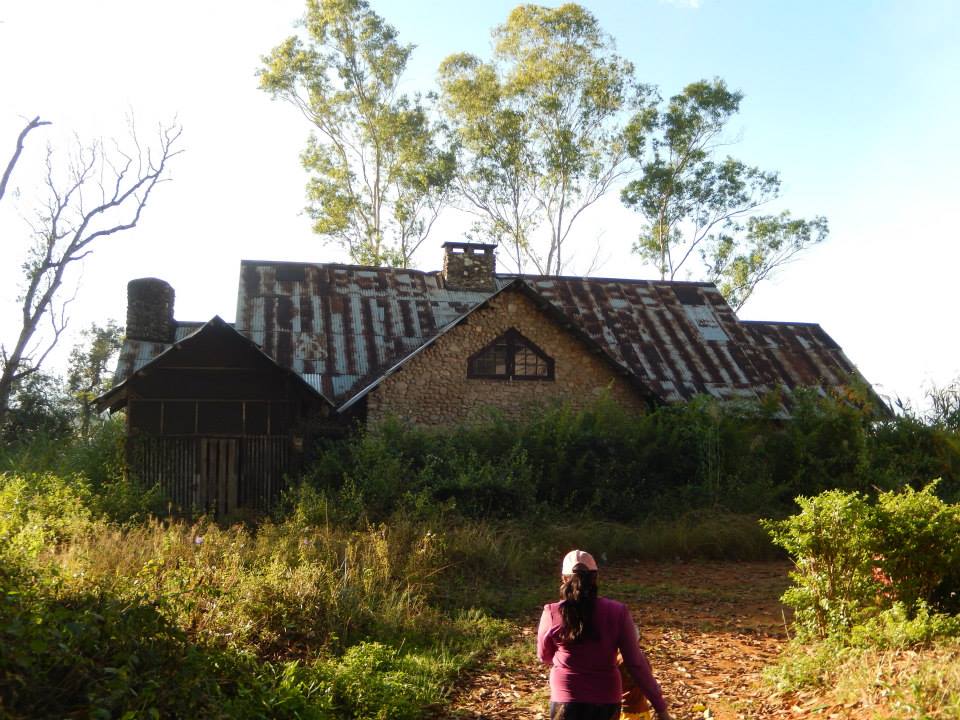
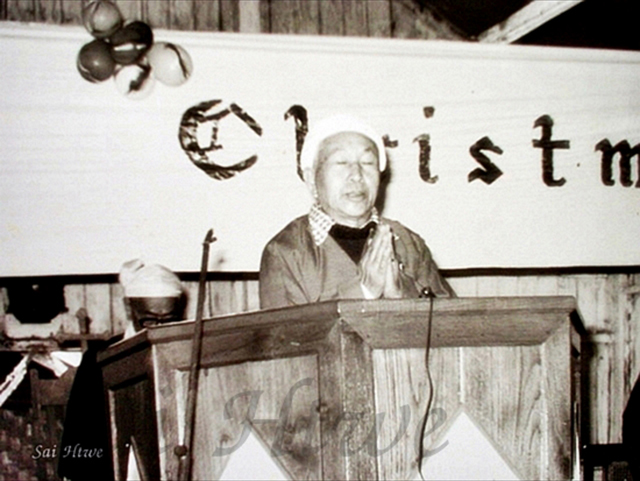
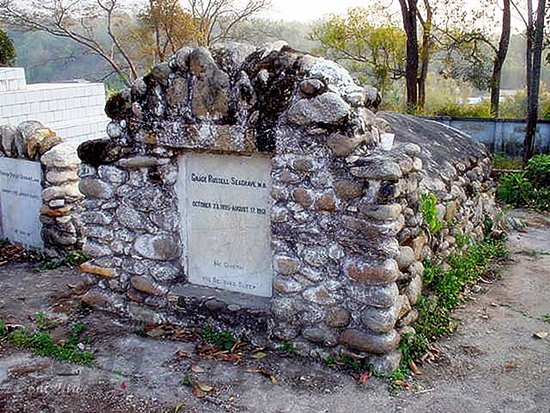
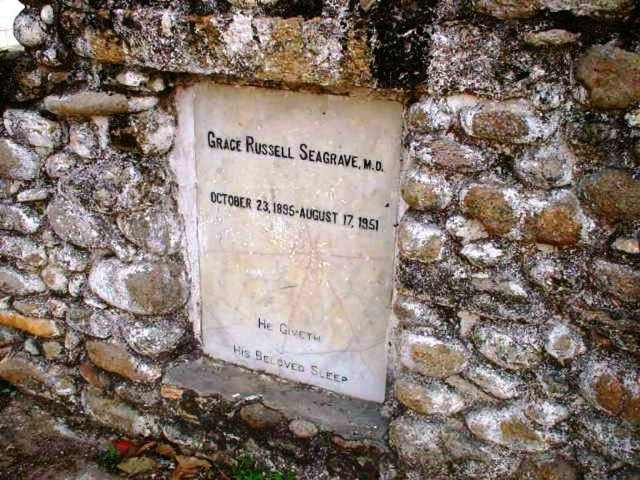
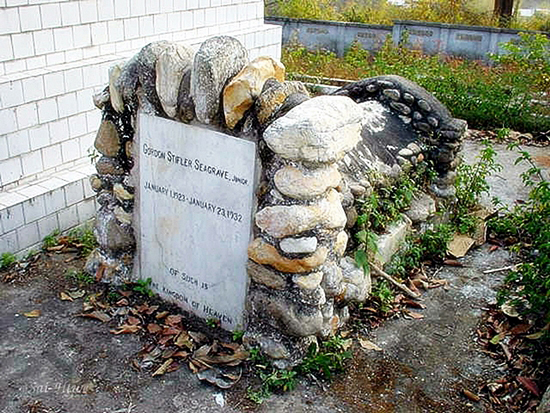
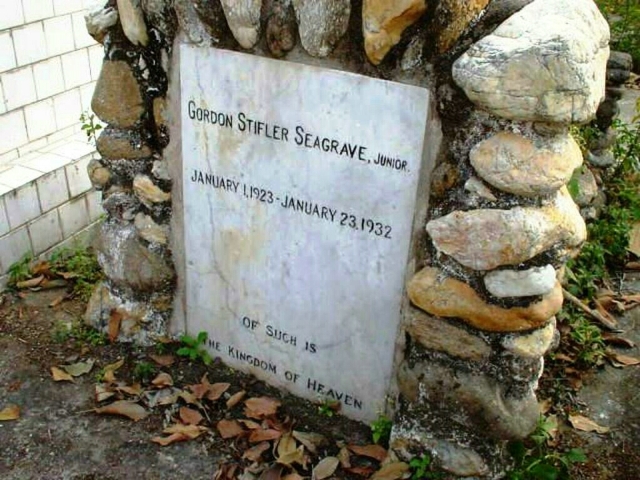
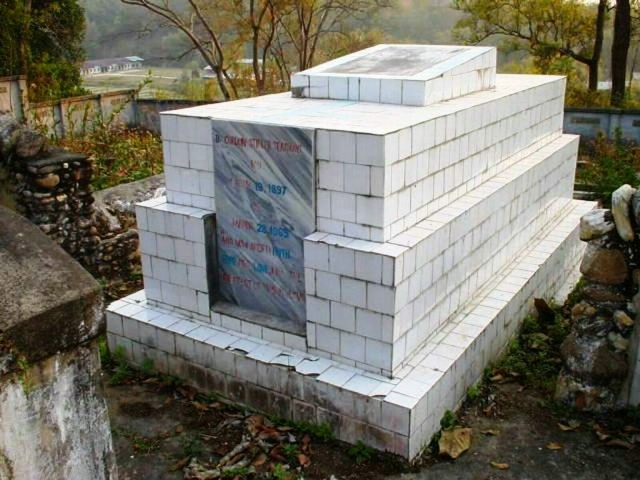
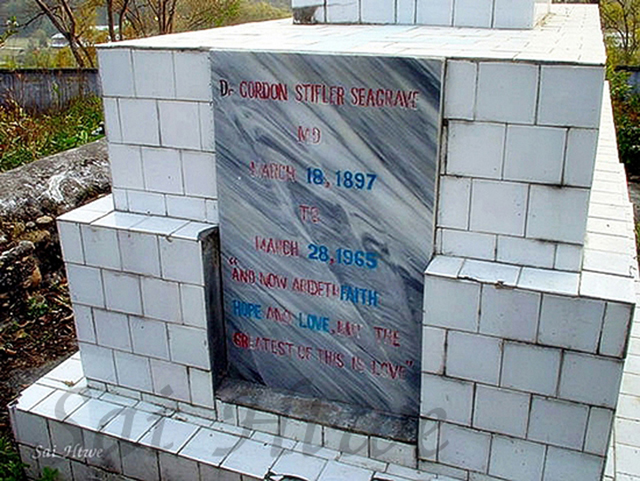
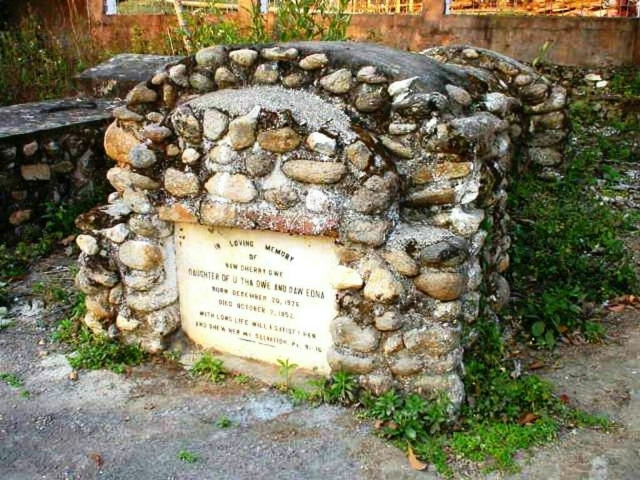
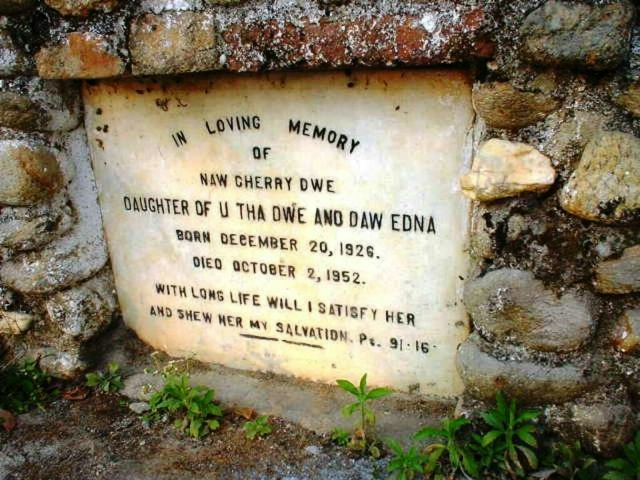

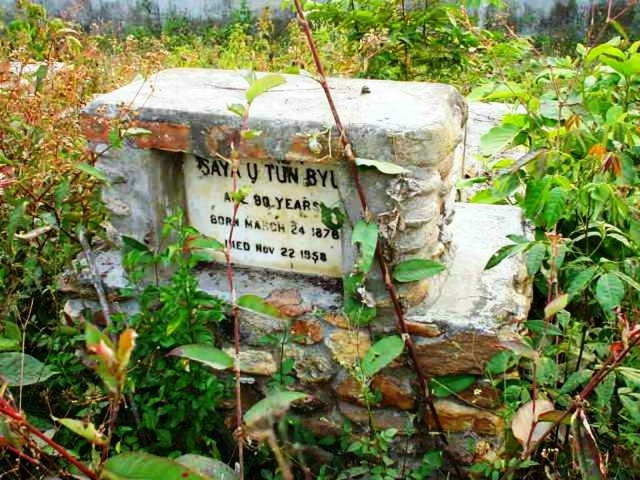
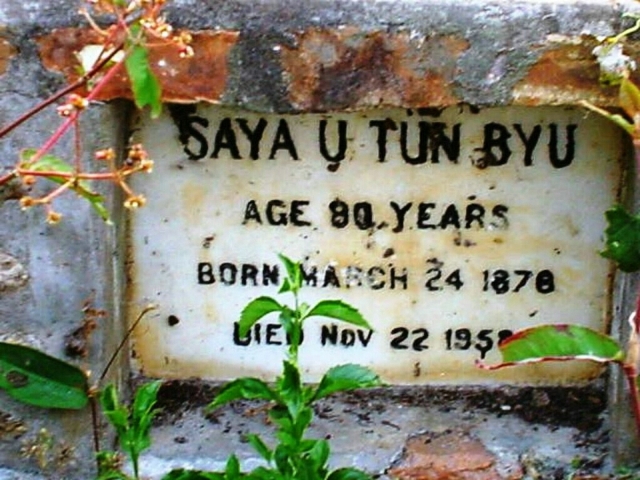


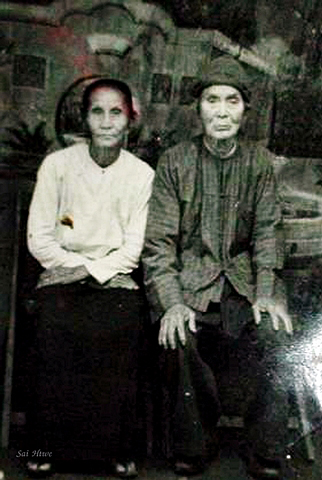
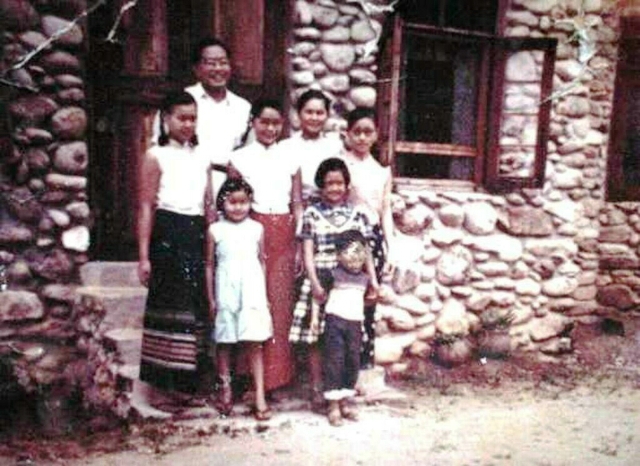
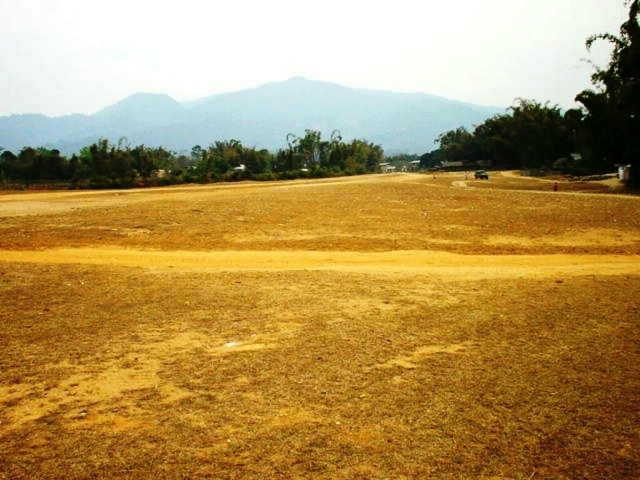
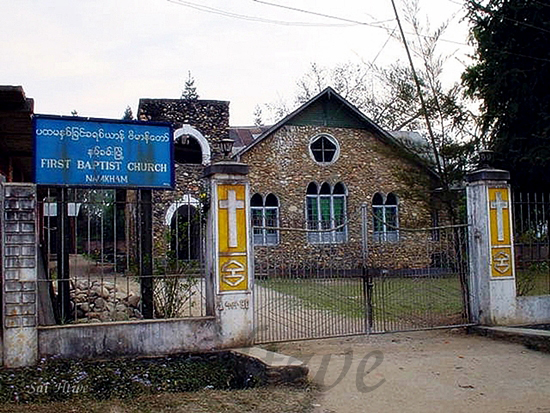
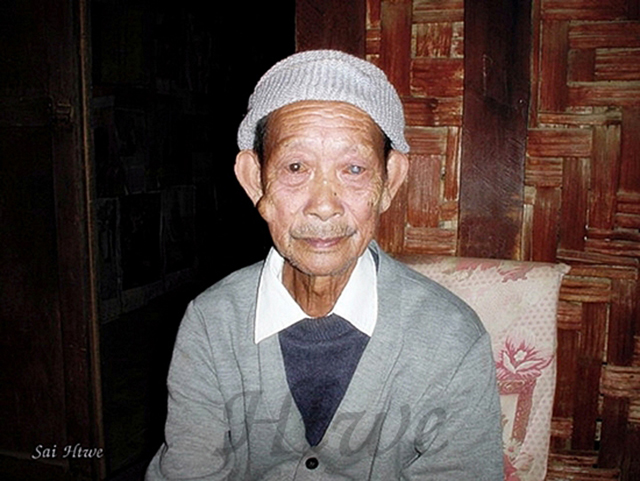

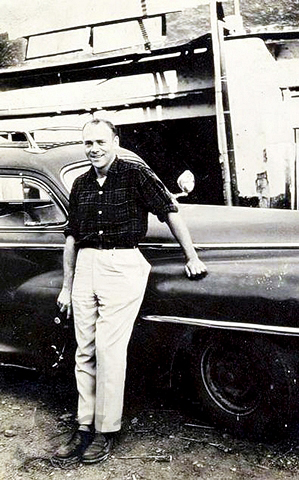
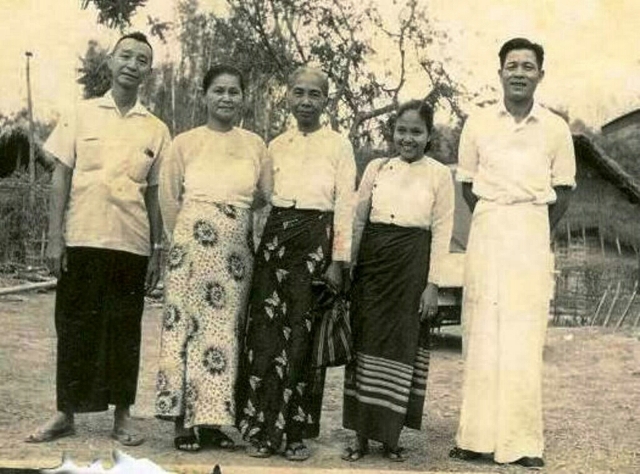
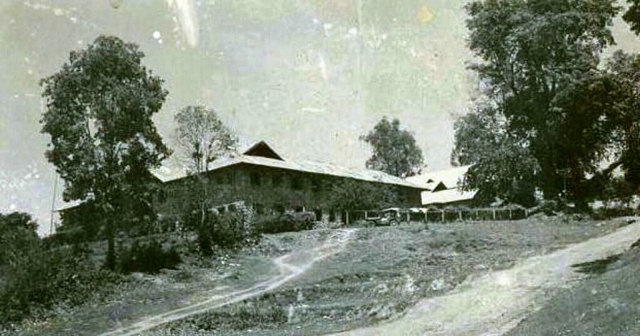
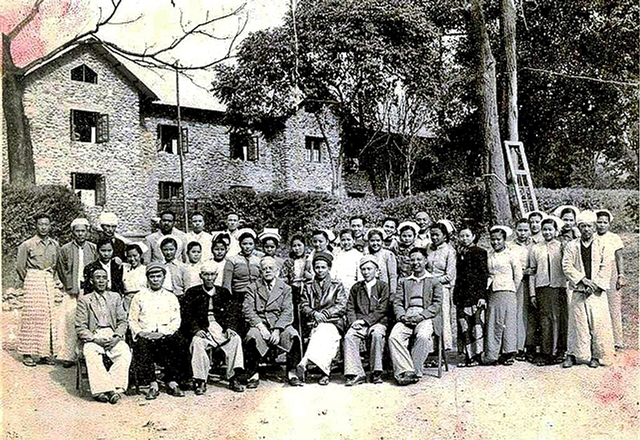
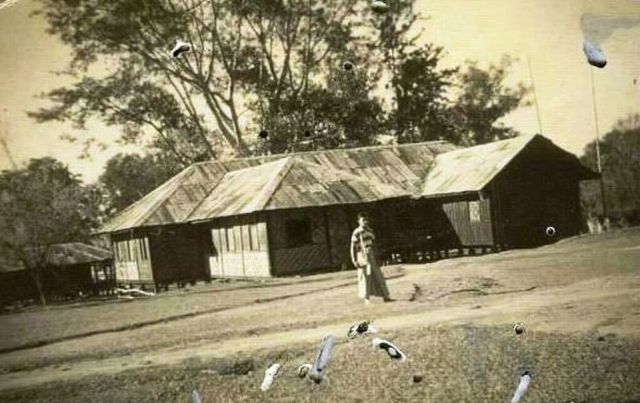
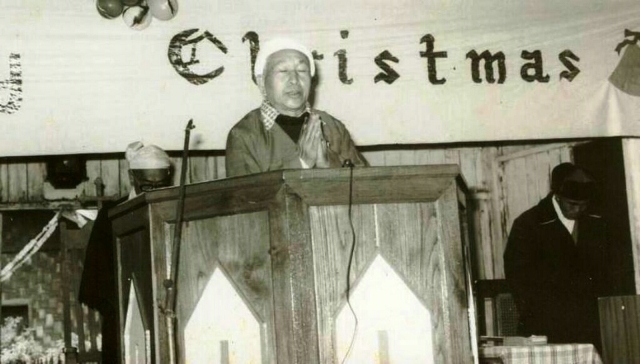
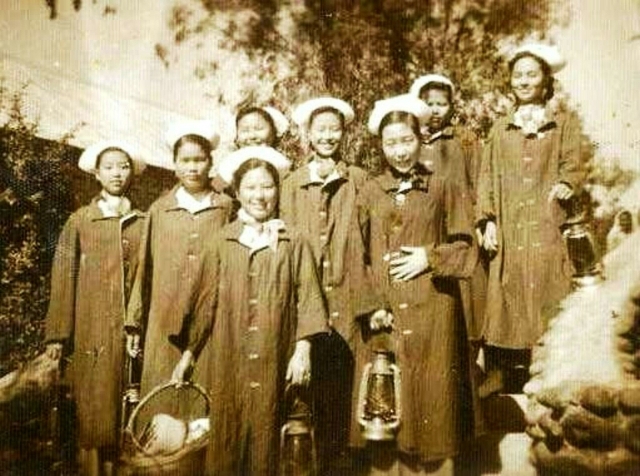
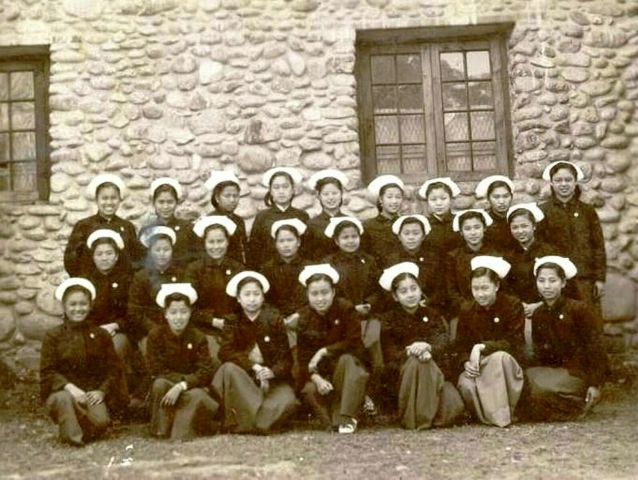
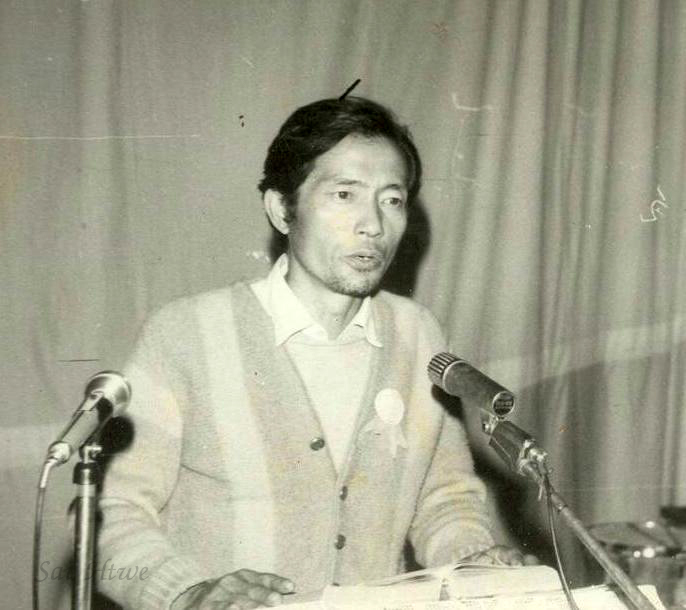
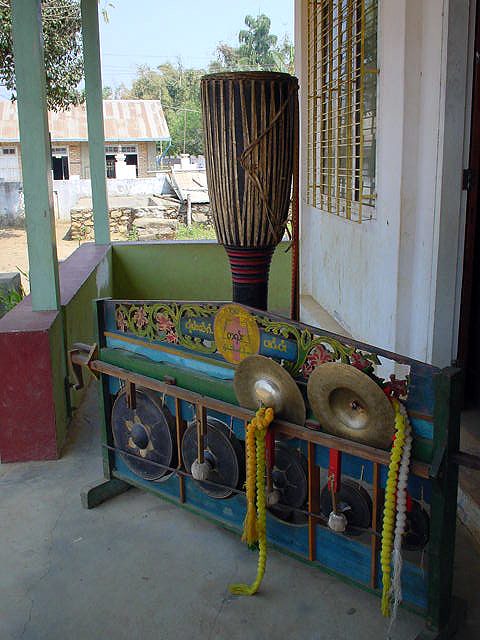
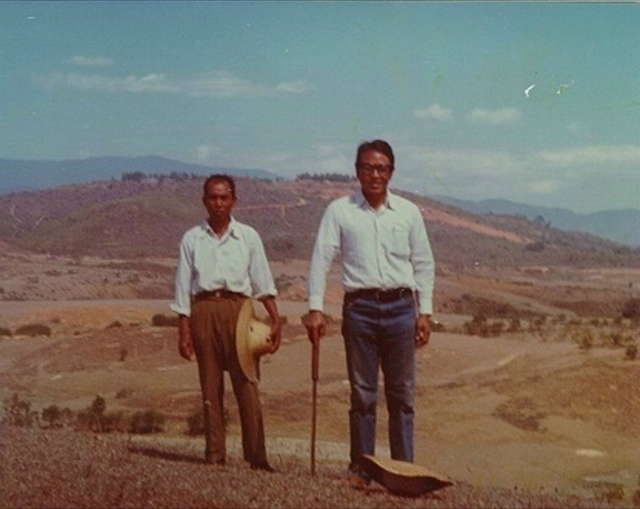
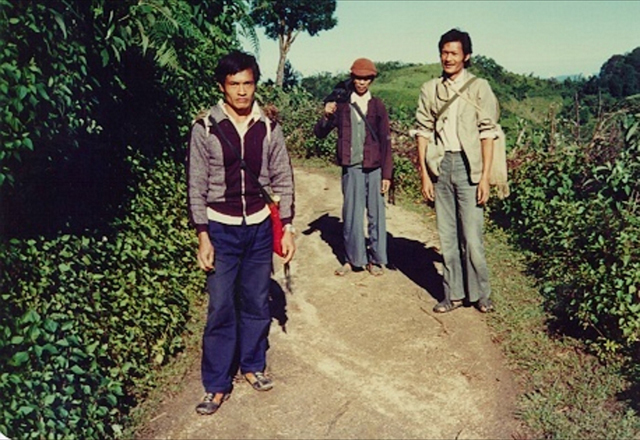
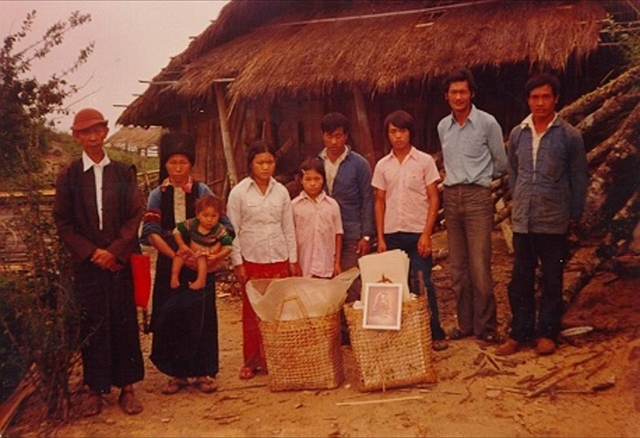
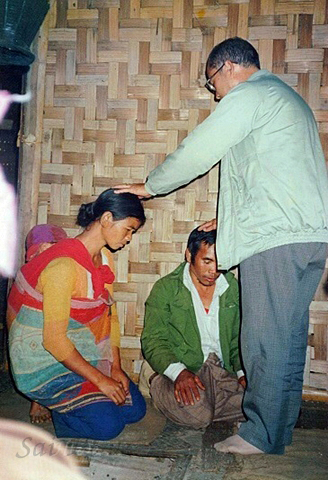
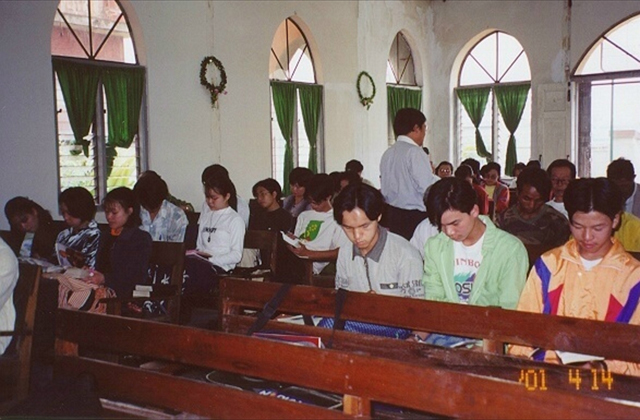
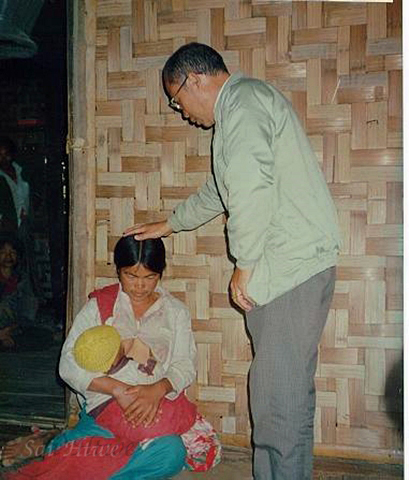
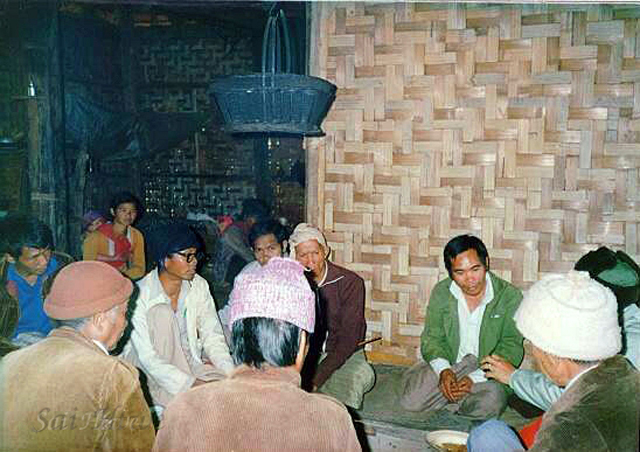
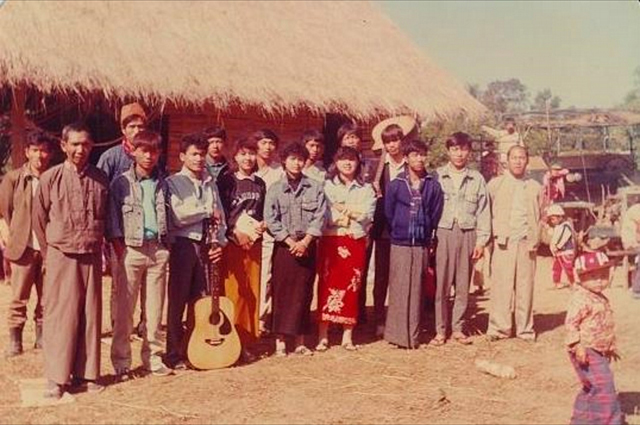

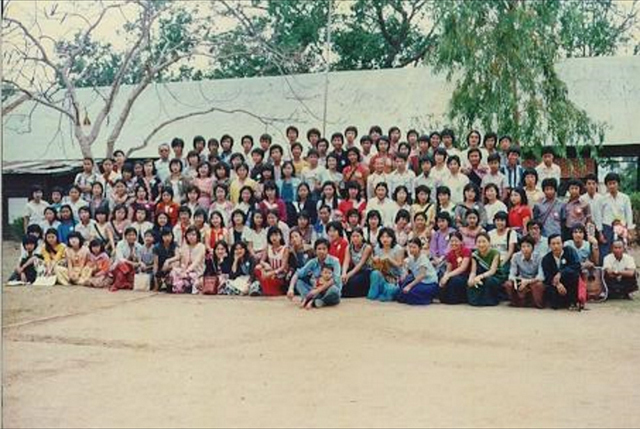
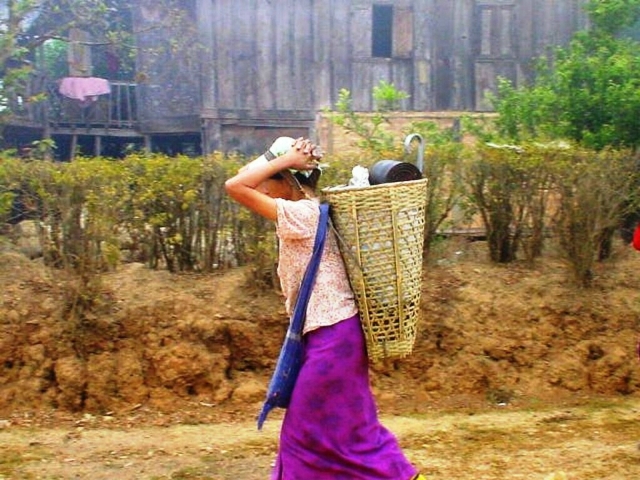
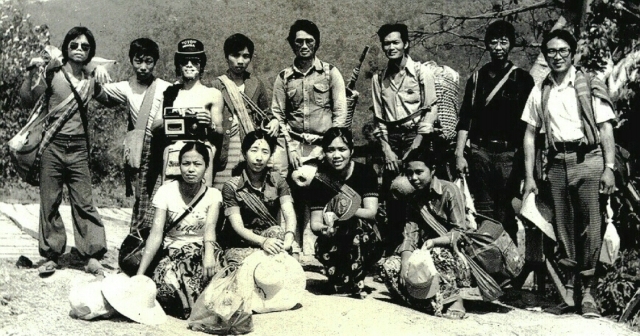
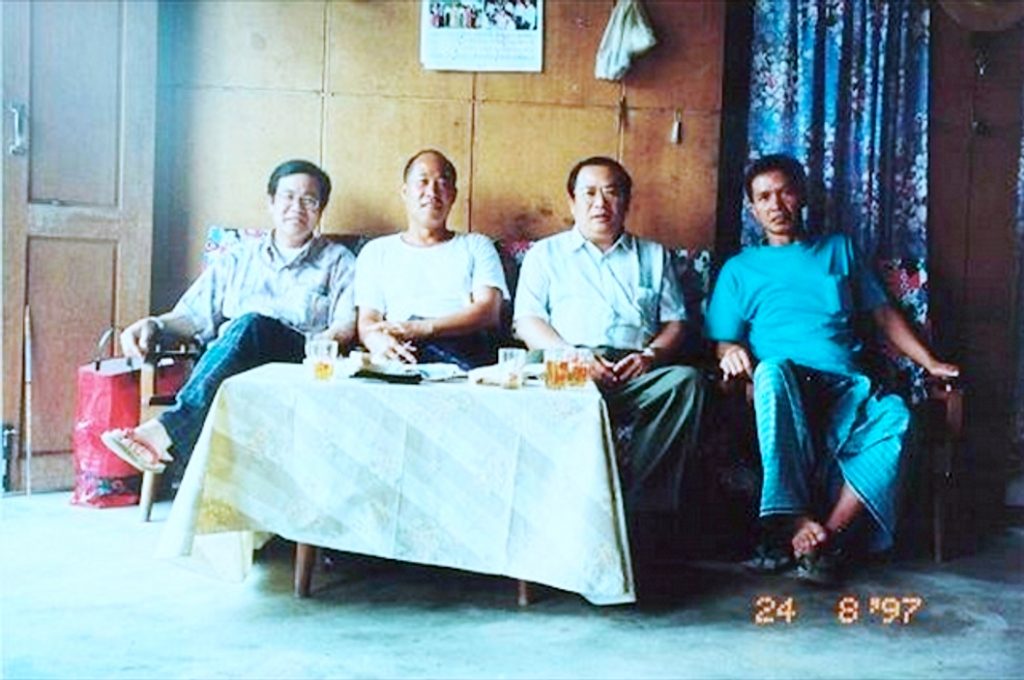

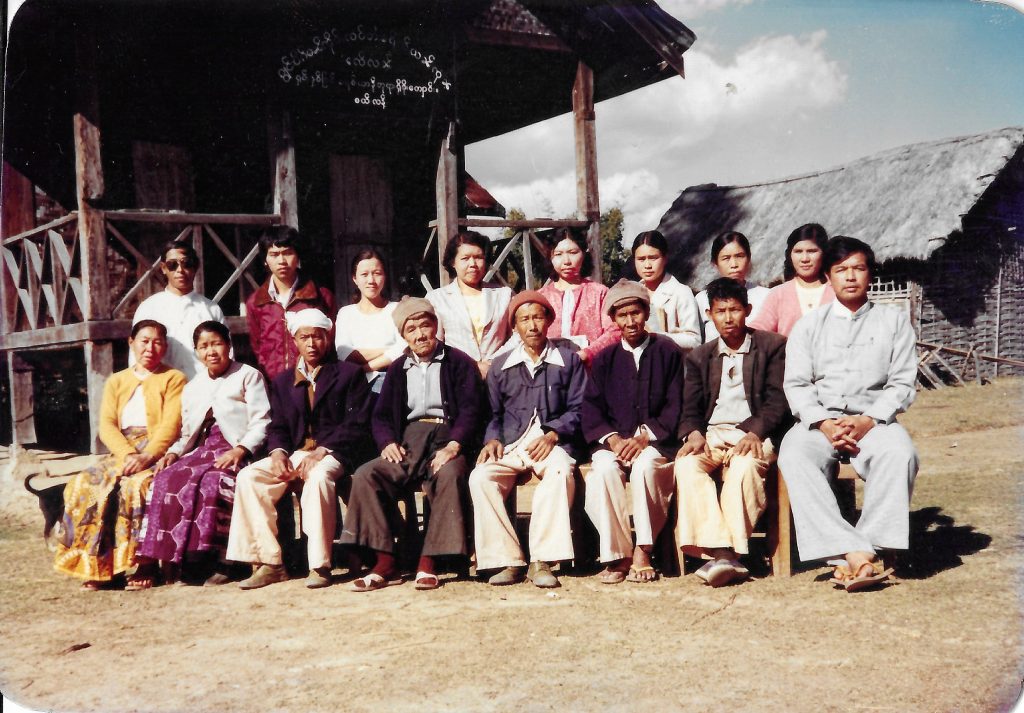
After annual summer Bible Study at SeLan Church in 1960
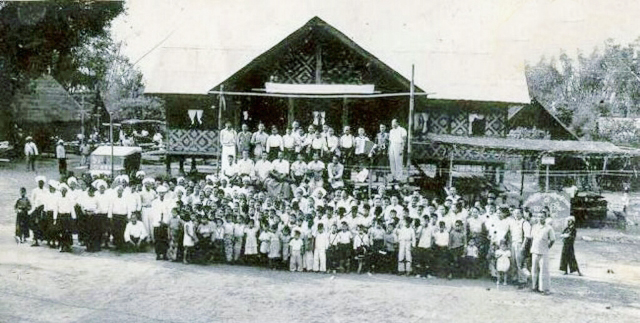
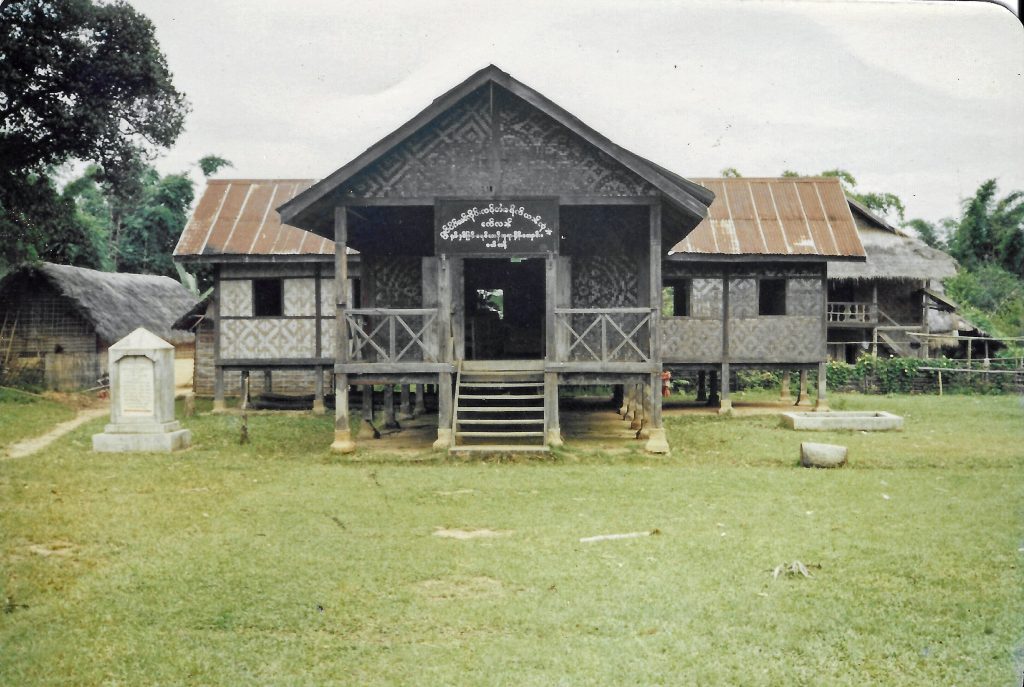
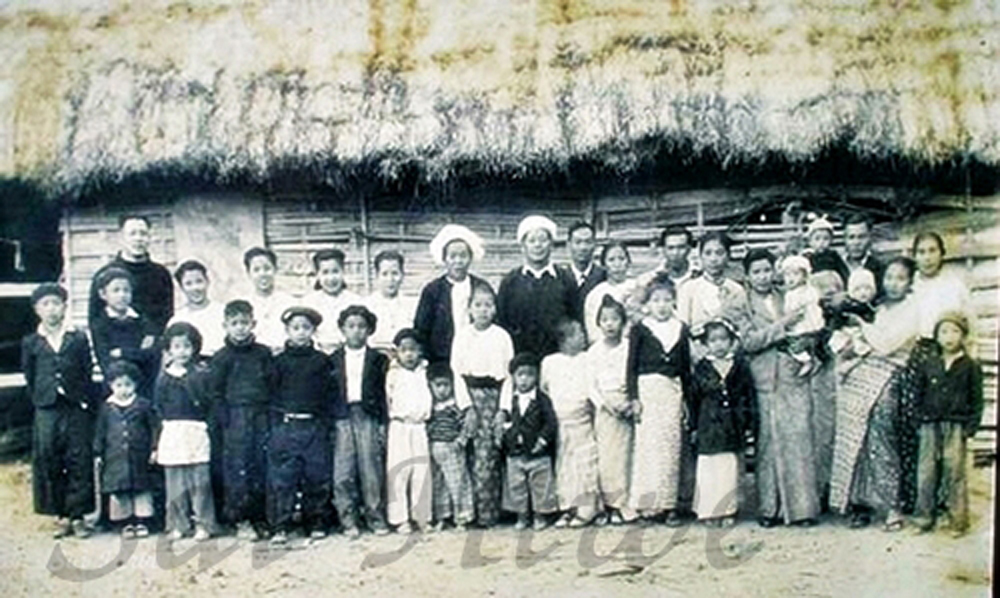
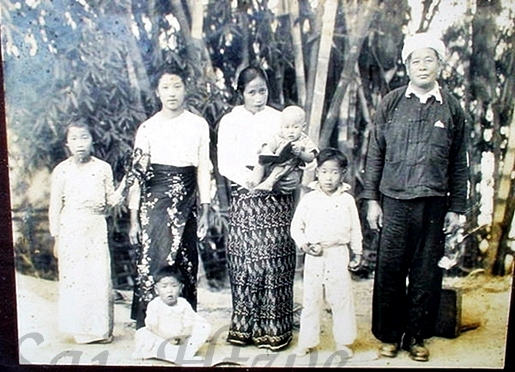
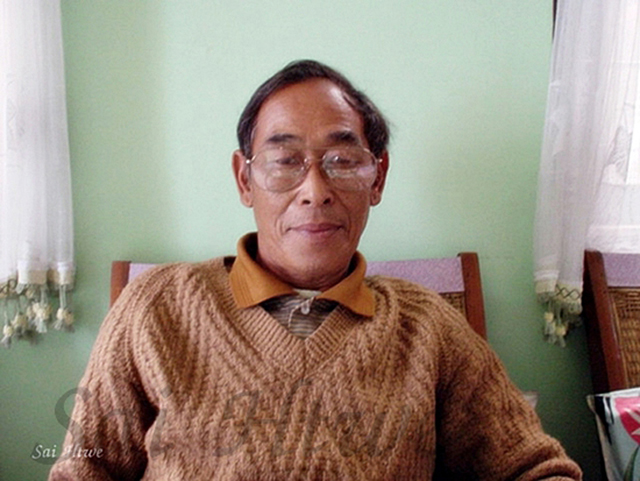
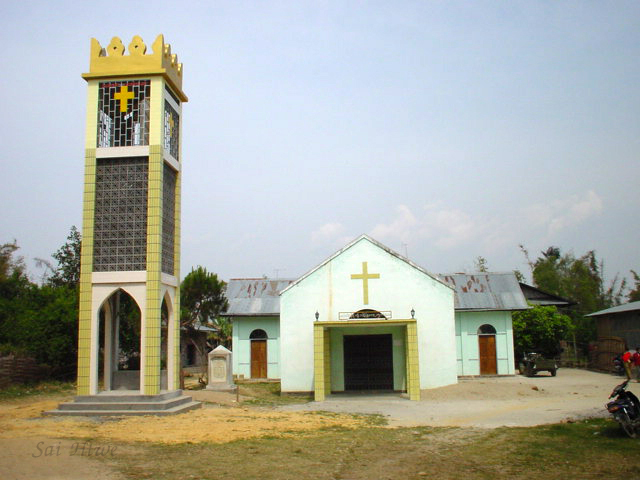
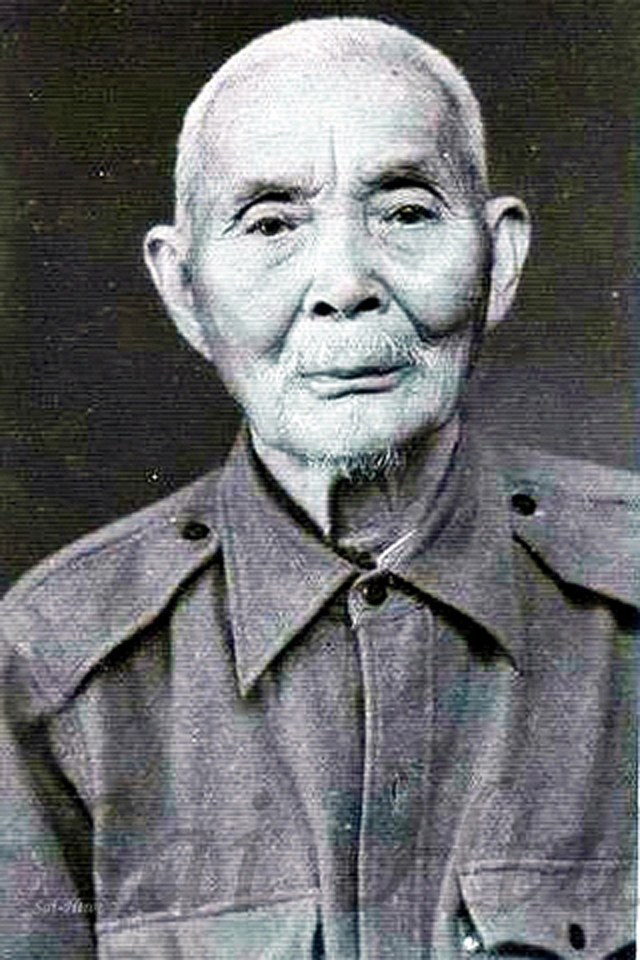

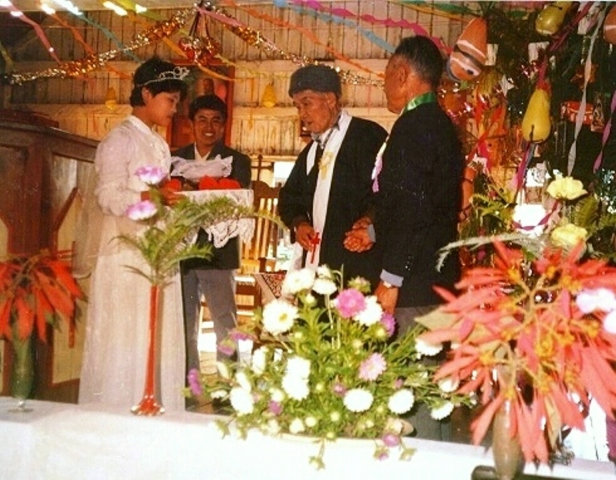
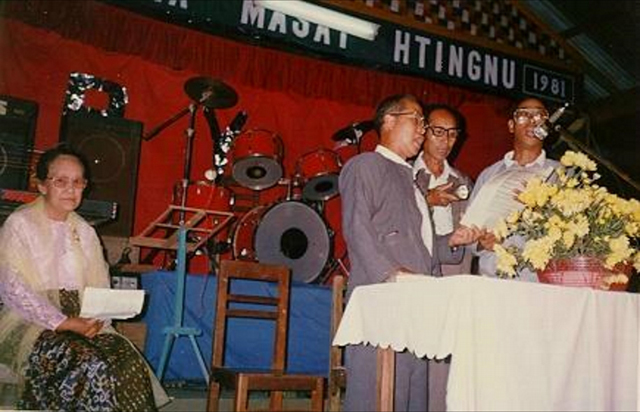
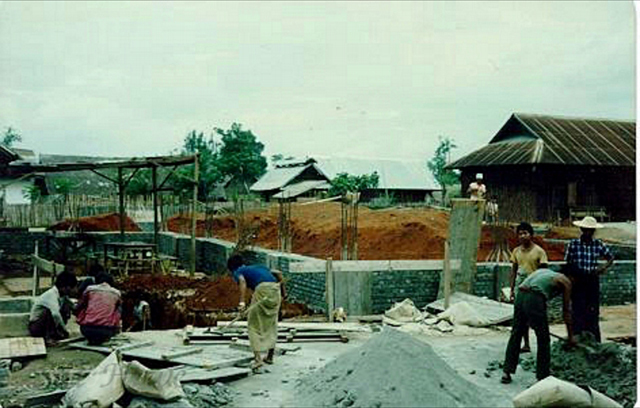
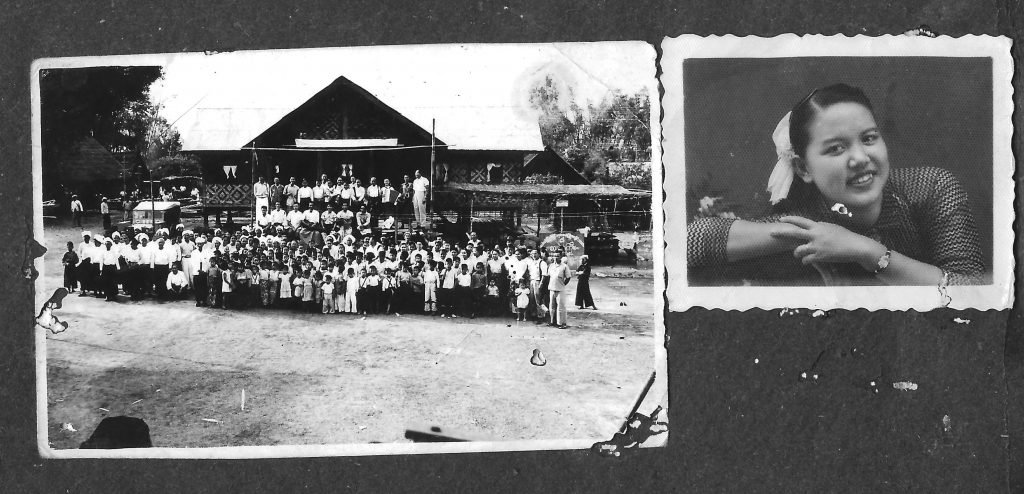
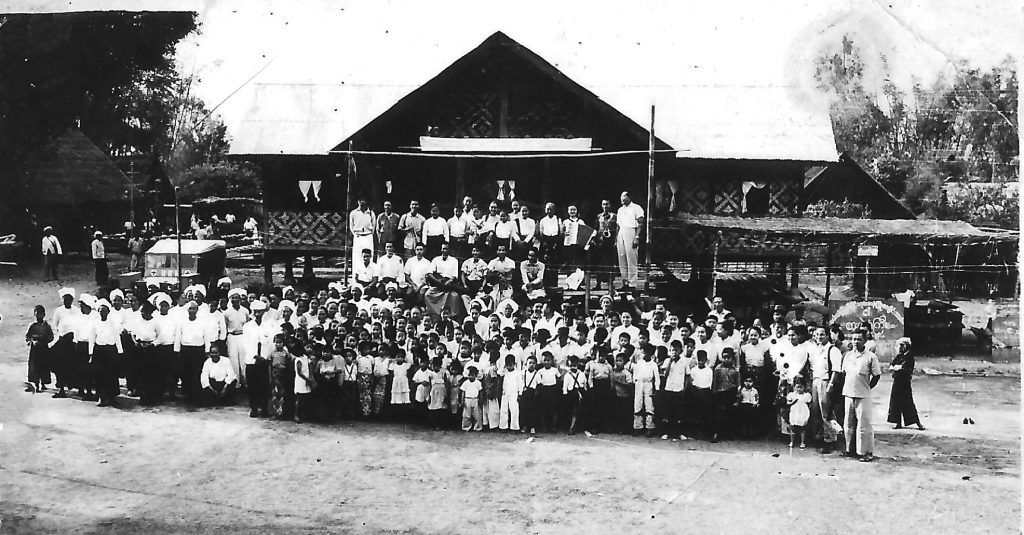
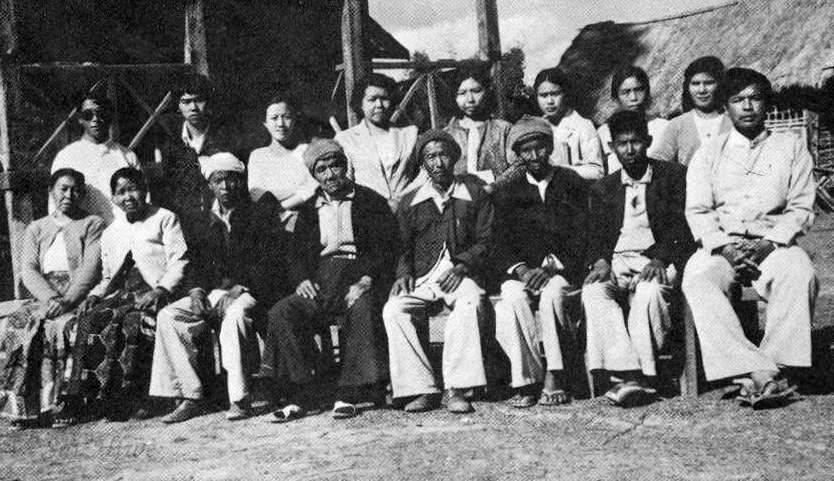
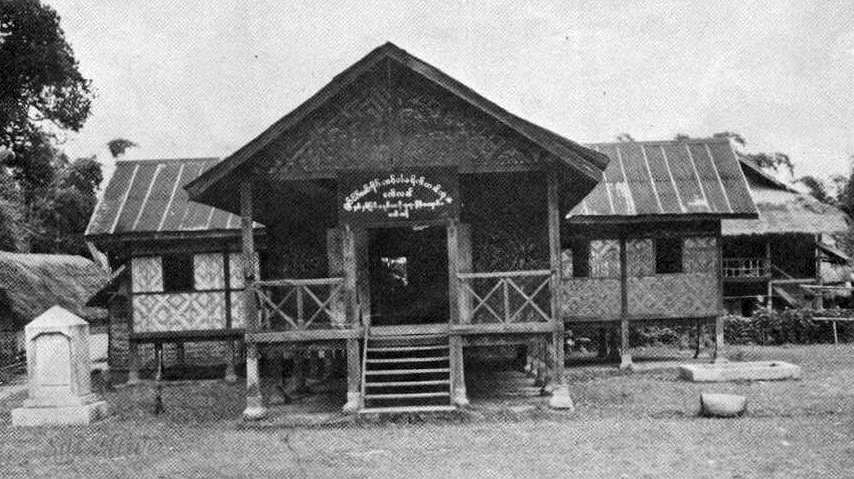
New SeLan church building seen in 2003 (Rev. Ai Hmoon memorial church building)

After world communion Sunday service in 1960 with those baptized at
MuSe Shan Baptist Church
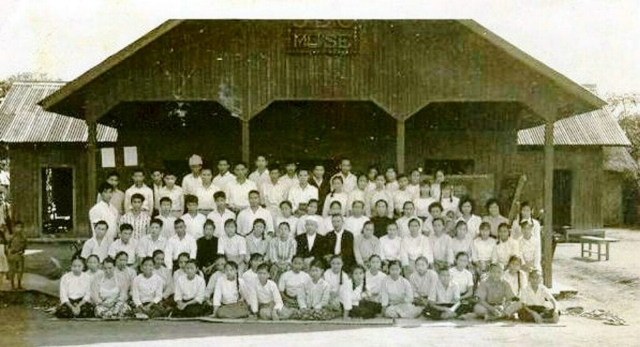
Rev. Kham Maung and early believers of MuSe Shan Baptist Church in 1955
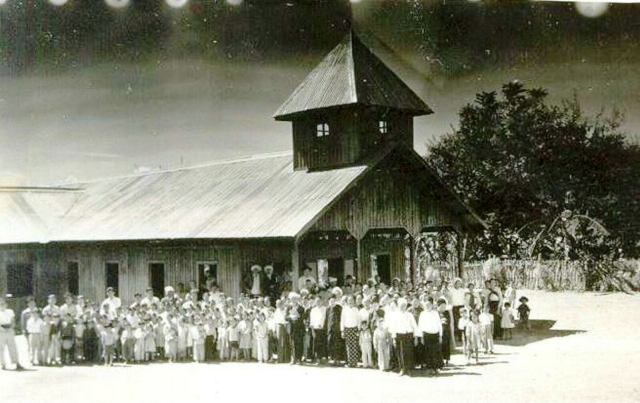
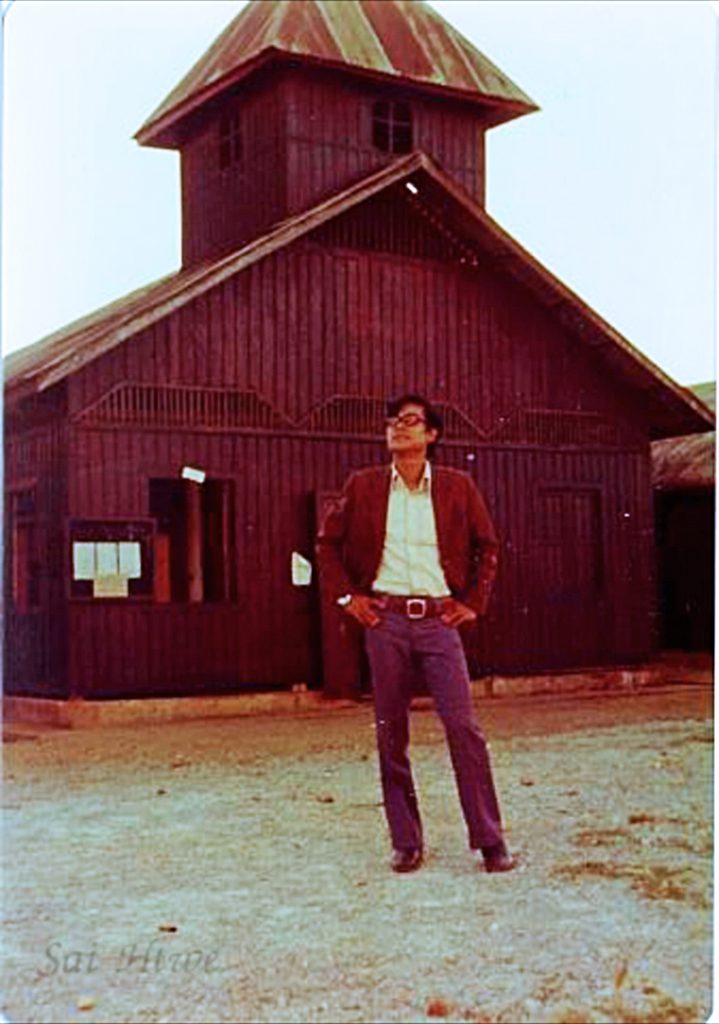
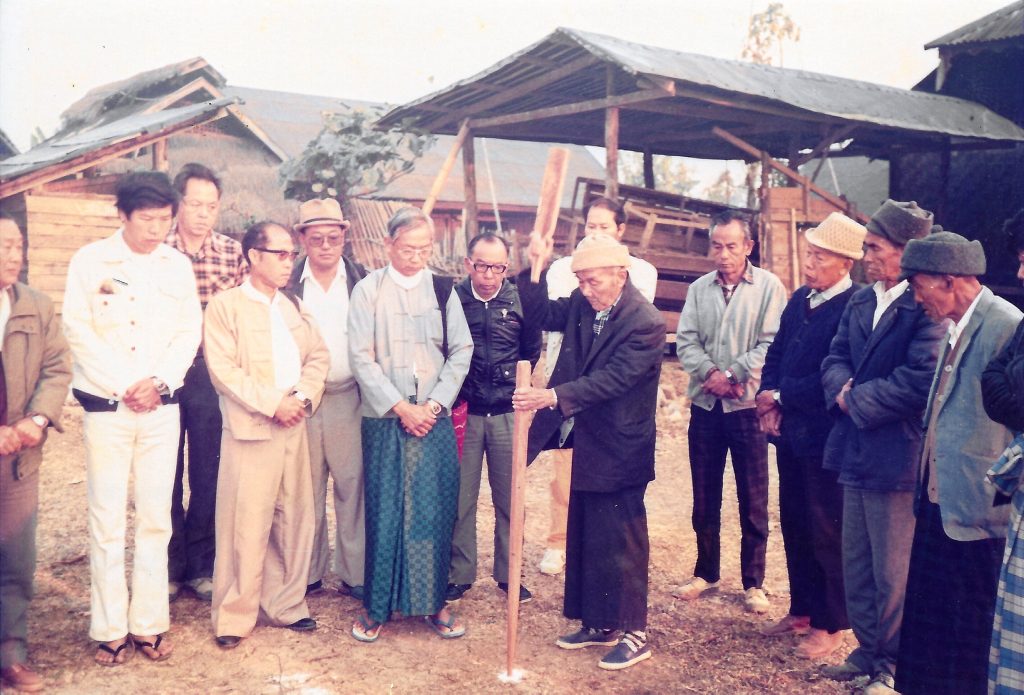

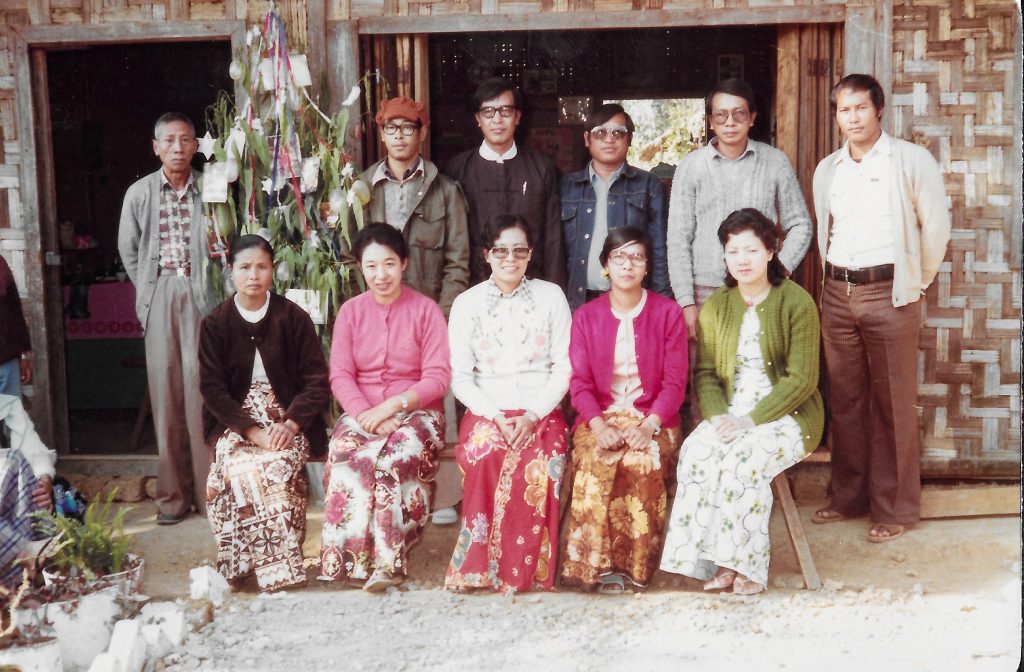
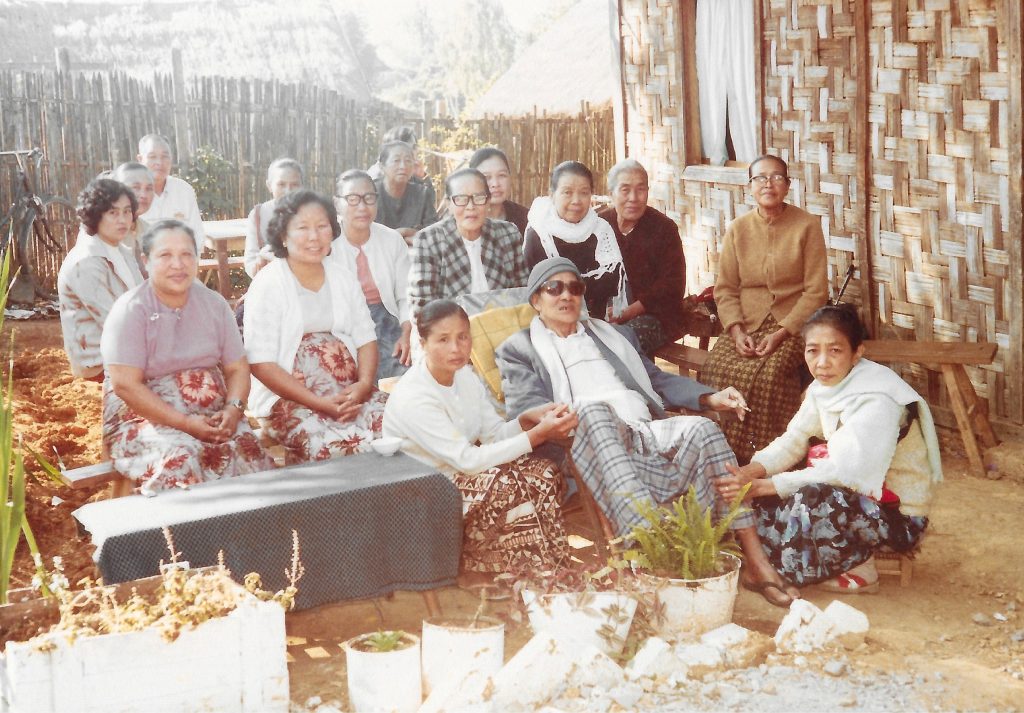
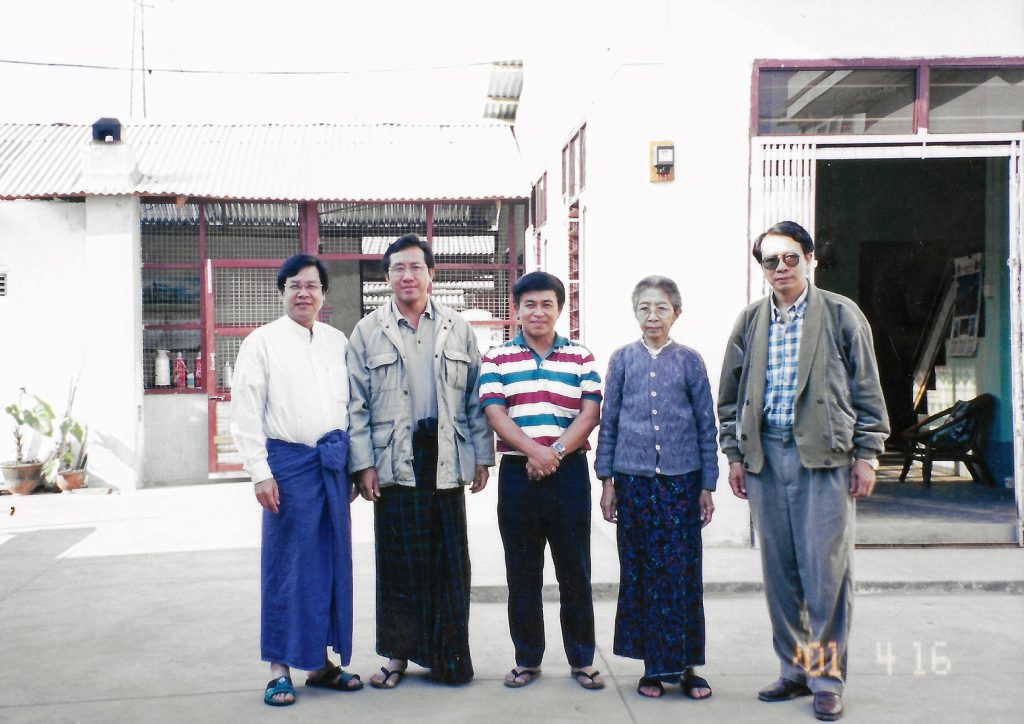

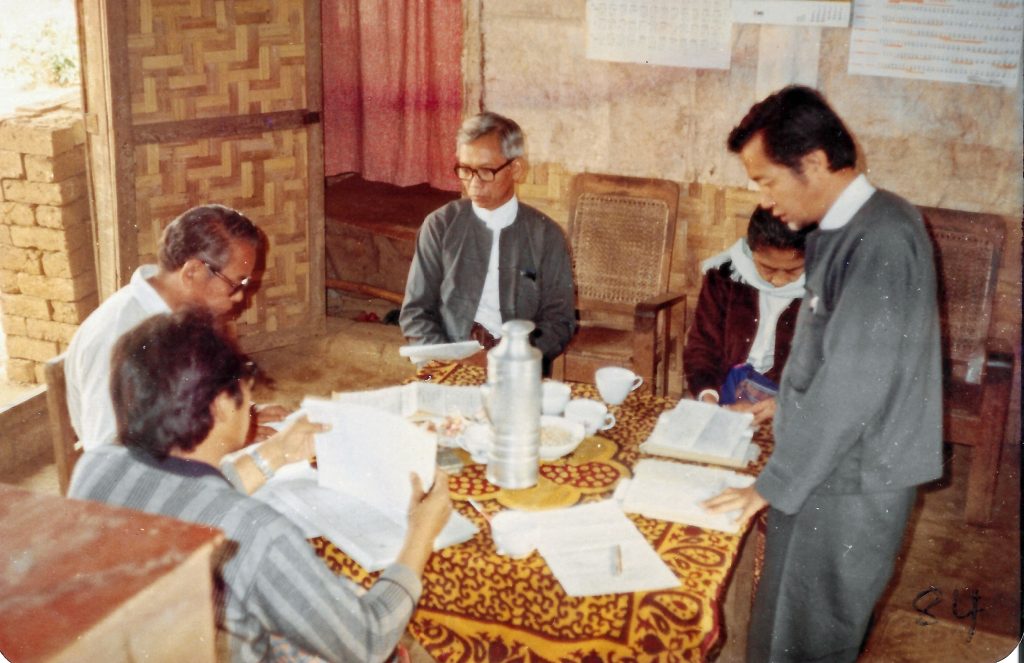
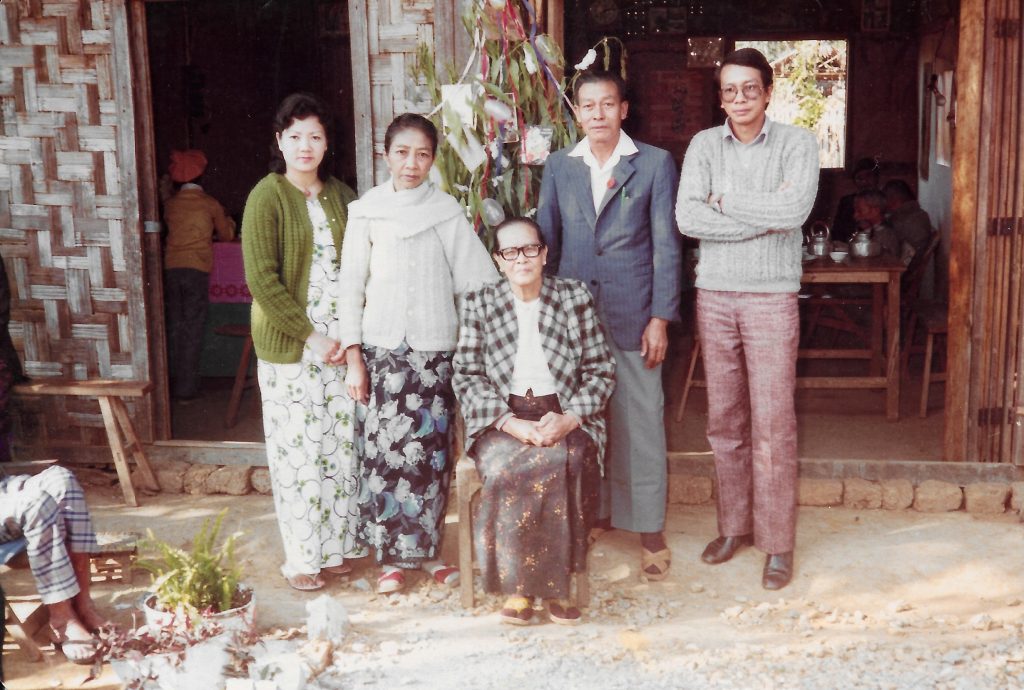
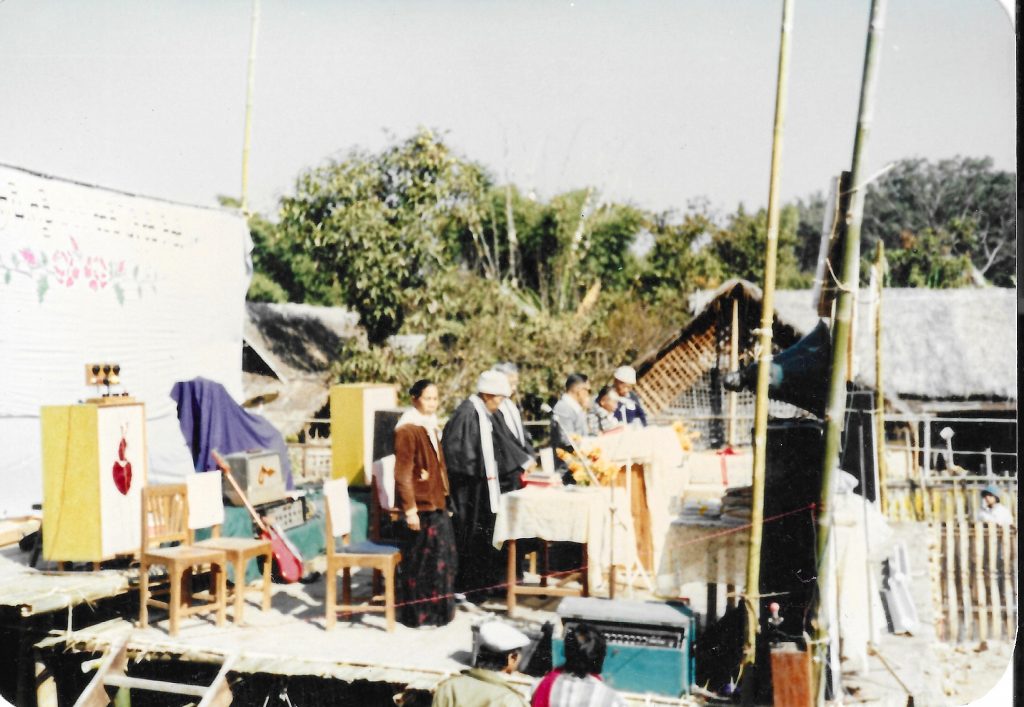
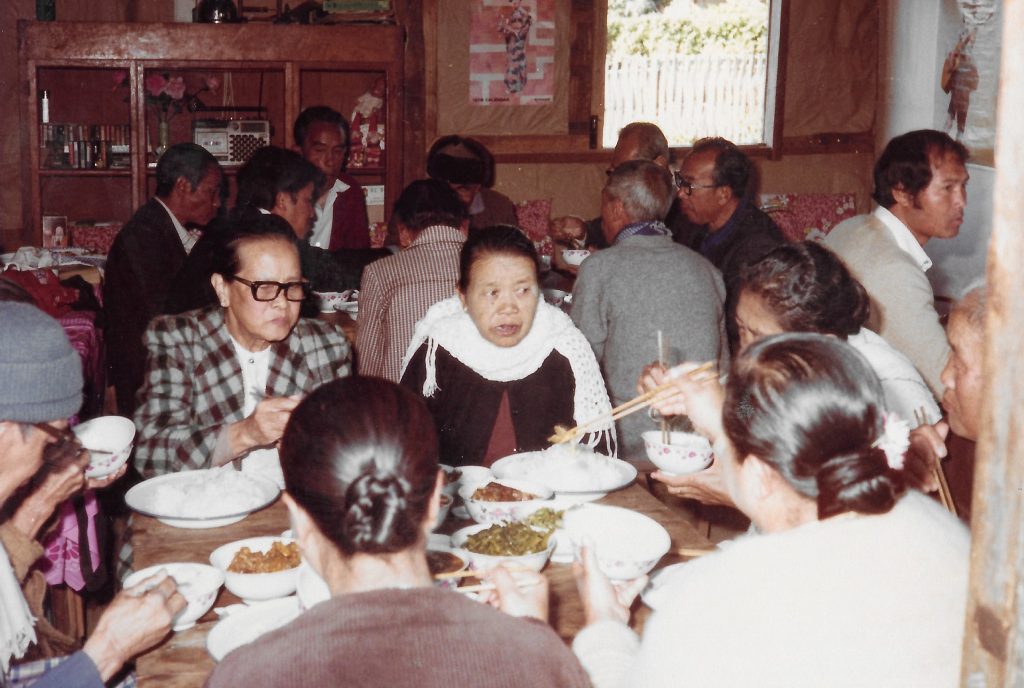
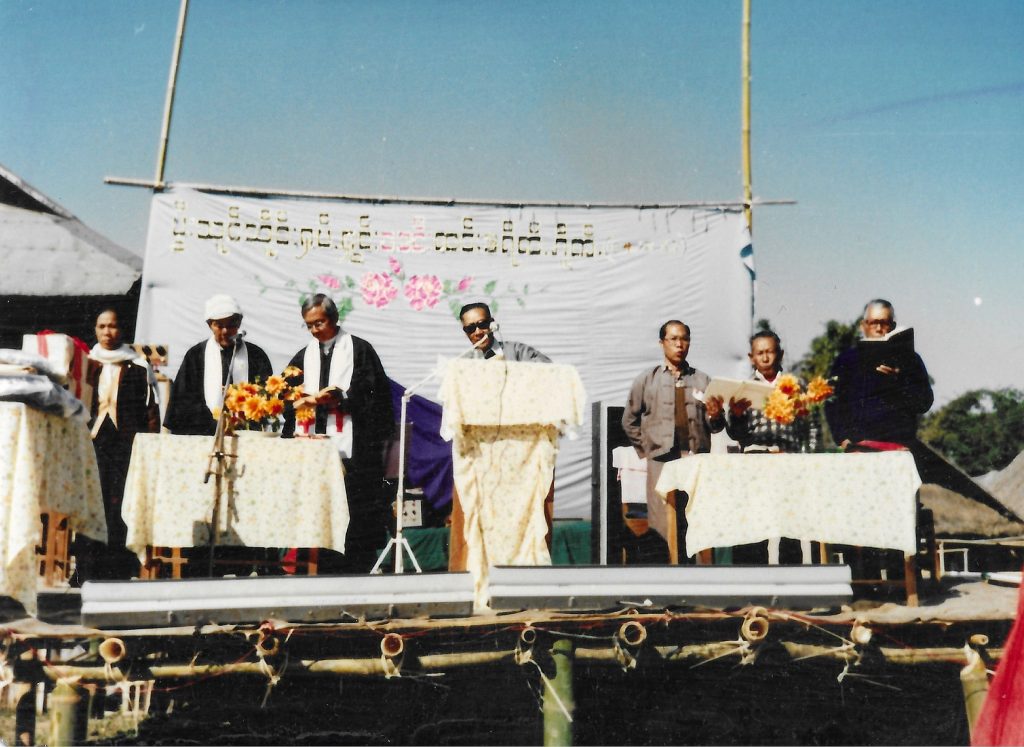
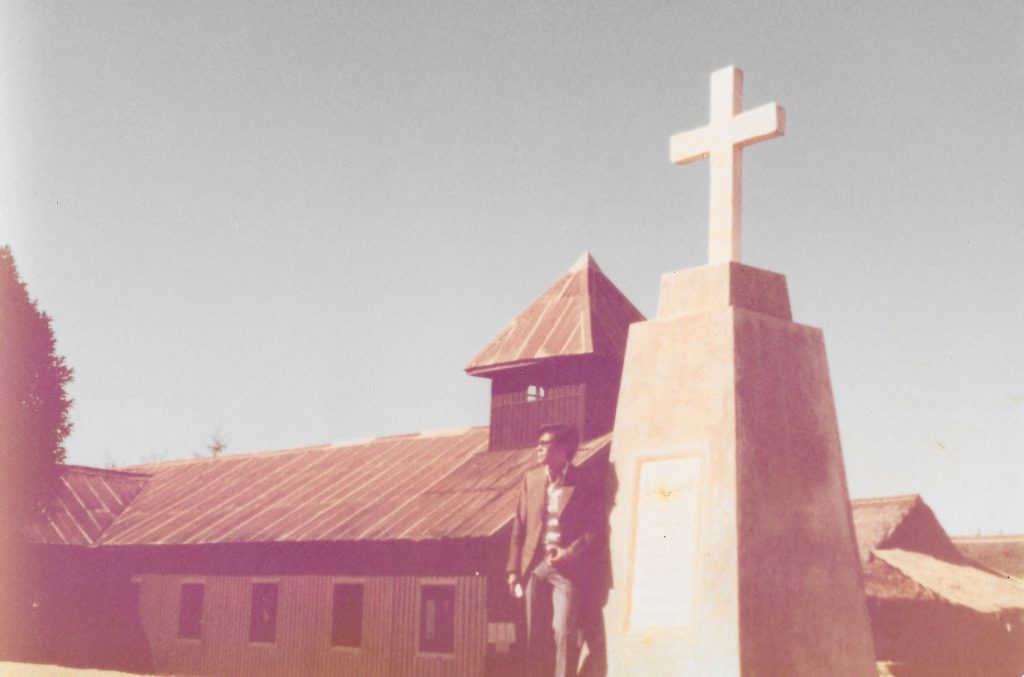
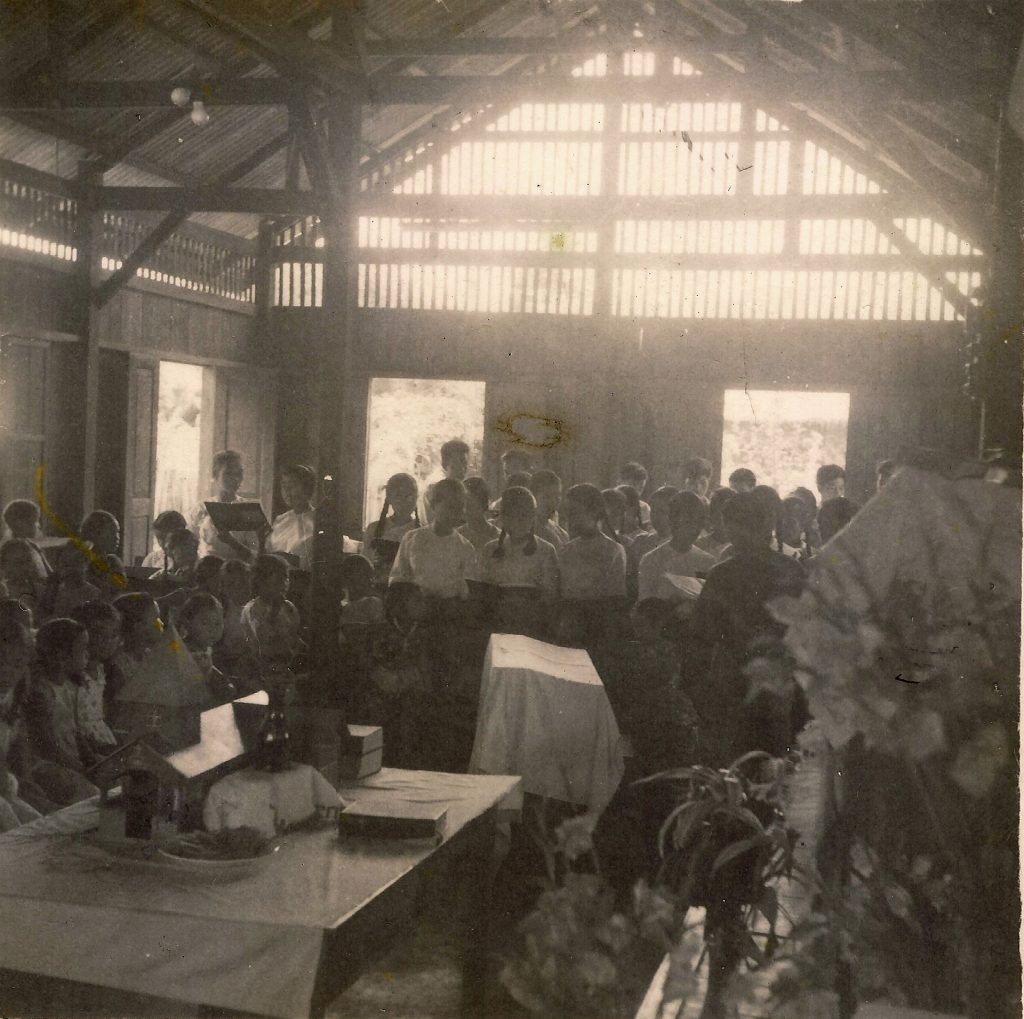
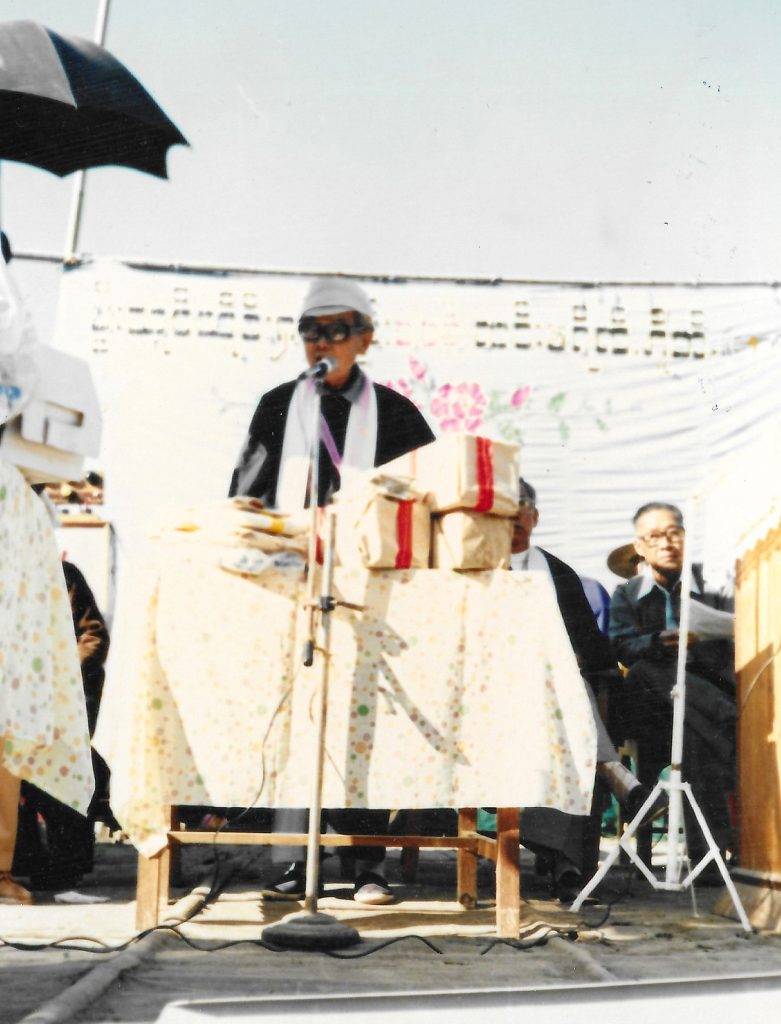
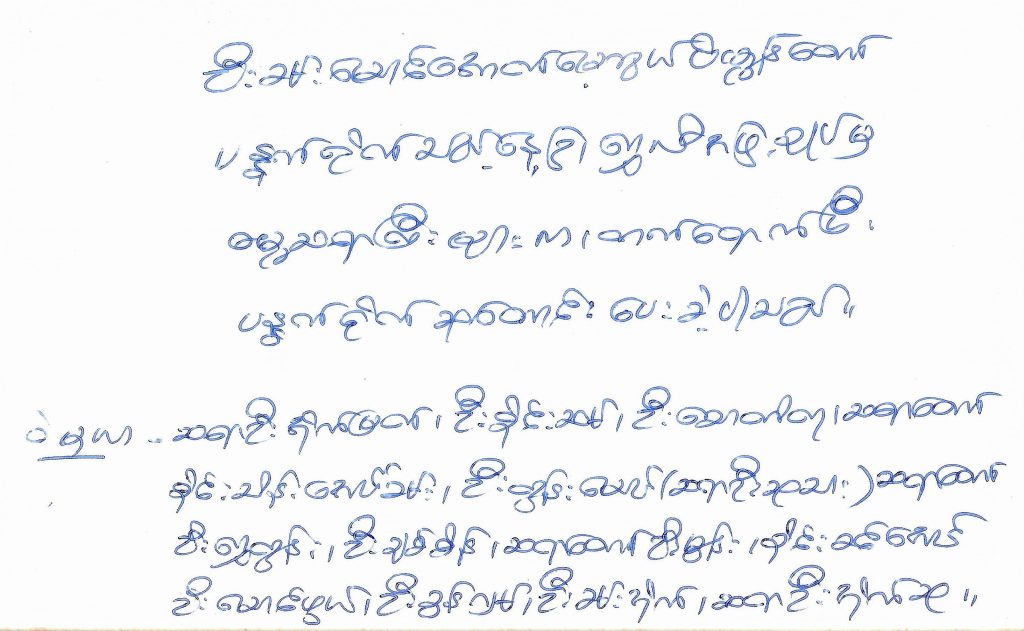
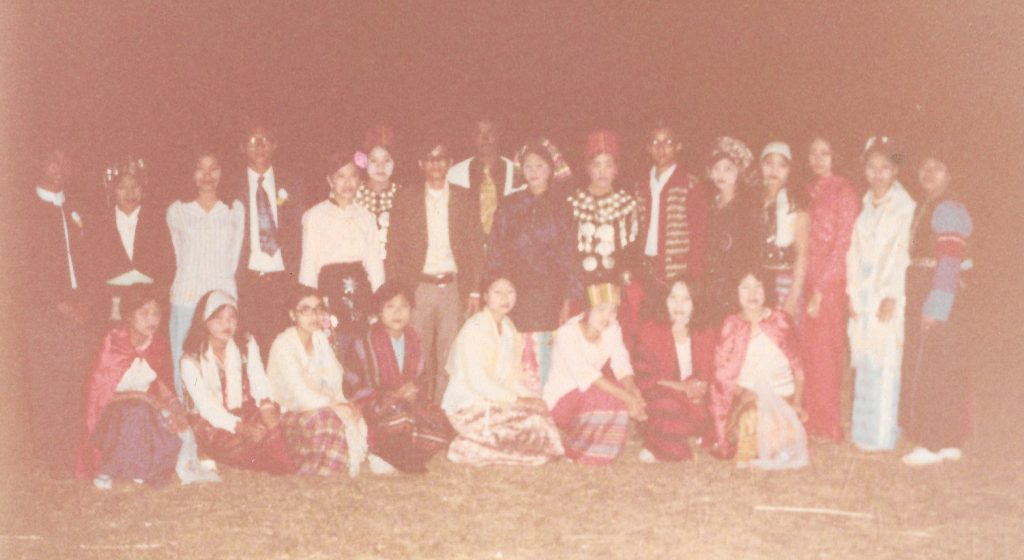
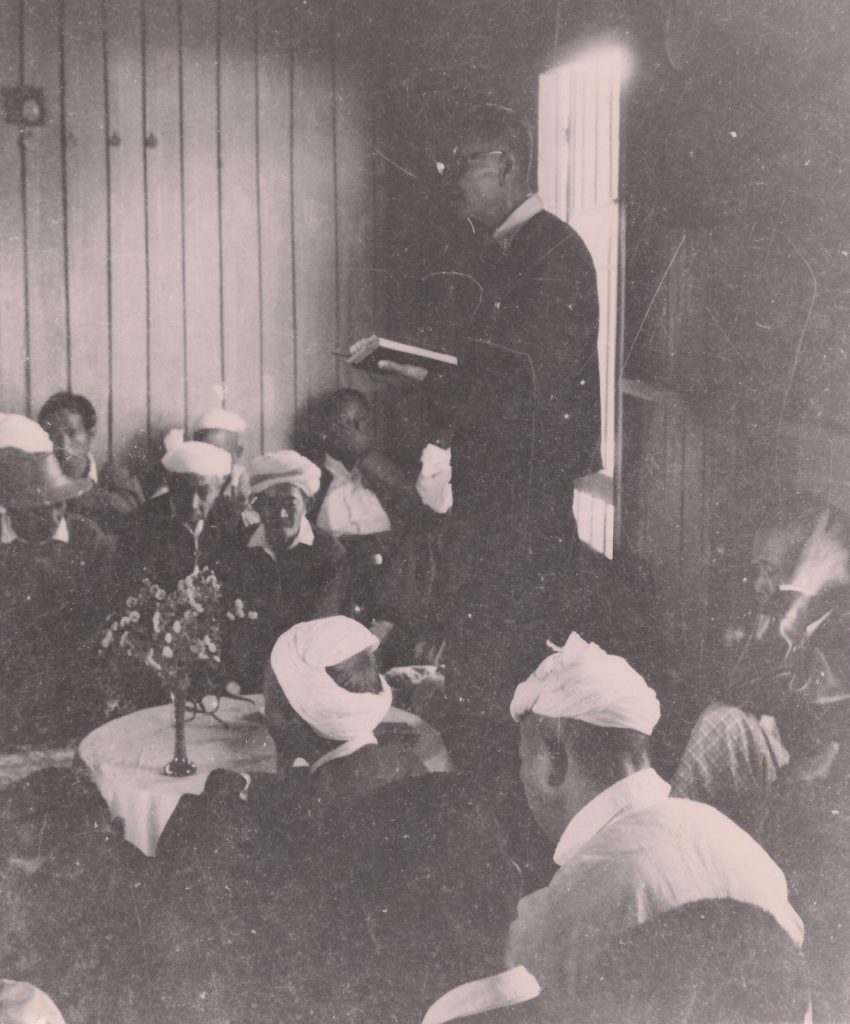
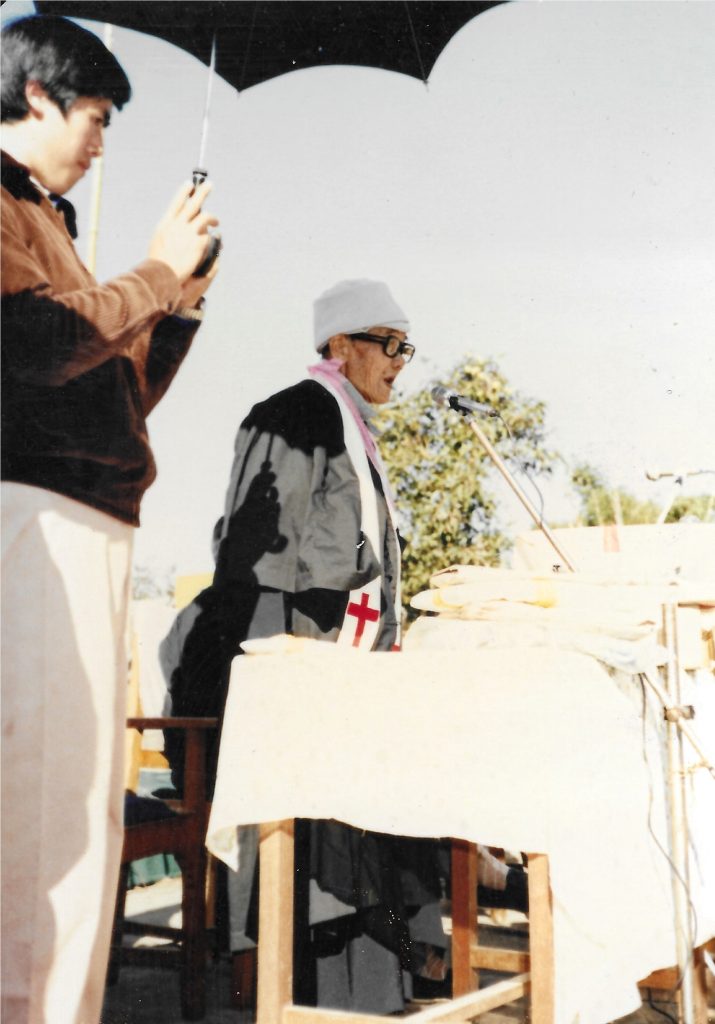
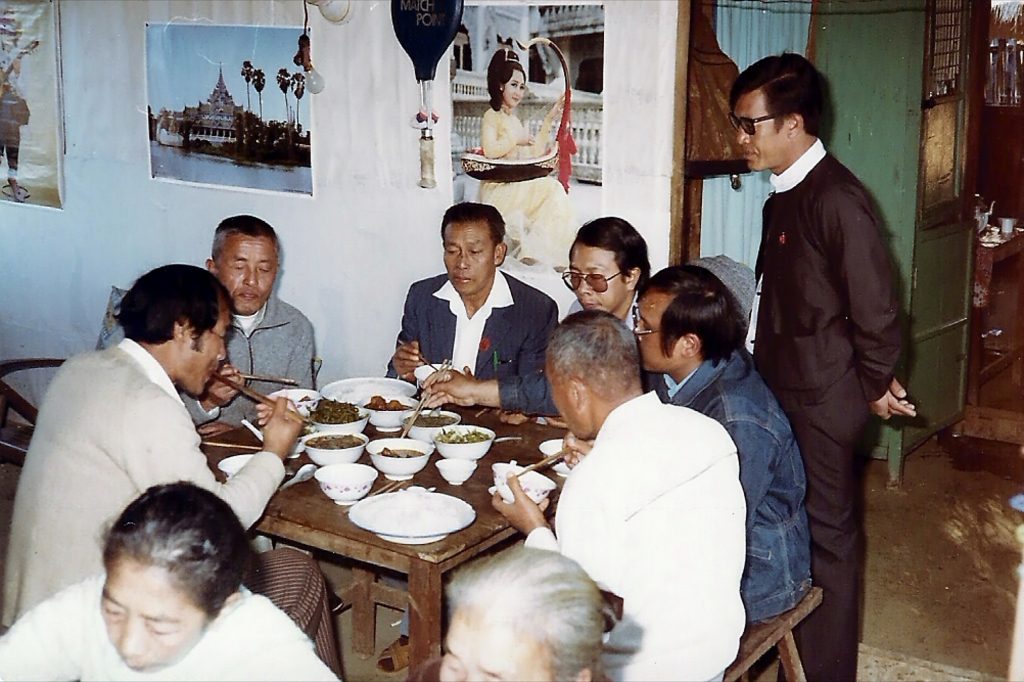

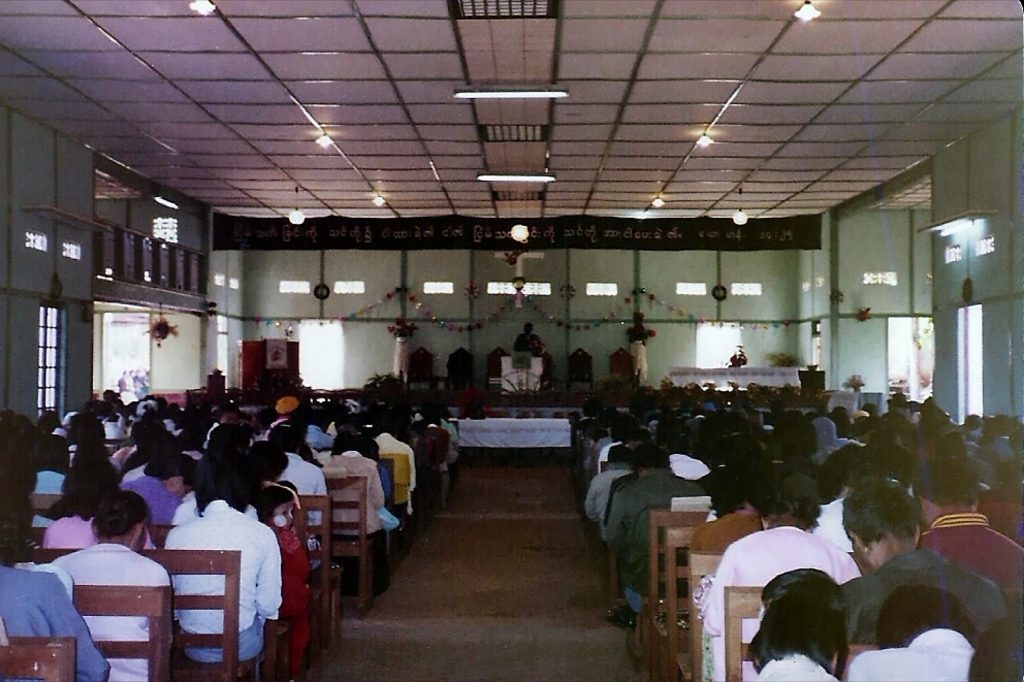
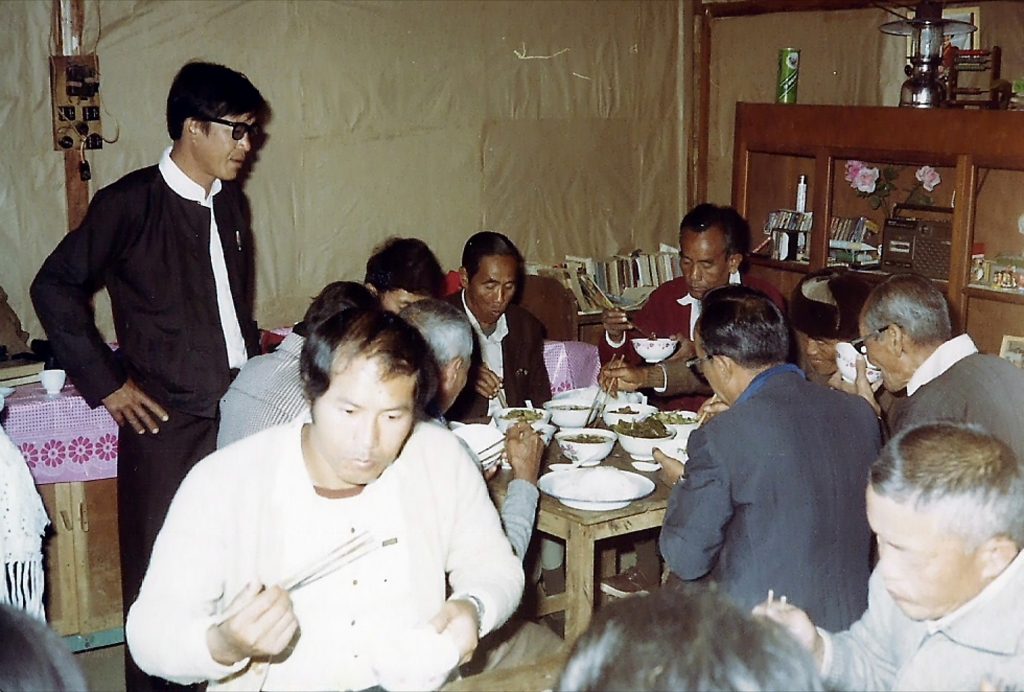
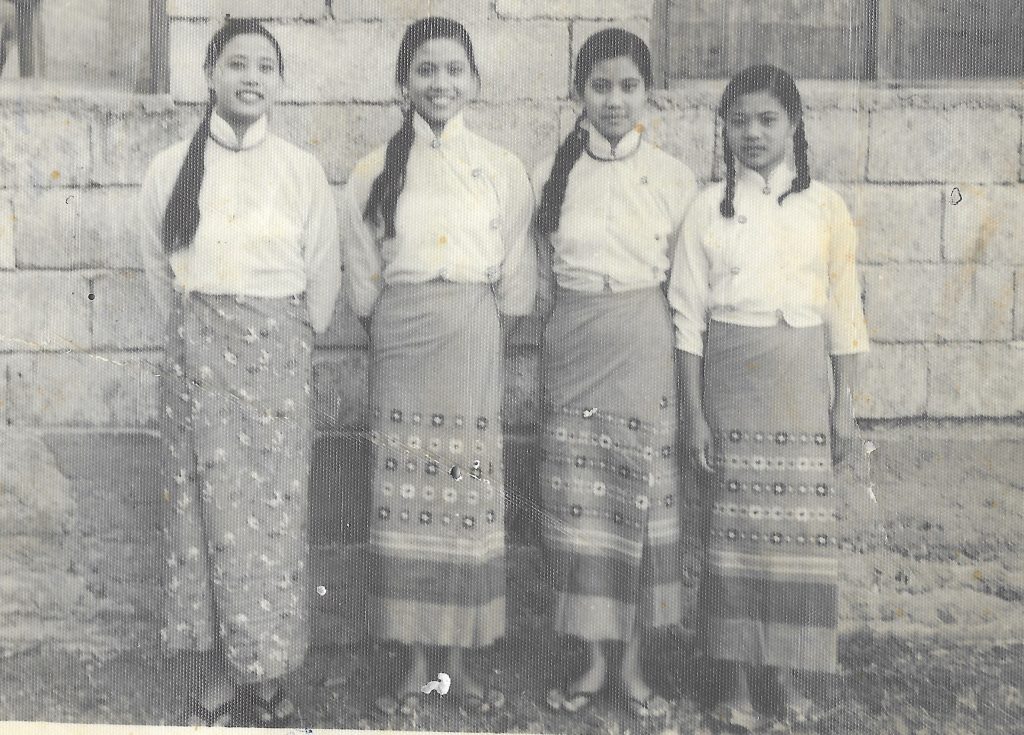
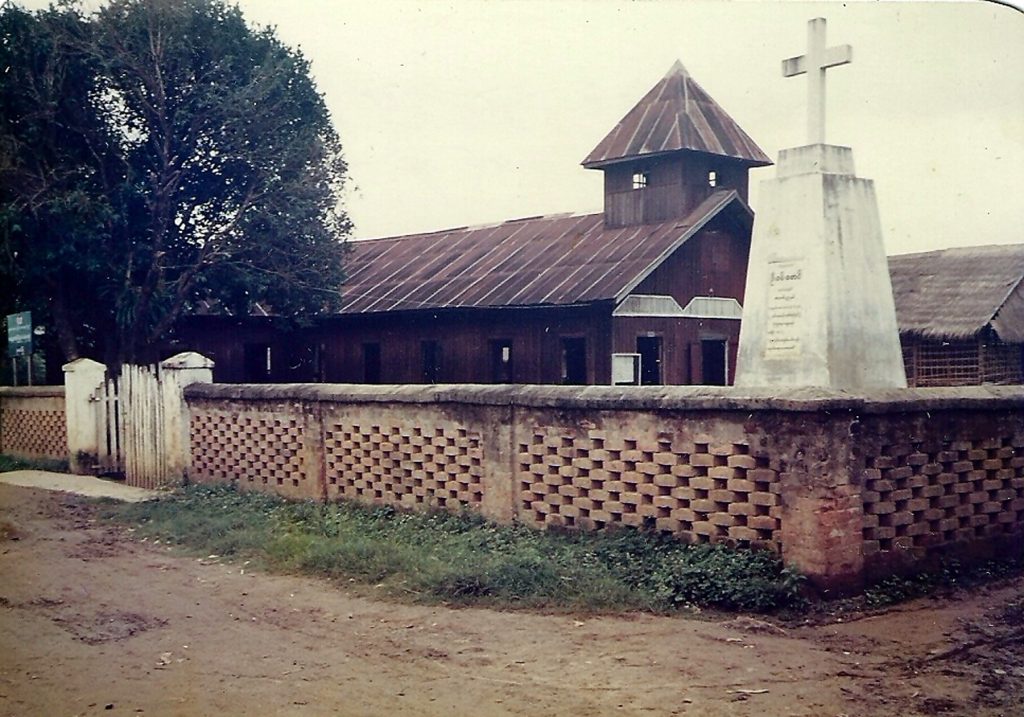
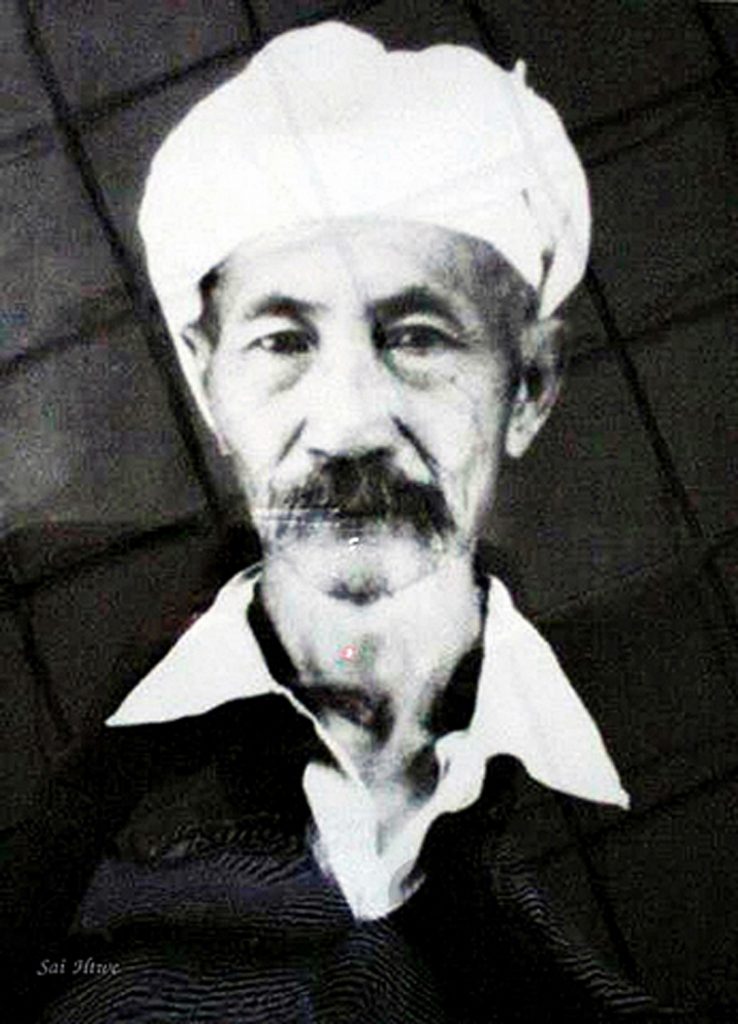
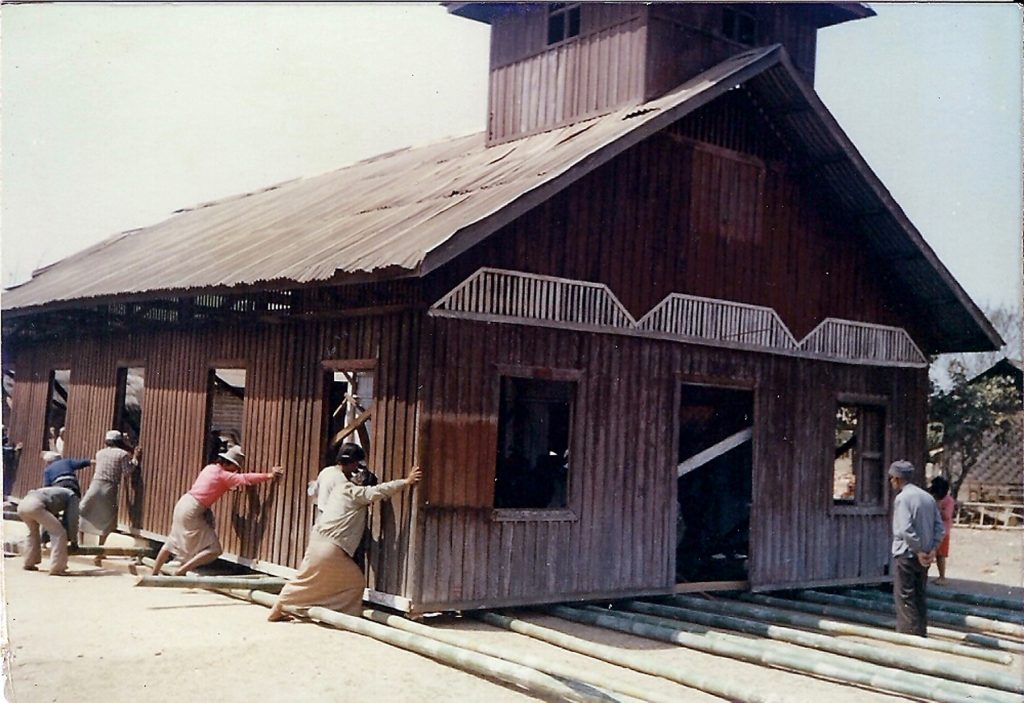
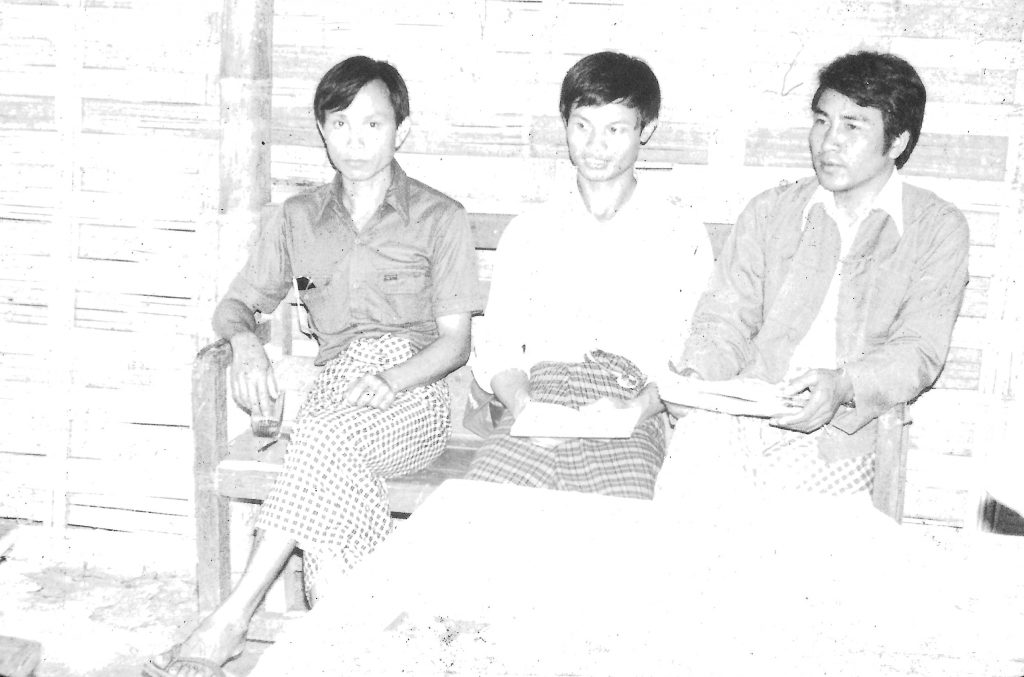

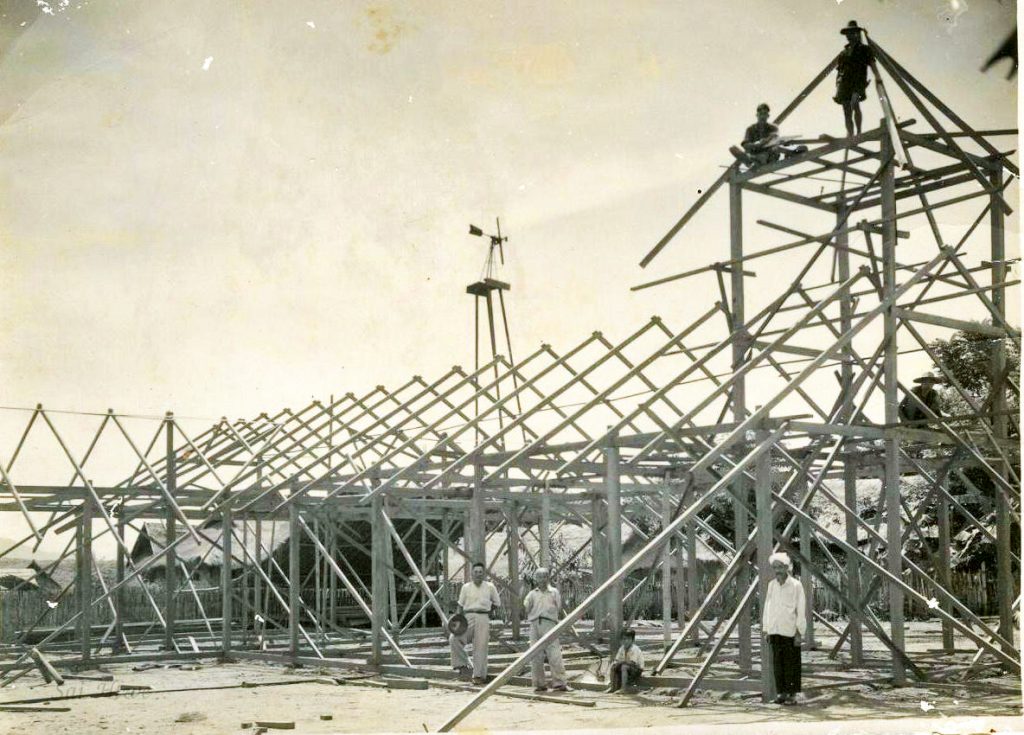
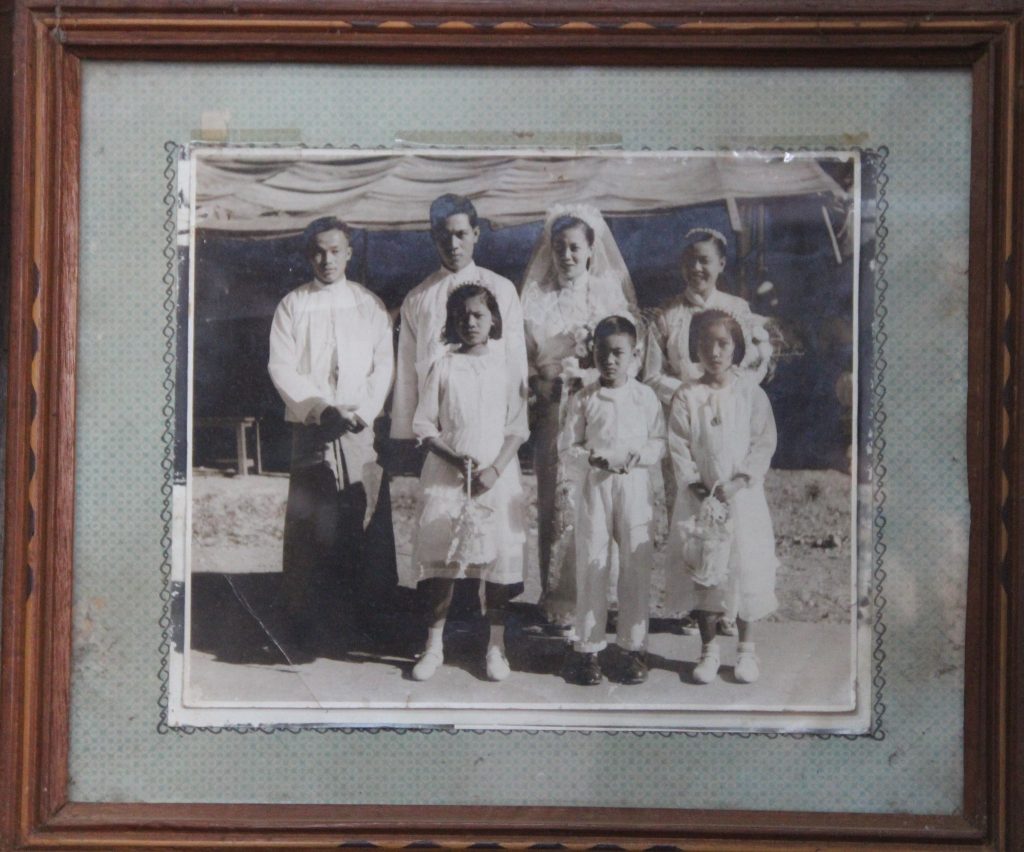
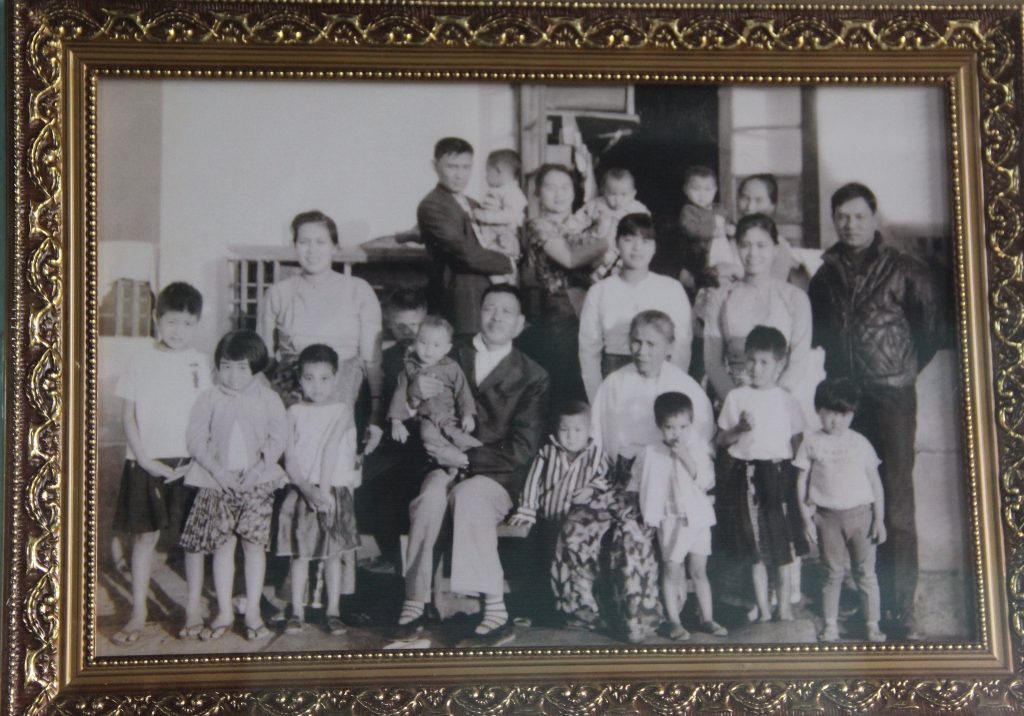
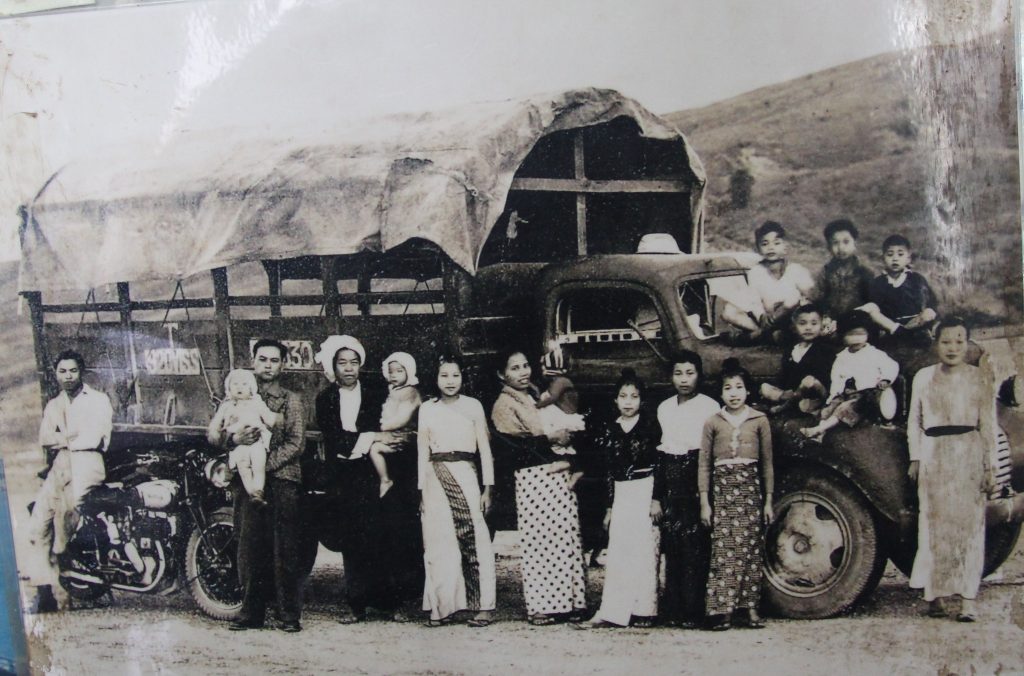

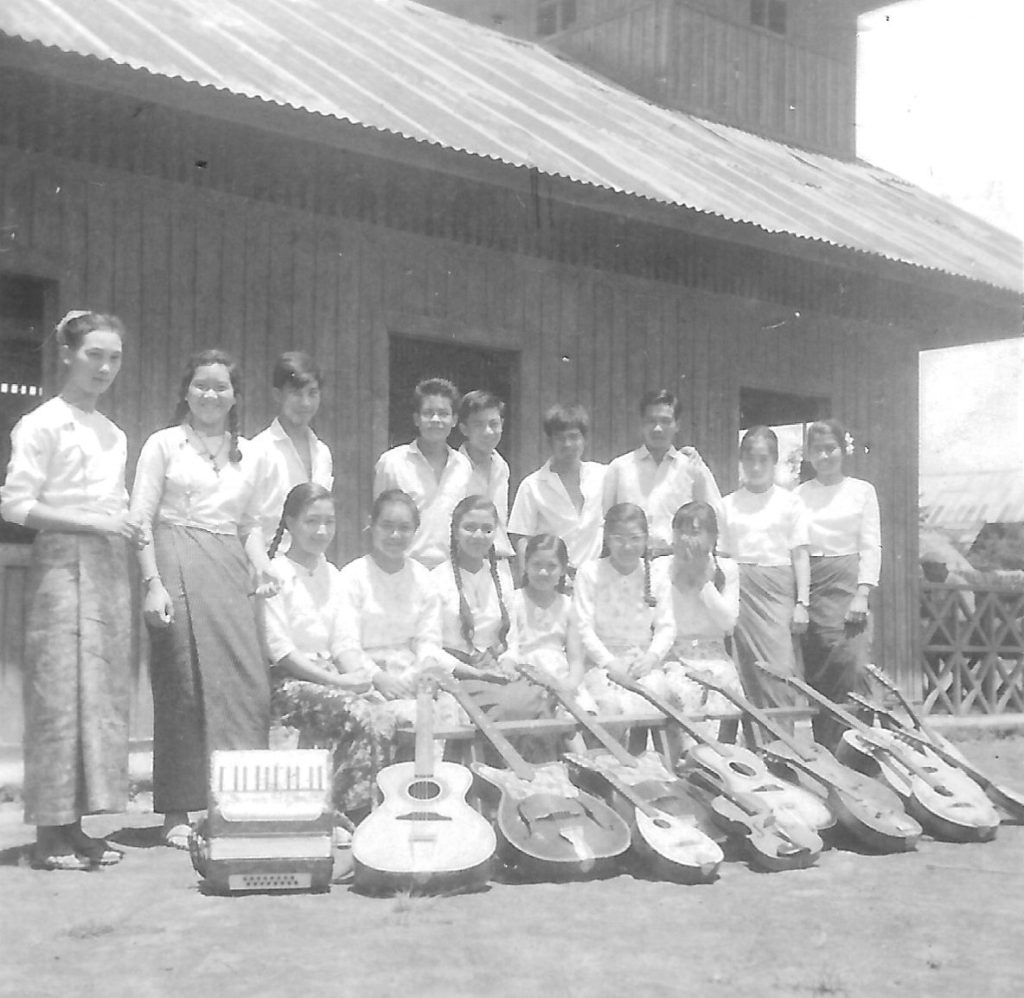
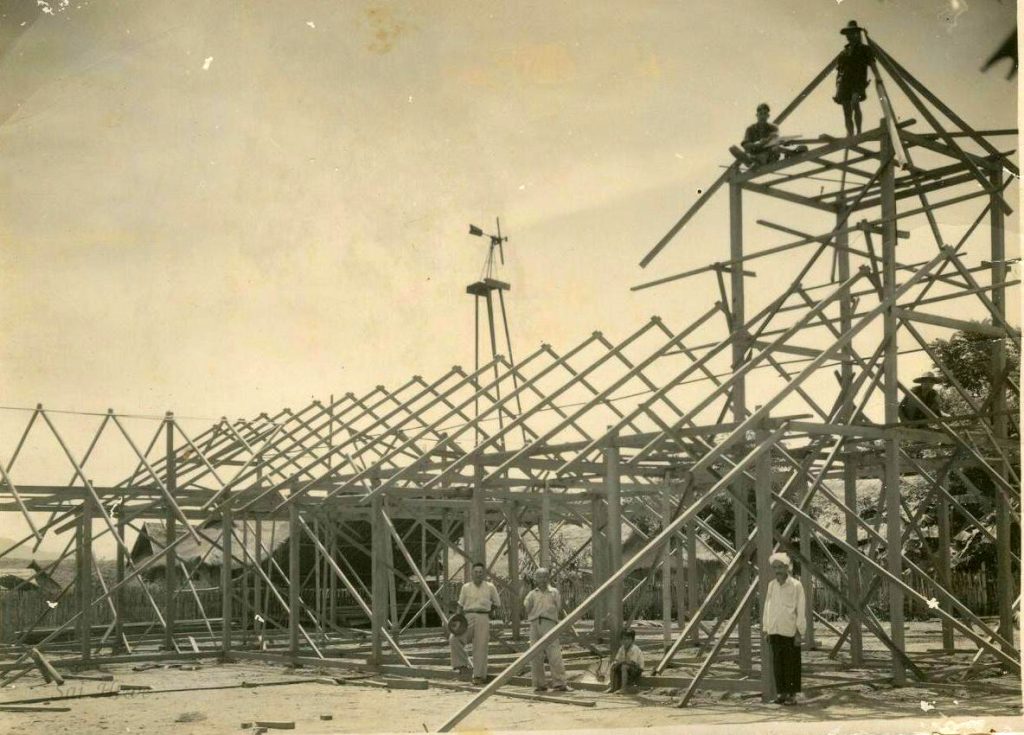
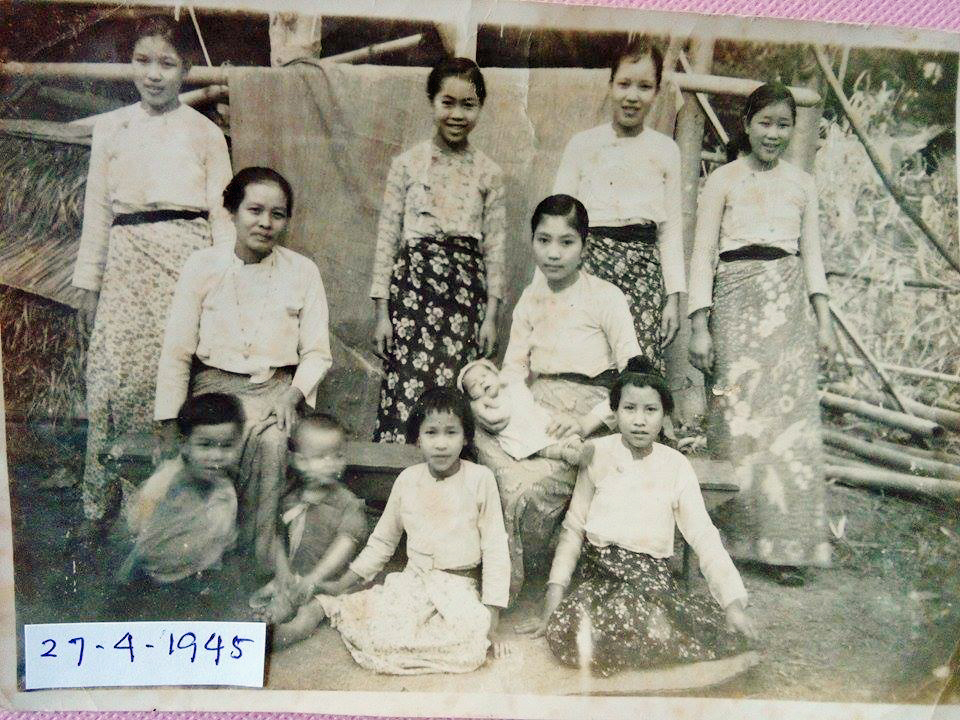
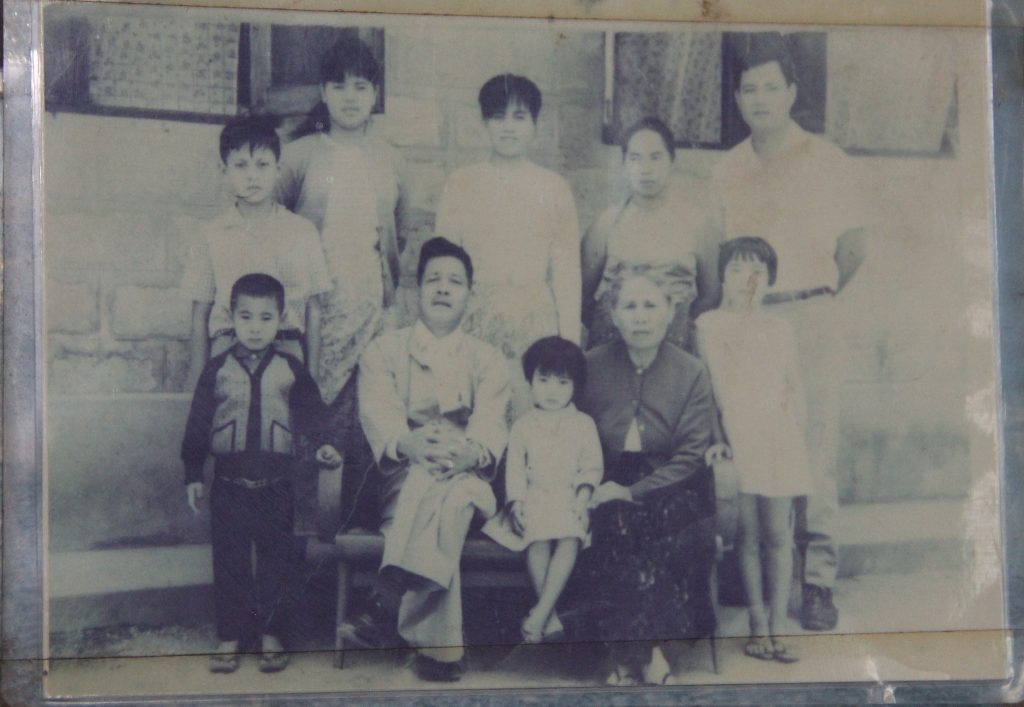

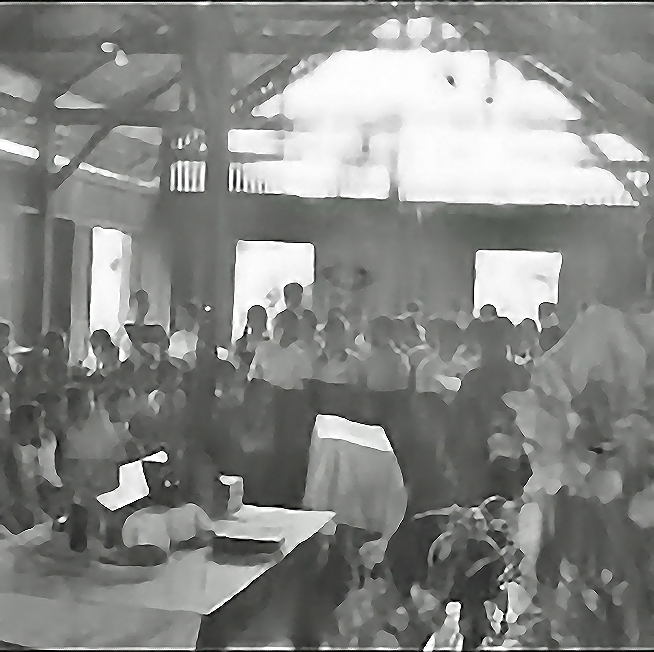
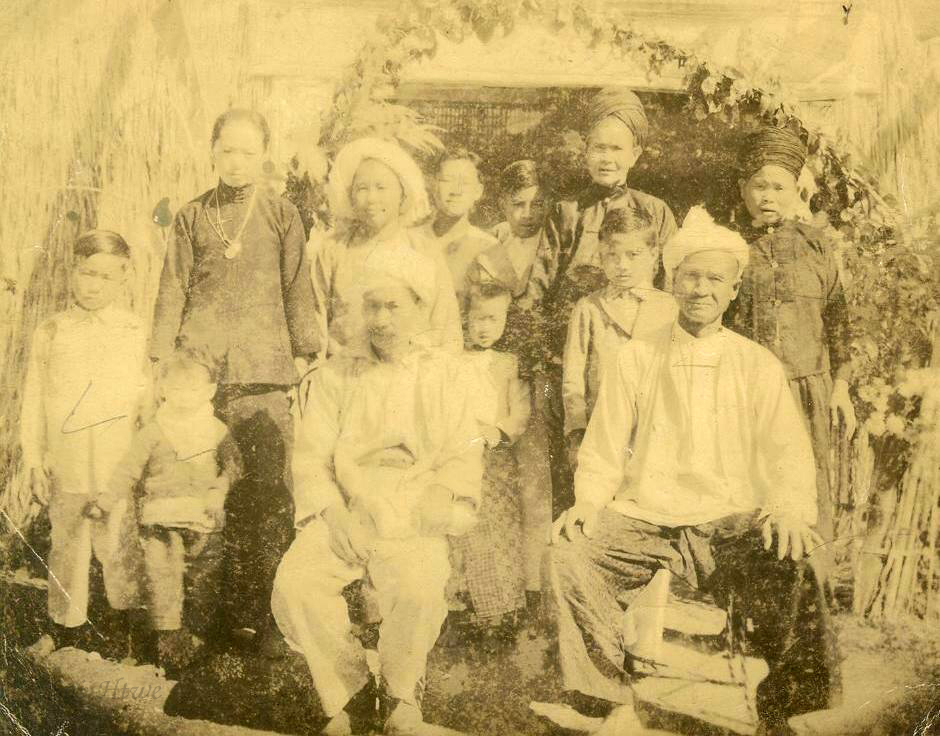
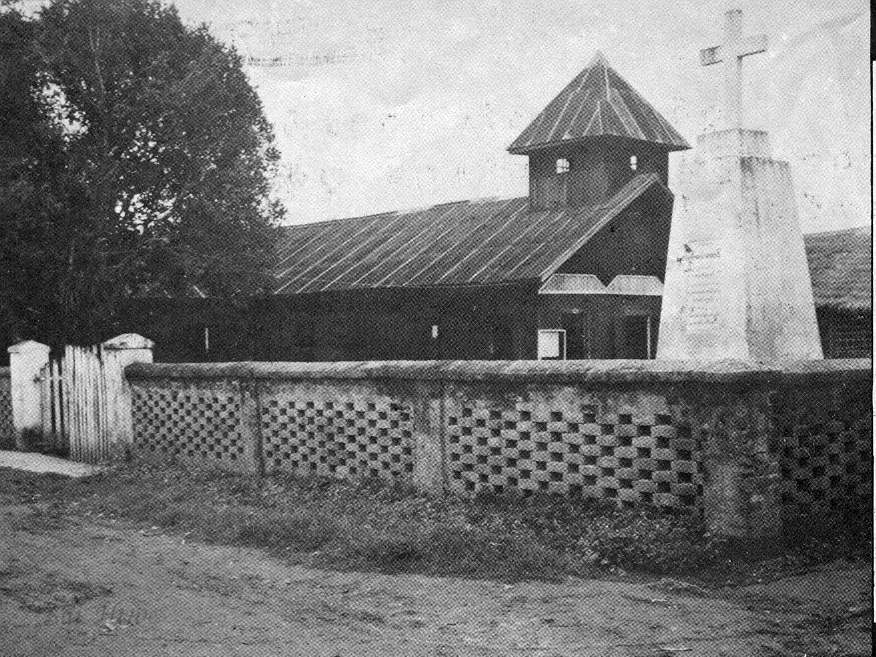
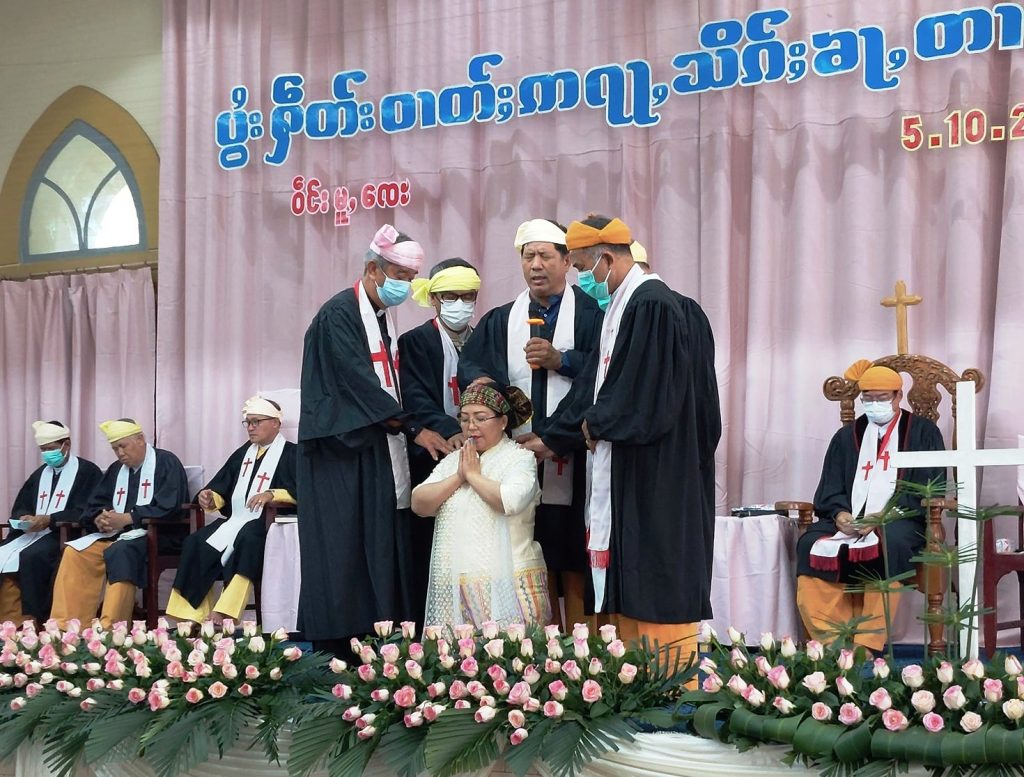
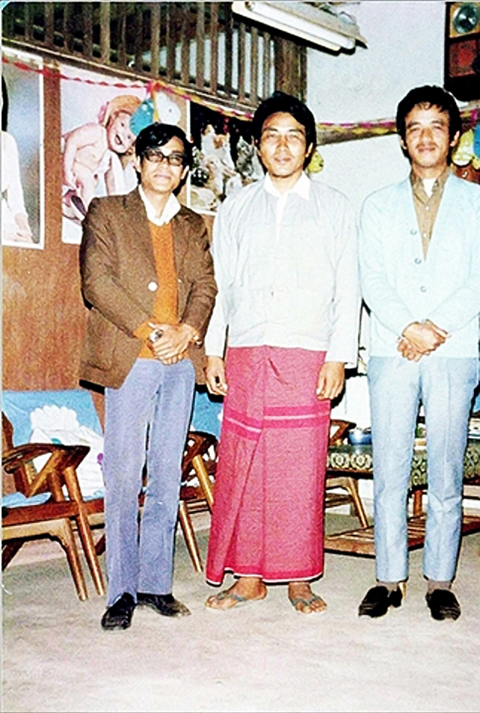
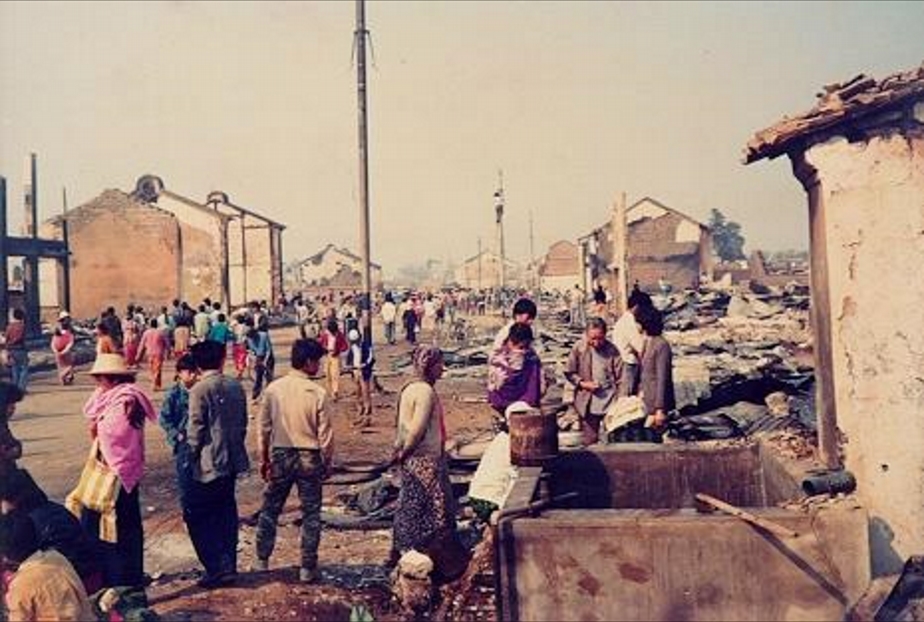
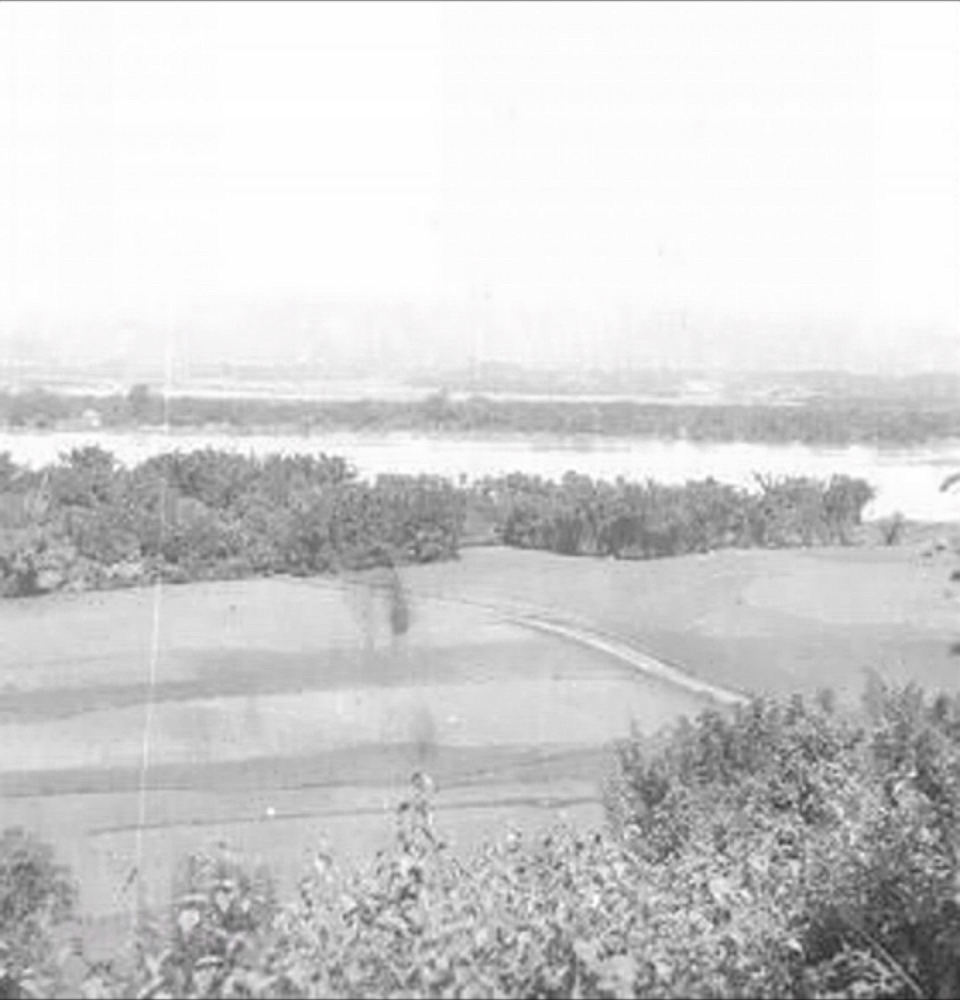
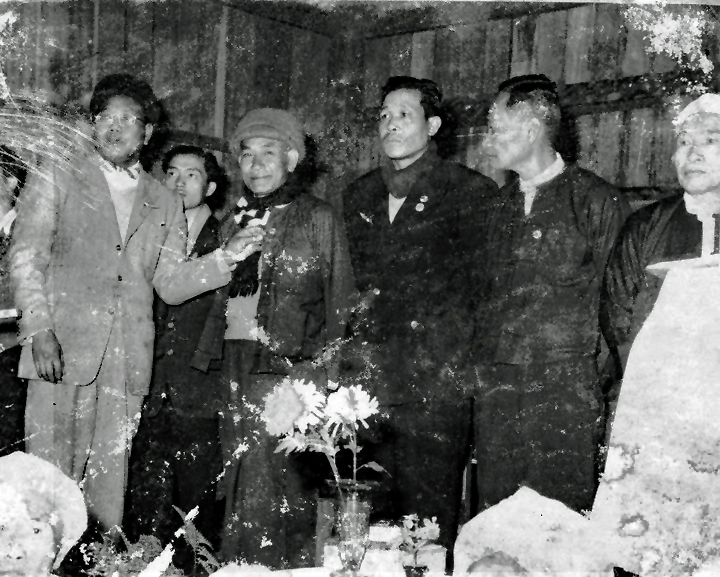
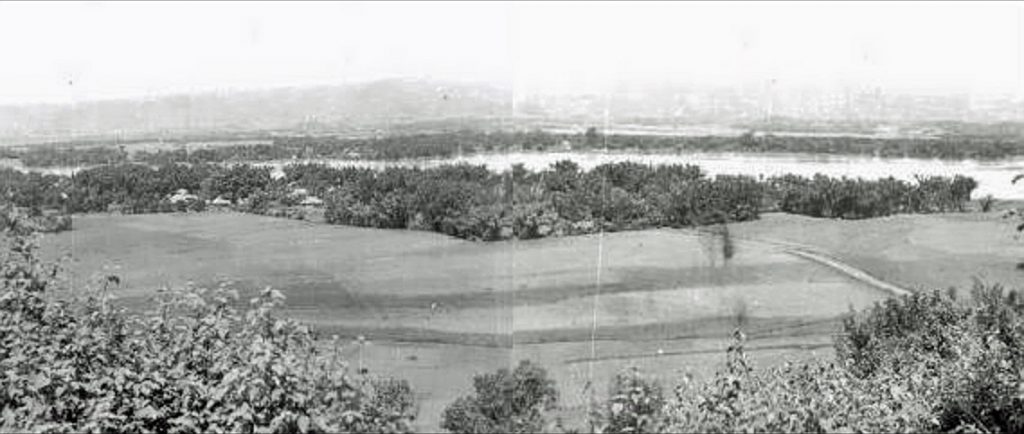
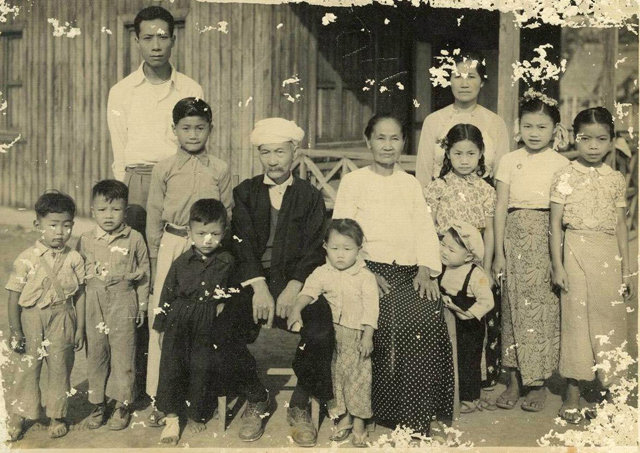
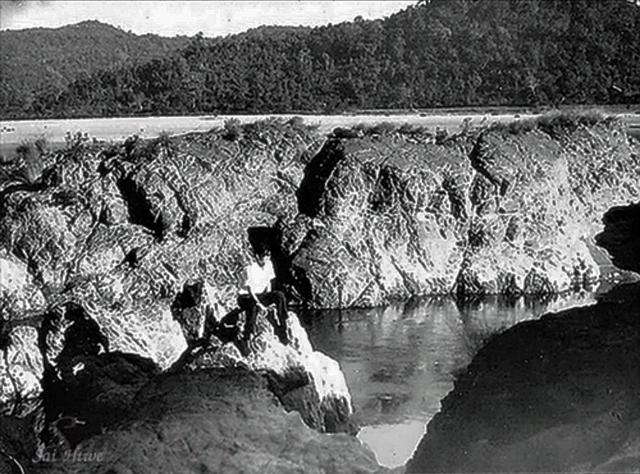
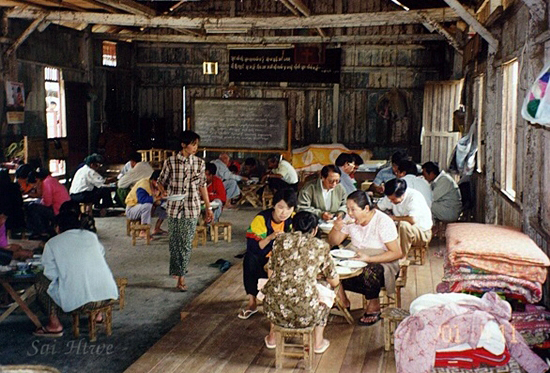
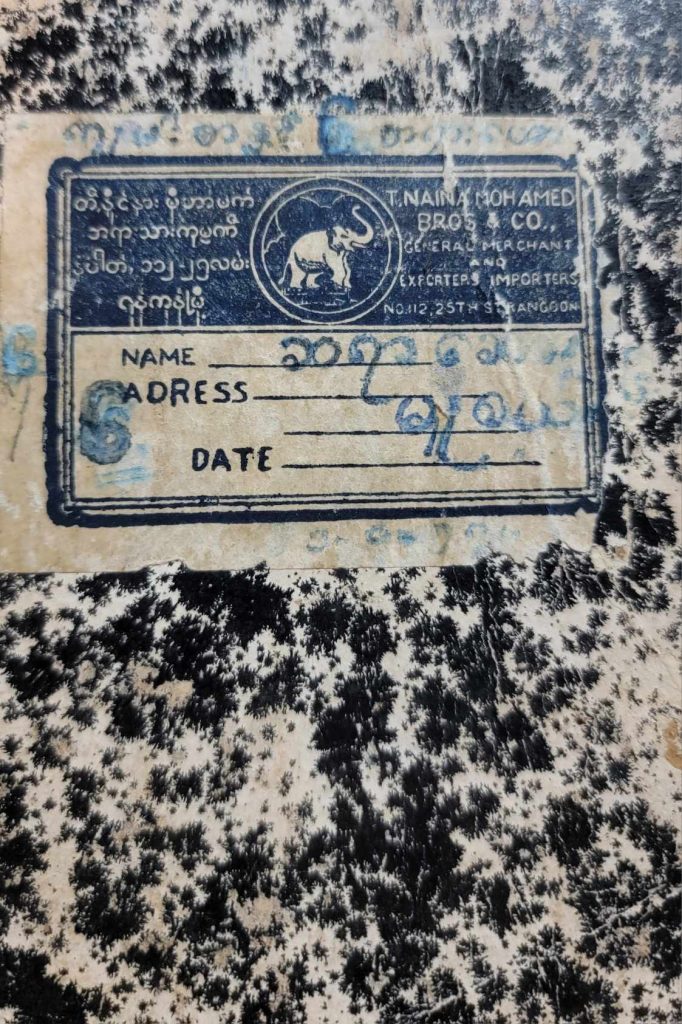
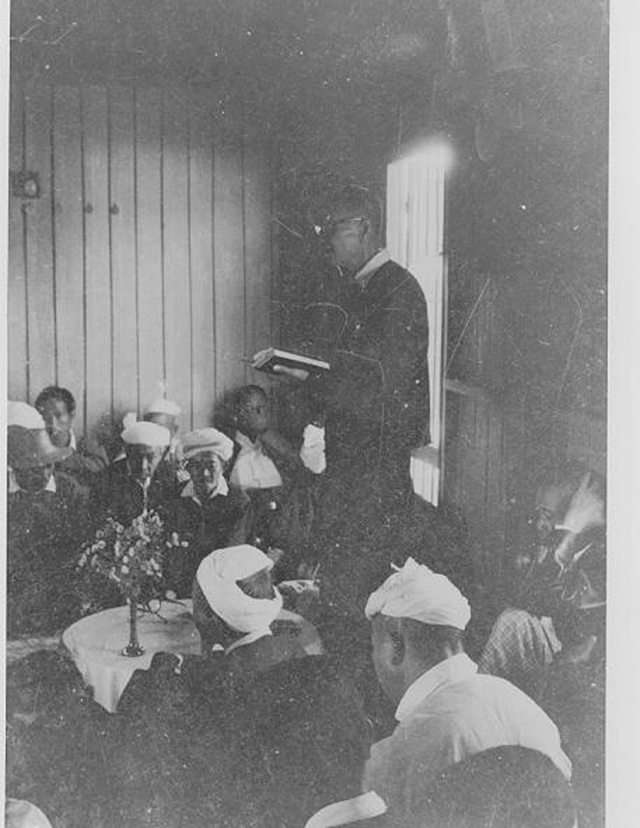
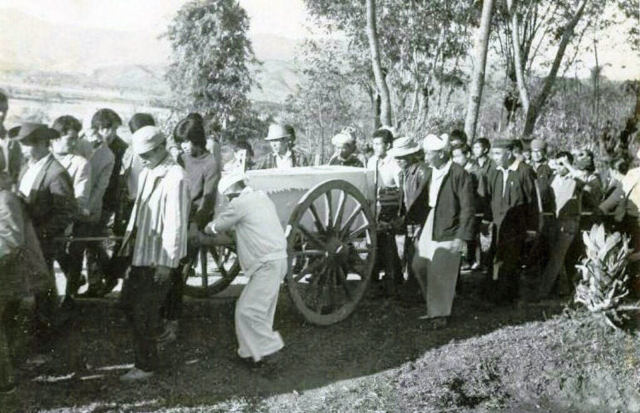
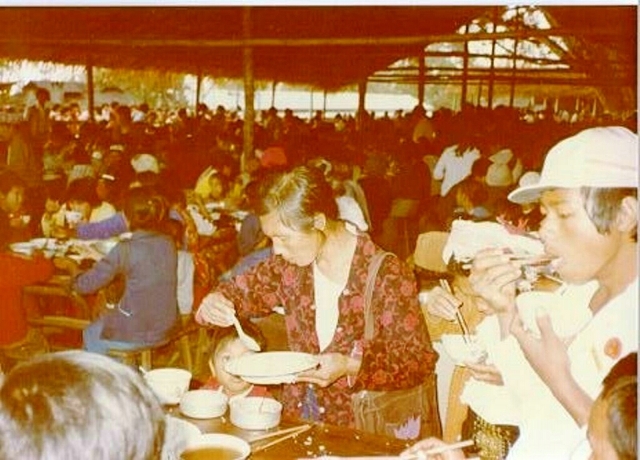
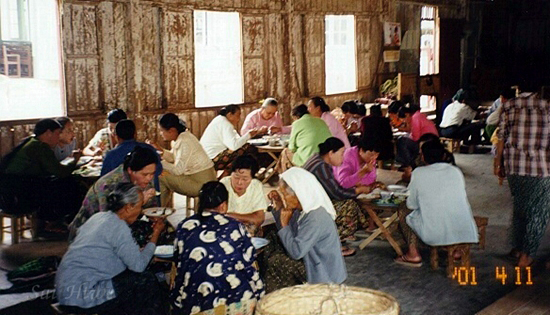
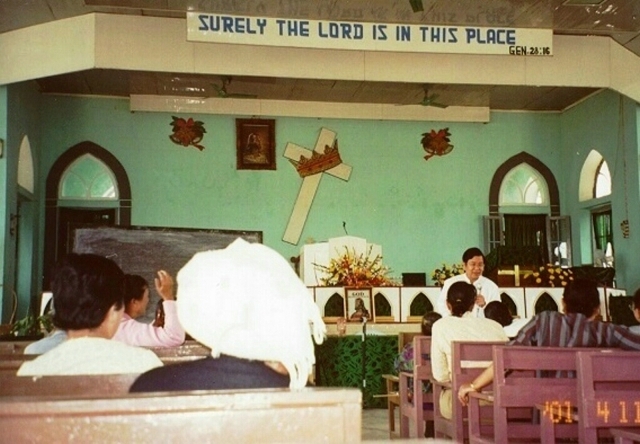
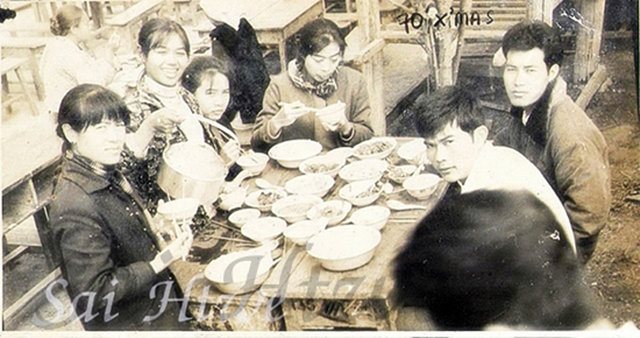
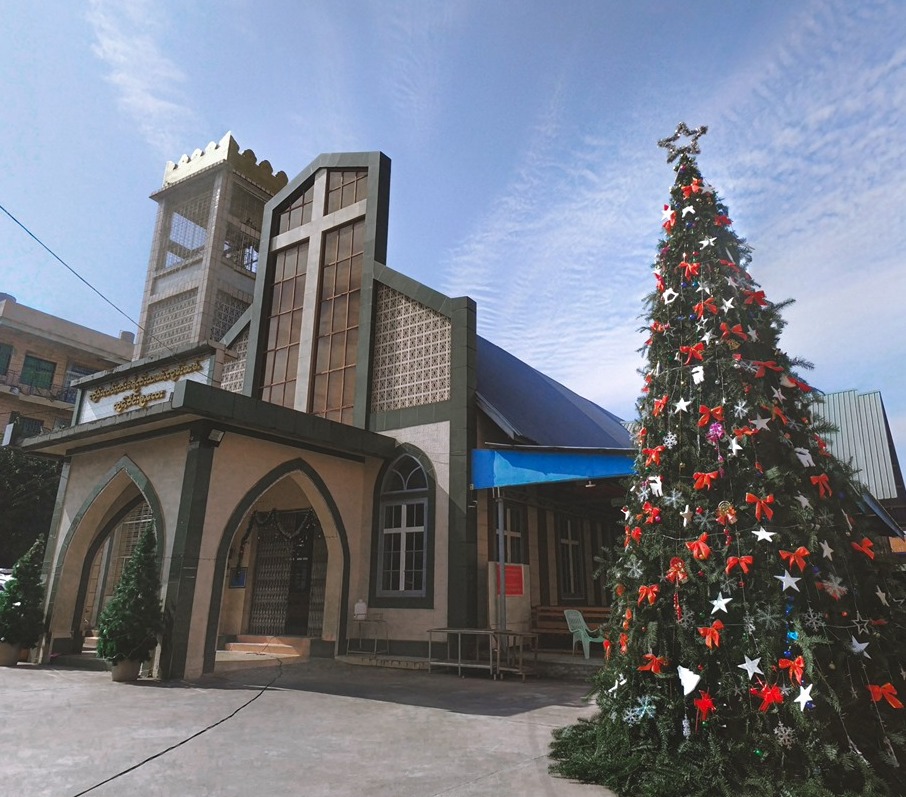

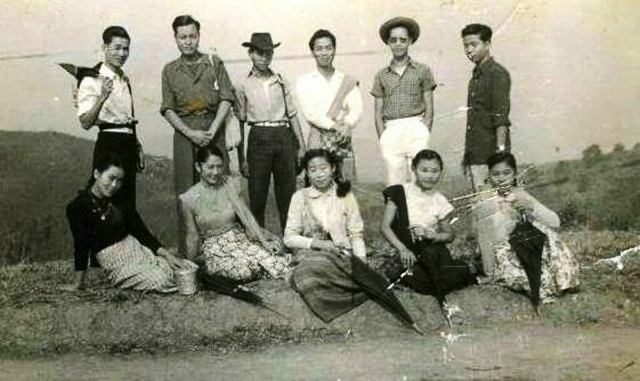


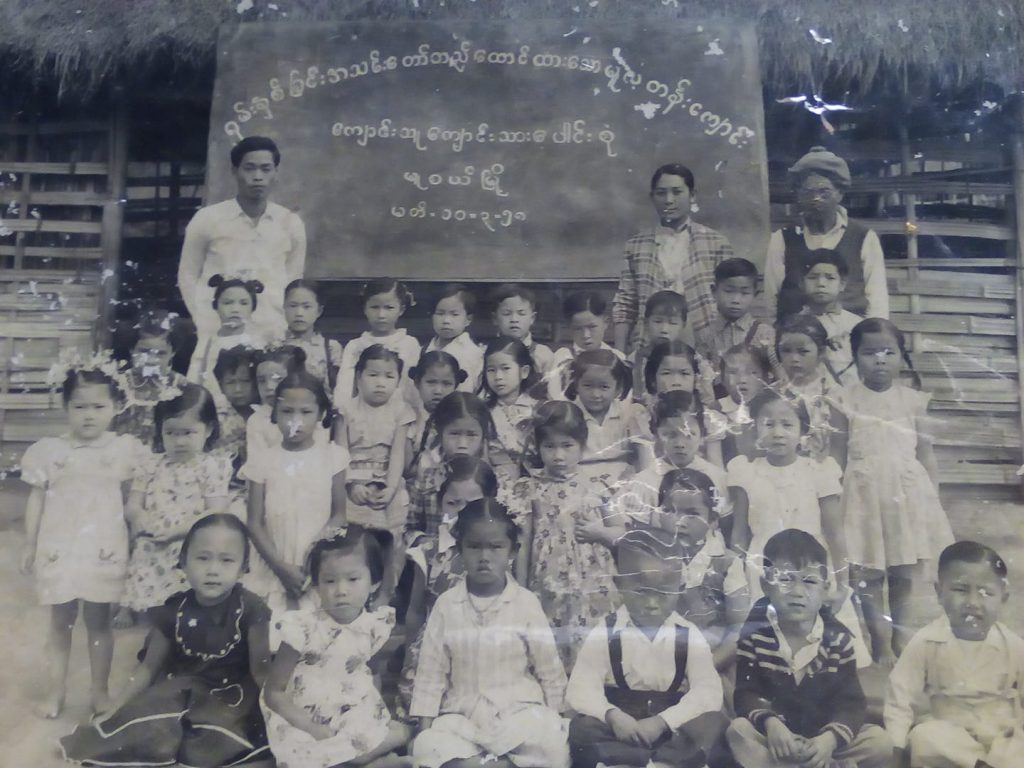
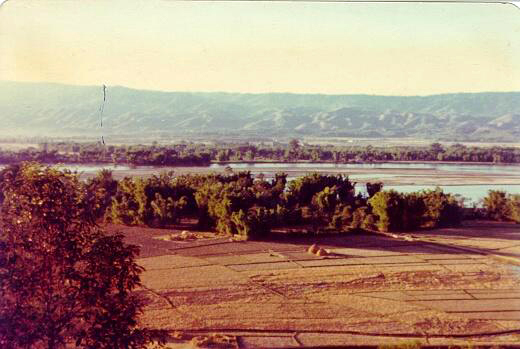
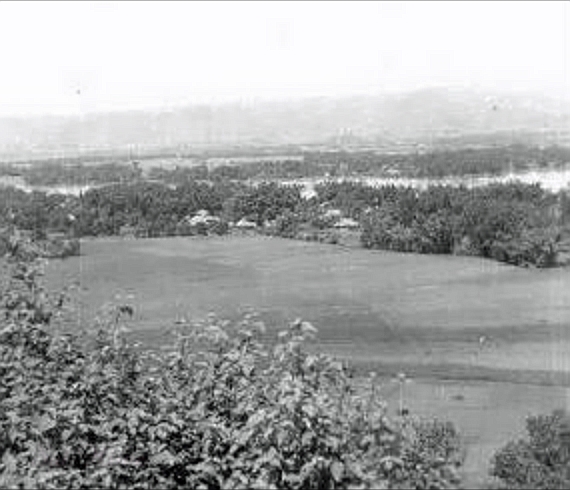
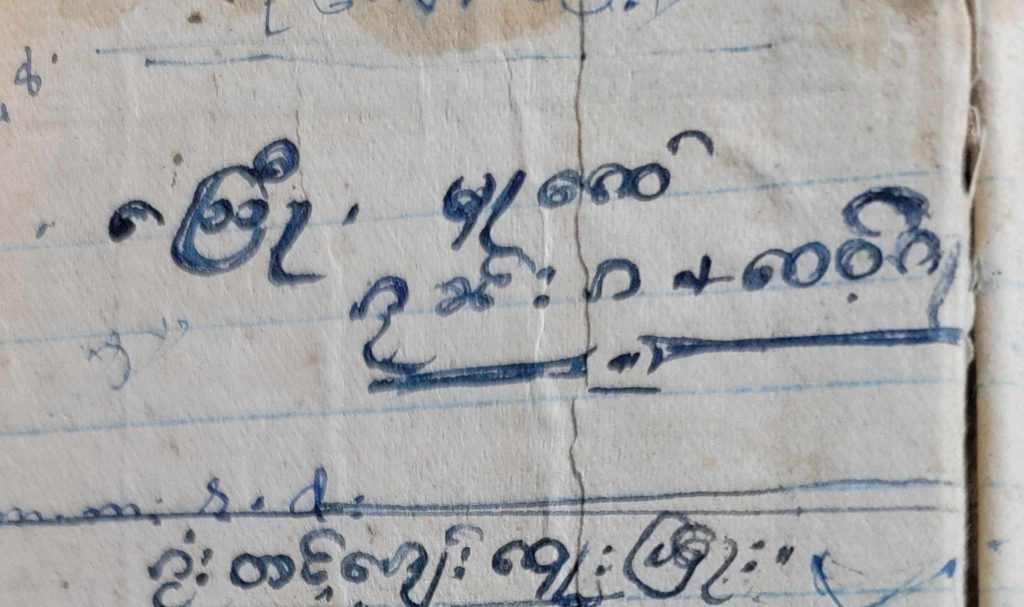
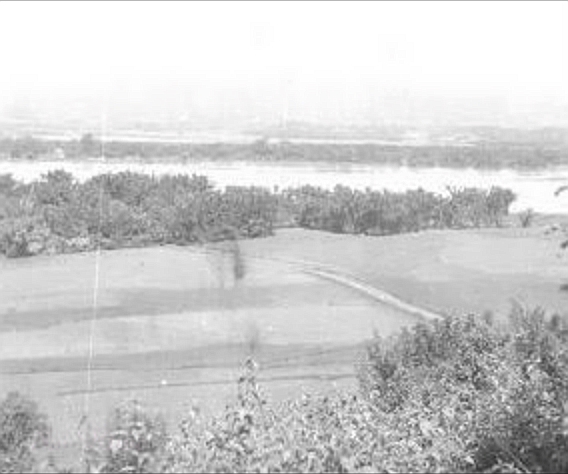
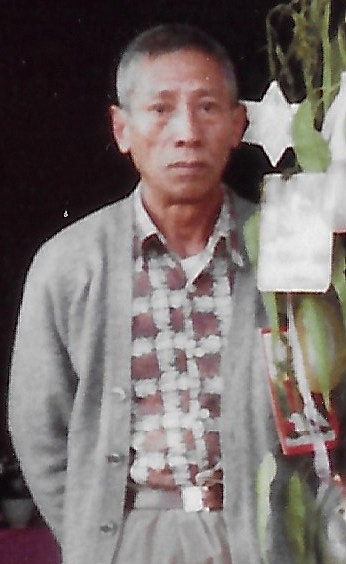
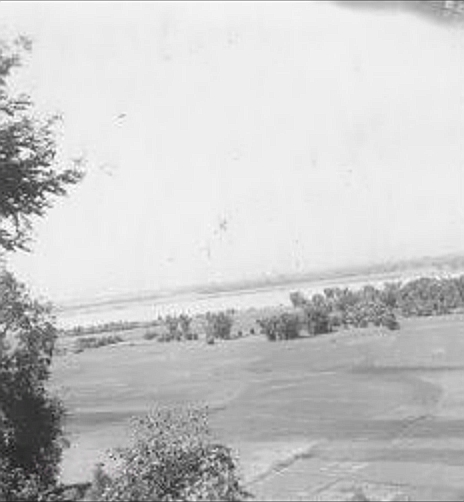
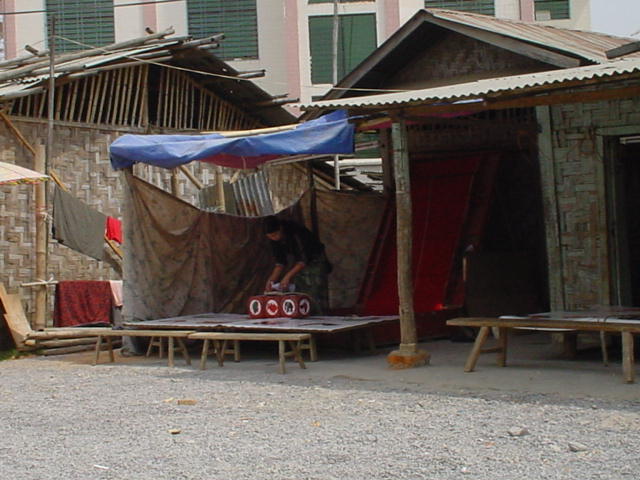
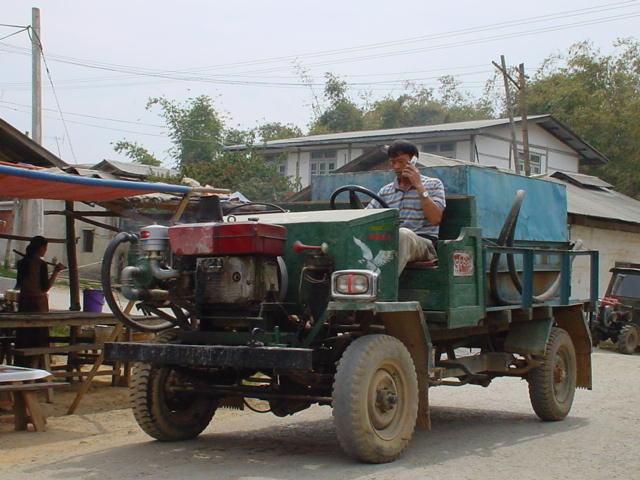
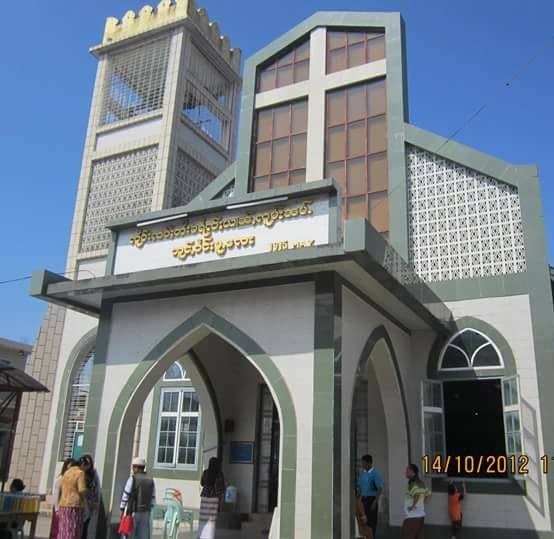
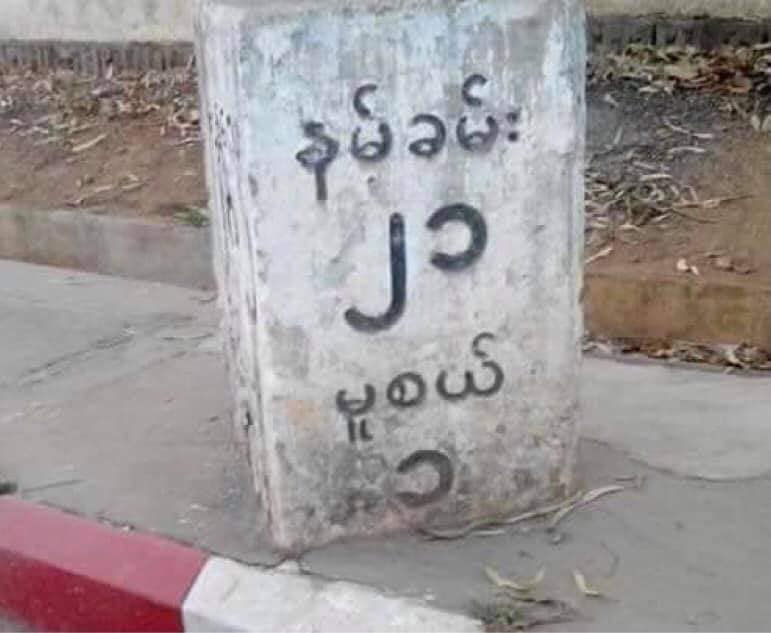
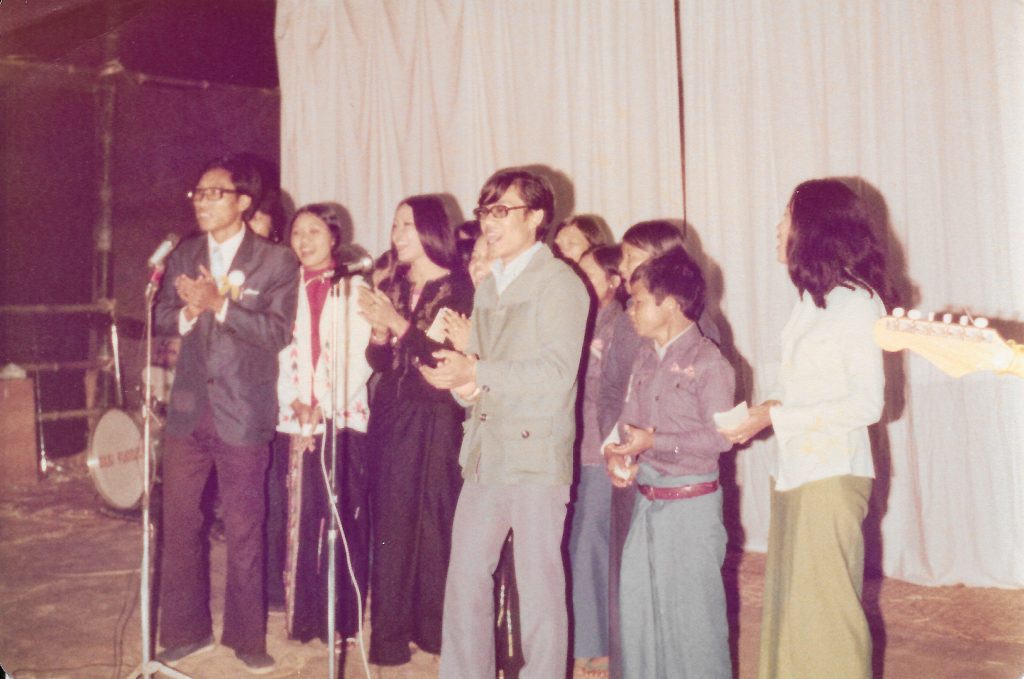
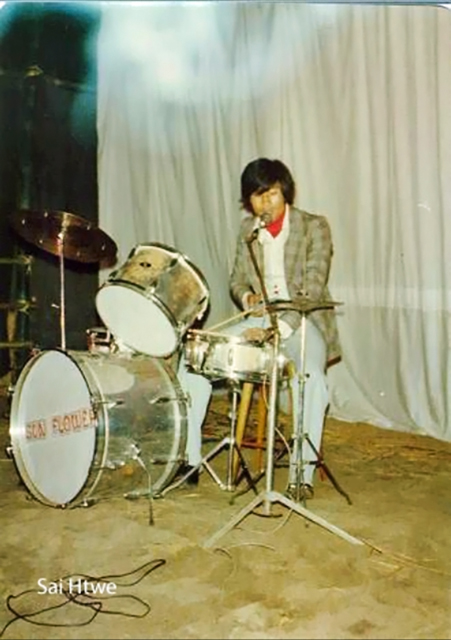
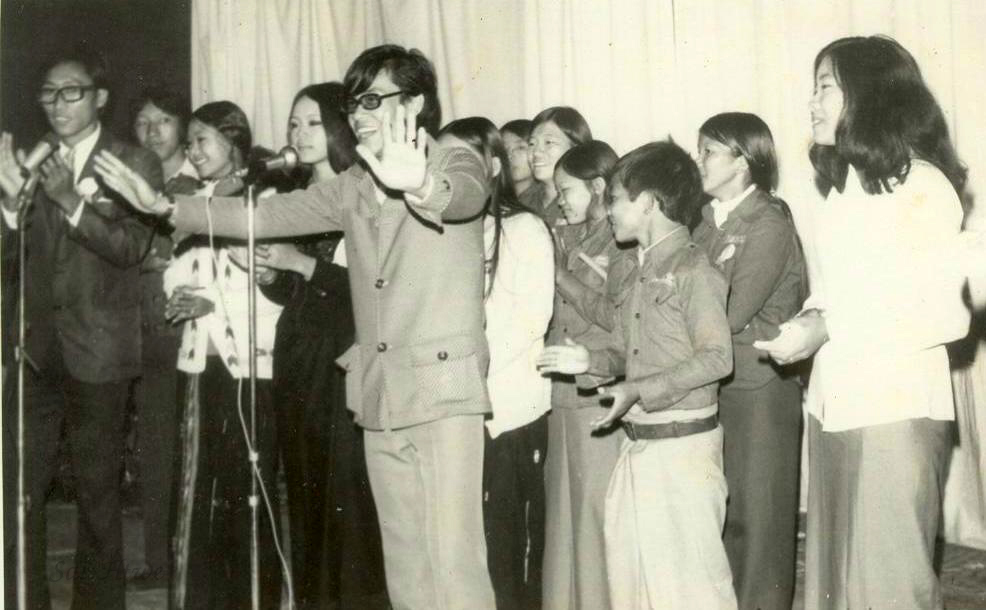
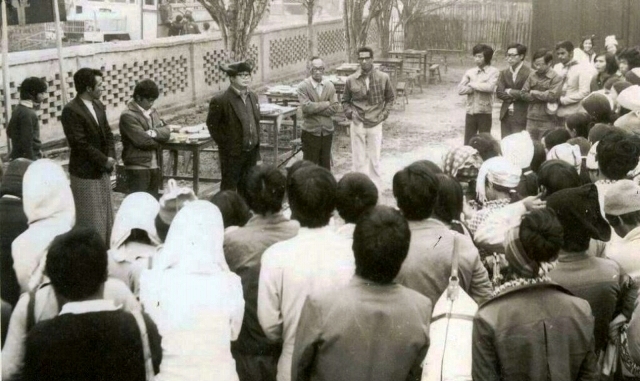
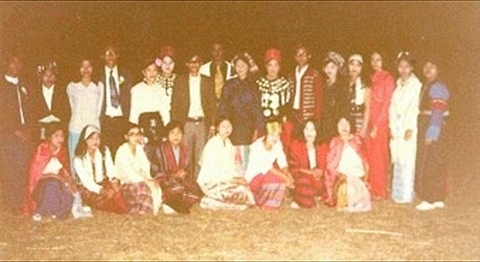
ShweLi Valley Shan Baptist Mission representatives attending Burma
Baptist Convention Annual General Meeting in Rangoon in 1962
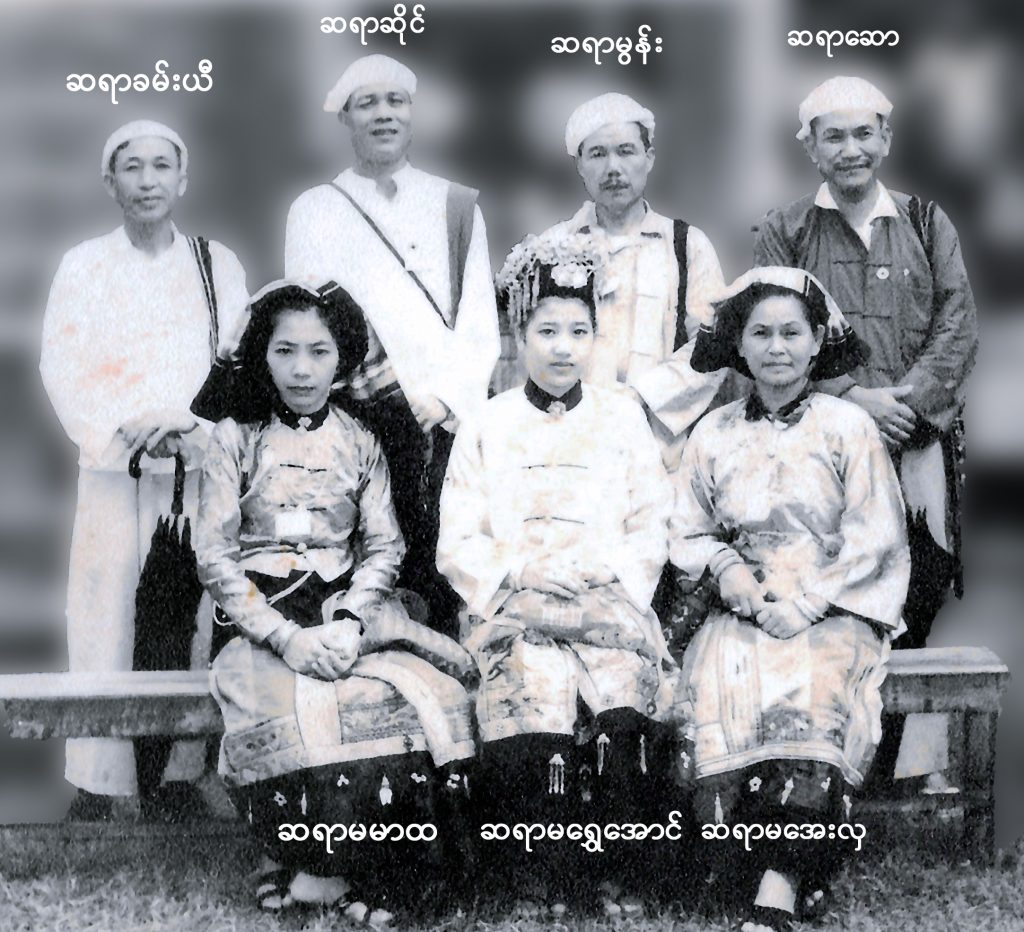
Rev. Kham Maung’s funeral procession in 1976

The graves of Dr. Grace Seagrave, Dr. Gordon Seagrave and his son



The Fourth Mission Field, KengTung (1901)
(31 years to establish a mission field)
KengTung was the capital city of Eastern Shan State, and the KengTung Royal Government (a monarchy) was strong and open-minded enough to allow other religions to be established within the territory. The chief of Shan territory was SaoPha. He has all the power and authority over the people and territory. An official census made in 1900 revealed that the population of the city was 10,257, with a total of 40,000 for the city and adjoining villages. The entire district numbered about 190,000 people. The native people, the Hkun, are like the Shan and the people of Siam, a branch of the great Tai people. Their language is freely allied with the Shan of Burma, which indeed is giving promise of freely supplanting it. All Shan SaoPha were Buddhists. Without their permission or approval, it was not easy, if not impossible, for a foreign missionary to do missionary work in their territories. The SaoPha of KengTung was very exceptionally open-minded enough to allow foreign missionaries to do the work in KengTung.
Rev. & Mrs. Cushing first visited Kengtung in January 1870. They were warmly welcomed by KengTung SaoPha. Rev. & Mrs. Cushing traveled 52 days, not by car but by horse, elephant, ox-cart, and on foot, from MuongNai to KengTung. A comfortable house was furnished for their residence during their stay in KengTung, and every evening, except Sunday evening, an entertainment (Shan Peacock dance) was given to Rev. & Mrs. Cushing. In some of those entertainments, the manners and customs of the Kah-Kwees (Lahu Shi), Kah-kaus, Moo-seur, Le-Wa, and other tribes occupying the mountains were sent forth by representatives of the races summoned by SaoPha for the purpose. Rev. & Mrs. Cushing were the first foreign missionaries to be in Kengtung, the Eastern Shan territory. They preached good news in the bazaar, sang Christian songs, and distributed gospel tracts to the people. Interestingly enough, to ask what kind of song they sang? We don’t know whether they sang a song in Shan or English. If they sang in English no nobody would understand. Most likely, they might have sung songs in Shan that they had translated. They also distributed gospel tracts written in Shan, which Cushing had translated. Cushing had learned the Shan language and literature and managed to speak, read, and write well within four years. Rev. and Mrs. Cushing spent eleven days in Kengtung.
19 years after the first visit by Rev. & Mrs. Cushing, another American missionary, Rev. W.W. Cochrane, left the HsiPaw mission field to visit KengTung via MuongNai in 1889. The KengTung mission field was not yet opened at that time. It was an exploratory visit. We do not know why it took 19 years to have another missionary’s visit to KengTung. 10 years after W.W. Cochrane’s visit, a third missionary, Dr. Henderson, visited KengTung again in 1899 on an exploratory and evangelistic trip. Two years later, in 1901, Rev. & Mrs. William Marcus Young and some Karen missionaries arrived in KengTung to start a new mission field after serving in Muong Nai since 1892. By the permission of KengTung’s SaoPha, they were allowed to preach the gospel in the bazaar on market day. The gathering places for the people in those days were only at market marketplace, the zayat, and the Buddhist monastery. KengTung mission field eventually opened in 1901, thirty-one years after Dr. Cushing’s first visit.
Rev. Young reported in 1900

“I have been in Burma too short a time to make a report. We arrived on December 3 in Rangoon (returning from furlough). The month since my arrival was spent in purchasing an outfit and the preliminary work for the long journey to KengTung, three hundred and sixty-one miles beyond the railway’s end. Thirty-seven days by regular stages will be required for making the trip. When I left Boston, I expected to go to KengTung alone, but later decided that it was not good for a man to be alone. So Mrs. Young is going with me. She has had several years’ experience as a teacher and is a decided help to the work. The journey, thus far, has been a very pleasant one. We are now at MuongNai, where we remain for about one week, arranging for transport and visiting the field of my first labors in Burma. There has been a wonderful change here since we arrived in the jungle from the compounds eight years ago. I do hope to see as strong a plant in KengTung before I have to take another furlough. So far as I can gather information, the outlook for KengTung is very hopeful. The chief political officer for the Southern Shan State has promised whatever aid the government can render in opening the work. The chief military officer at KengTung is a very active Christian and a warm friend of missions, so the prospect is good. The improvement in the roads in Shan State has been very rapid in the last six years. KengTung will be much more accessible in two or three years than it is now. All things considered, it seems an opportune time for opening the work. The cost of transporting goods from the railroad to KengTung is heavy, but this will improve each year. I will write a descriptive letter after I reach the field and get work started. I am greatly pleased with the outlook of the work at MuongNai, also the general growth and development of the Southern Shan State.”
Rev. and Mrs. William M. Young, who had served in HsiPaw and MuongNai in the past, established a mission field in KengTung in 1901. Rev. Young reported in 1903, “There is one Church with 4 members and one baptism. The past year has been one of the seed sowing seeds and foundation work. I am sorry that we cannot report greater results. The year opened with bright anticipations that Dr. Robert Harper would arrive early in the year as an associate worker to open the hospital work at once and that he would also bring reinforcements of native workers. We soon learned, however, that he was to go to NamKham till after the rains. Our working force has been small all year, and in March, part of the workers of the previous year returned to lower Burma, and one preacher went to MuongNai for his family; thus, we were entirely without helpers for one month. In April and May, we secured some helpers, but not sufficient to properly equip the work. I had hoped to open work among the hill people, but a lack of helpers has prevented this. We have been able to preach to large numbers of the hill people at the bazaar meetings, but so far have not been able to visit their villages. At the bazaar meetings, the attendance and attention have been almost invariably good, and a fair interest has been developed in the house-to-house work. We have had frequent services in two of the bazaars in the valley outside the city, and a goodly number of villages have been visited. The work, however, has centered on and in the city. In June, I received by baptism the first fruit of the field. This first convert had to endure severe persecution, but he has proved a steadfast and earnest man. For several months, opposition was very strong. The priests who at first seemed very friendly became openly hostile as soon as active work was begun. The opposition now seems to be dying out. There has been a decided turn for the better during the last two months, and at present, the outlook is decidedly hopeful. We have a somewhat better working force, but not sufficient to meet the urgent needs. There has been little teaching but no regular schoolwork for the past year. I hope we can fully open this work very soon. We expected that Dr. Robert Harper would reach us by January 1903, but circumstances made it necessary for him to remain permanently at NamKham. We are still in hopes that before the rains, an associate may reach us for opening the medical work. At the latest, a family should not fail to be sent out in the early autumn. The hospital work will be of vital importance to all departments of work. The field gives a magnificent opening for medical effort. While the results, thus far, have been small, thousands have heard the word. We have bazaar meetings in the city three days out of five, besides the meetings in outside bazaars and house-to-house work. The work in the bazaars has been hampered somewhat as we have no preaching zayat, and so far I have been unable to secure a good site for building a zayat. The hill people are very friendly, and I do not doubt that a large ingathering of souls would soon follow the opening of active work in the villages in the hills. I still hope to get some men in training for the work early in the year. A marked interest has been shown in one of the villages of northern Shan. Several have professed to believe that Christ is the true God, but the opposition has kept them from taking a firm stand. Some of them were told they would die in three days if they became Christians.” “The attendance and attention were good during the time of strongest opposition, and now, as the opposition is giving way, the interest seems to be deepening. Satan is powerfully entrenched here, and the early converts will have to face bitter opposition. The Khun are very conceited, bigoted, and superstitious. The northern Shan are slaves to custom, but purer in morals, and more accessible to the gospel. It is a joy to preach the gospel amid so dense spiritual darkness.”
The survey report in 1906, “Shan found in all valleys wherever paddy land is found, in other words, in all the valleys of the State, there will be found Shan. Tribal must trade in Shan bazaars. 70,000 tribal, 120,000 Shan, Kaw 29,652 most depraved.” “Tai Lu attaches an interest, out of proportion, to their numbers from the fact that our Presbyterian brethren claim that they can all read. They are found chiefly around the country of MuongLem in China. Some of them have been baptized and one of the evangelists now employed by Rev. Young is a Tai Lu man.” “Regarding the best language to use for work among hill peoples the expense that reducing the languages to writing is not justified by the numbers at present known. In the meantime converts from all the tribes so far as possible may well study the Shan language and literature in the school already opened and in others that may be opened for them. We find that the children from the hill tribes now in school learn to read Shan literature easily and well. It will undoubtedly be found best to make use of the Shan as the common literary language for all the tribes. (comparing Karen Christians who learn Burmese) In the same way by adopting the Shan as a literary language the converts from the hill tribes might become an equally efficient agency in the evangelizing of the Shan.” “A bad fire raged in KengTung burning out the every heart of the city. The bazaar, all the shops in the place and about four hundred houses were destroyed including the mission preaching zayat. The Presbyterian mission lost more heavily than ours. The fire caused by the lamp of the opium smoker who went to sleep without extinguishing the light. Three people lost their lives.”
There is no Shan Presbyterian Church till today.
Early Mission Work
Rev. & Mrs. W.M. Young and their team had started mission works among the Shan, Lahu, Wa, MuhSo, and Lolo hill tribe people as soon as they began the mission field in 1901. Shan were strong Buddhists. Rev. Young spoke Shan and did most of his work in that language. The great ingathering into Christianity had not been from the Shan, who were Buddhists, but from the border tribes who were Animists. It was reported in 1915 that Rev. Young had been doing the work among the tribes alone, where three men were needed. In the interests of mission comity, an attempt was made at a joint conference of representatives of the Baptist and Presbyterian designing a definite portion to each body. With the assistance of the Presbyterians, it was hoped that the whole field might be developed as a task, which the Baptists alone had not had the men or the resources to accomplish. Rev. Young, though speaking Shan, had his time occupied in work for the Muhso, Lahu, Wa, and Lolo tribes of the KengTung field who were coming en masse towards Christianity. Referring to the shortage of missionaries, Dr. Henderson wrote, “We think and write of intensive development but grow weaker and weaker every year.” The mission works included evangelism, hospital, and education. In 1927, the Lahu and Shan works were separated.
Ai Noi was the son of a Buddhist village headman. He was trained to be a Buddhist priest, spending 8 years in a Buddhist monastery. As a priest, he wore saffron-colored robes. One day, he felt ill, so he went to the hospital and was treated by Dr. Henderson. Before giving medicine, Dr. Henderson said, “Would you like me to pray to the God of this pill?” Ai Noi answered, “Certainly, for it costs no more for the prayer.” Dr. Henderson folded his hands together in an attitude of prayer and prayed for the recovery of Ai Noi. A few days later, Ai Noi saw another Buddhist priest walking through the village, and he asked, “Where are you going?” The priest answered, “I am going to the hospital for medicine.” Ai Noi said, “You do not need to go to the hospital. I know what to do.” Ai Noi asked the priest to sit down, and he folded his hands together as he had seen Dr. Henderson do, and he prayed word-for-word the prayer he had heard from Dr. Henderson. This fellow priest also recovered from illness. Because of this experience, Ai Noi began to believe in the Christian God. He was the first Hkun convert.
Rev. Raymond Bates Buker and his wife went to KengTung in 1934 for evangelistic and educational work. In May, he reported having made a twenty-two-day tour of 225 miles by motor and 200 miles on foot, visiting over a dozen villages. In June, he reported another trip of 130 miles all on foot. Shan baptism on the KengTung field averaged more than one hundred per year. On a Sunday in April 1939, forty-two Shan were baptized at one time, a record for Baptist work among the Shan. In 1941, there were 130 baptisms, and more than twenty were waiting for baptism. Literacy among new workers was increased by holding one-week Bible classes in which adults were taught to read. In March 1939, Rev. Buker reported that about 800 persons had enrolled in such classes, held in eleven places. One of his reports contains this sentence: “Why do we say that they are slow to accept when so many have never been told?” (Burma News, June 1934, p. 83) Unfortunately, the coming of World War II to Burma brought an abrupt halt when missionaries were evacuated to India, and all help from abroad was cut off. Under the Japanese occupation, KengTung was attached to Thailand and was occupied by Thai troops. By the end of the war, extensive damage had been done to buildings on the mission compound in Kengtung.
Ray Buker worked mainly among Tai Hkun. He learned Hkun and translated the Gospel of John and Mark into the Hkun language in 1935 with the help of Ai Noi, who was a native Hkun. When Ray and Ai Noi arrived in a strange village, they were welcomed into the house of the headman of the village. Ray would erect his mosquito net and eat whatever food was offered to them by the hospitable Tai chief. After eating, the elders would gather around the fire with the young people on the fringes and the women on the outer ring. Ai Noi knew no English or any of the dialects that Ray was familiar with. After eating, Ai Noi would say, “The big teacher will now teach you.” Then, Ray would give a brief message using the little vocabulary he had learned. After Ray finished, Ai Noi would speak, enlarging Ray’s simple message. He would discuss with the elders for hours. The people loved it, and he would preach for three or four hours, deep into the night, night after night. Ray learned oral language from Ai Noi.
Ai Noi used to say, “People do not come to see a doctor until they are sick. When these people are in trouble, they will turn to us then they will be more responsive to the message we have to give them about Jesus Christ.” He would say, “I told you last time how you could avoid trouble following Jesus.” “Now listen to me carefully and do not forget the lessons that I teach you, and Jesus will keep you out of trouble and difficulties.” Ray spent 200 nights of the year away from home working in the villages of KengTung State. Ray had translated several hymns into various languages, and some had been set to native tune. In ’50 and ’60, the only hymns that many local Christians learned to sing were set to Western-style music that was utterly alien to the local population. Rev. and Mrs. Vincent Young were compelled to leave Bana (SipSongPanNa), China, in 1949 and came to live in the mission compound in KengTung, where they supervised the reconstruction of the church and hospital buildings. John Po, a Karen missionary, arrived in KengTung as a Burma Baptist Convention’s representative in 1957 and acted as school principal until 1959. Under the leadership of John Po, primary schools were opened in MuongYawng and MuongYang. The medical and education ministries were very successful, helpful, and effective in reaching the people with the gospel. He worked with Saw Khin, Ai Chein, Ya Kup, Philip, Ai Chit, and Seng Tip in mission work.
Shwe Wah, a young novitiate in a Buddhist monastery in Kengtung when Cushing visited there in 1870, later became Cushing’s chief helper in translating the Bible into Shan. Cushing paid high tribute to him for his ability and sacrificial spirit. Even though the primary objective of having a mission field in KengTung was reaching the Shan people, the result was getting many other hill tribes coming to the Lord.
Evangelistic work
Missionary started preaching gospel in bazaar meeting and house-to-house meeting. For several months after the mission field started the opposition was very strong. The priests who at first seemed very friendly became openly hostile as soon as active work was begun. Several had professed to believe that Christ was the true God but the opposition had kept them from taking a firm stand. Some of them were told they would die in three days if they became Christians.
It was reported in 1907 that Rev. W.M. Young had cut the cords from the wrists of hundreds of people and had baptized 110, and hundreds more had professed faith. The cords worn on the wrist, ankle, or neck were the symbols of a spirit charm. It was reported in 1916 that 13,654 converts had been baptized from the MuhSo, Lahu, Wa, and Lolo tribes, some of whom dwelled across the Chinese border. They were animist. Shan were Buddhist. Rev. Young reported in 1911 the baptism of almost an entire small Ahka village and of forty Wa who came from the extreme northern part of the field in China. The total number of baptisms for the year was 936, and the membership of the KengTung mission field was 9,800 in 1911.
It was a great achievement to get 13,654 converts in 16 years. However, they were not Shan. Most of them were hill tribes. There were occasions mentioned about Shan’s baptism. 9 Shan baptized in 1935 in MehHok, 14 Shan baptized in 1938 in KengTung, 42 Shan baptized in April 1939. It was reported in 1916 that the missionary efforts among the Shan, who were intensely Buddhist, had been characterized by a slow ingathering of converts. Part of this had been due to the small number of missionaries engaged in the work. It was reported on March 26, 1935, by Rev. Ray Buker that Buddhist monks and lepers were baptized. Two Buddhist priests faithfully go out on foot to evangelize as missionaries, receiving no remuneration. Buker traveled a 250-mile journey in June, visiting 20 Shan and 5 Lahu villages, spending 102 hours traveling in one month. Interest shown near the Chinese border, where no Shan believers exist. The previous year, Buker passed out a few Hkun catechisms at MuongPyat to the men literate in that dialect, resulting in Nan Hsam believing and being baptized in February 1936. Nam Hsam was an ex-Buddhist monk and an expert in Hkun literature. He believed in Christ after being healed by Dr. Buker for his skin disease. All family members believed at the same time.
It was reported on August 10, 1937, by Buker that in MuongPyat woman with two daughters awaited baptism. Some months ago, they were driven out of their village because they were accused of evil spirit. Both daughters are married to Christian men. In 1954, there was a flourishing Shan Church in KengTung with a Christian village, WanKanNa, which had approximately 100 houses just outside KengTung. There seemed small prospect of obtaining a doctor for the hospital in KengTung. An evangelistic family for the Eastern Shan State was on the urgency list, but so far, there was no immediate candidate in sight. Rev. Young went home on furlough in 1954 and could not return to Burma because the Burmese government refused him re-entry. When there was no missionary in KengTung, the responsibility for general supervision of the Christian work fell upon Thra Aung Din, a graduate of Burma Divinity School, and the representative of the Burma Baptist Convention. After he was transferred to the Northern Lahu-Wa mission field in 1957, Rev. John Po became the Field Superintendent of the KengTung Shan mission field for the Convention. He was loyally supported by his wife, Naw Thein Tin, a trained nurse. Despite the difficulties and dangers of communications, he had been able to visit some of the Shan village Churches, so long isolated. In January 1961, he baptized 28 Shan in the village of MuongYang, near the Chinese border. With the literacy rate only about 30% among the Shan Christians in the field, it was surprising that the Churches had shown so much spiritual vitality through years of isolation.
In 1978, Sai Stephen, director of the evangelism department of the Eastern Shan State Shan Baptist Association, led an evangelistic team of 13 members to many villages for 30 days. During that trip, 15 people accepted the Lord and were baptized. From April 4 to May 10, 1980, an evangelistic team led by Sai Stephen traveled to MuongYang, MuongKan, MuongPyat, MuongYawng, DaLi, and TaChiLeik. The journey was difficult. Sometimes there was no car, no food, and they had to go on foot without food. They preached and witnessed to many people in many villages. During the trip, 6 people were baptized. Some members of the evangelistic team, including Sai Stephen, got infected with Malaria and had to be treated in the hospital in Kengtung. Sai Stephen worked very hard and traveled a lot in the field. He was away from home on an evangelistic trip when his mother passed away at home. Sometimes he traveled alone by motorcycle for many days. He fell from a motorcycle many times because of the rough road. In 1991, he drove his small motorcycle from KengTung to TaChiLeik, about 100 miles, to meet with me at Maesai. He had an accident on the road and his motorcycle was badly damaged. I got his motorbike repaired before returning to Kengtung. Later in 1993, Asian Outreach bought him a motorbike to use in the 21st Century Shan Mission Project.
A joint mission with the Burma Baptist Convention was proposed by the Eastern Shan State Shan Baptist Association in 1985. However, since there was no reply from the BBC, new mission fields were started by themselves. There were 8 new believers in 1988 in the MuongPyin new mission field. Another evangelistic trip was led by Sai Stephen from March 17 to April 24 in 1987, with 13 members to many villages.
First Shan convert

A young Shan man named Phak Ka Sai had, for the first time, heard the gospel from Rev. Cushing in 1870, when he was 25 years old. After Rev. Cushing left KengTung, Phak Ka Sai never had a chance of hearing the gospel again. Phak Ka Sai would have studied at a Buddhist monastery because he knew how to read Shan. In those days, learning Shan literature was only available at Buddhist monasteries, usually taught by monks. Phak Ka Sai accepted the Lord and was baptized on June 1, 1902, in the hands of Rev. William Marcus Young. He was the first Shan convert in Eastern Shan State. After becoming Christian, he abandoned Shan traditions such as Shan New Year celebration, other Shan festivals, playing gong-mong-cymbal musical instrument, and refused to join in cultural dancing in festivals and celebrations because they were considered heathen. He was then excommunicated by his Buddhist friends and community and was driven out of his village because of his new faith. This first convert had to endure severe persecution, but he had proved a steadfast and earnest man. Phak Ka Sai could not live in the village with Buddhist neighbors and the community. He left the village and went to live with American missionaries in the mission compound.
We are still facing such problems in the 21st century. Sometimes we have to relocate our new Shan believers and find a new place for them to live. We sometimes have to establish a new village for new believers. How can we make it possible for Christians and Buddhists to live together without discrimination? Shan believers are labeled by Buddhist Shan as “American Shan” because when Shan believe in Christ and become Christians, they abandon all Shan traditions and practices and follow Christian practices, which Shan Buddhists see as “American culture.” One year later, Phak Ka Sai’s daughter Nang Seng was also baptized. Nang Seng was the first woman convert in Eastern Shan State. She later married to Thra Doo Paw, a Karen missionary, who came along with Rev. W.M. Young to KengTung. Phak Ka Sai and his daughter lived in a mission compound, helped missionaries, and learned the Bible from missionaries. Phak Ka Sai later became a preacher. He led many Shan people to Christ. He passed away in 1921 because of Malaria. During his time of service, the ministry among the Shan in Kengtung was very successful, but after his death, Shan believers were left behind as orphans, and the ministry declined. Some Churches did not even have pastors. Some lay leaders who were literate but theologically untrained had to preach, lead the service on Sunday, and take care of the Church. It was reported in 1904 that there was one Church, seven members, and one baptism.
Mission compound
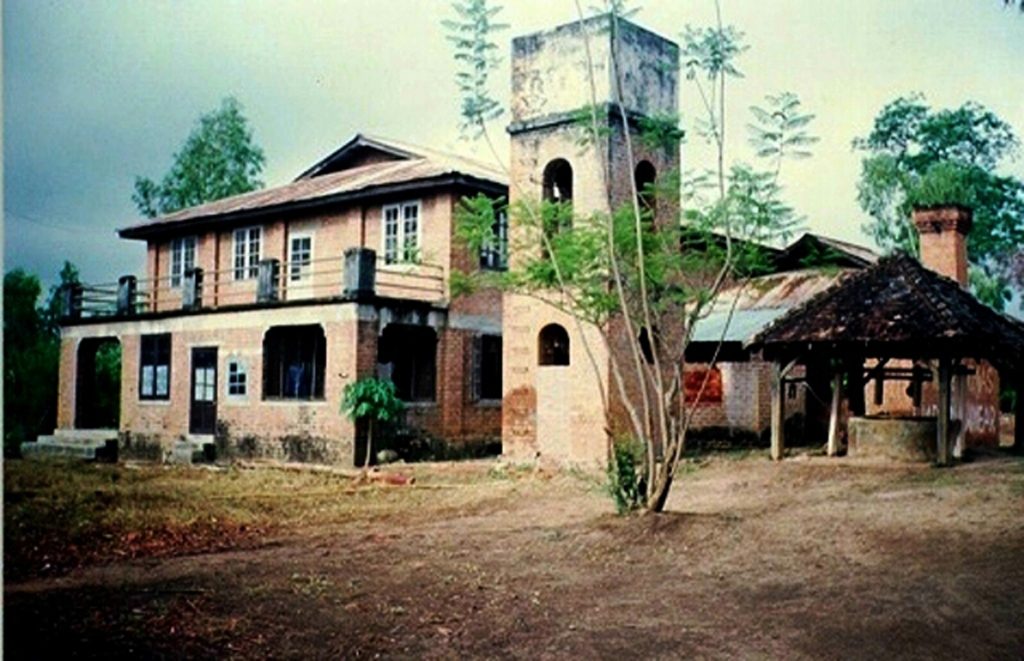
The mission compound was very large. There was a school, a church building, a hospital, and staff quarters in the compound. How could Dr. Gibbens get such a big land from SaoPha? I was told, “One day, Dr. Gibbens went to see KengTung’s SaoPha and asked for land to build a hospital and school. SaoPha said, “I’ll give you the land as big as you can measure with a cow skin.” How big is a cow skin? Dr. Gibbens was so clever. He cut out dry cow skin into small threads and fixed them together. Then it turned out to be a long cow skin. He measured it by that cow skin and got acres of land.”
The first Shan Church
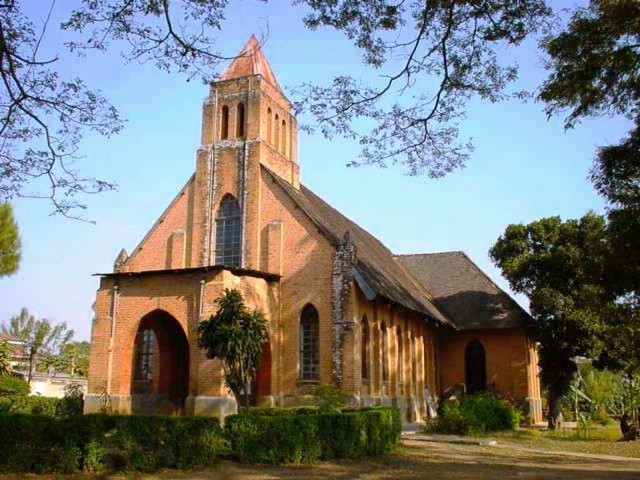
The first temporary chapel was built in Kengtung in 1902. It had four members, including the first convert Phak Ka Sai. The first church building, NaungPha Church, was built of wood in the mission compound in 1922. It was destroyed during the war. Another new NaungPha church building was built of bricks in 1936 under the leadership of Rev. Ray Buker. NaungPha Church was a multiracial Church that consisted of Burmese, Shan, Lahu, and Wa. Sometimes, three to four languages were used during Sunday worship service, and it lasted about four hours. It was reported in 1937 that there were only 25 Christians in NaungPha Church in 1927. The church building now belongs to the Wa Baptist Association, when the properties in the mission compound were divided among different racial groups.
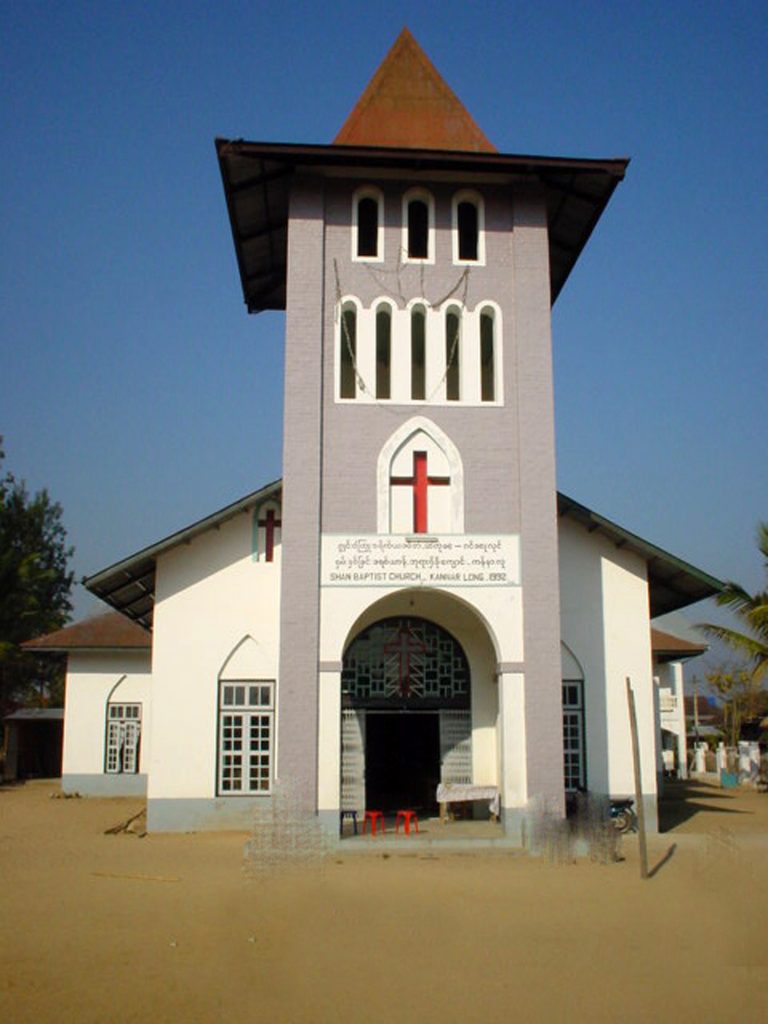
KanNaLone church building was built in 1951 under leadership of San Lu. It was Shan-speaking Church. It helped solve the problem of long worship service at NaungPha Church due to multi-languages. The first pastor of KanNaLone Church was recorded as Rev. Po Hla. As reported in 1927 by Telford, in the absence of the pastor of Shan Church, San Lu conducted the religious services. He also taught Sunday school class and he had, on different occasions, gone to KengTung market to preach the gospel to his fellow Shan. He even had conversations with SaoPha about Christianity. The SaoPha was a staunch Buddhist. San Lu had a likable personality. Two storeys Phak Ka Sai memorial hall was built in 2001 in KanNaLone Shan Baptist Church compound. It is useful for further activities of the Church. There are six rooms for Sunday school and a big assembly hall upstairs.
KengTung Hospital



Medical work began with the arrival of Dr. and Mrs. Howard Clinton Gibbens in 1904.
Dr. H.C. Gibbens arrived in 1904 to open a dispensary and hospital there. After serving for three years, he was transferred to Mongnai, and Dr. Robert Harper took over the Kengtung hospital for five years. There was no doctor to follow him during the ten years, 1913-1923. Then Dr. Henderson was sent from Mongnai to serve till a new doctor, M. D. Miles, arrived in 1925 for a five-year term. Work went on rapidly during this period because Dr. Richard Buker was added to the staff in 1926. Statistics for 1928 showed 3,864 dispensary patients treated during the year. (1945 St. John 462 ff)
Dr. Robert Harper arrived in Kengtung in 1907. Dr. Robert Harper worked in Kengtung from 1907 to 1915. He also started a mission school. There were many gaps in missionary terms, especially in medical work.
Dr. and Mrs. Max D. Miles served in Kengtung from 1925 to 1931.
Dr. Richard Buker served from 1926-1940. Dr. Richard Buker was very much involved in medical work among leprosy patients. He built hospital and started nursing training.
In the 1929 report, he had treated 20,684 patients, done 82 surgical operations, seen 370 in-patients, and trained 17 nurses. Miss. Elva O Jenkins and Miss. C.E. Henderson also worked at the hospital from 1930 to 1934.
Dr. Miles and Dr. Buker felt that they must do something to help the many people with leprosy in the Kengtung area. A survey by Dr. Buker showed that 6% of the population had the disease, or 18,000 cases in the Kengtung State. With the aid of the American Mission to Lepers, the doctors established villages in the district where life could go on in quite a normal way, each family doing its farming. Children who were free from the disease were placed in school in a village of their own.
A very effective teamwork was practiced by Dr. Dick Buker and his twin brother, Ray, who was an evangelist.
In 1930, an American nurse. Miss Elva O. Jenkins, later Mrs. C. E. Hendershot, joined the hospital staff. She was fully responsible for the medical and leprosy program during Dr. Buker’s furlough from 1932 to 1934.
The Shan work in KengTung took on new life with the coming of the Ray Buker in 1934 after serving their first term in Bana, Pangwai and Mong Mong. In 1936, Saw Khin arrived in Kengtung to serve in a hospital. She was the first Shan nurse to serve alongside Dr. Buker. She married Ba Hein in 1937 and lived in the mission compound until World War II. After World War II, she moved to KanNaLone and started a Shan fellowship with a few Shan believers. Dr. Richard Buker treated many people with leprosy in KengTung free of charge. Dr. Richard Buker started a training course for “nurse-compounders” for men. The dispensary gave 20,000 treatments, the hospital had about 400 in-patients, and about 1,000 leprosy patients were under treatment in villages scattered over KengTung State. Dr. Buker made long trips to villages, examining hundreds of people, to find the dread disease in its early stages. The American Leprosy Missions gave financial help to this work. It was reported in 1931 by Dr. Buker that a class of seven students studying medicine in KengTung Hospital. KengTung hospital was not only treating patients, but it was also giving training and education in medicine to local people. When Dr. Buker went on furlough in 1940 and Dr. Lao Htin Po took over the medical work. All hospital and school ministries stopped during World War II. All missionaries left for India by plane from NamKham. The Louis Hastings Memorial Hospital in Kengtung was destroyed during World War II. Dr. & Mrs. Keith Dahlberg arrived in Kengtung in 1957 and reopened the hospital in 1958. Dr. Dahlberg reported on August 31, 1958, that the clinic had handled (mostly in July and August) 1,690 patients, 1,020 new patients, and 14 minor surgeries were performed. KengTung Christian Hospital had grown to an institution equipped and staffed to handle major surgical, medical, and obstetric cases. Dr. Dahlberg worked day and night, twenty-four hours on day every day. In addition to his duties at the hospital, he had to look after the leprosy work with a staff of two, one for Church work and the other for going round the 15 leper villages distributing medicines and reporting conditions prevailing in the leper villages.
Dr. Saline Aung Thaik, a Chin doctor, arrived in 1962 when Dr. Dahlberg was on furlough. It was reported in 1963 that the hospital had Christian (all Baptist but one Catholic) workers working under the guidance of the BBC. The main aim and objective were to show the love of Christ by giving help to the poor and needy, and to go and give help to neglected areas. When Dr. Keith Dahlberg left in April 1962, they felt lonely, but with daily guidance and strength from God, they were able to continue the work. Due to greater ministry to the needy and poor, they were in financial difficulty, but God answered prayer, and they found enough help to meet their need. Under the care of the hospital were 18 villages of segregated lepers, looked after by only two workers who had to travel a vast area in the hilly part of the country. With the help of American Leprosy Mission Inc., they could distribute free anti-leprosy drugs and other general medicines, support 3 to 4 leper students in primary and middle classes, and 3 primary schools with one teacher each in 3 leper villages. Another source of help was the BBC Relief Committee. They had received blankets and clothing from Churches for the lepers. Though the hospital was a separate unit in KengTung field, it was in no way independent but was in constant co-operation with Churches and Committees of the BBC and Burma Council of Churches. They received much co-operation and help from the field Secretary, Rev. John Po, as he was in touch with the people for more than 5 years. There was much to be done for the leprosy villages, promoting the co-operative work, other than helping with many gifts, so that the strength and ability of the local Churches could be used to promote the life of the Church in that area. Though there had been progress in the past, there was also much to worry about and much to pray for. As for the hospital, the financial situation was not very strong, and the daily income to the hospital hardly meets the need to pay for salaries, maintenance and miscellaneous expenses, and the purchase of medicines for hospital use. As for the staff, some had resigned, and some would probably be leaving at the end of the year after long service in this area. They needed more native people for this work. There was language difficulty as at least four different dialects were used in everyday work. Two nurse aides had been selected for further training. Above all, they needed more national doctors in this area, better still, people from this area who would like to serve this vast area.
Eastern Shan State Baptist Association (ESSBA)
Under the leadership of Saw Khin and Rev. John Po, “Eastern Shan State Baptist Association“ was formed during the 65th Eastern Shan State Baptist Mission Celebration in KanNaLone from April 4-7, 1968. On that day, 218 people were baptized. Eastern Shan State Baptist Association was a multiracial association comprising Shan, Wa, Lahu, Lisu, and Kachin Churches. ESSBA held meetings annually and sometimes biannually, and sometimes triannually from 1969 to 1994.
The First Executive Board Members (1968-1970)
Sai Win (chairman),
Saya Ai Chit (vice-chairman),
Sayama Saw Khin (secretary),
Saya Sai Seng Tip (vice-secretary).
There were 19 Churches and 1,507 baptized members in ESSBA in 1970.
Six Churches were from leprosy villages.
Board members (1970-1977)
Chairman Saya Sai Seng Tip
Vice-chairman Saya Ai Chein
Secretary Saya Sai Philip
Vice-secretary Sayama Nang Sauk
Treasurer Sayama Saw Khin
Evangelism Dept. Saya Sai Tin Maung
Evangelist Saya Ai Chit
Development
In 1972, there were 24 Churches in ESSBA. In 1979, the number of Churches reduced to 17 because two Wa Churches and one Kachin Church left the association, and 4 Churches in the MuongYa areas were out of communication because of communist insurgency. Church contribution from each Church to the ESSBA increased from Kyat 1,235 in 1968 to Kyat 15,000 in 1981, Kyat 18,000 in 1986, and Kyat 25,000 in 1988. For the development of a self-supporting program, some Churches own rice fields and fishponds. It yields some profits for the Church’s coffers. There was also a piece of land owned by the association to plant trees, mango, and other fruits for the association’s income. It also provides job opportunities to members of the Church and earns some money for their living. KanNaLone Church has one small electricity generator. It supplies electricity to some Christian homes and charges a small amount of money since the electricity supply from the government is very irregular.
ESSBA reported in 1988, “Eastern Shan State lacks good, qualified leadership. In many Churches, there are no graduates from university level. The Church can only afford to support a pastor with Kyat 600 per month. The roads are so bad that travel is not easy. During the rainy season, it is almost impossible to travel. An evangelistic trip can only be made during the dry season. Communication is bad. No postal service, no telephone, no telex available in many towns and villages. The fare for the bus is extremely expensive. Most of the pastors cannot afford to pay for bus fare to travel.” 5 Churches have been reorganized and re-communicated to ESSBA in 1989 after 20 years of separation because of communist insurgency.
Statistics – January 1963 – July 1963
80-bedded hospital; 1 National Doctor,
Out patient department; 2,628 attendance,
1 Missionary nursing superintendent,
In-patients; 321, Daily Census average; 11.6,
1 Business Manager, 4 qualified nurses (including Midwives)
Buildings; 2 quarters, 4 Trained nurses from Yedwinyegan, 1 nurses’ home
2 houses for leprosy; 2 Aid nurses, 1 Lab/Xray assistant, 1 Cook; 5 Menials, including night watchmen
Mission School
Mission school was started in 1904 by Dr. H.C. Gibbens. Mr. Antisdel had to abandon his work at KengTung and proceed to America in 1912 because of poor health. The pupils were from six different tribes, but the examinations were conducted in Shan, which was the common language for all. A rudimentary normal department for the training of teachers had been opened, and industrial training in carpentry, masonry, seed sowing, laundering, cooking, care of animals, and housework was given. San Lu was the head master of the school in 1927. He got his training in the Methodist School, Rangoon, and the Baptist School in Taunggyi. San Lu could speak and teach in languages such as Shan, Burmese, Lahu, and English. The children came from non-Christian Shan, Burmese, Chinese, and Indian families. Those boys and girls, while in school, lived in a Christian atmosphere, and they carried back to their homes Christian influences, which helped to dispel the misunderstanding their parents had about mission work. It seemed essential that, in work for the Shan, confidence and friendship had first been established as a basis of approach for the Gospel message. San Lu had won many friends among the parents of his pupils. He was quick to note the absence of a student, and he promptly found out by a personal visit to the home the reason for the student’s absence. His interest and enthusiasm for the success of each pupil inspired the parents to show more interest in the education of their children.
San Lu had gathered to the school a fine company of boys and girls who paid monthly fees for their education. There was the SaoPha’s school in town where free education was given but despite this competition many parents preferred to send their children to the mission school where both the teaching and the discipline were better. Even SaoPha sent some of his children to mission school. In the absence of the pastor of Shan Church, San Lu conducted the religious services. He also taught a Sunday school class and he had, on different occasions, gone to the KengTung market to preach the Gospel to his fellow Shan. He even had conversations with the SaoPha about the Christian religion. The SaoPha was a staunch Buddhist. San Lu had a likable personality and he was a great Christian leader among the Shan. San Lu was honored by the prime minister of Burma, U Nu, as Mahathraesethu San Lu, as minister of transportation in 1953. His memorial hall was built in KanNaLone Shan Baptist Church, KengTung.
Aung Din, Saw Maung, and Saw Ka Le Htoo also arrived in Kengtung and helped Rev. Young in the mission school until 1956. The new school building was started in 1959. Schools were teaching up to six standards in 1962. The school had become a High School and the headmaster was David Hsam. All the teachers were Christians except one. A children’s hostel was built in the mission compound in 1978 with 22 students. There were 28 students in 1988. The objective of having this hostel was to allow hill tribe children to have the opportunity of continuing learning in KengTung and to produce future Christian leadership. Twelve of them were children from leprosy villages. Now there are two children’s hostels under the Eastern Shan State Shan Baptist Convention. Hostels accept children from primary to high school. A kindergarten was started in KanNaLone Church in 1981 with 60 children and 3 teachers. It increased to 85 children and 4 teachers in 1985. In 1988, the number of kindergartens increased to 7 in 7 Churches under ESSSBA.
Mass Baptism
Whenever some one believed in Christ water Baptism was conducted to accept him or her as a member of the Church. According to Baptist practices baptism was conducted on Sunday. Sometimes a large group of people baptized at the same time. Noticeably mass baptism use to be taken place during big and special occasions.
For instance, 218 people were baptized when Churches in Eastern Shan State celebrated the 65th Eastern Shan State Baptist Mission Celebration in KanNaLone from April 4 to 7, 1968.
165 baptized on April 7, 1978, during the Annual General Meeting of E.S.S Shan Baptist Association.
68 people were baptized during the Shan Bible Centenary Celebration held in MuongYang in 1985 from 11 to 14 April.
58 people were baptized in 1987 when the silver jubilee of TaChiLeik Church was held in TaChiLeik from April 2 to 5.
168 baptized in KengTung on March 31, 2001 when Eastern Shan Churches celebrating Eastern Shan State Baptist Mission Centenary.
Why do people want to be baptized on such a special occasion? Who are those baptized on these special occasions? Very few people are baptized in normal circumstances. Almost all the people baptized on such special occasions are second-generation Christians. One of the purposes of baptizing on such a special occasion is a happy moment to be baptized together with friends, and easy to remember the date of their baptism. Should we have special occasions more often so that more people will be baptized? Should we change the attitude of baptizing only at special occasions? Many Shan Churches do not organize water baptism regularly. A senior pastor said, “We conduct baptism only twice a year at Easter and Christmas.”
Evangelist training
As we have set up a 21st Century Shan Mission Project to produce 201 evangelists in the year 2001, a three-month evangelist training course was introduced in 1990 in KengTung to produce more evangelists in Eastern Shan State under the leadership of Rev. Sai Stephen. This is the first training course of its kind ever conducted, aiming to produce more Shan evangelists. 15 people attended the first program. Before attending the training, all trainees have to give a promise to serve in a mission for at least 2 years after graduation. Nevertheless, most of them are still serving today. Most of them are being ordained.
The first GCI for Eastern Shan Churches was conducted in Kengtung from December 1 to 13, 1997. Trainers came from different countries. 40 attended, including 31 Shan and 9 Wa. The expense was Kyat 520,000 paid by the GCI team. Lessons such as Power Theology, Ministry Planning, How to study the Bible, Leadership, Church Planting, Pastoral Ministry, Prayer, Christian Family, Evangelism, Praise and Worship, and Child Evangelism were taught. The second GCI was conducted in Kengtung in February 2001. 42 students from the Wa tribe, Lahu tribe, Shan tribe, and a couple more from different tribes attended.
Bible School graduates
There is no “Shan Bible School” in the Shan States. All Shan students have to go to study at a Burmese or Karen or Lisu, or English Bible School in Insein, MayMyo, or TaungGyi. The first Shan Christians to graduate from Bible School since the mission field opened in KengTung in 1901 were Sai Philip, Sai Hsam, and Sai Seng in 1961 from TaungGyi Bible School. Between 1961-1980, 6 attended TaungGyi Bible School, 6 attended Insein Myanmar Seminary, and 2 attended Myanmar Institute of Theology in Insein. Only 14 young people went to Bible school in 19 years. Under the 21st Century Shan Mission Project, 19 students were sent to Bible schools in 1984, including 5 from Eastern Shan State. It was a surprise to Bible Schools in Insein to see such a large number of Shan students attending Bible Schools in one year. Normally, the Bible Schools seldom have one Shan student in a year.
Sai Myint Lay was the first student from Eastern Shan State to graduate from the Myanmar Institute of Theology in 1969 with a B.Th degree. He served as General Secretary of the Eastern Shan State Shan Baptist Conference for one year and moved to LaShio in 1971. There, he got married to a Shan woman and had two sons. He later got addicted to heroin and completely left the ministry. He was rehabilitated and returned to serve in the Burma Baptist Convention’s drug rehabilitation department in 1980. He was then sent to Hong Kong in 1982 by the BBC to study a drug rehabilitation program at Wu Oi Drug Rehabilitation Center for two months. He spent one month staying at my home. We had an opportunity to discuss Shan missions. Sai Myint Lay went back to Burma in January 1983 and got involved with Shan mission work again. He left the BBC and went back to serve the Eastern Shan State Baptist Convention as a full-time secretary in 1986. He later married a Kachin woman on May 19, 1989. He had a severe motorcycle accident in 1992 and damaged his right shoulder. He was sent to New Haven. CT, USA, by BBC, in 1996 for a few months’ study tour. After returning from the U.S.A., he had a severe sickness and was admitted to the hospital. He passed away on September 3, 1997, in Yangon.
Sai Stephen was a second Shan student from Eastern Shan State to graduate from Myanmar Institute of Theology in 1977 with a B.Th degree. He served the Lord as pastor of Calvary Baptist Church, NaungPha, KengTung, since graduating from Bible School until he served full-time as Assistant Director of 21st Century Shan Mission Project in 1992, responsible for Eastern Shan State. He also served as General Secretary of the Eastern Shan State Shan Baptist Convention since its inception from 1997 to 1999. He was the pioneer of the formation of the Eastern Shan State Shan Baptist Convention. He was sent to New Haven, CT, USA, by the Myanmar Baptist Convention for a study tour from September 1999 to May 2000. He returned to Myanmar in June 2000. He unexpectedly had a stroke and passed away on July 12, 2000, in Kengtung. I had an opportunity to talk to him by phone from Yangon two days before he passed away, while I was conducting Shan GCI in Yangon. It was a shock to Shan Churches. I was able to go to KengTung and join his funeral service on July 17.
Bible School gradates in one century (1901-2001)
Name / Diploma / School / Remark
- Naw Mi / L.Th / MICT / (deceased)
- Philip / L.Th / TaungGyi Bible School
- Sai Hsam/ L.Th / TaungGyi BS
- Sai Seng/ L.Th / TaungGyi BS /(deceased)
- Shwe Pui/ L.Th / MICT
- Seng Tip/ L.Th / MICT
- Myint Lay/ B.Th / MIT /(deceased)
- Stephen/ B.Th / MIT (deceased)
- Kham Yung/ L.Th / MICT
- Seng Arm/ L.Th / MICT
- Stephen Ping/ L.Th / MICT
- Kya Yung/ L.Th / MICT
- Khin Htun Hein/ L.Th / MICT
- May San Oo/ B.Th / MIT
- Zan Leng/ B.Th / MIT
- Myint Myint Pyu/ B.Th / MIT
- Tha Han/ M.Div / MIT
- Saw Tip Lao/ B.R.E / MIT
- Htun Kyaw/ B.Th / Po Karen Bible School
- Seng Hom/ B.Th / Lisu Bible School
- Mu Ran/ B.Th / Lisu Bible School
21 Shan from Eastern Shan State graduated from Bible School and Theological Seminary in 100 years.
Eastern Shan State Shan Baptist Convention (ESSSBC)
We had tried to unite all Shan Churches from all over the Shan States to form the “Shan Baptist Convention” since 1978, but were unsuccessful. The main reasons for our failure were: the refusal of the Burma Baptist Convention (BBC) to permit us to form the Shan Baptist Convention, and also a lack of unity among the Shan Churches’ leaders. Rev. Sai Nyunt Tha had tried to convince the executive members of the BBC three times since 1979 but failed.
In the beginning of our endeavor, when Sai Nyunt Tha was the General Secretary of ShweLi Valley Shan Baptist Mission, ShweLi Valley Shan Baptist Mission supported the effort in forming SBC. However when Rev. Shwe Htun became General Secretary of ShweLi Valley Shan Baptist Mission they withdrew their support. Formation of SBC is not successful till today.
In Eastern Shan State, there are Baptist Church Associations such as Lahu Baptist Association, Ahka Baptist Association, Wa Baptist Association, and Shan Baptist Association, together forming Eastern Shan State Baptist Convention (ESSBC) as a Multiracial-Regional-Convention. When Lahu withdrew from ESSBC in 1987 and formed its own “Eastern Shan State Lahu Baptist Convention.” Sai Stephen and other leaders of Shan Churches in the Eastern Shan State began to try to form their own “Eastern Shan State Shan Baptist Convention” (ESSSBC), which is a racial convention. At the meeting held on April 1, 1991, at WanMon Shan Baptist Church, all Shan Churches in Eastern Shan State unanimously agreed to form ESSSBC.
Preparation for the Formation of ESSSBC
As the leadership of the Myanmar Baptist Convention (formally known as BBC) has changed, their attitude towards Shan Churches has also changed. The meeting with Rev. Saw Marge Gyi, General Secretary of MBC, and Rev. A. Ko Lay, Treasurer of MBC, in 1993 had paved the way for the formation of ESSSBC. Leaders from Eastern Shan Churches drafted a constitution of ESSSBC in WanTaZan Baptist Church on April 8, 1994. At the same time, three Shan Baptist Conferences were formed to meet the constitutional requirement to form a convention. The three conferences were: MuongYawng Shan Baptist Conference, MoungPyat Shan Baptist Conference, and KengTung Shan Baptist Conference. A meeting was held again from March 1 to 2, 1995, at ThanLwin Shan Church for ESSSBC formation. In 1995 Wa Baptist Conference joined the Shan Conferences and increased to four Conferences. In September 1995, the formation of ESSSBC was approved at the EC meeting of MBC.
Recognition of Convention
The official announcement of the formation of “Eastern Shan State Shan Baptist Convention” was made at the 116th MBC Annual General Meeting held in Haka, Chin State, on January 18, 1997. ESSSBC is the 15th Convention in MBC. Because of Wa conference is included in this ESSSBC, the convention becomes another regional convention. It doesn’t represent Shan Churches alone. WA Churches are now trying to form their convention.
The first executive board members
Chairman Rev. Seng Tip
Vice-chairman 1 Rev. Sai Nyunt Tha
Vice-chairman 2 Rev. Sai Choik
Secretary Rev. Sai Stephen
Vice-secretary Rev. Sai Philip
Treasurer Sai La La
Auditors Saw Mu Di
Saya David Hsam
Women Min. Sayama Htwe Yu Hein
Youth Min. Saya Saw Htoo Wah (1997-1999) Sayama May San Oo (1999-2000)
Christian Education Sayama Catherine
Evangelism Dept. Rev. Sai Stephen
Pastoral Min. Rev. Sai Philip
Men Min. Rev. Marku Crane
Rural Dev. Sai La La (97-98) Saya Sai Paw Lu (98-2000)
Shan Churches in Eastern Shan State in 1988 and their pastors
(1) KanNaLone Baptist Church (Rev. Sai Seng Tip).
(2) Calvary Baptist Church (Burmese-speaking Church) (Rev. Sai Stephen)
(3) Bethany Baptist Church (Chinese-speaking Church)
(4) Emmanuel Baptist Church (Rev. Seng Daw).
(5) MuongKat Baptist Church (Nang Kham Yone).
(6) WanPa Muong Baptist Church (Rev. Ai Zein).
(7) WanKum Kham Baptist Church (Sai Stephen).
(8) WanMon Baptist Church (Sai Kyuet).
(9) WanYuet Baptist Church (Rev. Ah Yai).
(10) WanHui San Baptist Church (Ai Yee).
(11) TaJant Baptist Church (Rev. Jacob).
(12) MaeHut Baptist Church (Ah Nyi)
(13) Tachileik Baptist Church (Rev. Win Maung) (Burmese-speaking)
Report in the year 2000
A month’s evangelist training was held from August to October 1999 in Kengtung.
Special Development Training was held in September 1999 in MuongYang. 40 people from seven Churches attended.
Sent out 20 evangelists to 20 new mission fields. 94 people baptized.
Three new Shan Fellowships were formed. Total fellowship 8.
Showing the Jesus film to villages.
17 students in Bible Seminaries.
Four graduated from B. Th. Program.
The evangelists were supported by Asian Outreach in 1999.
Evangelist Village Christian Family
Nang Thu Za Mon Nong Pha
(Director of Mission)
Sai Kup Jordan 30
Sai Hsam MoutLow 15
Ai Wan NamYang 15
Nang Easter Hmoon WanLoo 5
Nang San Yin HayKaMoan 20
Rev. Ai Kyi WanSaw 56
Sai Htay Myint WanPai 60
Sai Kong MuongHow 12
Sai Seng Kham WanYwet 8
Sai Saw WanYan 12
Sai Yaw Ba WanKyaw 13
Dan Ye Hla WanHwe 29
Sai Phut WanMai 16
Sai Lee WanTom 18
Sai Yaw Han KarMonMai 20
Daw Nang Doi Bethel 8
U Hla Rang WanKuat 30
Daw Tin Seng MaiYang 5
Rev. Nyi Thai NamLin Mai 20
Rev. Yohan Khun NamLinMai 8
Sera Ai Shie PanPhex 7
Sara Sam Khim Mai Naw Phatex 15
Sara Lok Rony MengHan 13
There were 193 new believers in the year 1999.
Five new mission fields are;
KengPhone, 15 families
WanKung, 30 families
WanNamMoi, 50 families
MingWat, 25 families
MingPart, 30 families
Future Planning
- To have three-years-program Shan Bible School in KengTung.
- To plant Churches, open nurseries, orphanage homes, and old age homes, and do more evangelism.
KanNaLone Shan Baptist Church

Many believers in Eastern Shan were formerly accused of being evil spirits and had been driven out of their homes, communities, and villages. They got healed after receiving Jesus Christ and living in a Christian village. They were poor and uneducated. People seldom turned to a pastor or Church or Christian community for a genuine interest in Christianity, but whenever they needed physical help or faced evil spirit problems.
The first church building in NaungPha was built in the mission compound in 1922. It was destroyed during World War II. Another new NaungPha church building was built in 1936 under the leadership of Rev. Ray Buker. It was a multiracial Church. Sometimes four languages had to be used during the Sunday worship service, which lasted for about four hours. Shan believers moved out from NongPha Church to KanNa (meaning the middle of the rice field) and started a new Shan Church in 1951, which is now called “KanNaLone Shan Baptist Church.” The Shan language is used in their worship service. San Lu was the first leader and pioneer of the church building. He also led worship services when there was no pastor.
Church growth
The Church grew tremendously under dedicated leadership. It was reported in 1963 that KanNa Shan Baptist Church had about 800 members and a strong women’s organization, men’s group, the youth C.E., and children’s Sunday school. It was the central main Church of the Eastern Shan State Baptist Convention. Under the able leadership of Saw Khin, the Shan women’s groups were organized down to the outlying Churches. A kindergarten was started in KanNaLone Church in 1981 with 60 children and 3 teachers. It increased to 85 children and 4 teachers in 1985. It was reported in 1985 that it had 352 members, an ordained pastor, Rev. Yaw Shu (son of Rev. Po Hla), who was an ex-medical worker of Louise Hastings Memorial Hospital, had taken care of the Church. His knowledge of medicines is an asset. He was an ardent worker and worked his best. The assistant was Saya Ho Sam. He was theologically untrained but always gave his best. Kham La (younger brother of Rev. Yaw Shu), a magistrate, was a lay worker. He looked after the affairs of the Church and community and was the clerk and treasurer of the Church as well. Saw Khin (daughter of San Lu), another lay worker, was a capable woman worker and very ardent. She was a nurse and helped the community in that capacity. Naomi, a 1957 graduate of the Burmese Women’s Bible School, worked as a Kindergarten teacher in the Baptist School besides her other Church activities.
Those who served as pastors
Ai Noi (first pastor)
Po Hla
Aung Din
Yaw Shu
Ho Hsam
Seng Tip (1967-)
Sayama Nang Kham Yong (Assistant Pastor 1990-)
Sayama Nang San Leng (Assistant Pastor 1999-)
Phak Ka Sai Memorial Hall was built in 2001 in the KanNaLone Shan Baptist Church compound.
Activities
KanNaLone Shan Baptist Church is a very active Church. Since all the Christian families are living together in one village, KanNaLone village, they are more united and easily organized under the leadership of Rev. Seng Tip. It is a Christian village. Thieves, robbers, drunkards, or drug addicts are seldom seen in the village. Rev. Seng Tip told me, “One evening, I saw a young man get drunk in our village on the street. I punished him to do hard work in the village for one day. Afterwards, young people dare not get drunk in our village anymore.”
A strong group of prayer warriors who pray every morning at 8 AM. They also have a group of widows who prayed every morning. I was so encouraged when I met them and heard that they were praying for me every morning.
Health, education, and social activities among the community.
Youth ministry and music ministry by the youth in different places.
Men’s and women’s associations are active in different ministries.
Training and producing future leadership of the Churches.
Three months of evangelistic training for future evangelists.
A children’s hostel for poor village children to stay and continue their basic education. Some of the hostel students have graduated from training and Bible School and are now in full-time ministry. More and more young people are graduating from Bible Seminary.
The Evangelism Department used to organize evangelistic trips to different places in the vicinity. Usually it is organized during the summer time when Bible schools and secular schools are closed. Men’s and women’s groups are active in different ministries.
Short course training programs are organized either by themselves or in co-operation with Asian Outreach G.C.I or S.S.M.C to train and produce leadership and evangelists for Churches.
Six months on campus, six months off campus, and an evangelistic training program for three years for future evangelists. All graduates of this training program dedicate themselves full-time as evangelists. They are sent to new designated villages to begin Church planting work. Many people came to the Lord, and new Churches were planted. Late Rev. Sai Stephen said, “We send our evangelists to the villages where there is no monastery and monks. It is not easy to get converted where there are monks and well well-established monastery.” Monks have a great influence in the village.
One Sunday at KanNaLone Shan Baptist Church

Sunday morning, Church bell rang at 6 AM. Men gathered in the Church to have men’s fellowship. It lasted about one hour. About fifty men attended.
At 8 AM, the bell rang again. Children from five to fifteen years old got together for Sunday-schools. There were different classes for different ages. Once a month all classes grouped together for combine program. Altogether about 300 children.
At 9 AM, the bell rang again for main Worship Service for all ages. About five hundred people attended the service. It lasted about two hours.
At 2 PM, the bell rang again for women’s worship service. About 150 women attended the service.
At 4 PM, the bell rang again for Youth Worship Service. About 150 young people attended the service. Children as young as 10 year-old were asked to lead the service. They recited scripture verses by heart, prayed and sang. They were trained at young age.
At 5 PM, after youth Service, young people gathered at one of the pastors’ homes for a special Worship Service to offer prayer and encouragement to the pastor. They believed that the servants of the Lord also needed prayer and encouragement.
At 5 PM, I was taken to a village on a motorbike and sometimes on foot. It took about 45 minutes to get there. Another Worship Service with the village people. It lasted about one hour. I got back to the pastor’s home at 7 PM. It was really “The Lord’s day.” The whole day was for the Lord. I preached four times on that Sunday. Do we feel tired in worshiping God?
All the baptized members give a “monthly offering” in front of the main door, with the names recorded by the assistant pastor of the Church every Sunday morning before the Church service begins. During worship service, other offerings called the “tithe” and normal “normal Sunday collection” are collected. If there is a communion, communion is offered once a month on the first week of the month, and a “communion special offering” is also collected. “Special offerings for church building fund” or “Church celebration or special programs” are also collected. There are many offerings collected by the Church on Sunday. The names of the donors and the amount of the money given are also read out in the Church by the Church assistant pastor as an announcement. Sometimes this announcement lasted for thirty minutes. When asked why they read out all the names of the donors and the amount of the money given, the reply was, “To let the people know that we are not putting their donation into our pocket. We are telling all the people the amount we have received from them.” However, there are some embarrassments for those who can only give a little amount of money, but there is pride for those who give more money.
Statistics in 2001
Families: 270
Baptized members: 447 (M) 544 (F) Total 991
Non-baptized members: 1,000
Report from HIV/AIDS Project
There are five full-time workers: Mayse Hein, Han Nu, Nang Seng Arm, Mary, and Able La.
Health education was given to 16 Churches, and a total of 690 people attended.
30 AIDS sufferers were visited, and 38 orphans whose parents died of AIDS are under support. 10 AIDS sufferers are also under support.
KanNaLone Shan Baptist Church in KengTung is the first Shan Church in Eastern Shan State, the largest and strongest Shan Church in all Shan States under leadership of senior pastor Rev. Seng Tip.
WanMon Shan Baptist Church, MuongYawng
WanMon Church, MuongYawng, was said to be started by Rev. W.M. Young in 1903, as reported by the WanMon Church history committee. However, we do not see in the record of Rev. Young. MuongYawng is 99 miles away from KengTung, but it might take at least a seven-day journey for a missionary to travel from KengTung to MuongYawng. The KengTung mission field was opened in 1901. It is doubtful that Rev. Young could start a new mission field in MuongYawng within two years. It was reported that a small school for Shan children was opened in MuongYawng in 1916.
Dr. Buker opened a clinic in MuongYawng in 1935. There were three pieces of paddy land at WanMon, MuongYawng. The fields were rented, and about 150 baskets of paddy were received as rent payment yearly. The mission compound was in WanMon, on the outskirts of the town of MuongYawng.
Church
On the arrival of Khin Maung Htun (Burmese Divinity School graduate), Naw Shee May and Saw Seng Daw (Burmese Theological Seminary graduate) all the three helped Ai Chit teaching in MuongYawng school.
In 1958, WanMon Church had 151 members, inclusive of the 27 new members baptized. It was reported in 1963 that in the course of six years (1957-1963), a total of 150 were baptized, with 45 new converts. There were no regular pastors in other places except for the Churches of WanMon and WanYawt. They were looked after by local leaders who could read and write and whose ancestors had taken active part in Church work. The association could in no way provide them with qualified pastors. Recruitment of workers from Burma proper was not easy. So the teachers of MuongYawng Baptist Middle School had to look after the Churches as well. Each teacher was held responsible for the spiritual and economic development of each area allotted to him. The new WanMon church building was dedicated in April 1985. There were 700 members in this Church in the year 2000.
The first pastor of WanMon Church, MuongYawng, was Mr. Mae (A Burman from Mandalay). He took a second wife, left MuongYawng Church, and went to live in NamPong village. He continued his work as a pastor in NamPong. When his second wife died in 1924, he returned to MuongYawng and reunited with his first wife, Nang Hong (Shan from HsiPaw), and again served as pastor of WanMon Church. He passed away in 1947. Later, Mr. Mae’s son, Ai Lone, a layman, took care of the Church for one year as lay pastor.
Ai Chit from PanWai became the pastor of WanMon Church on May 15, 1957. He was not only pastoring the Church but also teaching at the mission school. Saya Ai Chit left her teaching job in 1967 and concentrated more on Church work. The new WanMon church building was built on January 2, 1969. 15 families, led by Ai De, established a new village, Siliwon village, in 1969. Sai Choik graduated from Insein MICT and became the pastor of WanMon Church in 1971. He served for only half a year and left. Saya Ai Chit again served the Church as pastor. Sai Choik later came back and served as pastor of WanMon Church in 1975. Ai Chit then continued serving as an evangelist.
WanMon Church choir is the best choir among Shan Churches in all Shan States of Myanmar. They have produced twelve pieces of Choir to be used in my Shan radio program. By the hard work of Ai Chit in MuongYawng, many Shan came to believe in the Lord. 75% of new converts were from other faiths. There were also many new converts in the hands of Rev. Ya Kuk.
The resettlement project
In 1960, there was a project to resettle 40 landless families on the 400 acres of land granted to Rev. John Po by the former SaoPha of KengTung, Sao Sai Long. Saya Tin Myint, a Mon convert who had agricultural training at Pyinmana, gave advice and did general supervision of the agricultural work of the area. The villagers had vegetable gardening sales of vegetables.
Middle School
In 1960, there was a Primary School with about 30 children under a teacher capable of teaching up to the 2nd grade. There were about 40 to 50 children of the school-going-age. Saw Din Gyi, a graduate of the Burma Divinity School, had served from 1960 to 1963. Saw Tin Gyi was acting as the Headmaster of the Post Primary School and also as the advisor to the Churches in the sector. Khin Maung Htun supervised Baptist Middle School.
It was reported that the school, which started as a kindergarten school for children, had become a full-fledged middle school in 1963. It was staffed by Shan and Karen teachers and a Mon convert. Great emphasis was laid on self-effort and support. The proper school building, estimated to cost about Kyat 20,000, had been completed by the end of 1964. Trees were felled and sawn for timber required for the school building and furniture by the villagers themselves. Men, women, and children of the village provided manual labor, semiskilled or unskilled, without charge. It was a touching sight to see children from the age of 8 upwards carrying whatever bricks they could up the hill where the school was built. They called it their school. All local contributions received were expended on building materials and work charges, which were beyond the means and skill of the villagers. Rev. Katanni, an Italian priest of the Roman Catholic Mission, who had nearly 40 years of service in KengTung, provided for the construction work with a skilled bricklayer with a batch of 6 laborers from the village. As for the woodwork of the school building, the village had a leader, Kham La, an ex-MyoOk and a magistrate who was teaching in the school. He had some knowledge of buildings and structural work. He, with the semi-skilled carpenters of the village, contributed labor, skill, and effort to get the woodwork of the school building done.
Notable Achievement
One electricity generator was bought in 1976.
One kindergarten was opened in 1984.
Twenty coconut trees were planted.
A bell tower was erected at the church building.
Teaching Shan literature.
Established the Shan-Lahu new Church.
Report from MuongYawng Shan Baptist Conference 2001
Creation of Eden Garden Project at WanYuet.
Building New Children’s Hostel.
New mission fields in WanHor (Shan & Palong), KyawLa (Lahu & Ahka), MuongWa (Ahka), ChiangYan (Chinese), MuongKan (Shan).
To celebrate the MuongYawng Centenary in 2006.
Forming committees to encourage Churches and fellowships in Spiritual, Educational, Health, and Social works. Three students from MuongYawng are now studying at the Bible Seminary. Members of MuongYawng Shan Baptist Conference are: 15 Churches, 525 families, 1,571 Baptized members, 4 ordained ministers, 11 non-ordained ministers.
Member Churches in MuongYawng Conference
Church; Baptized M / Baptized F / Non-Baptized / Total / Pastor
- WanMon 150 M / 458 F / 193 / 801 / 5
- WanYuet 64 / 197 / 76 / 315 / 4
- HuiTam 61 / 167 / 84 / 312 / 1
- Union 20 / 42 / 23 / 85 / 0
- PaRaTiSu 10 / 26 / 10 / 46 / 0
- MineHor 10 / 22 / 17 / 49 / 0
- WanPai 59 / 120 / 178 / 357 / 1
- WanSor 19 / 38 / 45 / 102 / 0
- NongPawk 21 / 48 / 52 / 121 / 0
- WanSiLa 18 / 34 / 33 / 85 / 0
Total 432 / 1152 / 783 / 2273 / 11
Out of ten Churches six Churches do not have pastor.
MuongYang Shan Baptist Church
MuongYang is about 16 miles from China border, 100 miles from KengTung. It was recorded that there was already a Church in MuongYang in 1911. In 1958 Rev. John Po baptized 36 people. The Church had about 40 Christian families with 120 members. There had been an influx of refugees from China into Burma in the year 1958. The refugees were mostly Lahu from the SipSongPanNa. The total figure came about four or five thousands and most of them were Christians. They were uncared for and neglected and quite a number of them were going back to their old form of worship Animism.
School
Two new primary schools had been started at MuongYang in 1959 taken care of by Saya Chein and at WanYawt it was taken care of by Saya Baw Lu on self-supporting basis.
Church
In January 1961 Rev. John Po baptized 28 Shan in the village of MuongYang. At MuongYang there use to be a dispensary or a health center. The mission compound on which the dispensary building stands has now become Christian village. Financially the Church was not very strong but able to support itself. Between 1957 and 1963 total baptism was 110.
The 80-year-old pastor Ai Chein was still very strong, healthy, and faithfully serving the Lord in 2001. He is the longest-serving and oldest minister in Eastern Shan State. He has served in ministry since 1961 to the present. I first met him and heard him preach at the funeral service of the late Rev. Sai Stephen. He has a very strong and clear voice. He knows the Bible well and interprets the words. I can say that he is the “best preacher” in Eastern Shan State at the age of 80. I have the opportunity to interview him on July 15, 2000. He said, “I have no chance of going to Bible school. I only finished two standard levels of education (primary two). I only know how to read and write. When I was young, I was very poor. At one point, I had to beg on the street to feed my stomach. I came to know the Lord 50 years ago. I am self-studying and self-learning. I only got the opportunity to attend a short-course training program. I serve the Lord by faith and rely on the Holy Spirit only.” (He attended our first Shan GCI training in Maesai in 1994) Rev. Ai Chein planted many Churches. At the time of the interview, three new Churches were awaiting full-time pastors under his missions.
Seven services on Sunday
6 AM Combine Service
7 AM Children’s Service
9 AM Combine Service
Noon Women’s Service
2 PM Youth Service
3 PM Combine Service
6 PM Men’s Service
There are one senior pastor and one assistant pastor serving at MuongYang Church with 900 baptized believers in 144 families. Baptism is only conducted once a year at Christmas season. Usually about 20-30 people baptized. Special prayer meeting is held on every Monday at 7 AM.
The Church Committee prayer meeting is held every month.
A Two-days Bible training is held every year. About 60 people attended.
Seven fellowship teams are going to have fellowship with other Churches.
There is an evangelistic program every year.
The Church owns two fish bonds and two rice fields.
The Church can support 3 seminary students and 6 evangelists.
Rev. & Mrs. J.N. Cushing first visited Kengtung, Eastern Shan State, on January 21, 1870. They preached the gospel and distributed gospel tracts to the Shan people. Rev. W.M. Young arrived in Kengtung in 1901 and started a new mission field. Phak Ka Sai was the first Shan convert in KengTung and was baptized by Rev. Young on June 1, 1902.
Based on the beginning of KengTung mission field opened in 1901, Eastern Shan Baptist Mission Centenary Celebration was held in 2001.
Eastern Shan State Baptist Mission Centenary Celebration

March 29-April 1, 2001
KanNaLone Shan Baptist Church, KengTung
Theme:
Psalm 126:3 “The Lord has done great things for us, and we are filled with joy.”
Psalm 116:12 “How can I repay the Lord for all His goodness to me?”
Preparation and Celebration
Under the leadership of Rev. Sai Stephen, the first meeting for the Celebration of Eastern Shan State Baptist Mission Centenary was held on June 12, 2000, at the home of the General Secretary at 7 PM. In attendance were Rev. Sai Seng Tip, Rev. Sai Philip, Rev. Sai Stephen, Sai La La, Aung Kyaw Oo, Sai John Thein, Nang Saw, and Htwe Yu Hein. The meeting lasted 4 hours. Various committees, such as welcoming and accommodation, food and meal, transportation, communication, program, record, registration, decoration, finance, report, health, security, and display room, were formed.
Key leader Rev. Sai Stephen unexpectedly passed away on July 12, 2000. The reformation of the new working committee was done on July 26. Rev. Sai Philip was selected to take over the place of the late Rev. Sai Stephen. Other meetings were held on September 27, October 27, December 27, 2000, February 1, 2001, March 12, and March 25. It was decided that;
Every family must pray for the occasion,
Men and women groups would pray every morning at 8 AM,
KanNaLone Church would raise funds of Kyat 5,035,400 within 8 months,
KanNaLone Church would donate 1,652 baskets of rice, 6 pigs, and 2 cows, and will buy 500 more baskets of rice.
Meeting with township officers would be done,
Prayer warriors were recruited.
Conveners of the committees were selected, such as;
Saw Joseph (transportation)
Daw Nang Saw (recording)
May San Oo (registration)
Daw Nang So Hlain (health)
May San Oo (culture and entertainment)
Sai Htun (electricity)
Eastern Shan State Baptist Mission Centenary Celebration was held from March 29 to April 2, 2001, at KanNaLone Shan Baptist Church, KengTung, Eastern Shan State, Myanmar. The ceremony began with about five hundred people from different Churches together marching towards the church building at 7 AM accompanied by traditional music, gong, mong, noke and doe dances. In the past, for more than one hundred years, Shan traditional music and noke-doe dances were prohibited by Shan Churches, considering it a Buddhist tradition. With the help of the cultural committee of block 5 (Buddhist block), this tradition became part of the celebration. The effigies of the first believer, Phak Ka Sai, and his wife, also accompanied the march.
Praise and worship, presentation of cultural dances, national costumes show, drama of the first arrival of American missionary and the first believer Phak Ka Sai, gospel music, children and youths’ presentations, seminary students’ presentation, Bible study, ordination program, honoring the serving ministers, baptismal services and evening open-air gospel preaching were the major events of celebration. The church building was overflowing with about three thousand people every day. Two tents were erected on both sides of the church, and TV sets were put on the tables outside the church for people to watch the program and listen to the message. Three 24-hour prayer rooms were set up at San Lu’s memorial hall. Young and old people prayed in the room continuously during the festival period. Showrooms were set up to show historical pictures of the past Shan mission activities. 136 young people from various Churches dedicated their service twenty-four hours a day during the festival.
Detailed program

29th March:
7 AM: Marching to the church hall opening gate. Rev. Ai Chein led the prayer, and Rev. Seng Tip cut the ribbon and opened the occasion at the gate. Sayama Thu Za Mon read scripture from Psalm 126:3, and Rev. Seng Tip gave a welcoming speech. After getting into the church hall Thanksgiving service began. A congratulatory message from Myanmar Baptist Churches Council was read by Rev. Saw Marge Gyi, from Myanmar Baptist Convention by Sayama May Maung Maung, from ShweLi Valley Shan Baptist Mission by Rev. Sai Thein Aung Kham, and Asian Outreach International by Dr. Sai Htwe Maung. Then, Sai La La gave a brief history of the Baptist Mission in Eastern Shan State. One hundred people sang Centenary Choir during the offering. Benediction given by Rev. Ai Chit, and the morning session ended.
1 PM: Opening of the showroom by Rev. Ya Kuk after reading Psalm 126:3 by Sayama Daw Aye Kyi.
7-9 PM: Saya Sai Baw Lu chaired the worship service by reading Psalm 116:12 and Rev. U Sai Hsin offered special prayer. Choir from BaMine was sung during offering. Centenary drama on the history of mission presented by youth fellowship led by Sai Tha Han. Session closed by benediction given by Rev. Ya Kuk.
9-10 PM: Dr. Sai Htwe Maung preached the gospel on an open-air stage with vocalist Nang Sara from NamKham and musician Sai Moe Naung from KengTung.
10-11 PM. Young people from the Myanmar Fellowship of the Blind presented special music programs.
30th March:
7-7:30 AM: Praise songs led by Saya Sai Kyaw Tint.
7:30-8:30 AM: Rev. Saw Marge Gyi gave a Bible study lesson.
10-12 AM: Htwe Yu Hein led men and women in praise and worship.
1-3 PM: Ordination service message given by Rev. Ai Chein. Four ministers were ordained.
3-4 PM: Praise and worship from different conferences led by Sayama Nang Myint Myint Pyu.
6-6:30 PM: Praise songs led by Saya Sai Kyaw Tint.
6:30-8 PM: Rev. Ai Chein gave the message. One hundred members Choir presented.
8-9 PM: Dr. Sai Htwe Maung preached the gospel at the open-air stage.
9-12 PM: The School for the blind presented special music.
31st March:
7-7:30 AM: Praise songs led by Saya Sai Kyaw Tint.
7:30-8:30 AM: Bible study led by Rev. Thein Aung Kham.
8:30-11 AM: Mass water baptism in NamKin River. 17 ordained ministers baptized 168 people.
11-12:30 AM: Praise and Worship led by Children and Youth group from KengTung, MuongYawng, TaChiLeik, Wa Youth, TaungGyi Youth, MICT students.
2-4 PM: Presentation from various Churches with songs and dances.
6-7:30 PM: Praise and worship led by Sayama Myint Myint Pyu and various Churches.
7:30-9:30 PM: Students from various Bible Seminaries presented music, songs, and dances. There was also a show of different costumes from different Shan races.
9:30-10:30 PM: Dr. Sai Htwe Maung preached the gospel on an open-air stage.
10:30-12 PM: Music presented by the school for the blind.
1st April:
7-7:30 AM: Praise songs led by Saya Sai Kyaw Tint.
7:30-8:30 AM: Bible study given by Sayama May Maung Maung.
9:30-12:30 AM: Worship and communion led by Rev. Sai Seng Tip. Message given by Rev. K.T. Du Lum.
1-4 PM: Honoring the ministers of the Eastern Shan State Baptist Convention.
4 Senior Ministers, 15 Ministers who served 25-40 years, 70 minister who served 1-25 years were honored. Message given by Dr. Sai Htwe Maung.
7-10 PM: Praise & worship. Rev. Sai Philip presented 21st Century mission planning. Rev. Saw Marge Gyi gave the message.
10-10:30 PM: Gospel preached by Dr. Sai Htwe Maung on open-air stage.
10:30-1 AM: Music presented by the school for the blind.
2nd April:
People are departing for their hometowns. About three thousand people attended the celebration every day. The celebration ended meaningfully, peacefully, and joyfully. We give thanks to God for His protection, provision and successful ceremony, Block 5, KanNaLone Shan Baptist Church, Pastor, Assistant Pastors, and Church leaders and Government officials, Rev. K.T. Du Lum, Associate Secretary of MBC, Rev. Marge Gyi, President of MCC and Secretary of Myanmar Bible Society, Sayama May Maung Maung, Director of leadership development, Rev. Sai Thein Aung Kham, Secretary of ShweLi Shan Baptist Association and Rev. Sai Htun Kyaw in their prayer, Bible study and encouragement, all Churches from Yangon, TaungGyi, MineKain, MuSe for their generous donation, letters of congratulation from Sayama Daw May Maung Maung as representative of MBC, Rev. Saw Marge Gyi as representative of MCC, Rev. Thein Aung Kham as representative of ShweLi Shan Baptist Association, Dr. Sai Htwe Maung as representative of Asian Outreach International and Rev. Seng Tip representative of Eastern Shan Baptist Convention, all the owners of the cars who allow us to use their cars without charge, U Sai Hsai, Pastor of Wan Yuet Church, and Sai Ye from BaMine Church for their contribution in writing Centenary Choir and leading in singing, Dr. U Hla Shwe, Dr. U She Kham, Dr. Daw Thein Thein Oo, Dr. U Kyi No, Dr. Khun Yae Aung, Dr. U So Naing and all the nurses from KanNaLone Shan Baptist and Calvary Baptist Churches who offered their services at the clinic, Sayama Daw Catherine Bu, the pianist from TaChiLeik Church, Saya Sai Kyaw Tint from Yangon who leads us in singing choruses.
Testimony from the celebration
There was fierce fighting between the Shan State Army and the Burmese Military on the border between Thailand and Myanmar two months before the celebration began. The border situation was very tense. KengTung is a border town. It was a military order that the Church must obtain permission from the authority to hold any gathering outside the church building. The committee of the celebration had applied for permission half a year before the event took place, but nothing was heard from the authority. Rev. Seng Tip was very determined to go ahead to hold the ceremony, whatever the consequences. The permission was given only one day before the celebration began on condition that the event must not go beyond 9 PM. By His wonderful grace, there was no interference.
The mass baptism of 168 people took place in a muddy, shallow river on March 31 and was an unforgettable moment. We had to walk for half an hour from the church through the rice fields to the river. About 15 pastors line up in the water to receive believers and baptize them, group by group. After coming back from mass water baptism, we met a girl on the street who was in tears because she could not get to the river in time for baptism, even though she had already registered for baptism half a year ago. She missed the chance because she had to take care of the children at home while her mother was away to the market. She was so sad for missing the opportunity to be baptized with friends. I asked her, “Do you want to be baptized today?” She said, “Yes. I registered my name a long time ago and have been waiting for this opportunity for months. I want it.” Then I talked to pastor Rev. Seng Tip. He was so willing to conduct a baptismal service for her at the same place at 2 PM on the same day. She was overwhelmed with joy when she was baptized alone in the river. So were we.
Eastern Shan Baptist Churches need a lot of money to hold this centenary celebration. They have to feed two meals a day to at least three thousand people every day for three days. When the occasion began they still in need of Kyat 4,000,000. By faith and prayer they went ahead. At the closing ceremony the treasurer announced that the total income for the celebration was Kyat 5,996,352 and total expenses was Kyat 3,965,055. They had surplus of Kyat 2,031,297 plus Kyat 1,000,000 extra donation from other Churches. What a miracle!
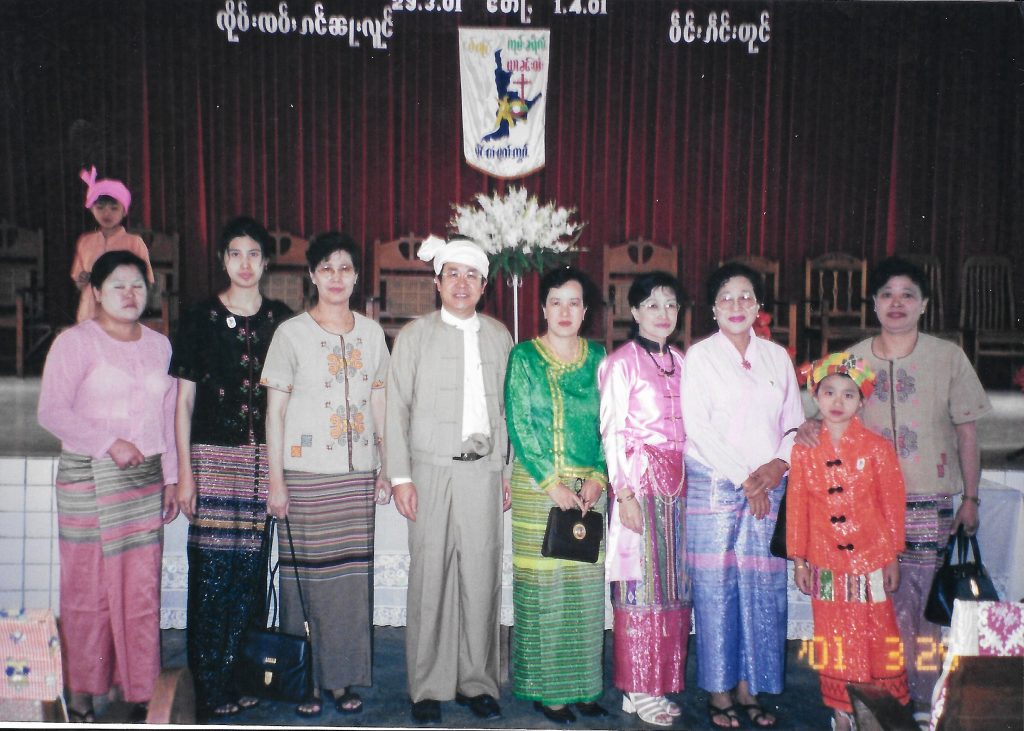
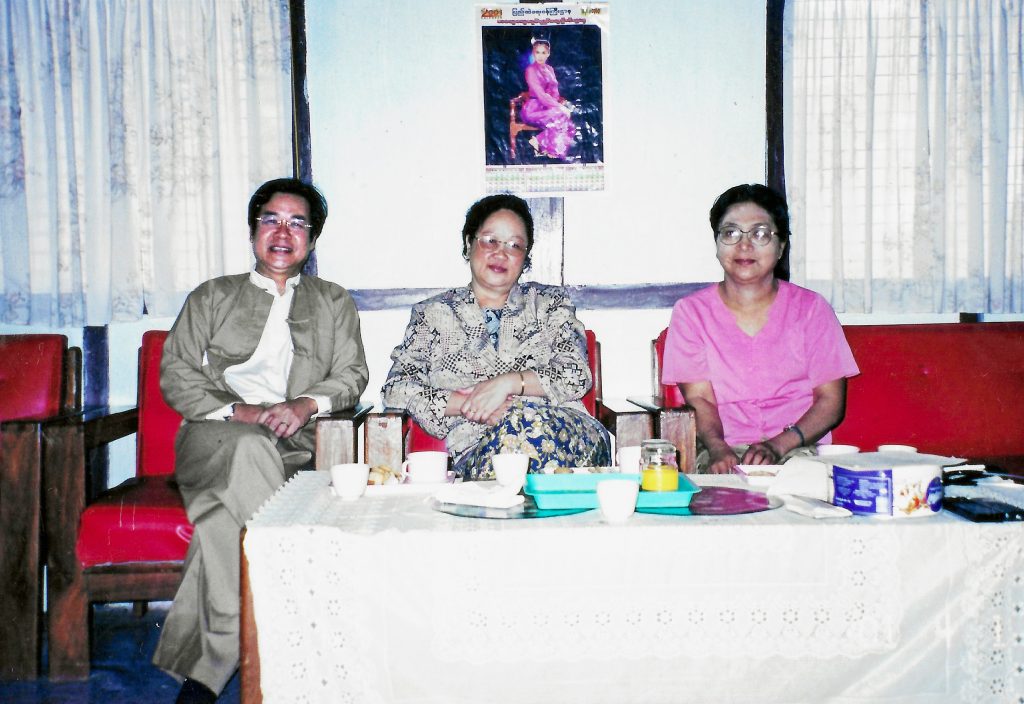
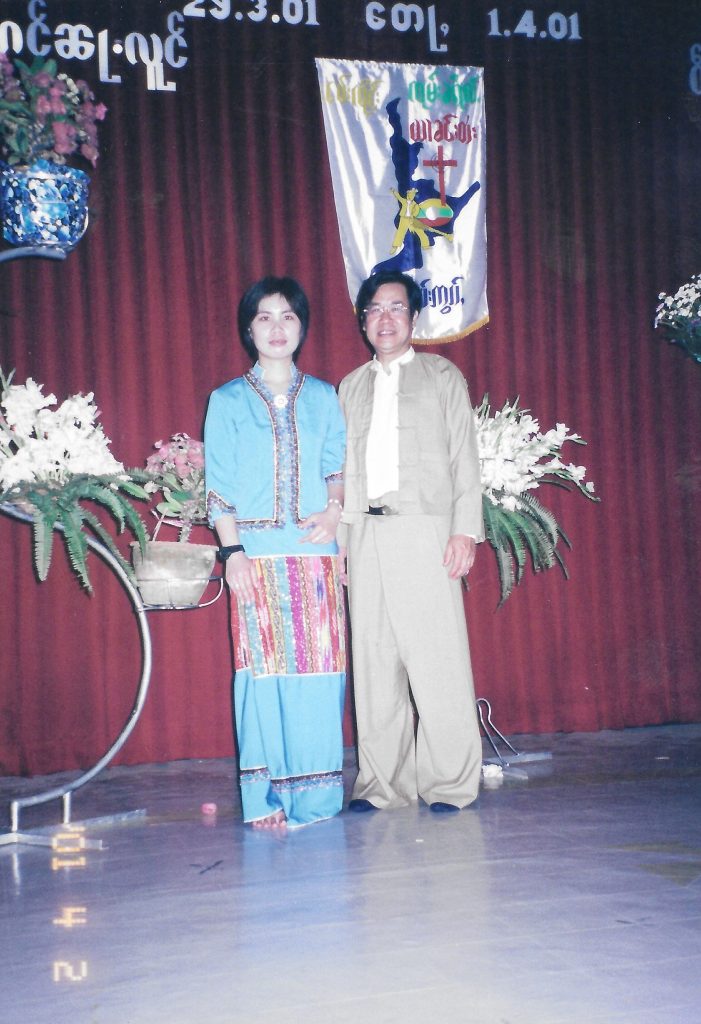
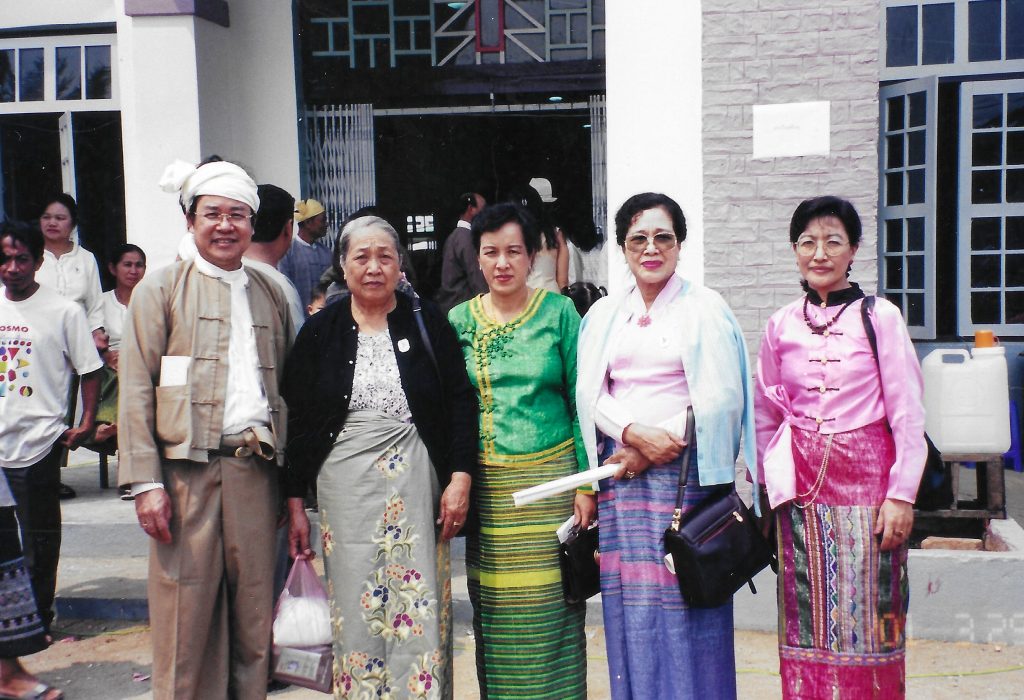
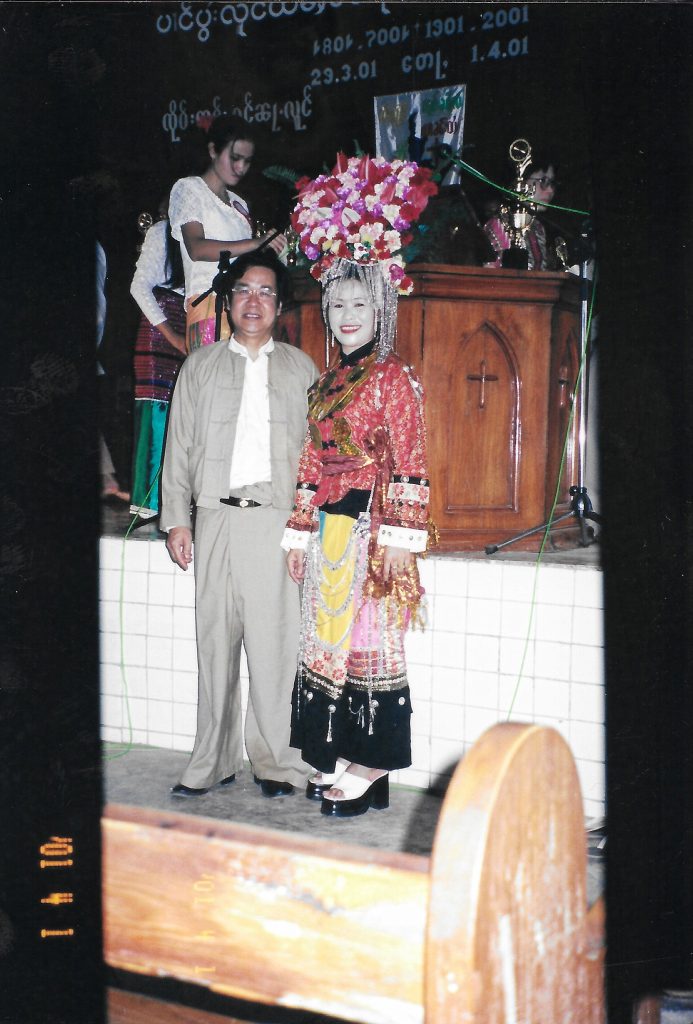
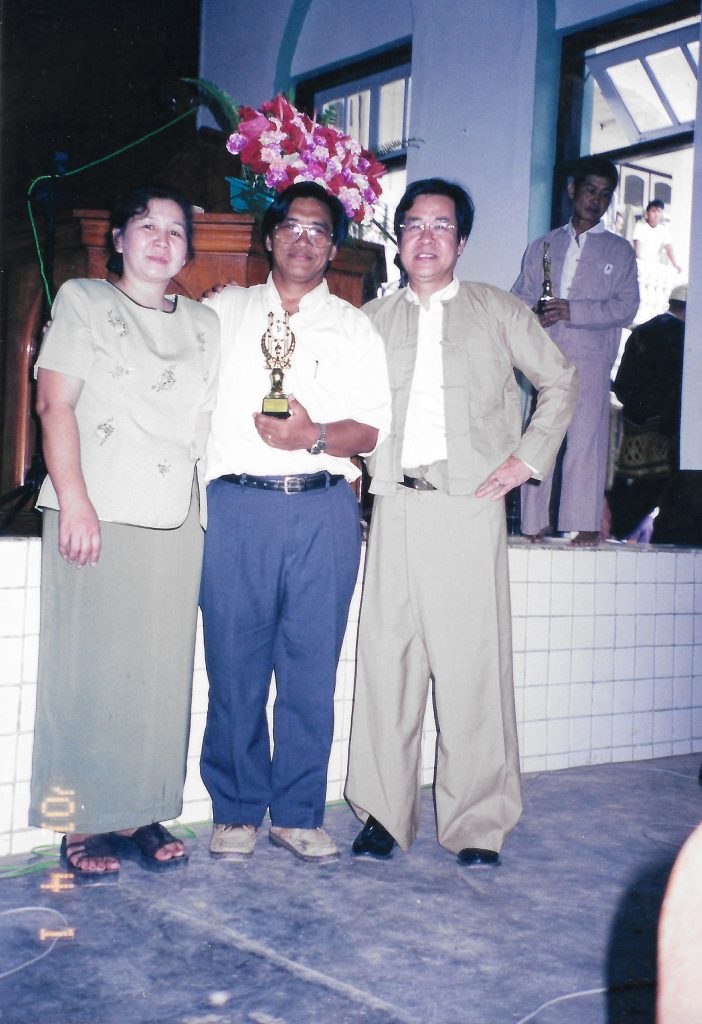
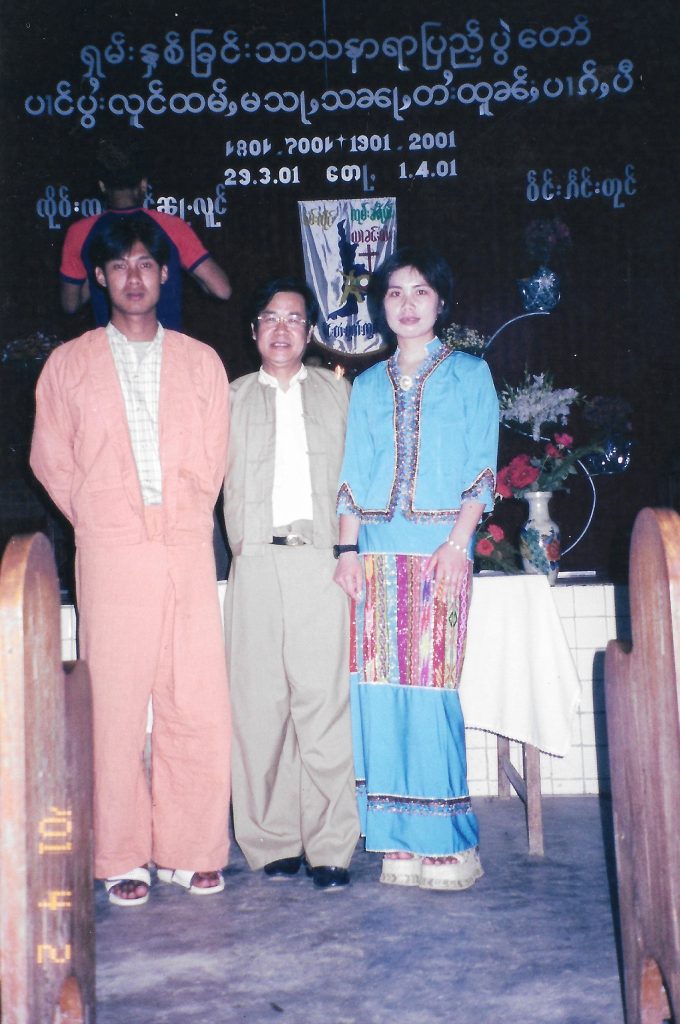
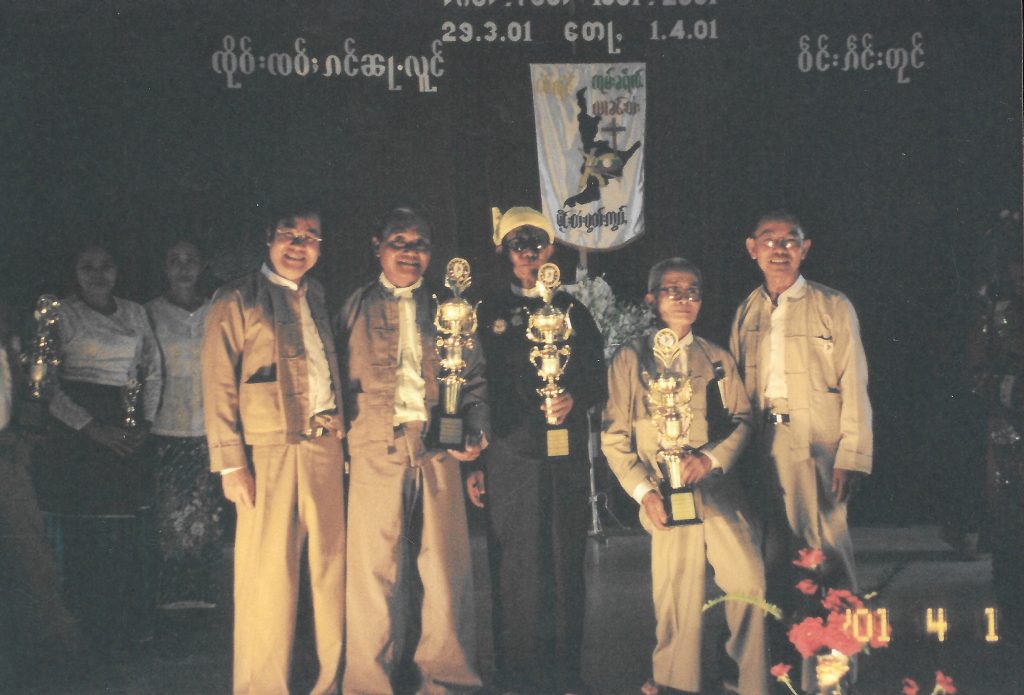
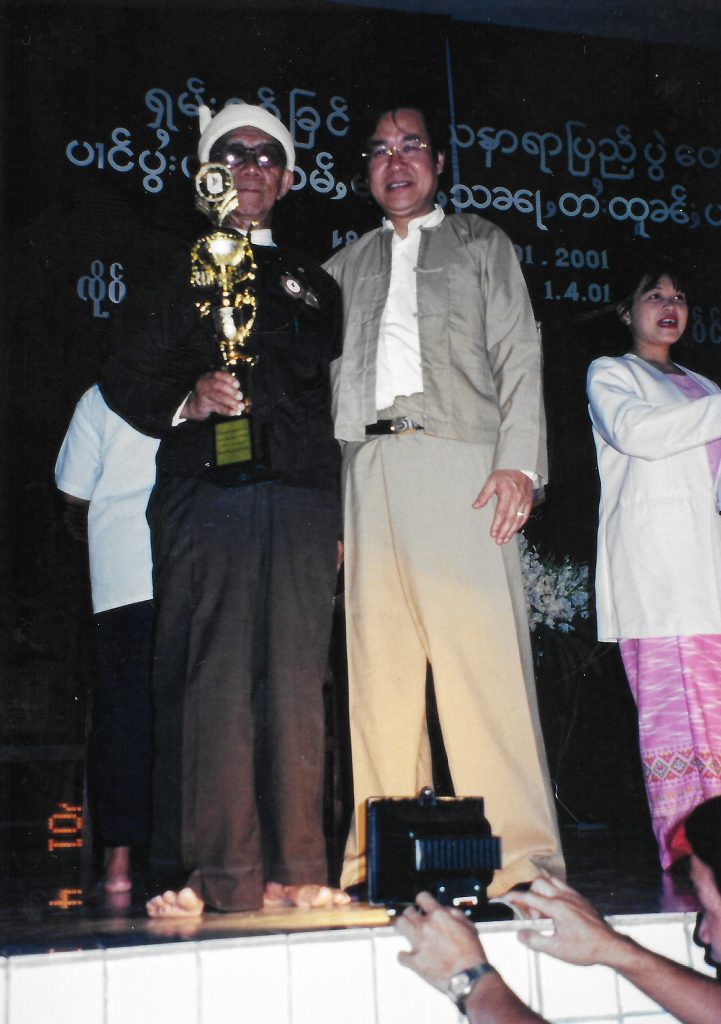
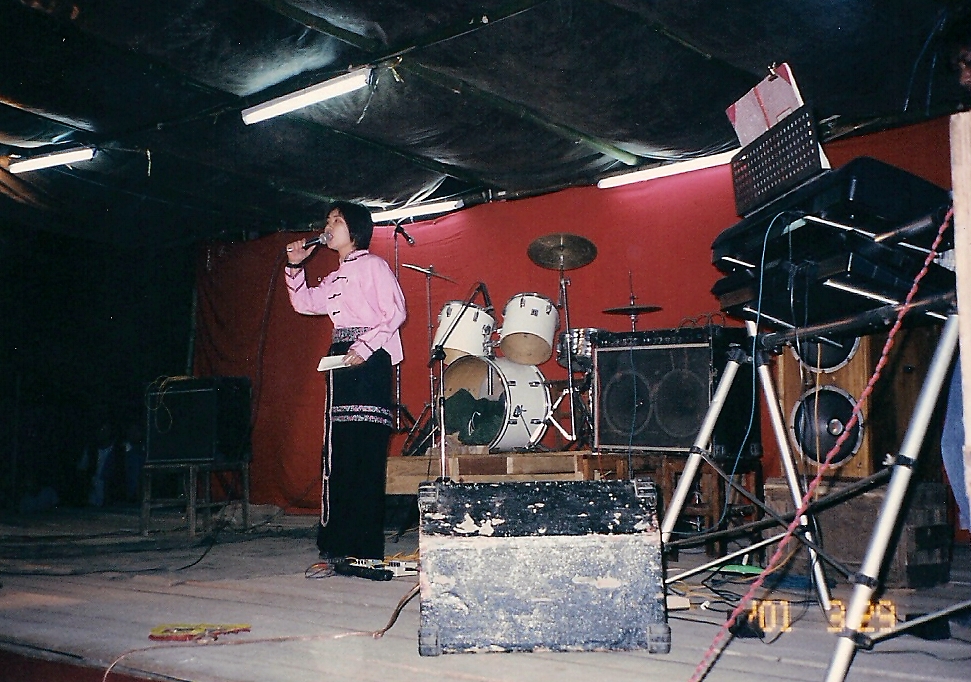
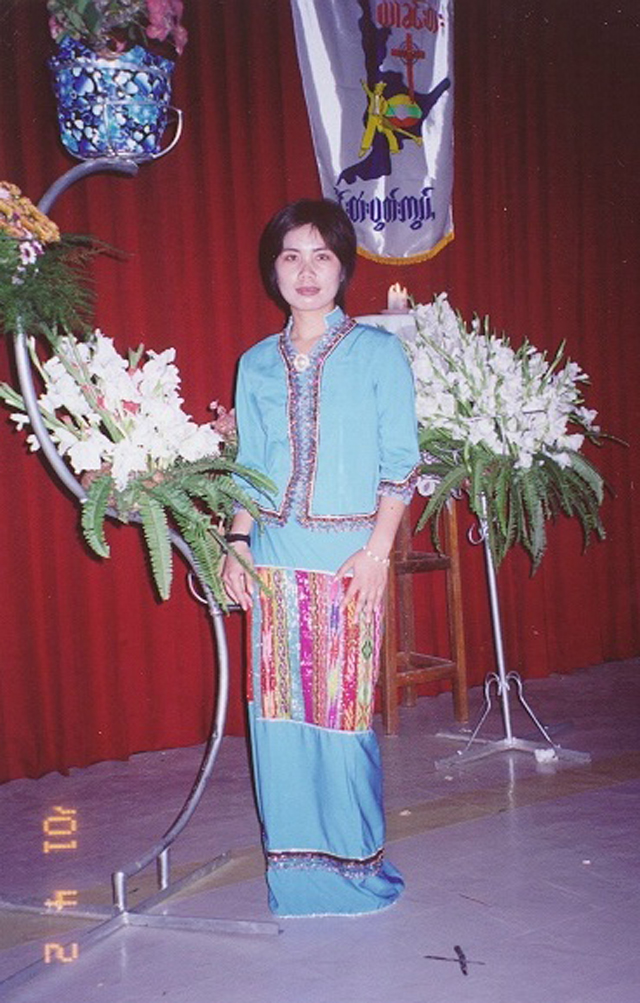

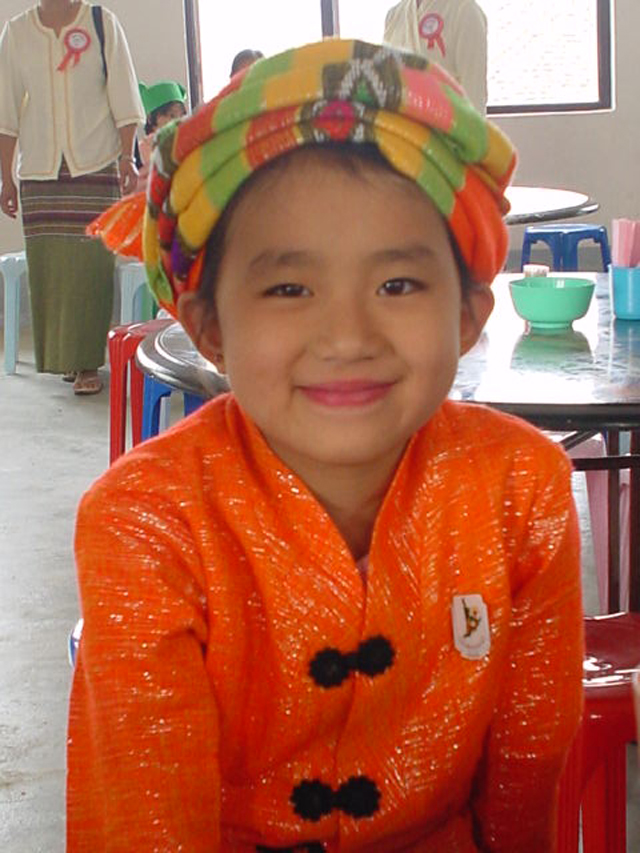
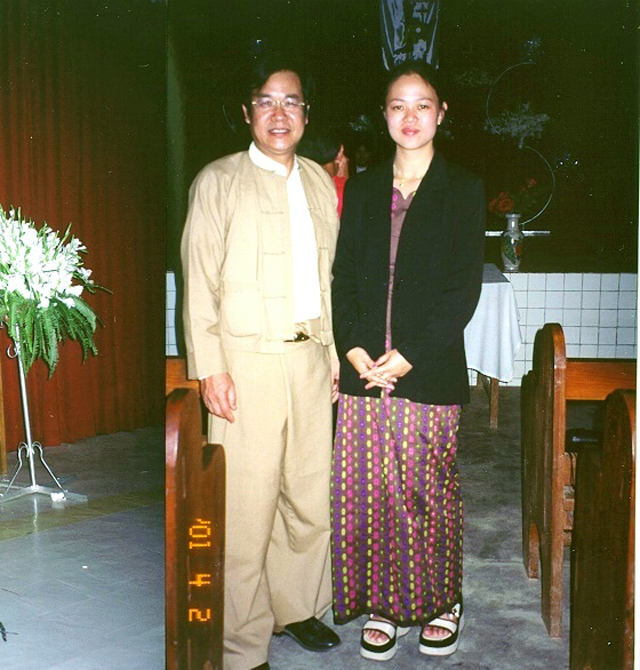
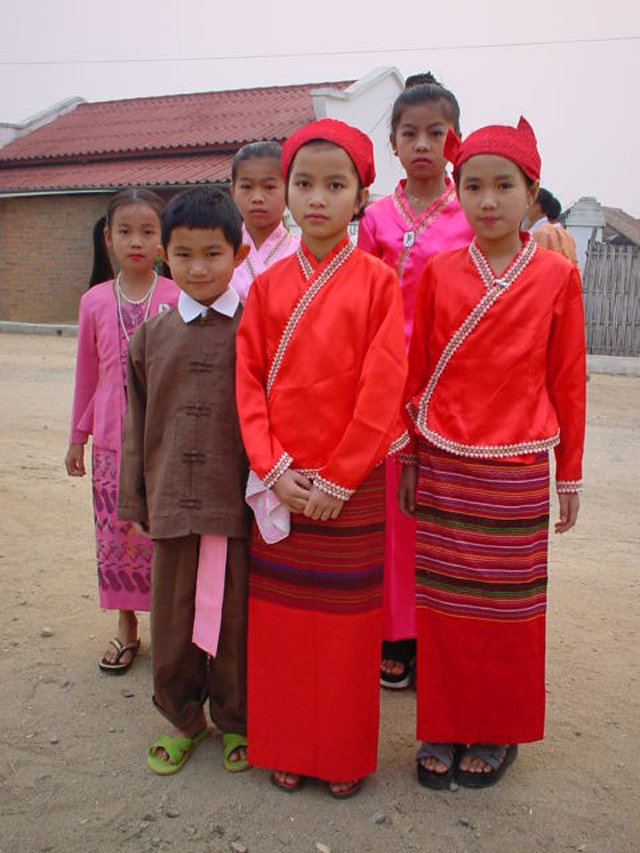
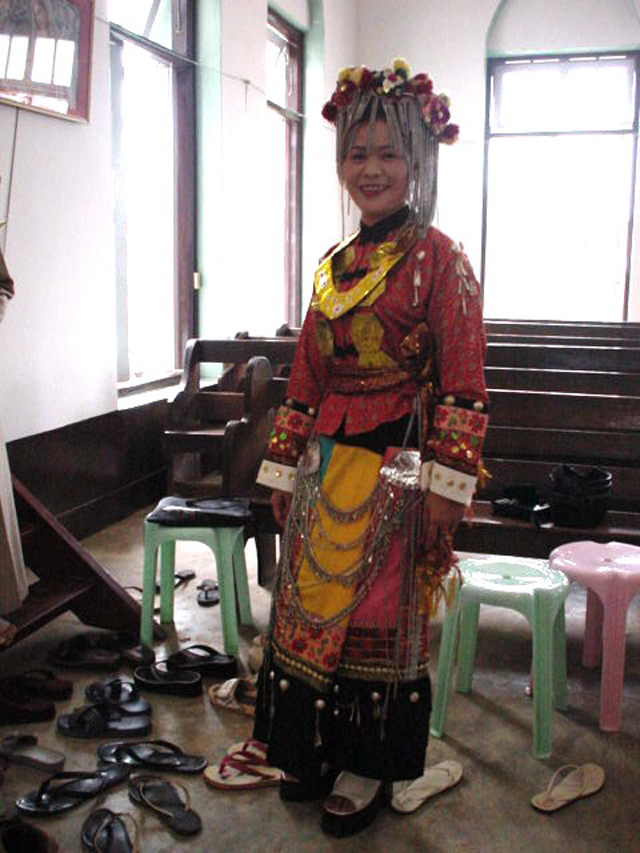
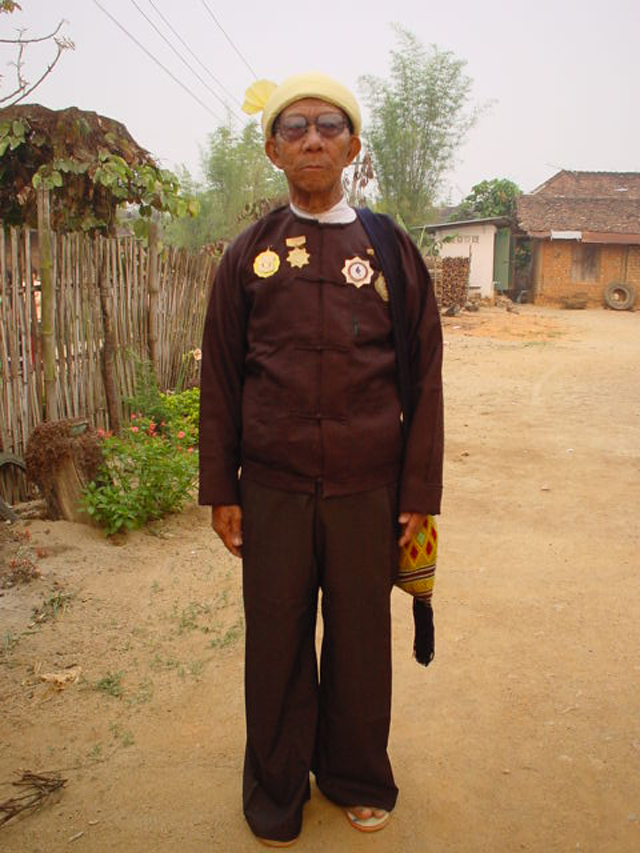
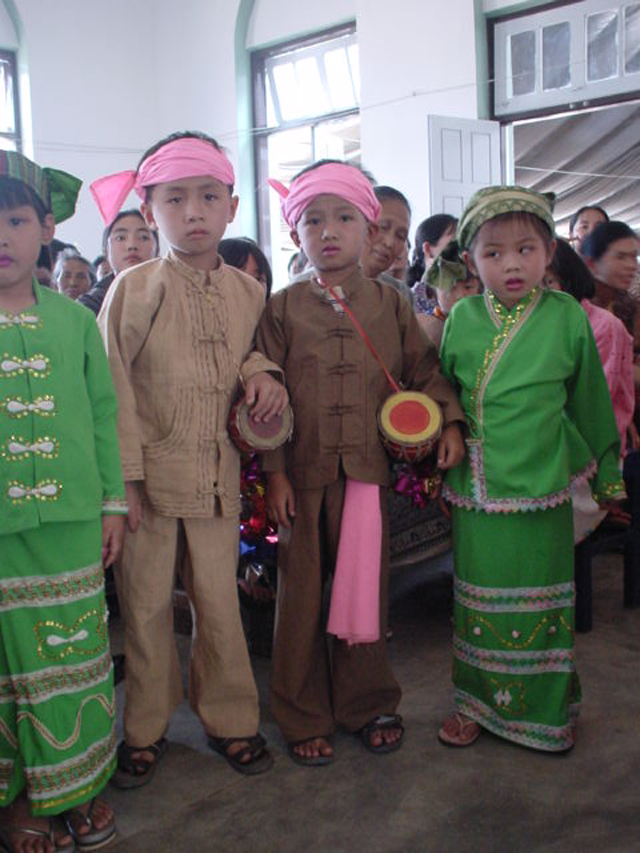
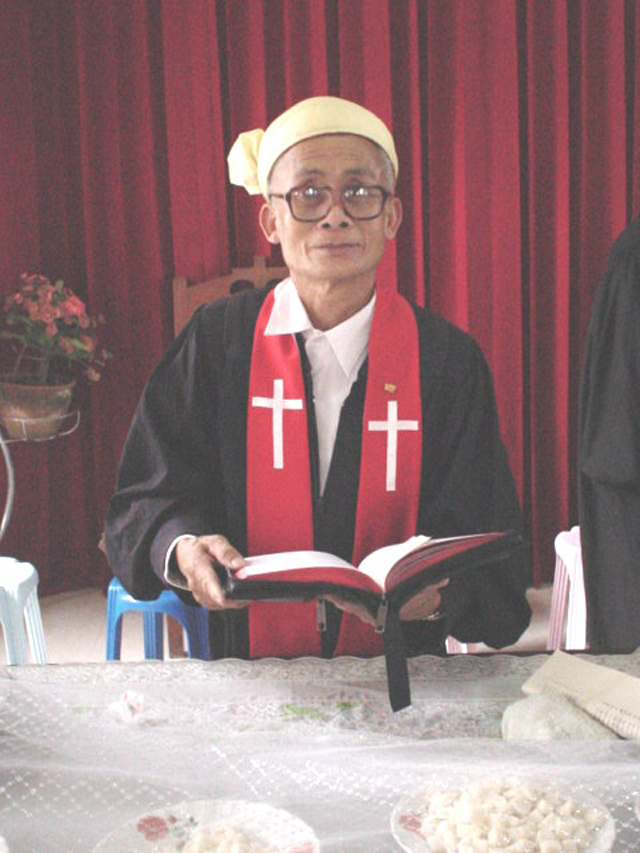
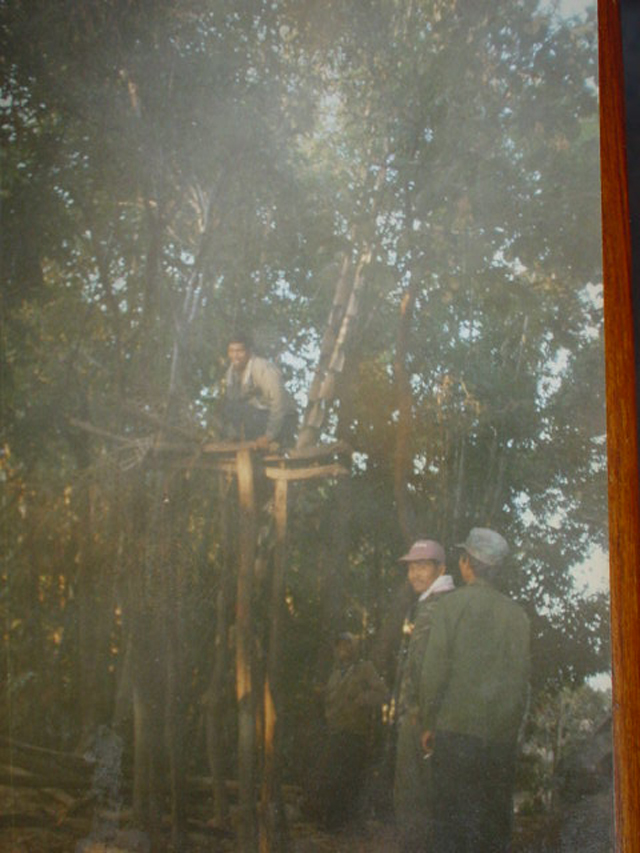
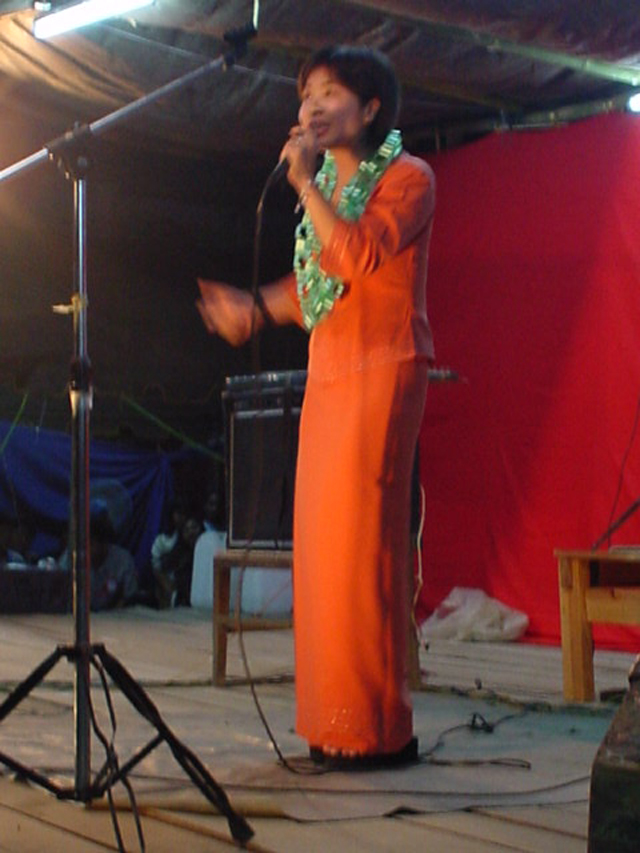
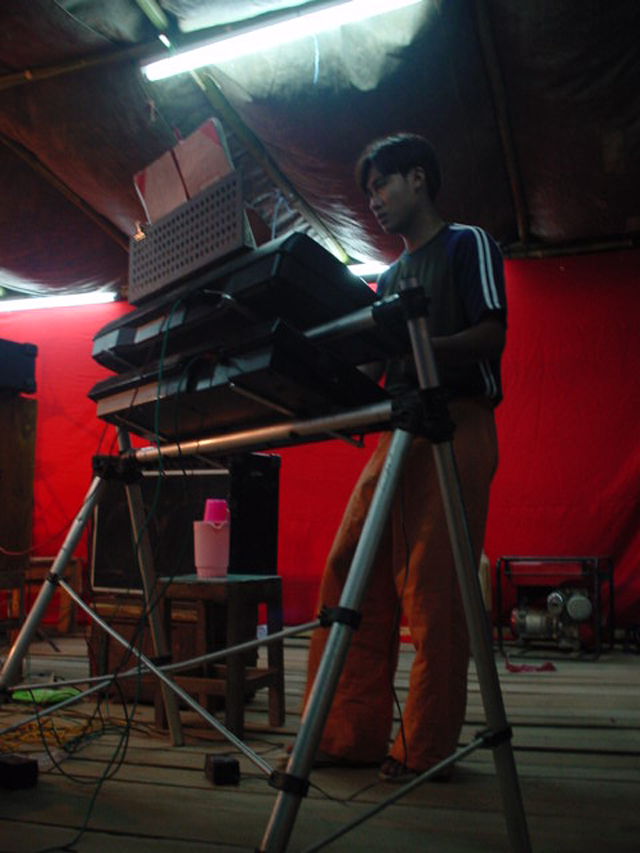
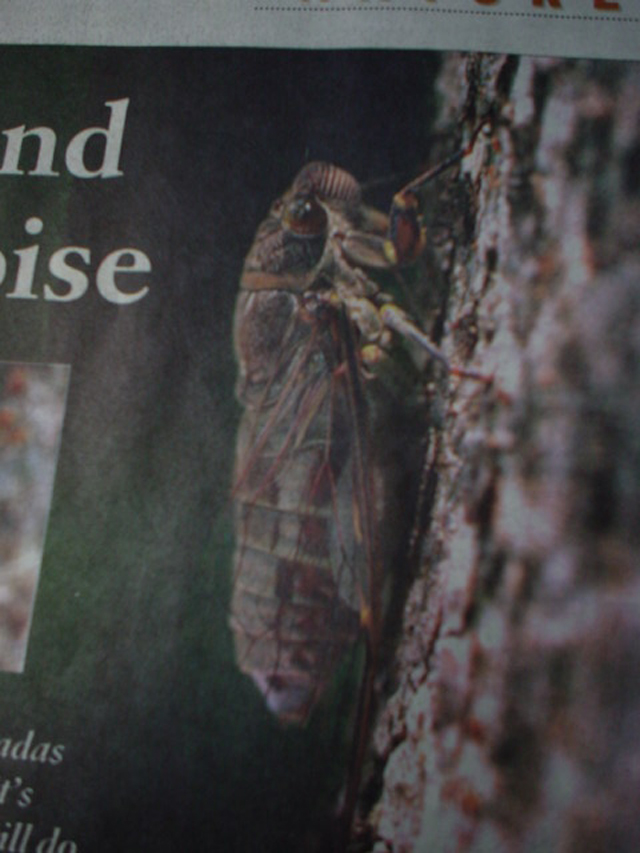
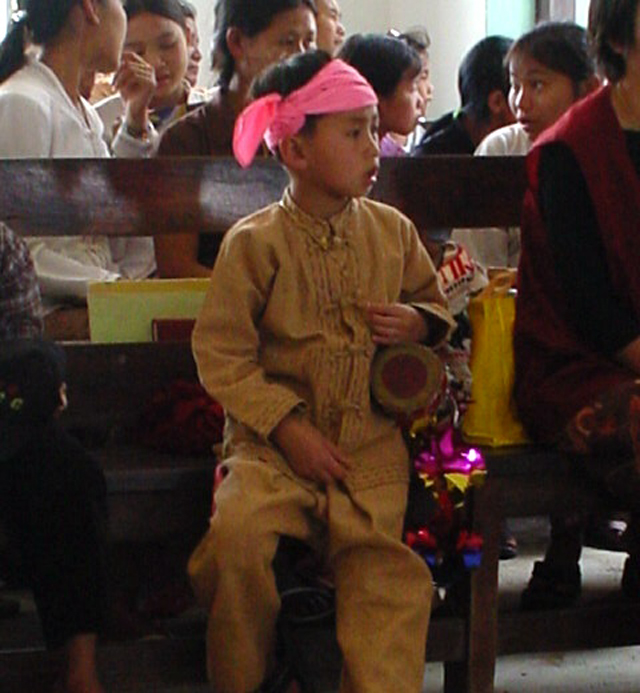
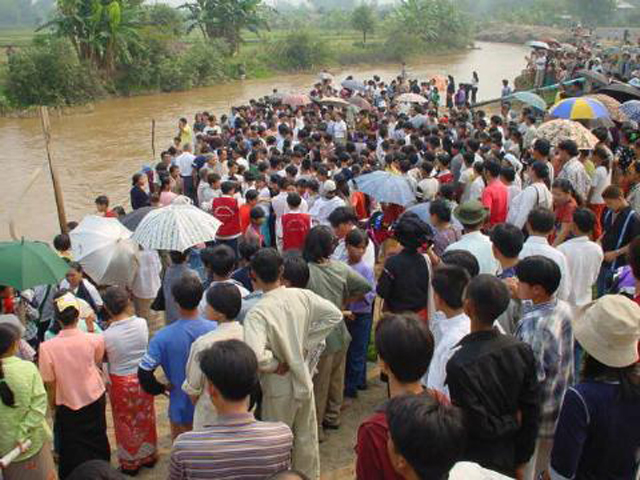
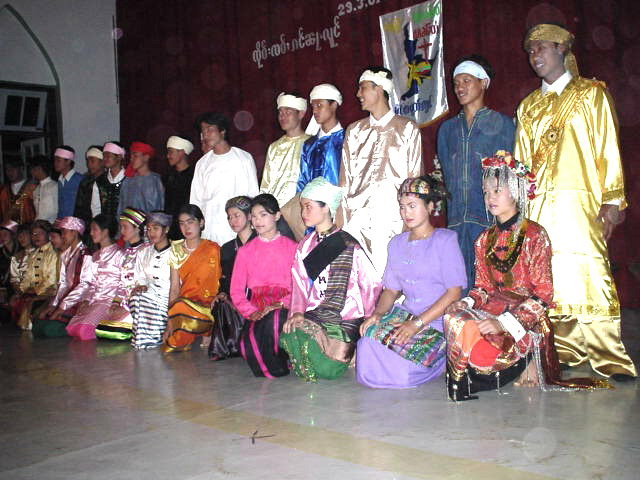
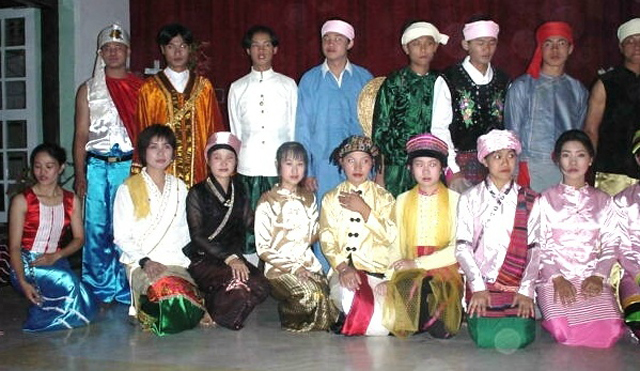
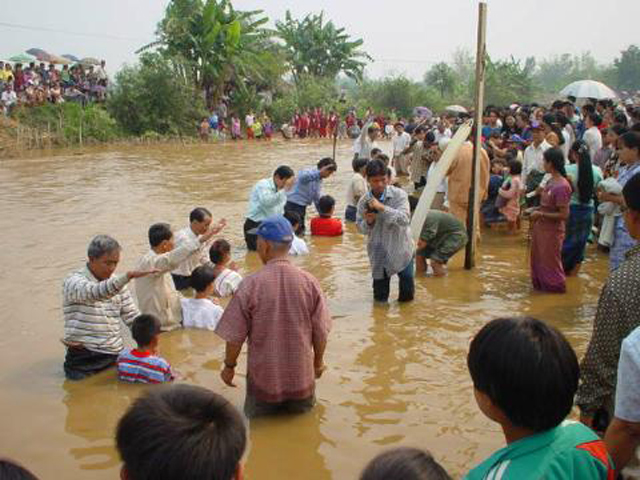

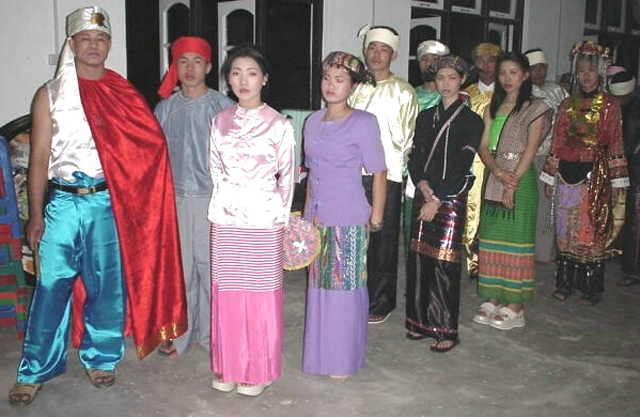
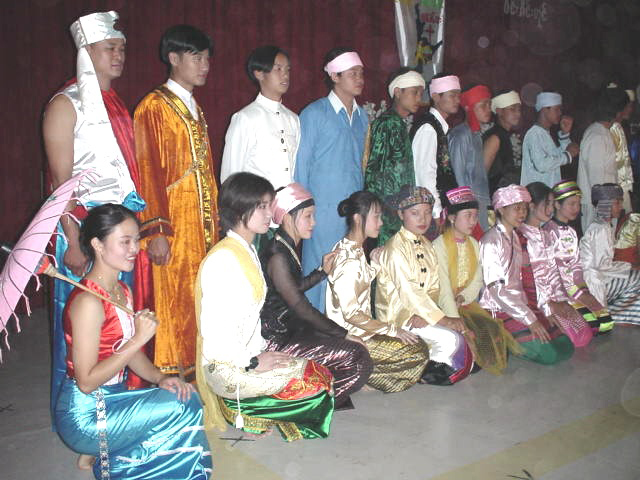
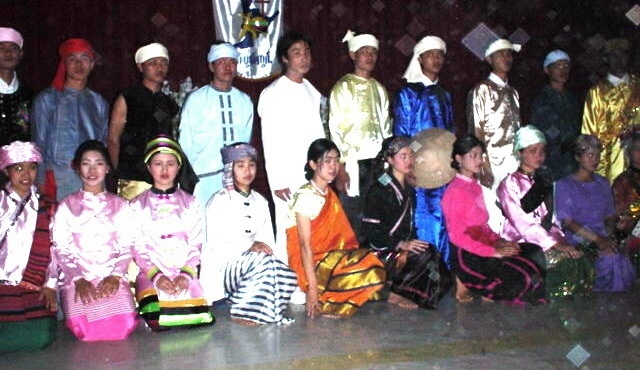
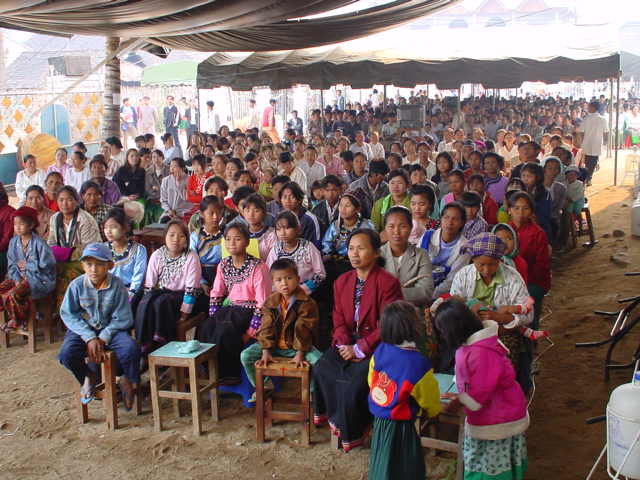
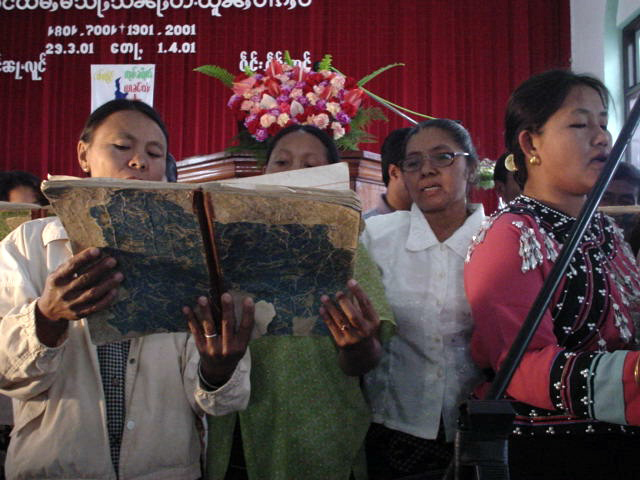
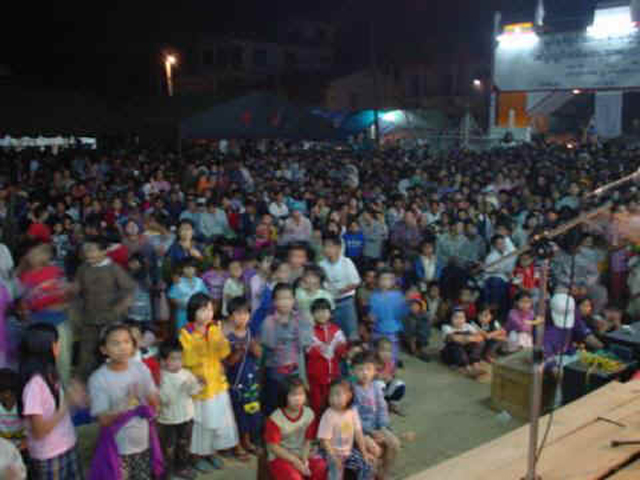
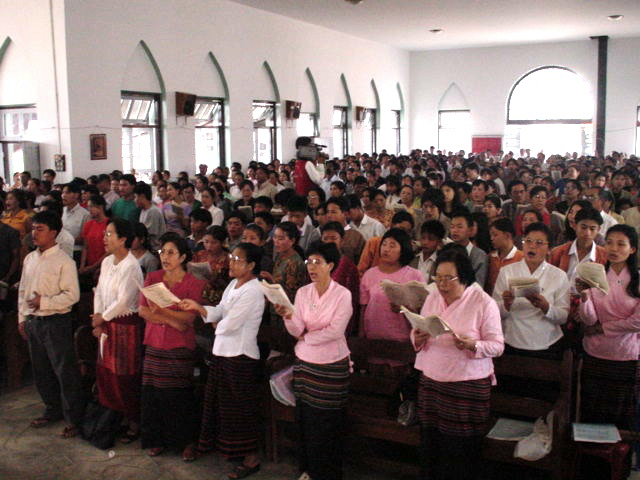
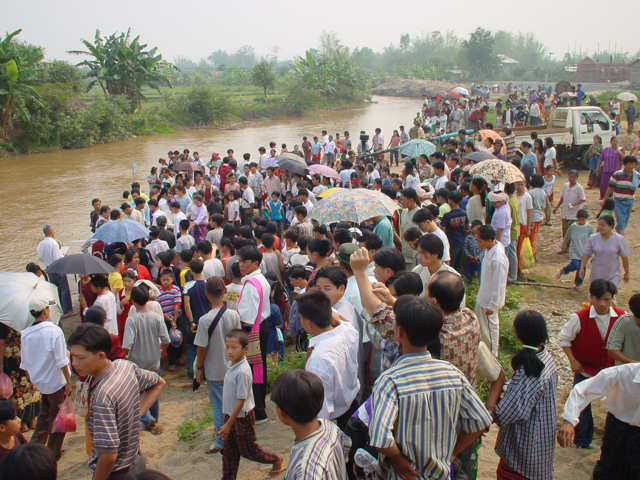
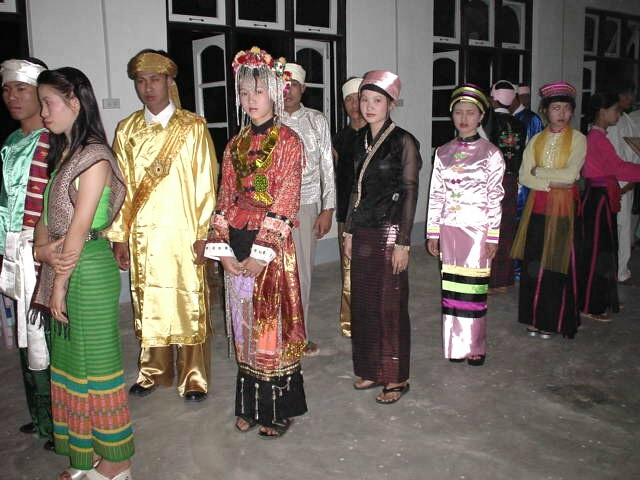
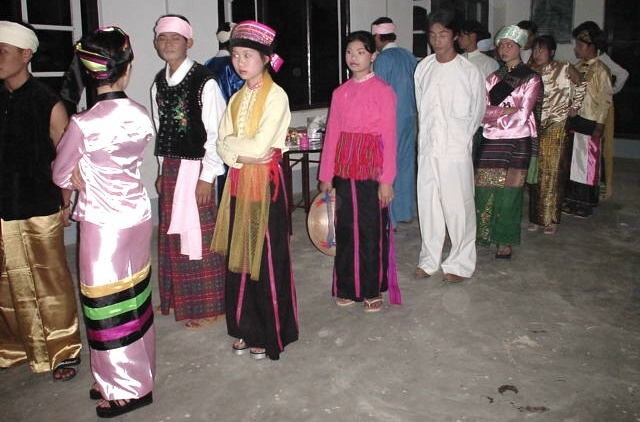
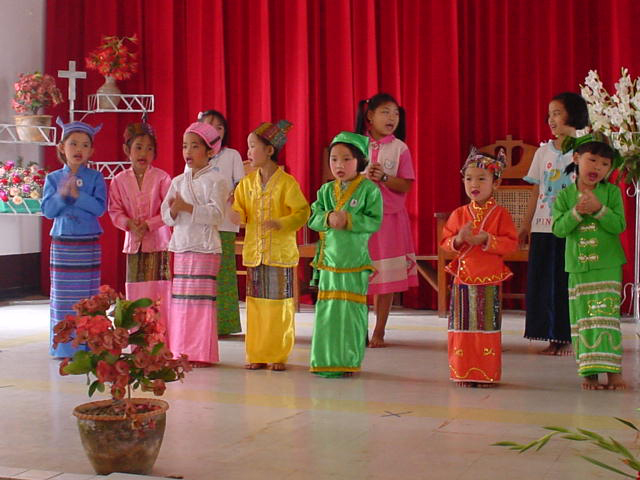
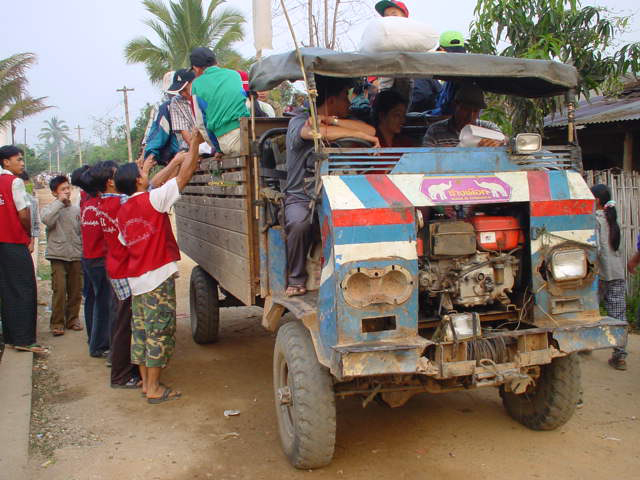
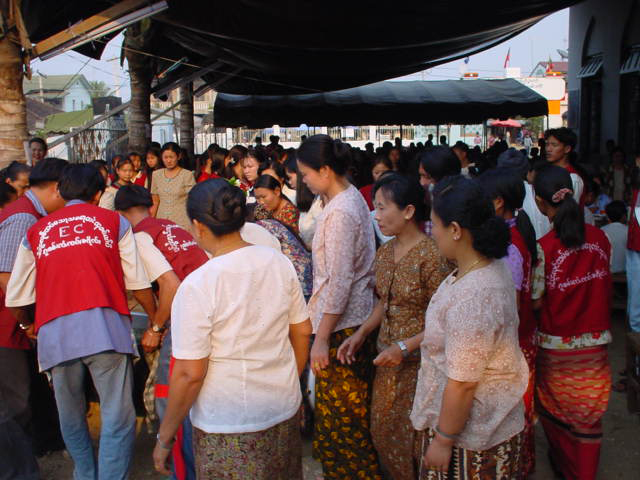
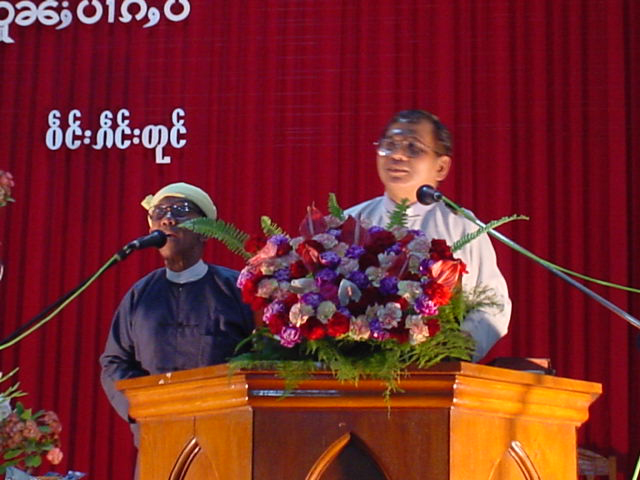
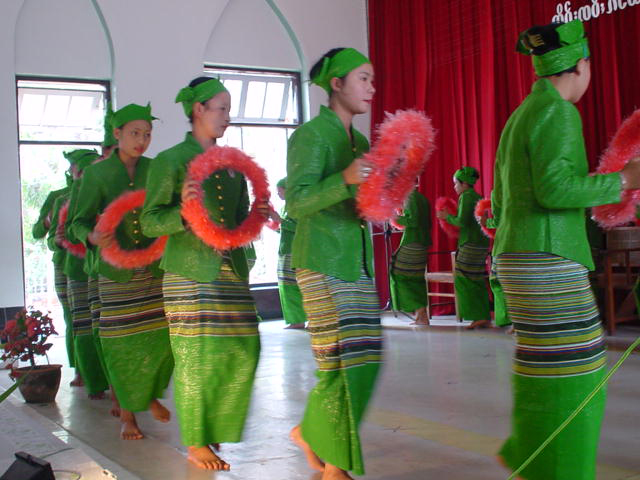
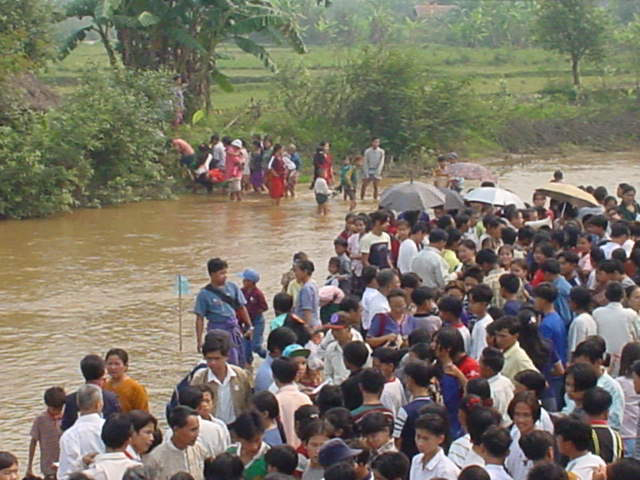
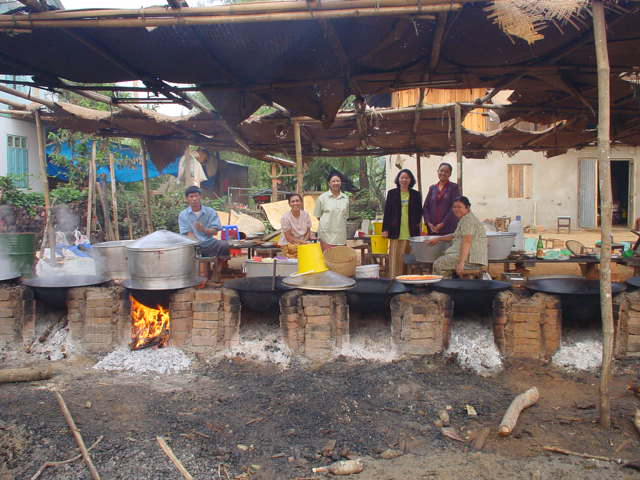
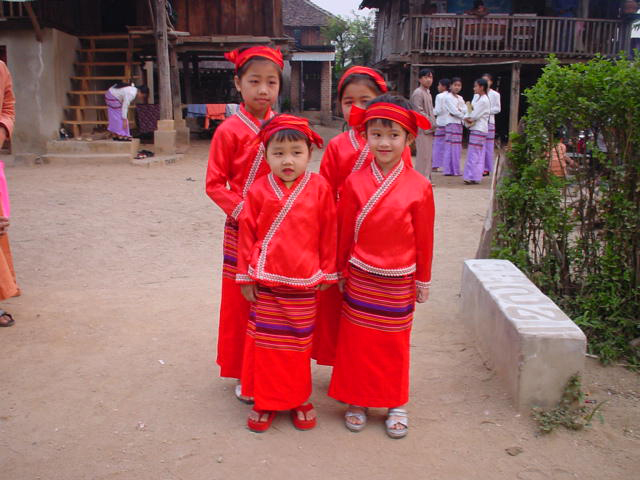
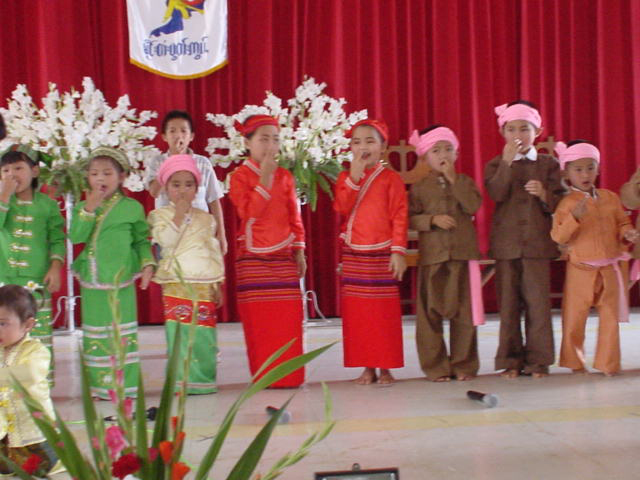
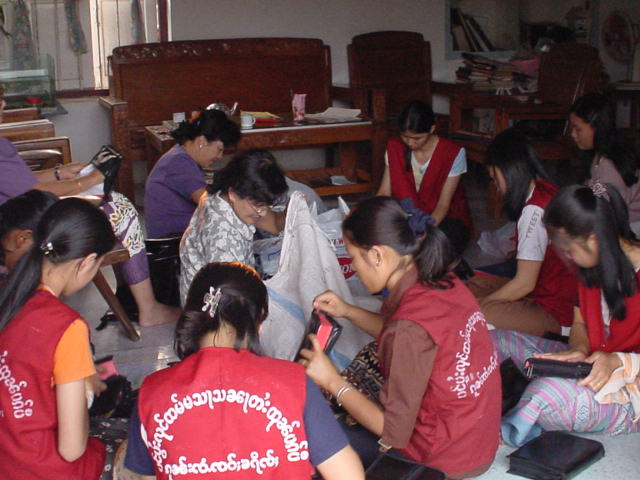
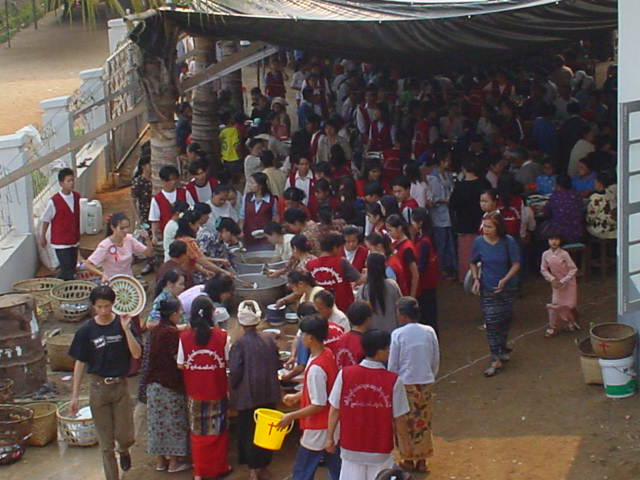
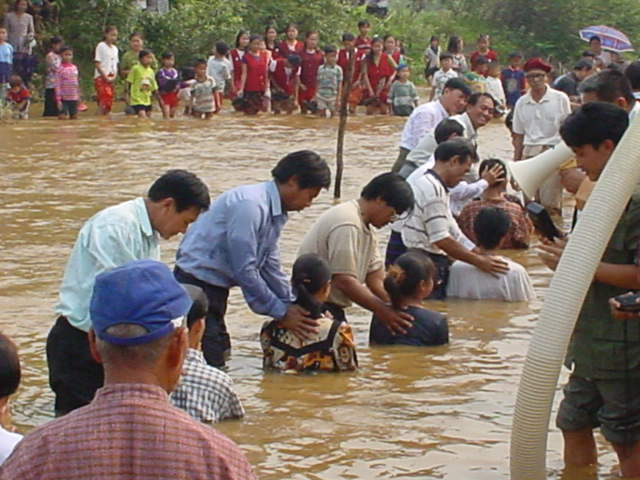
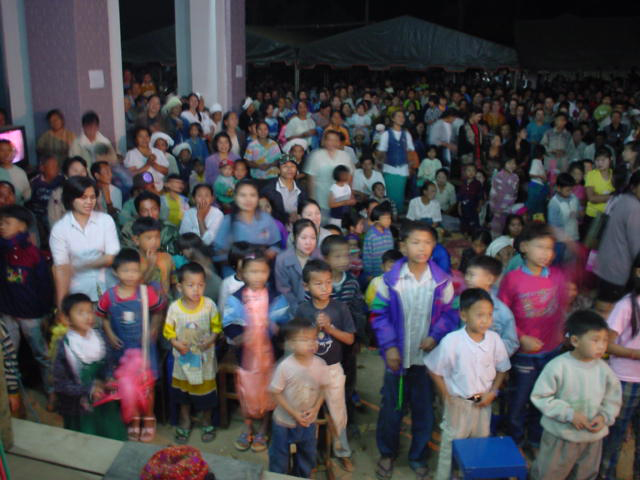
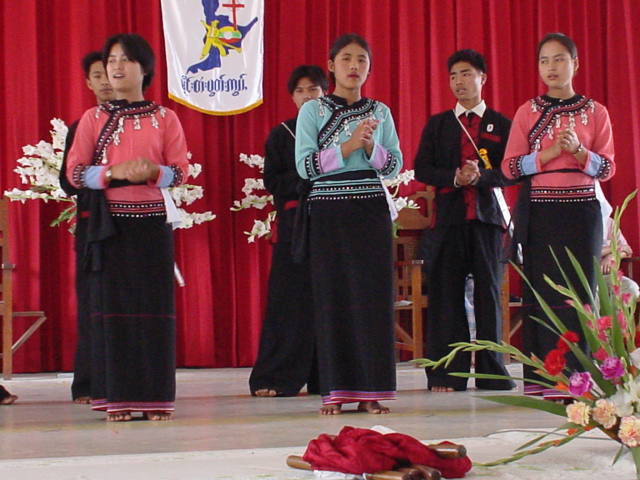
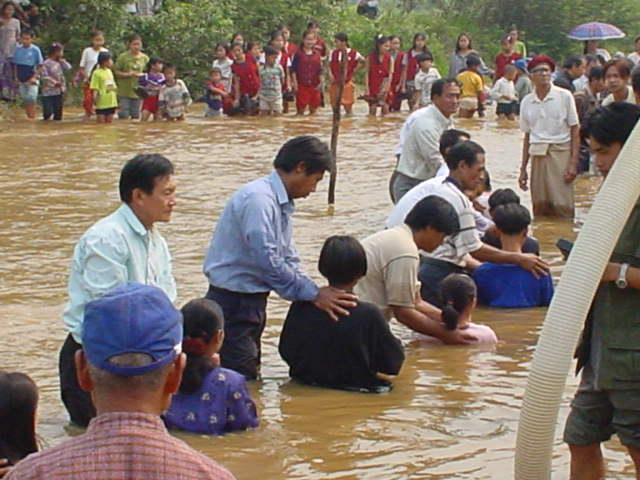
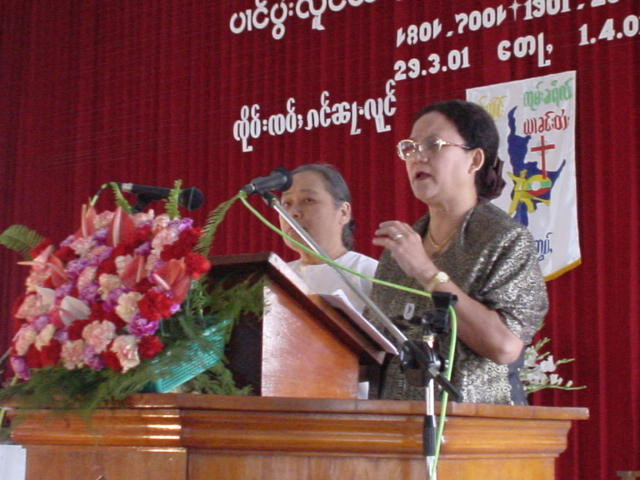
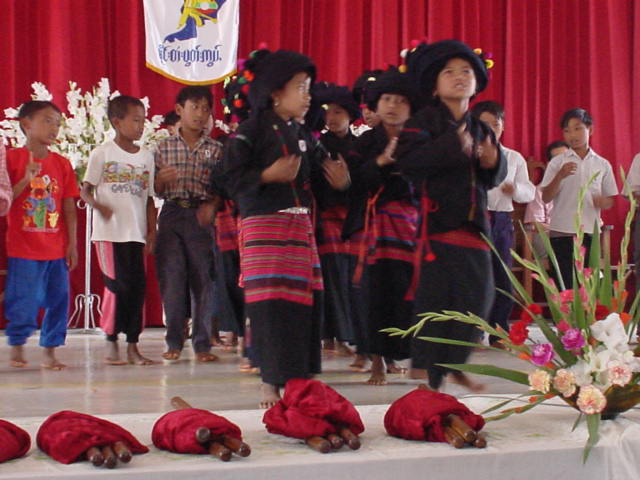
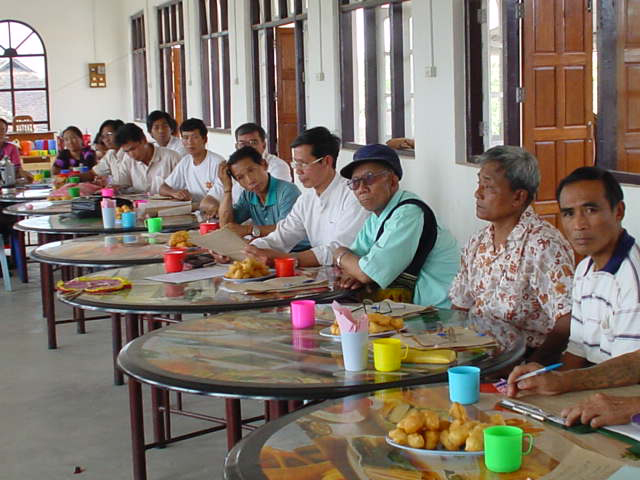
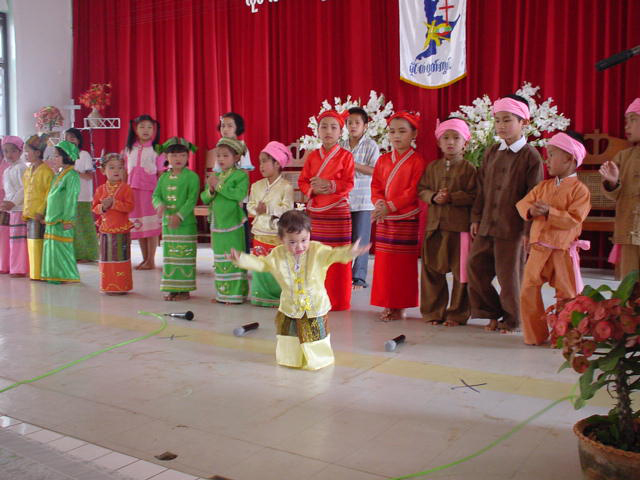
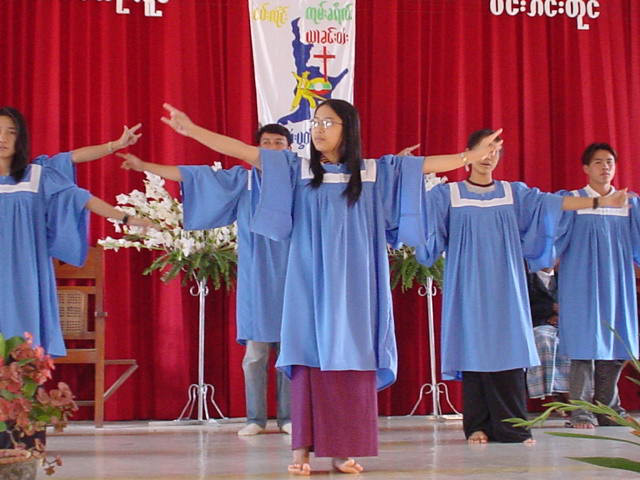
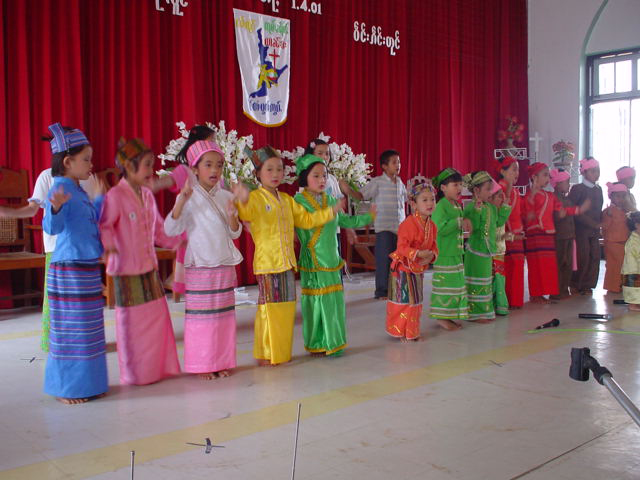

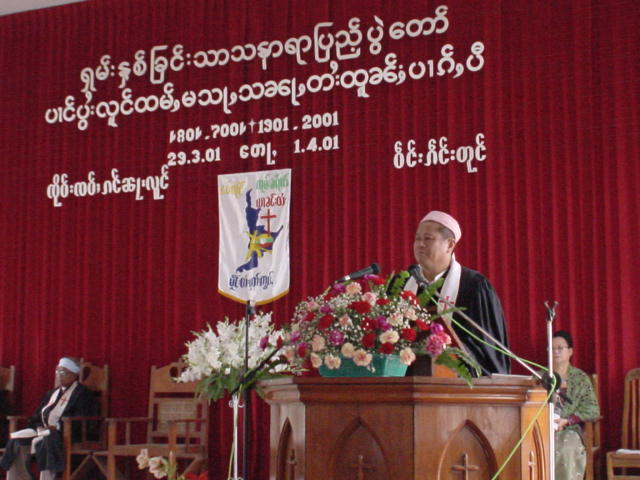
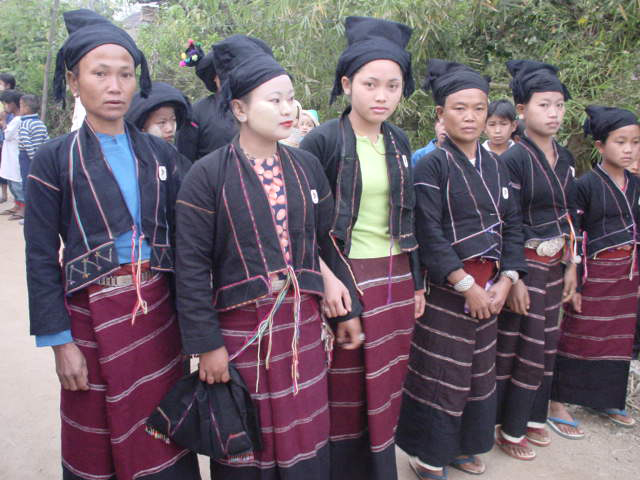
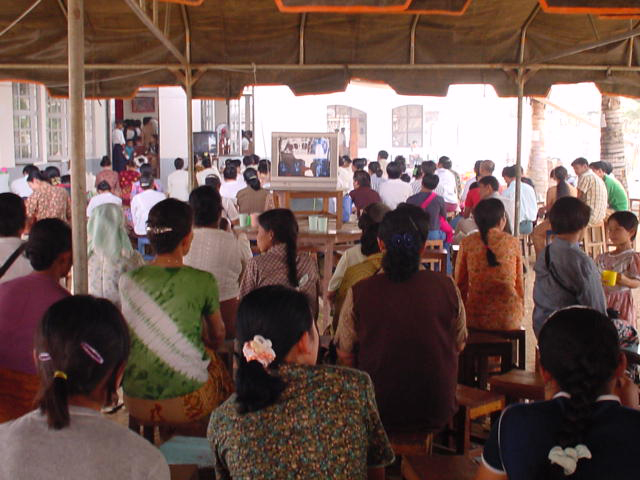
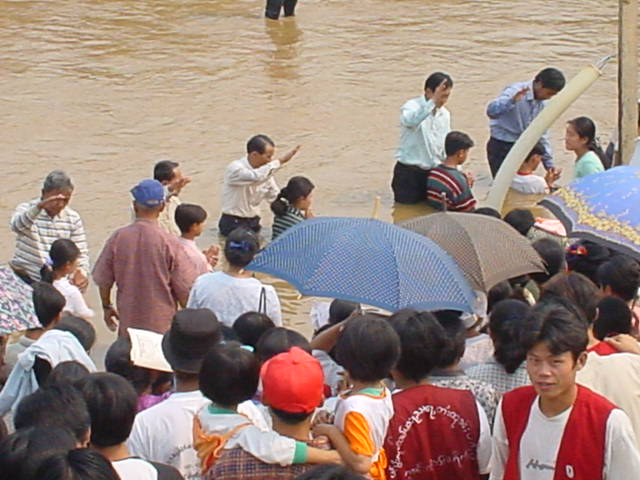
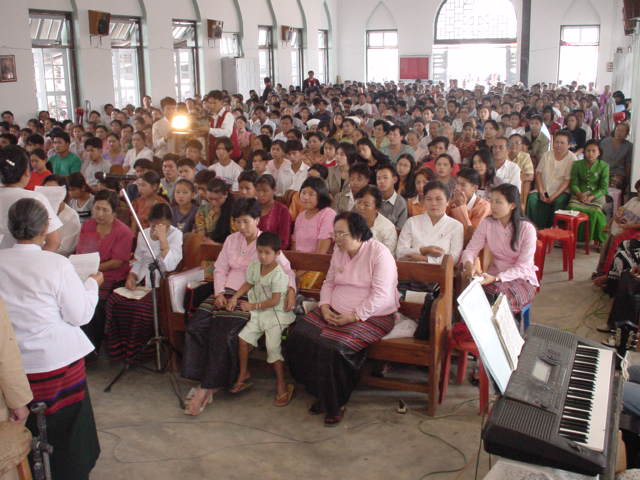
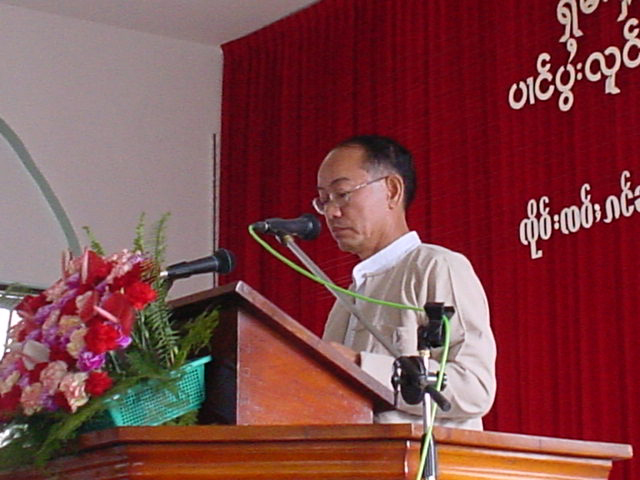
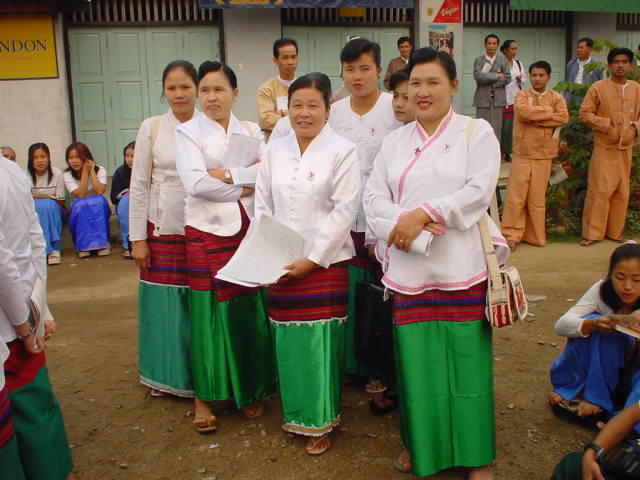
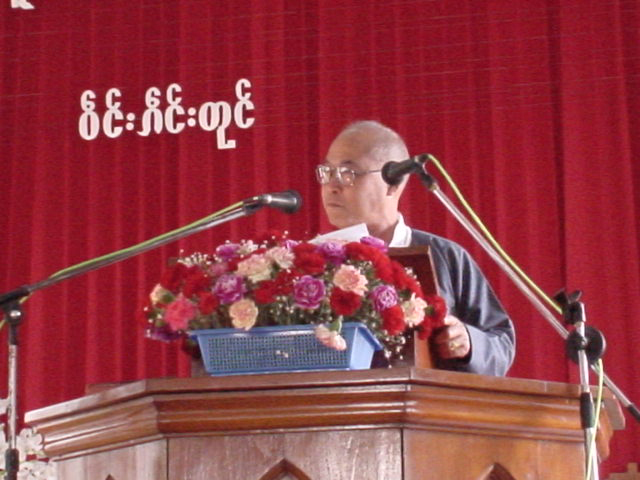
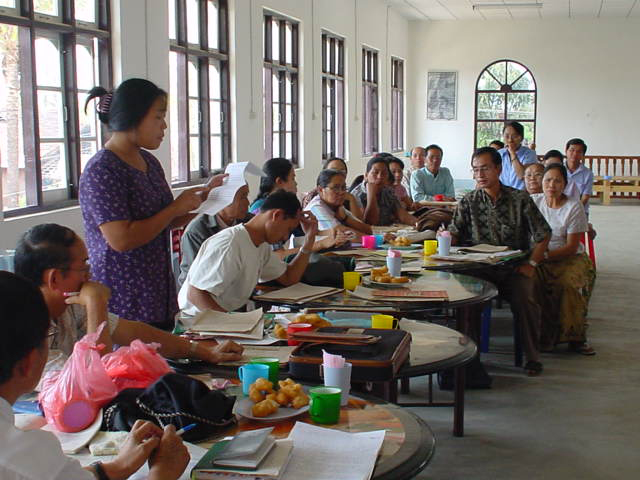
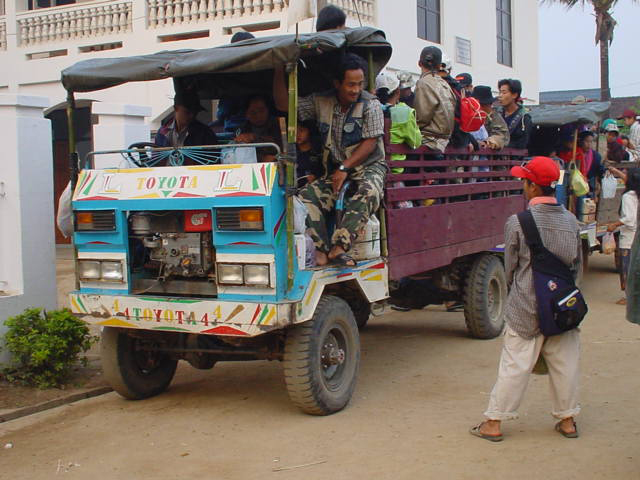
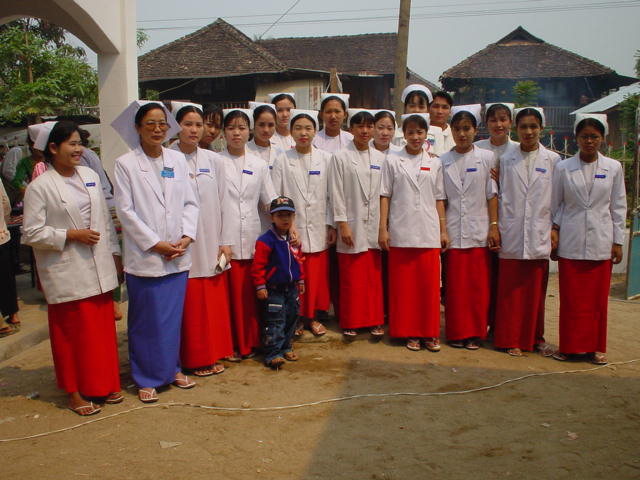
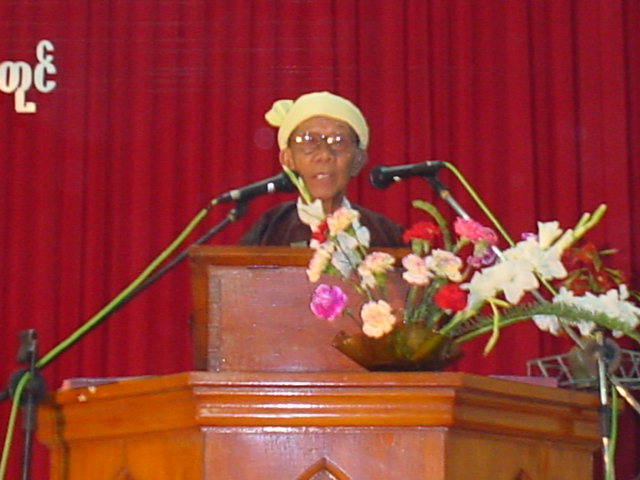
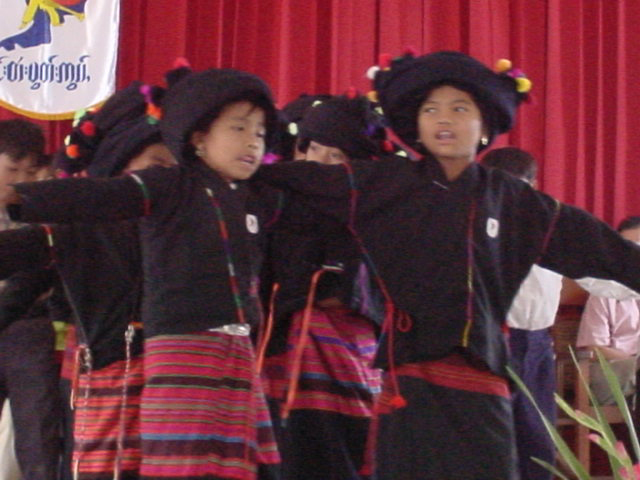
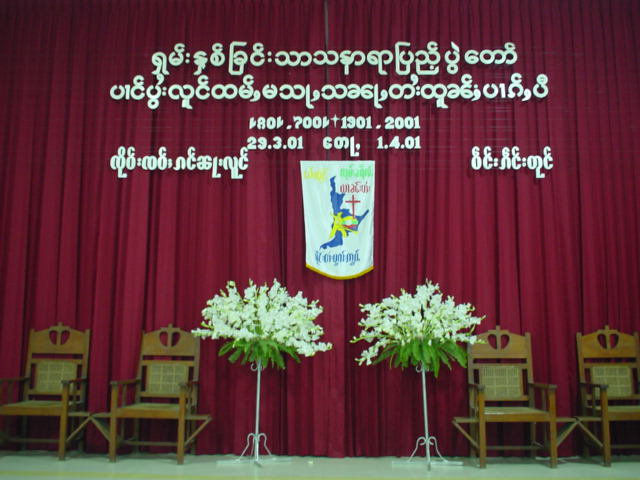
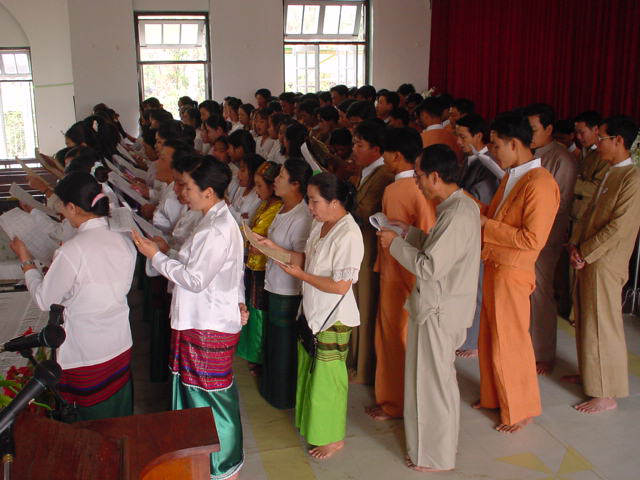
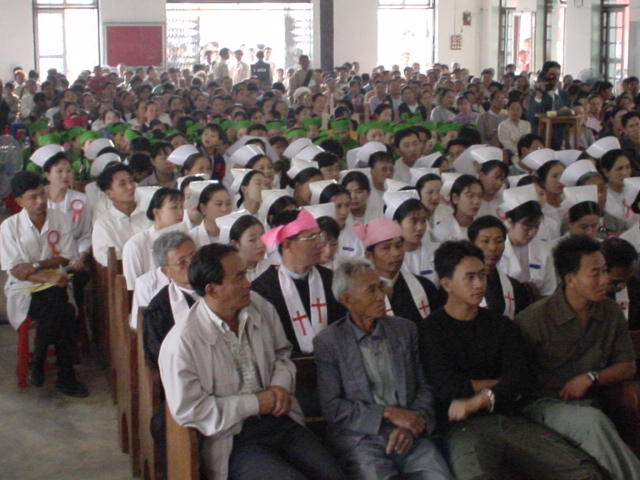
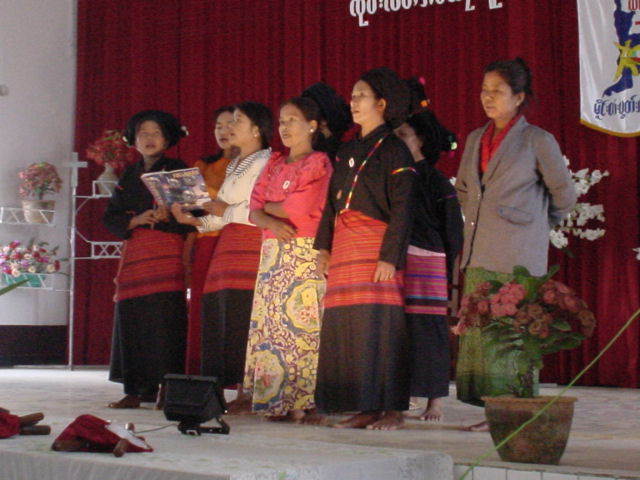
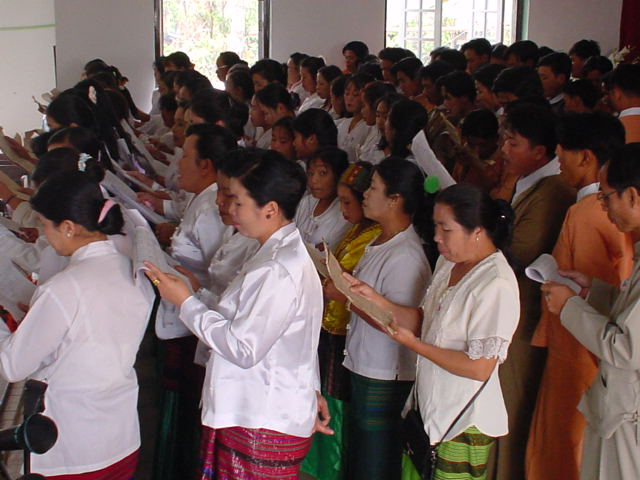
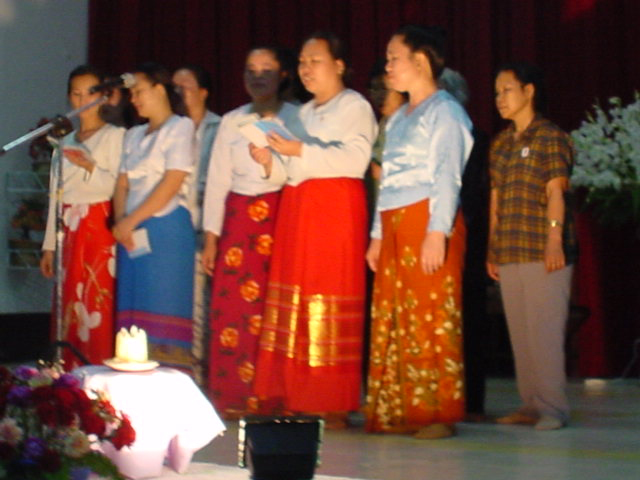
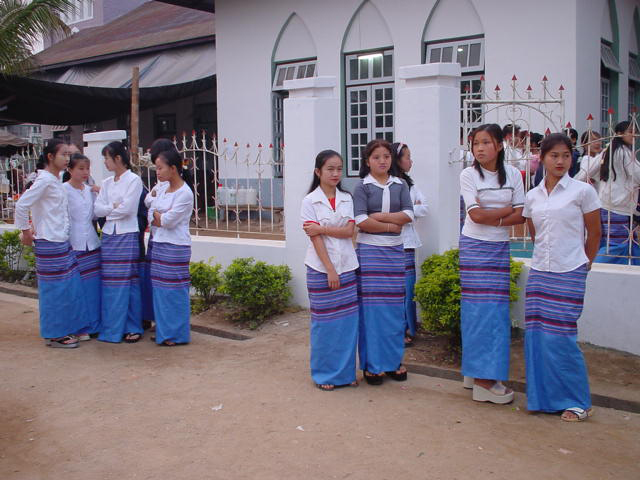
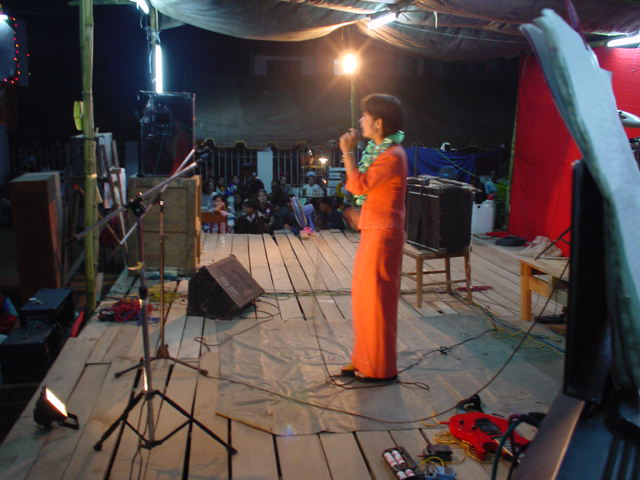
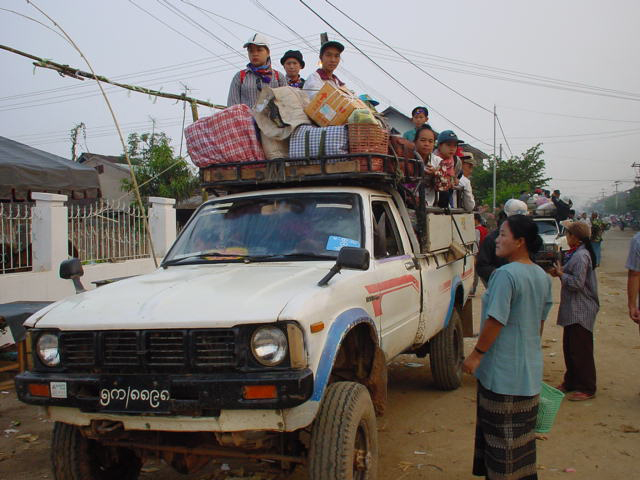
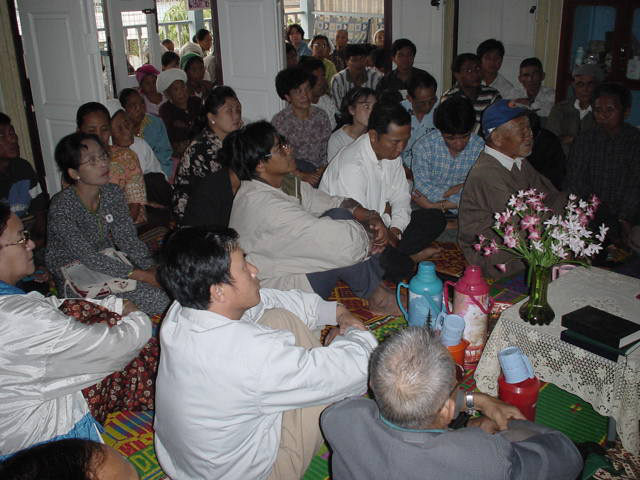
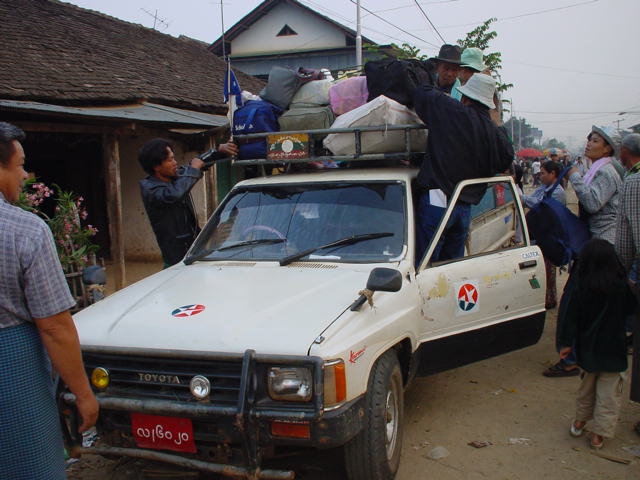
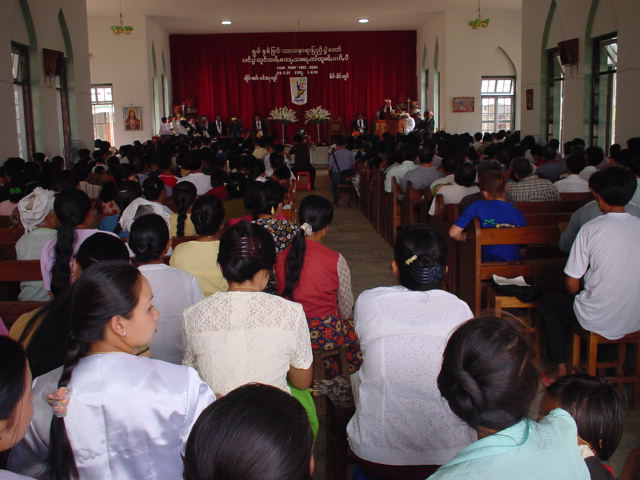
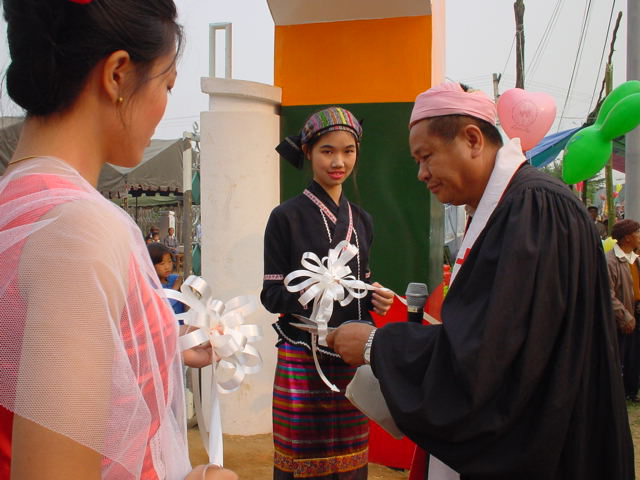
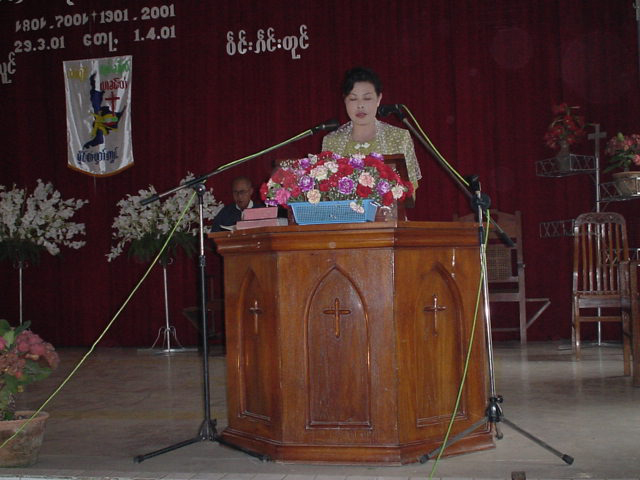
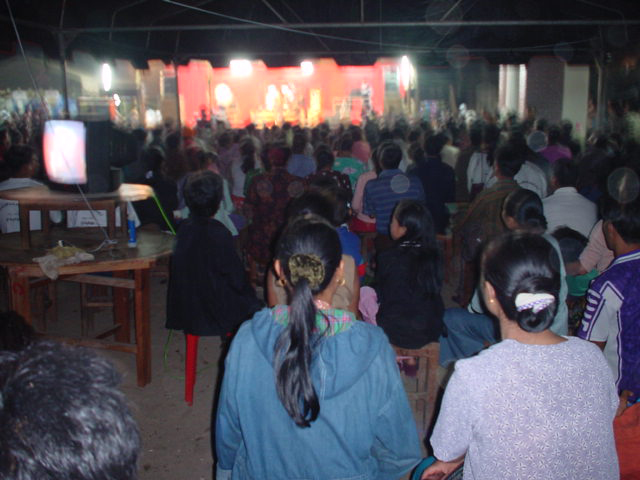
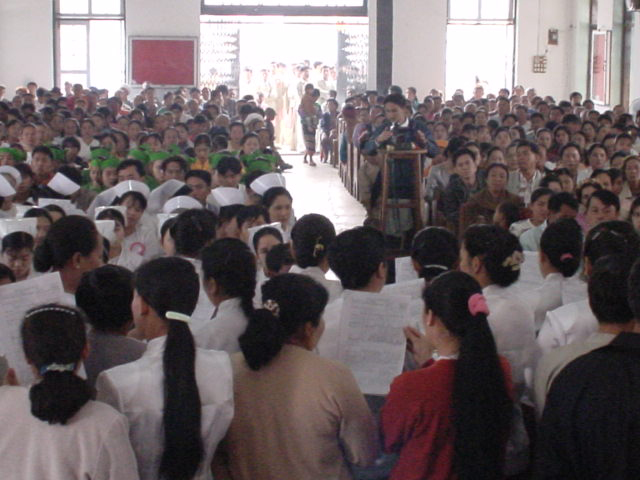
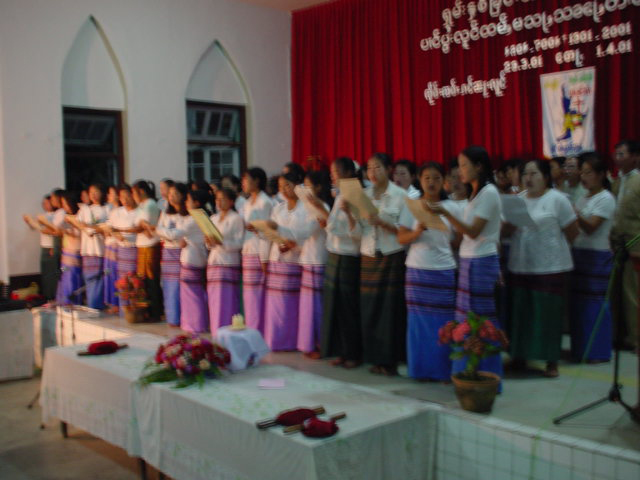
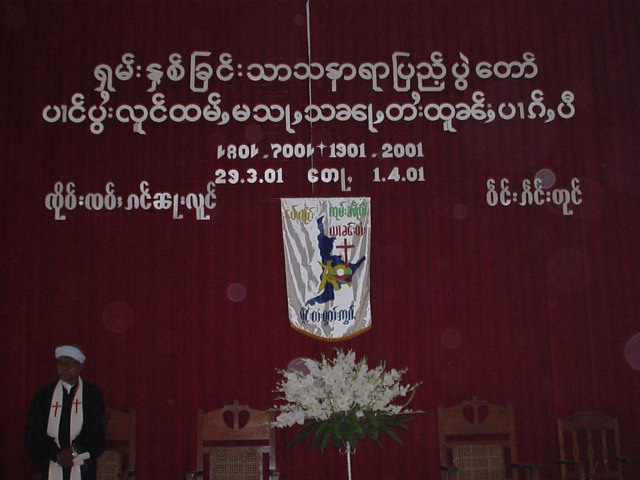
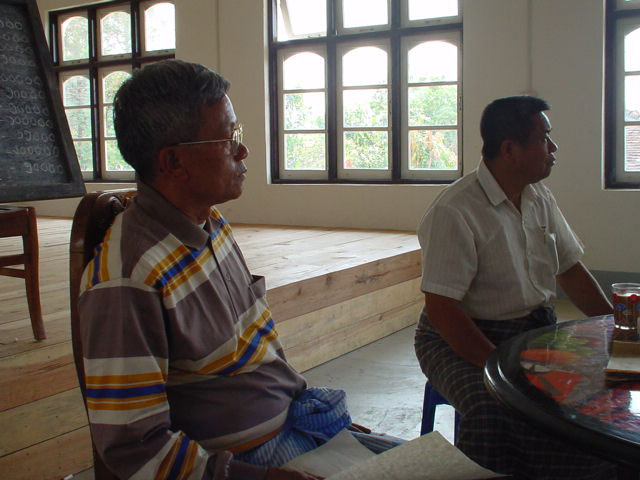
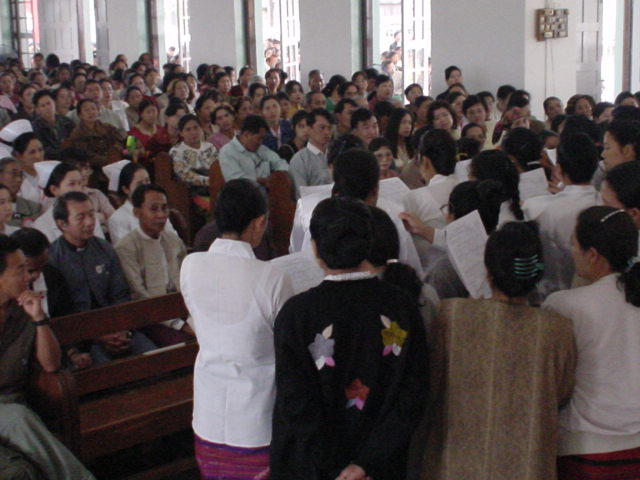
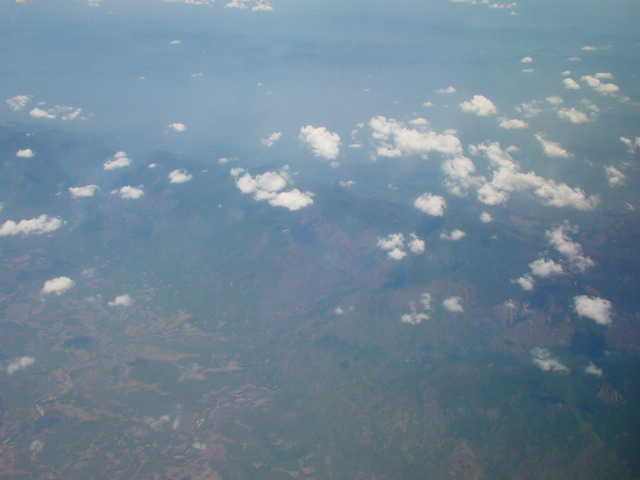
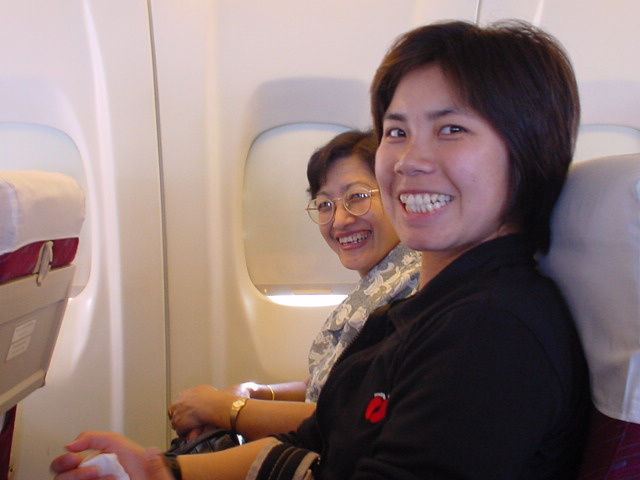
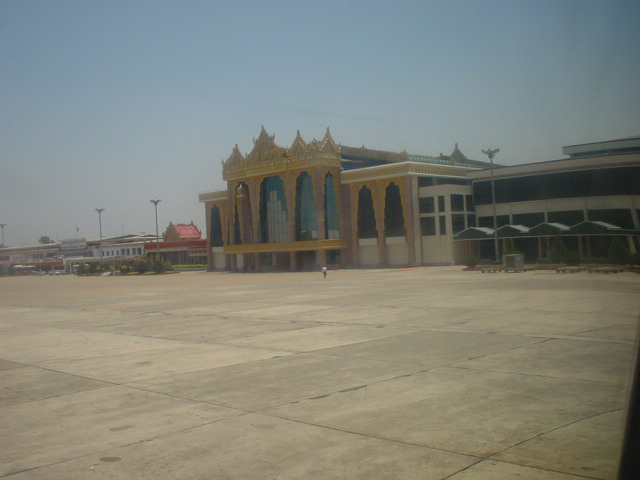
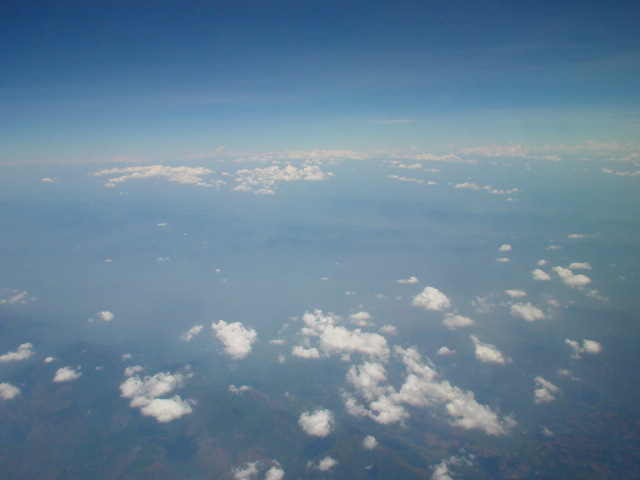
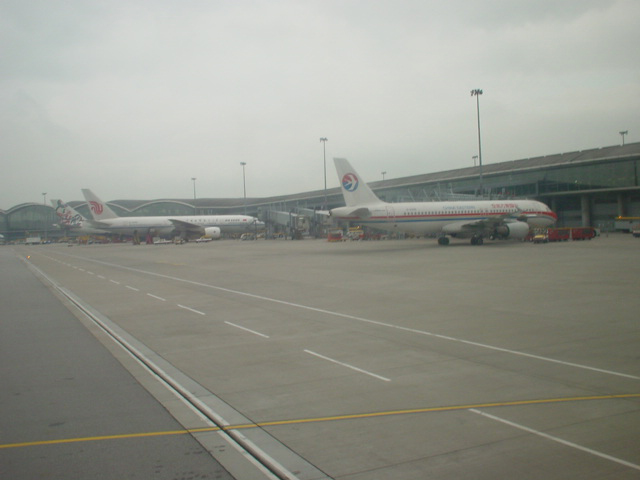
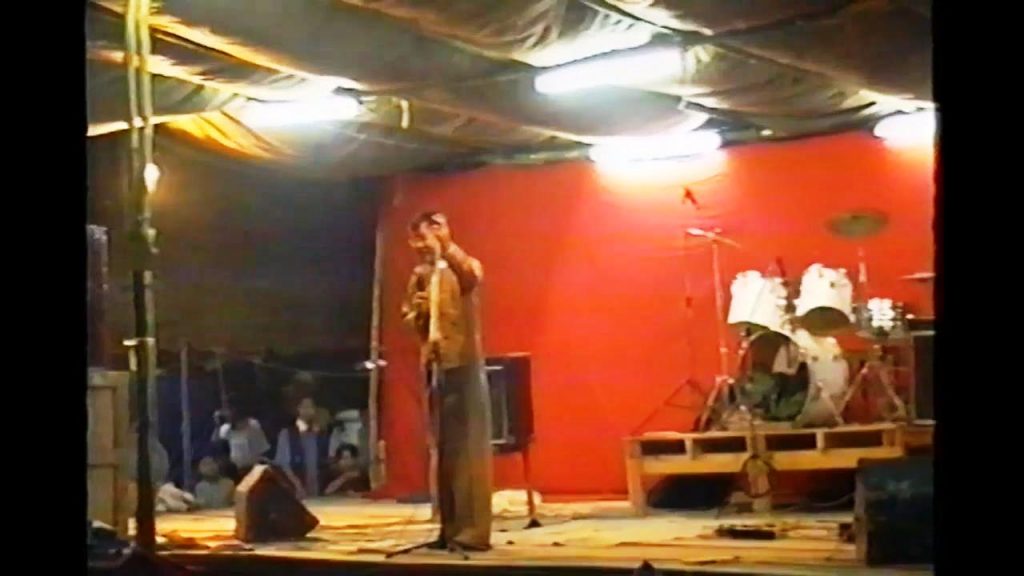
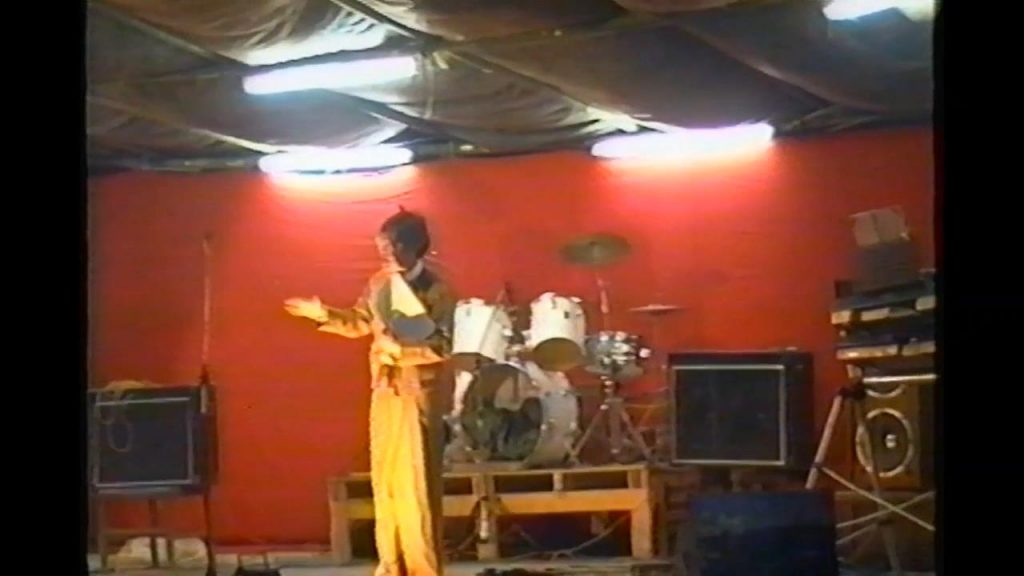
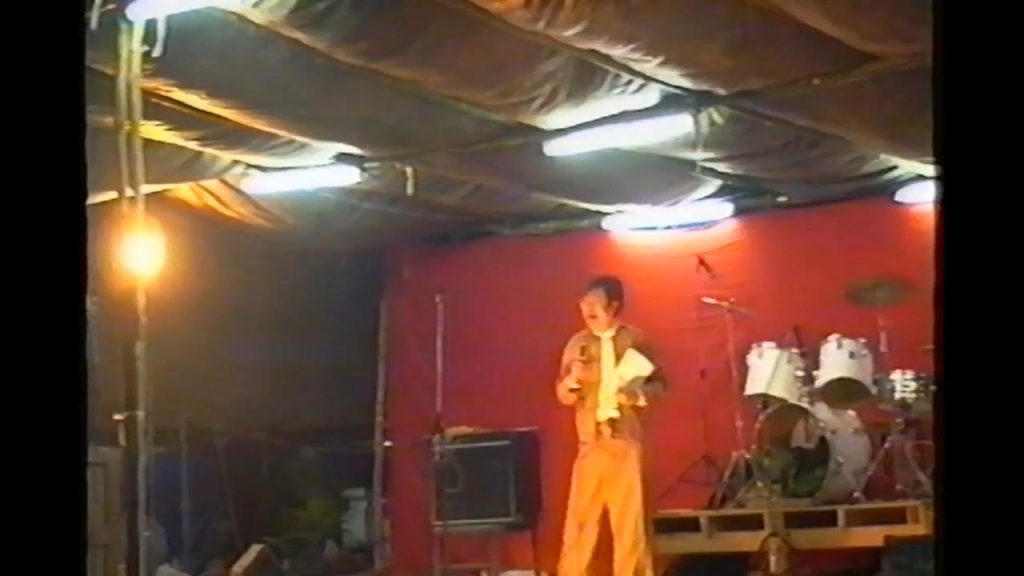
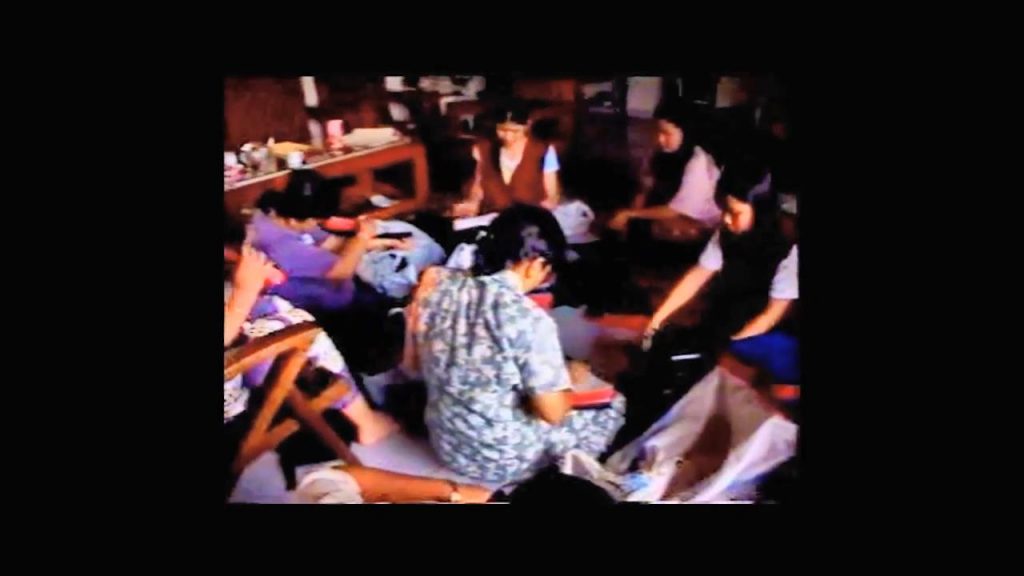
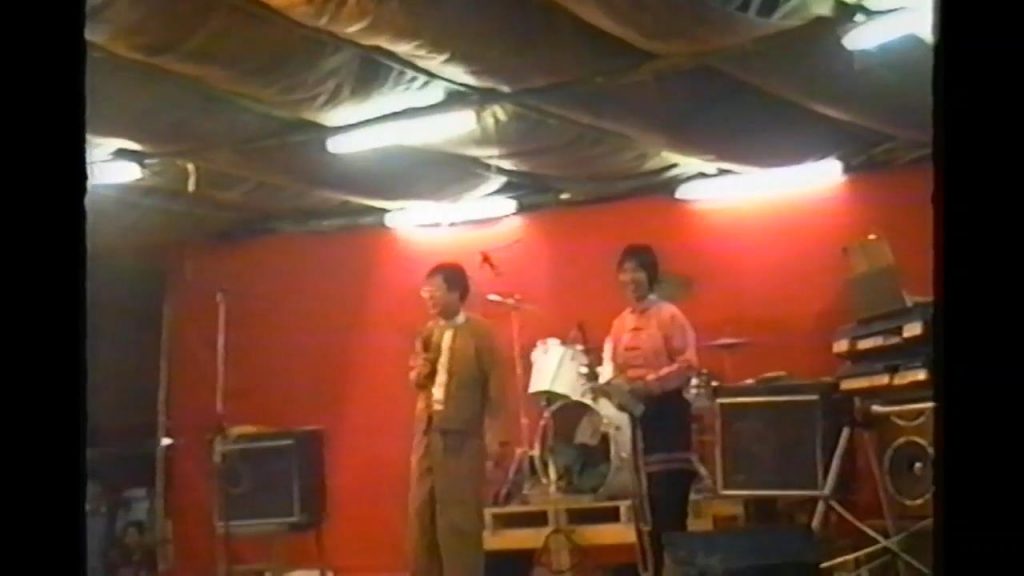
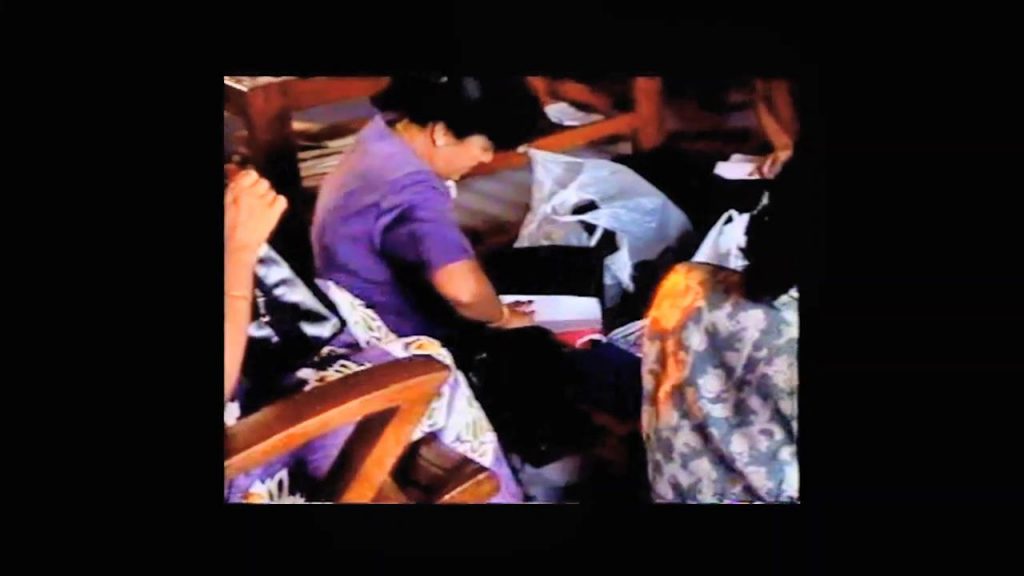
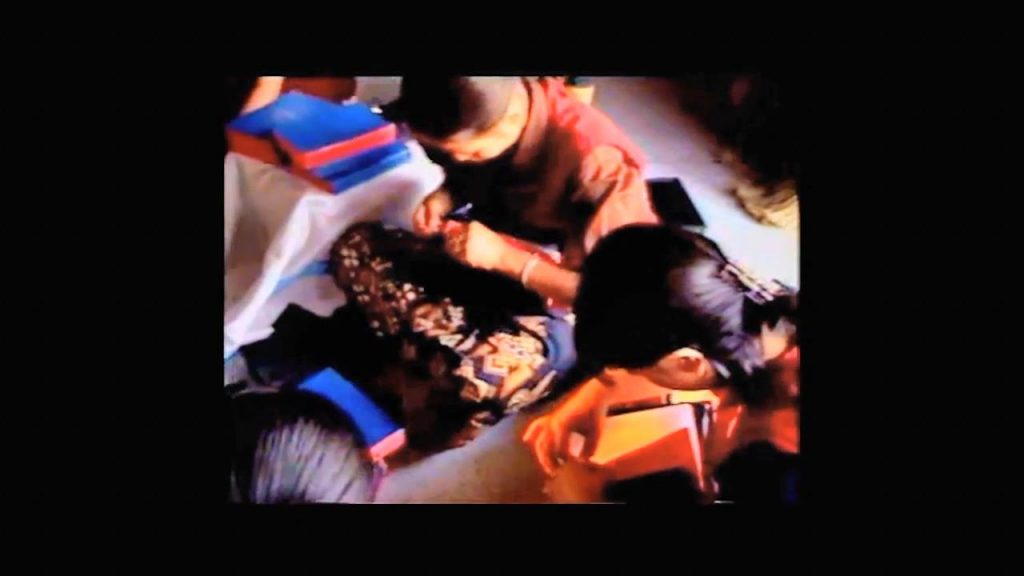
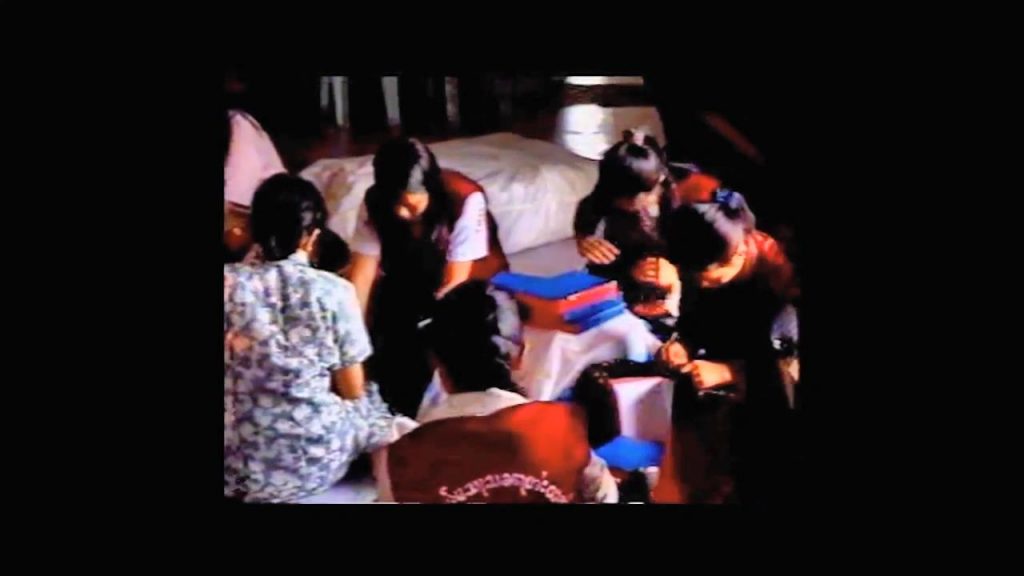
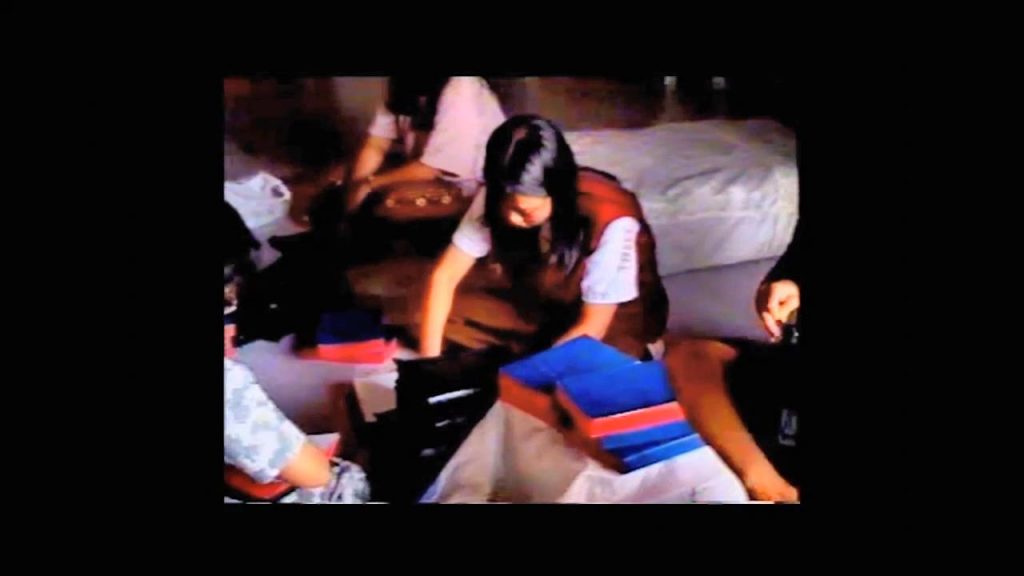
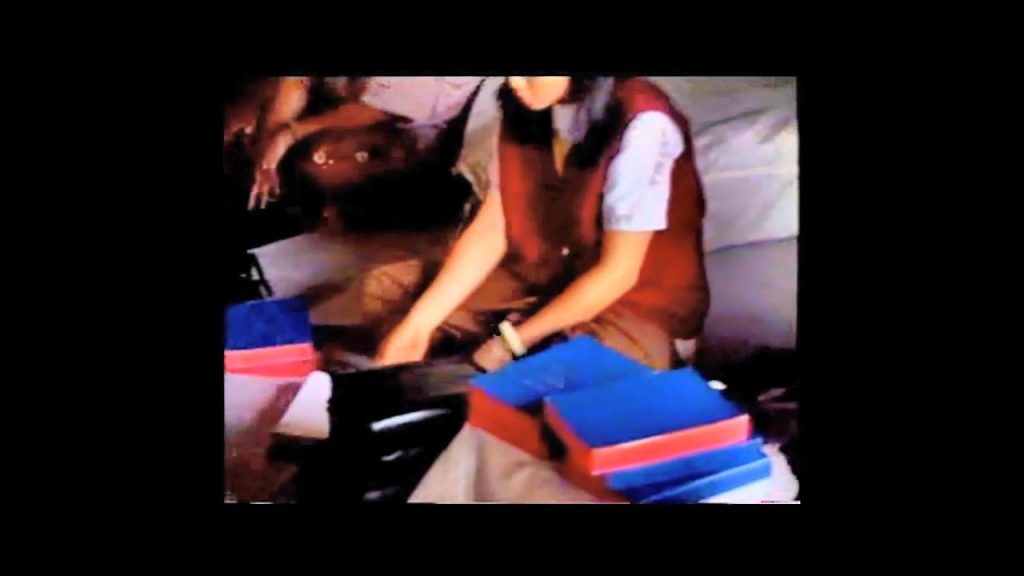
ShweLi Valley Shan Baptist Association Centenary Celebration
1993 December
MuSe
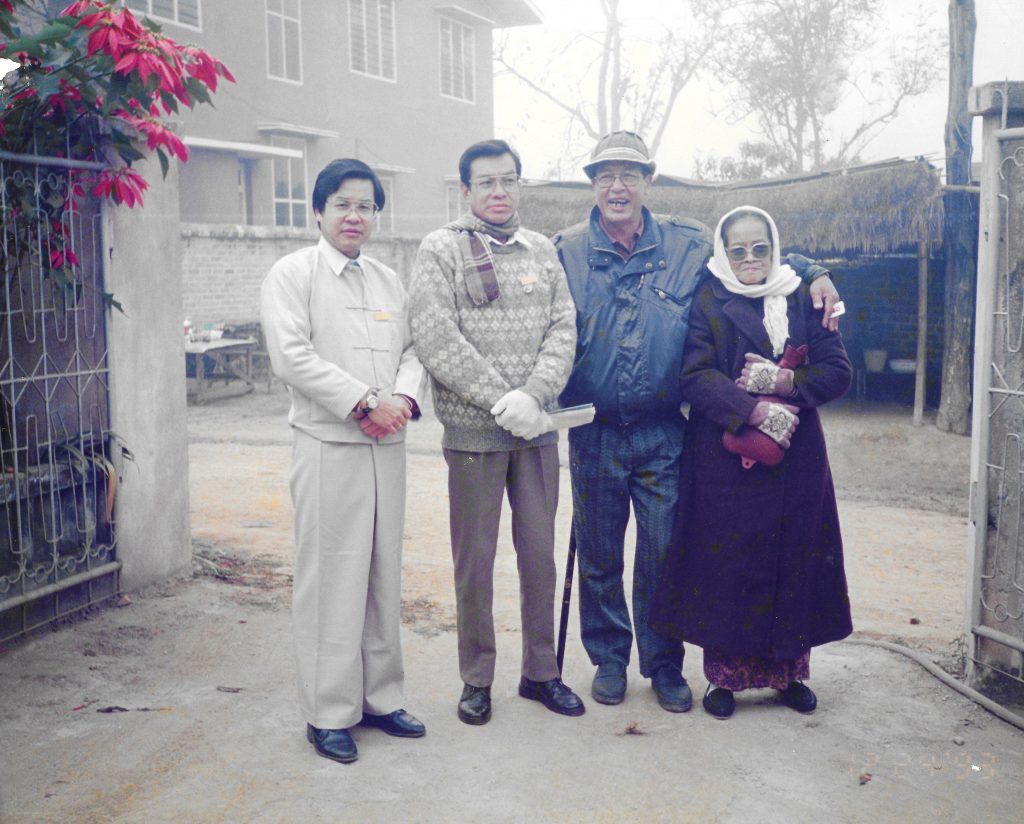
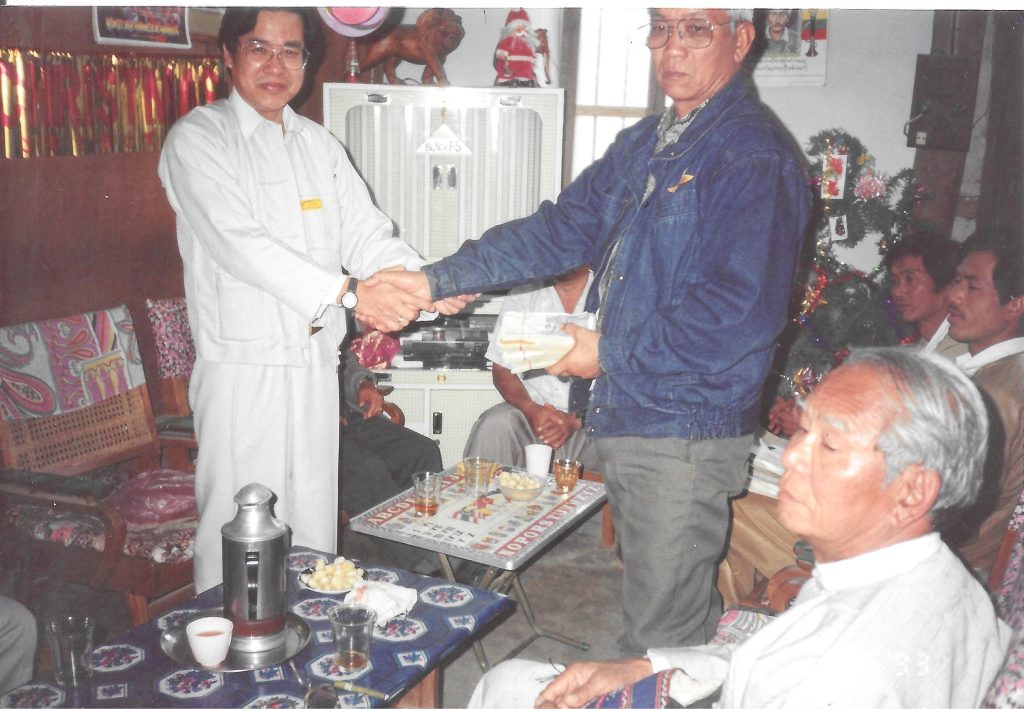
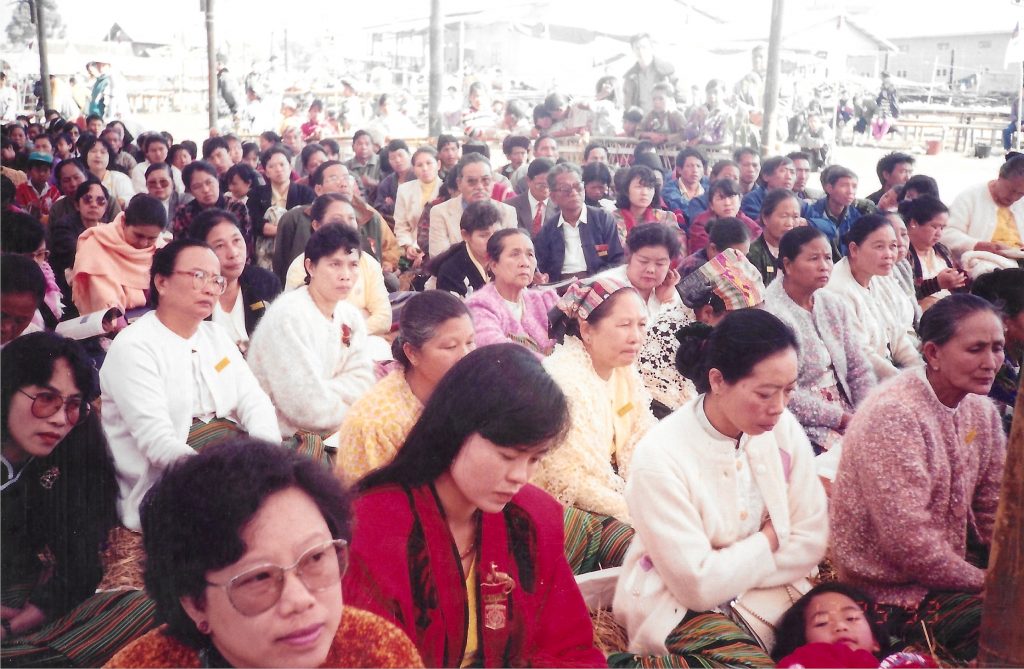
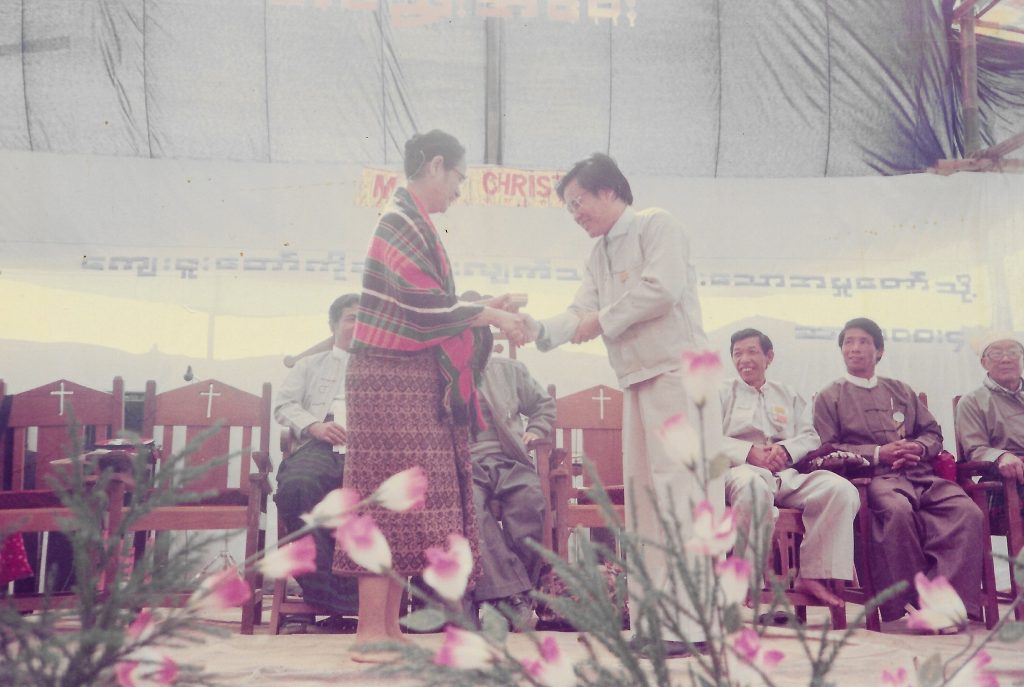
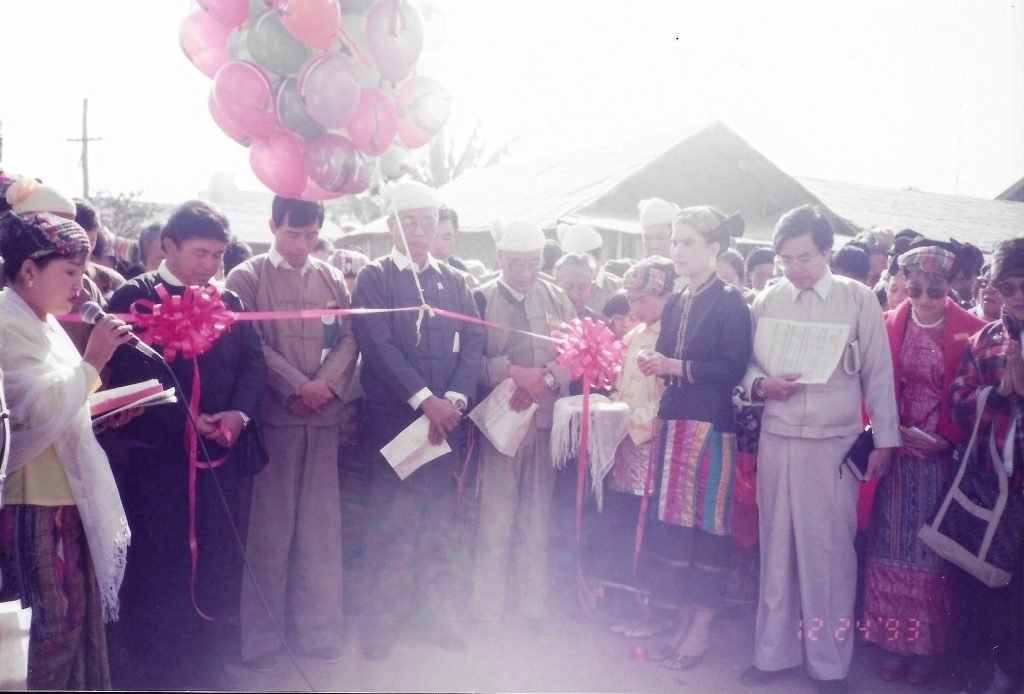
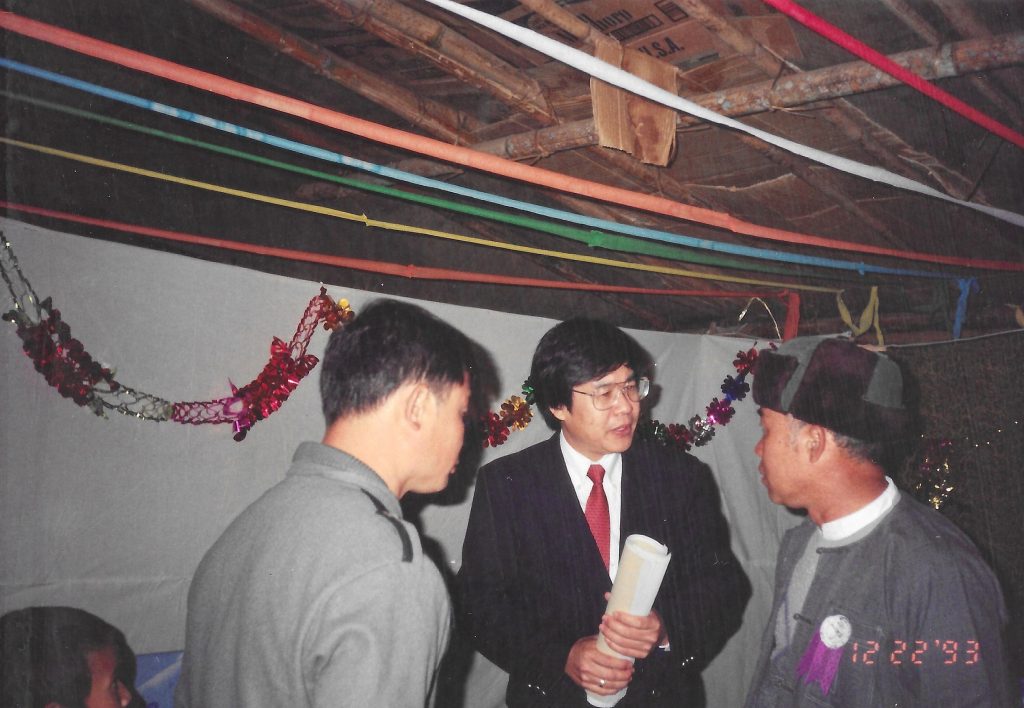
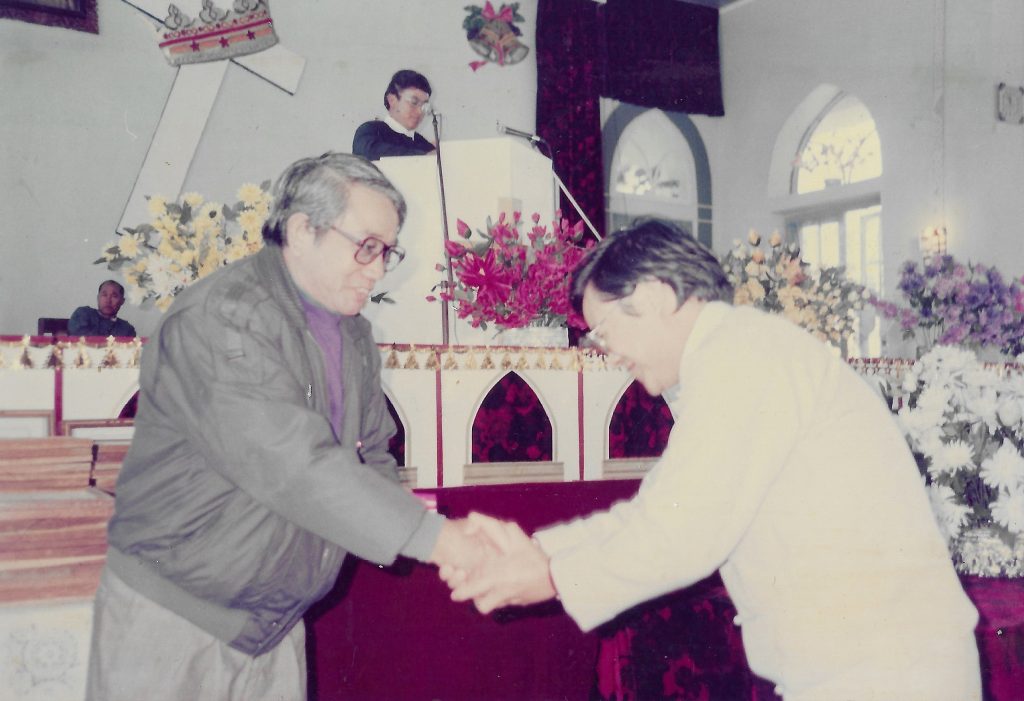
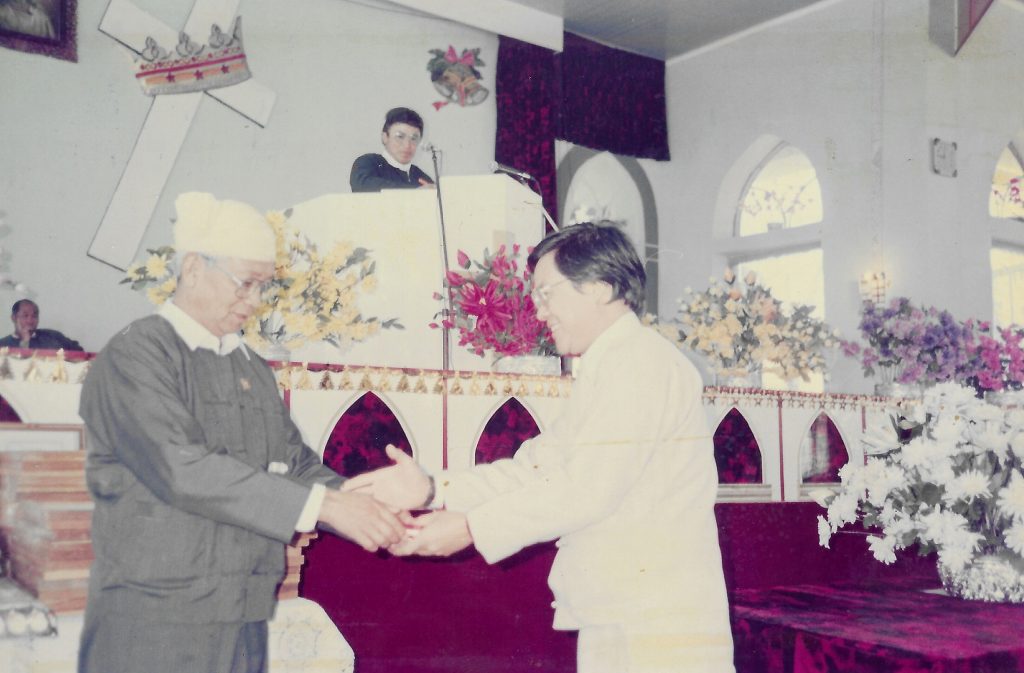
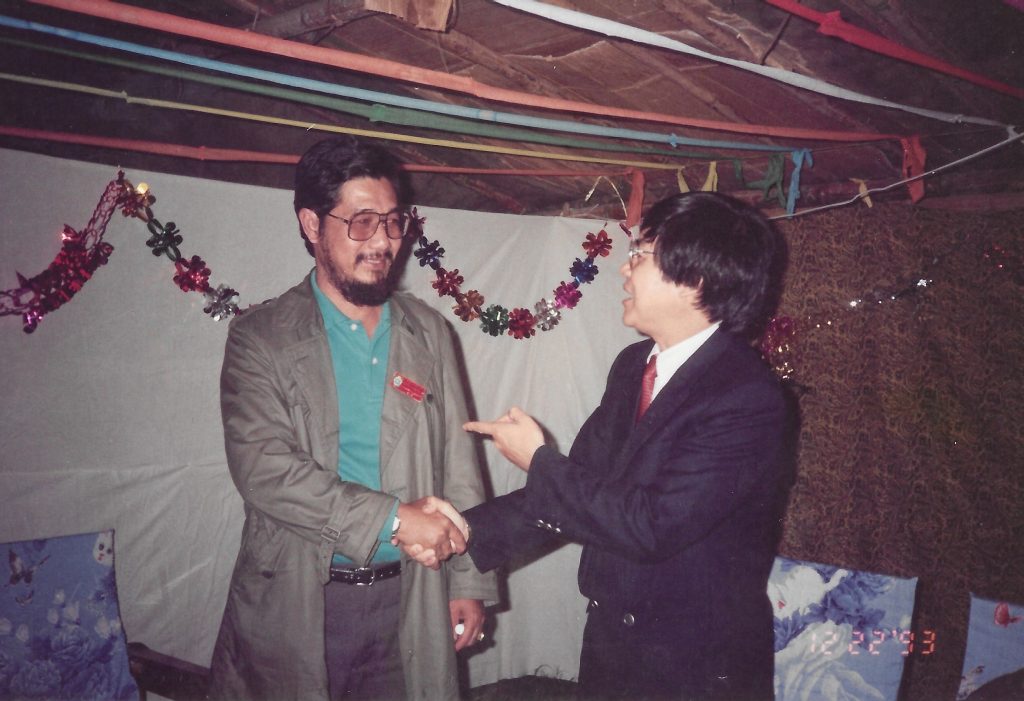
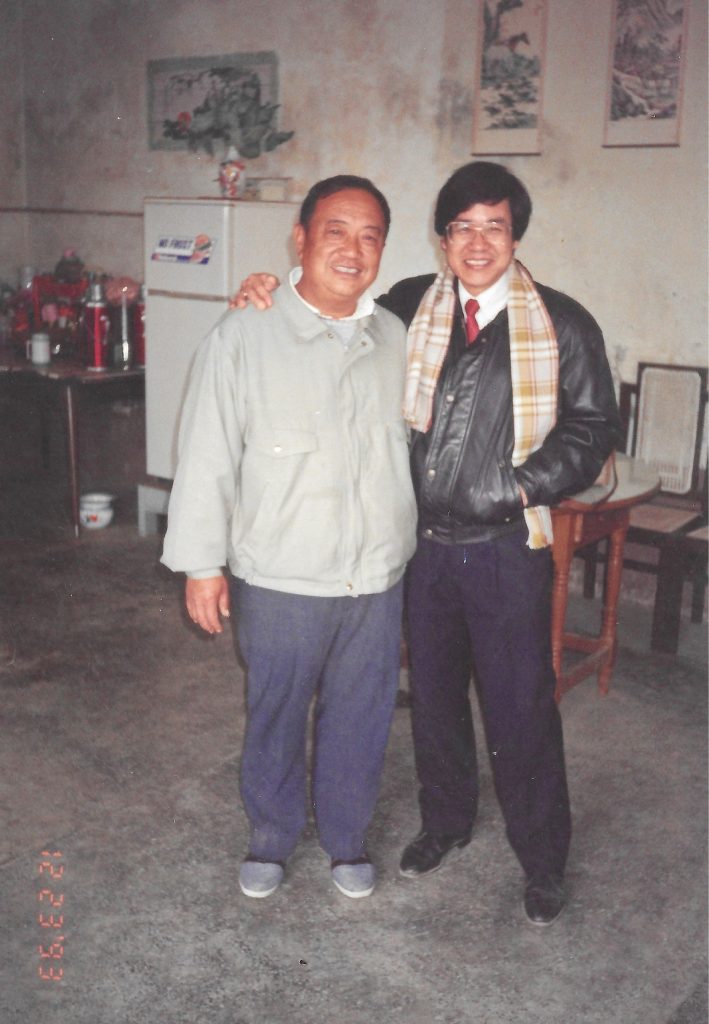
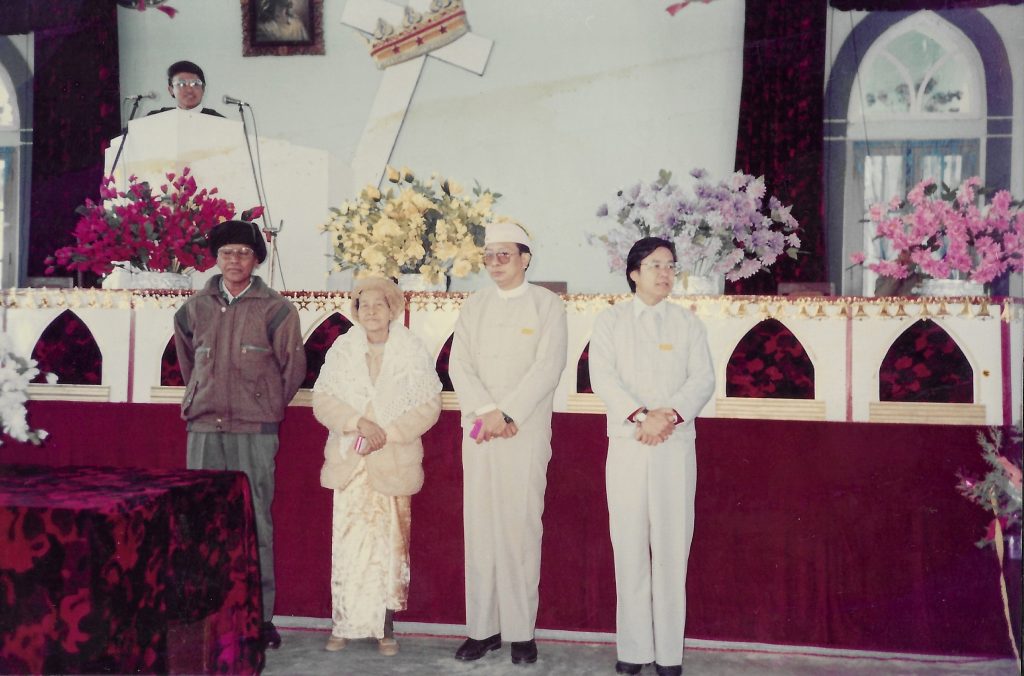
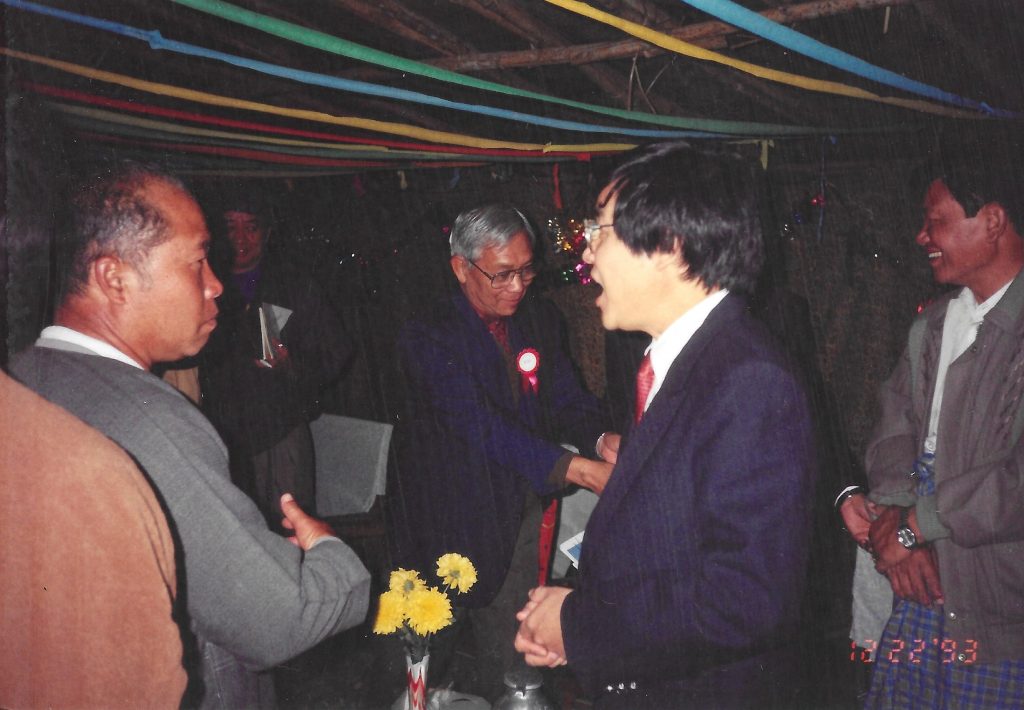
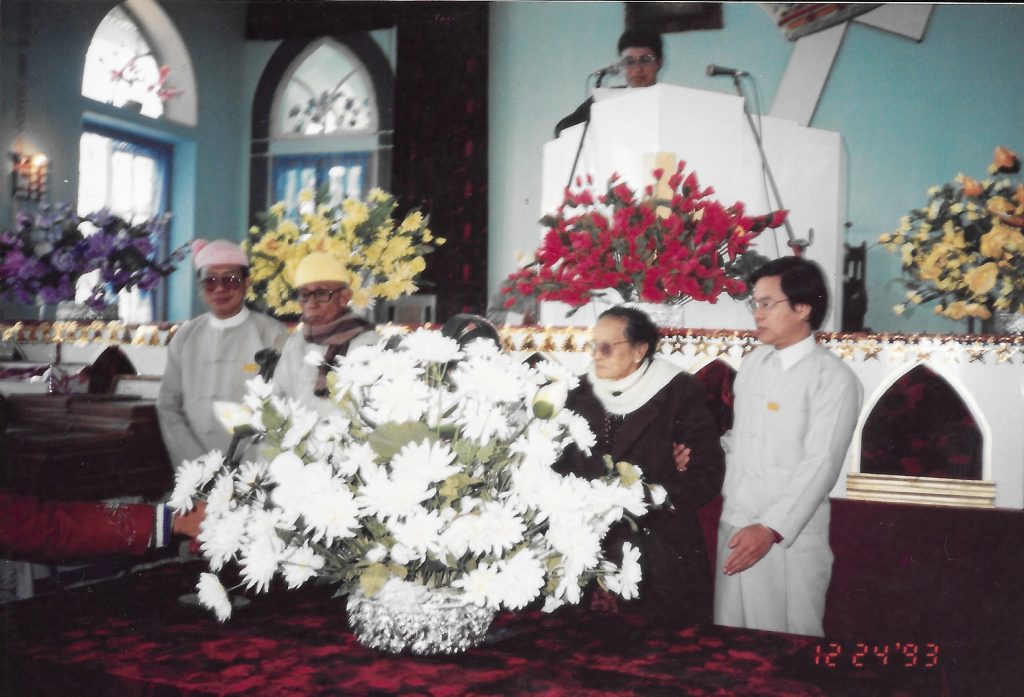
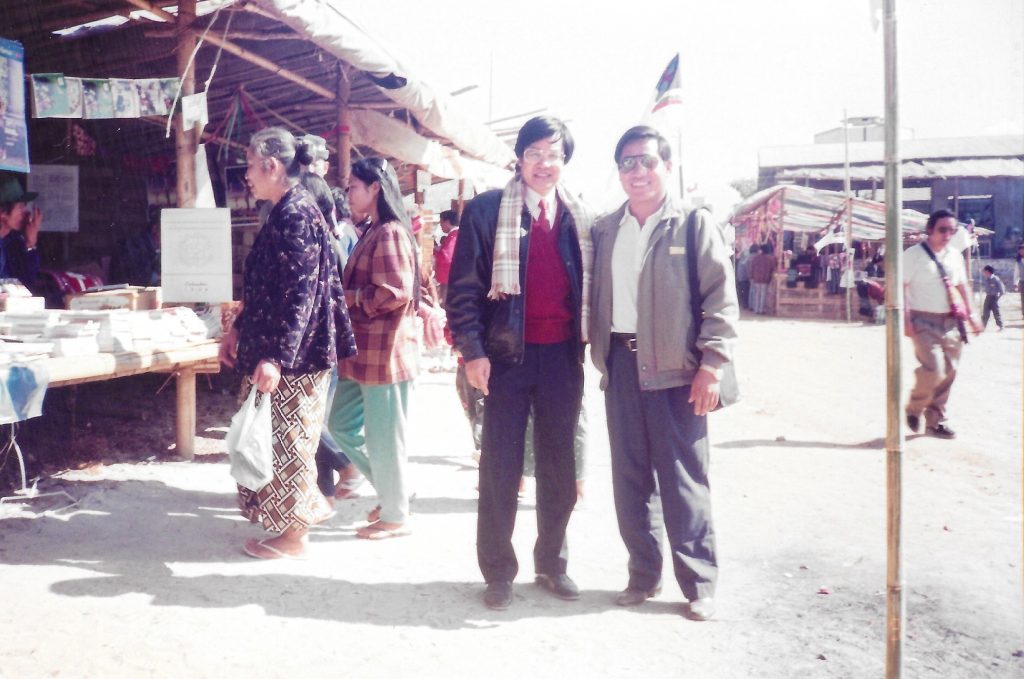
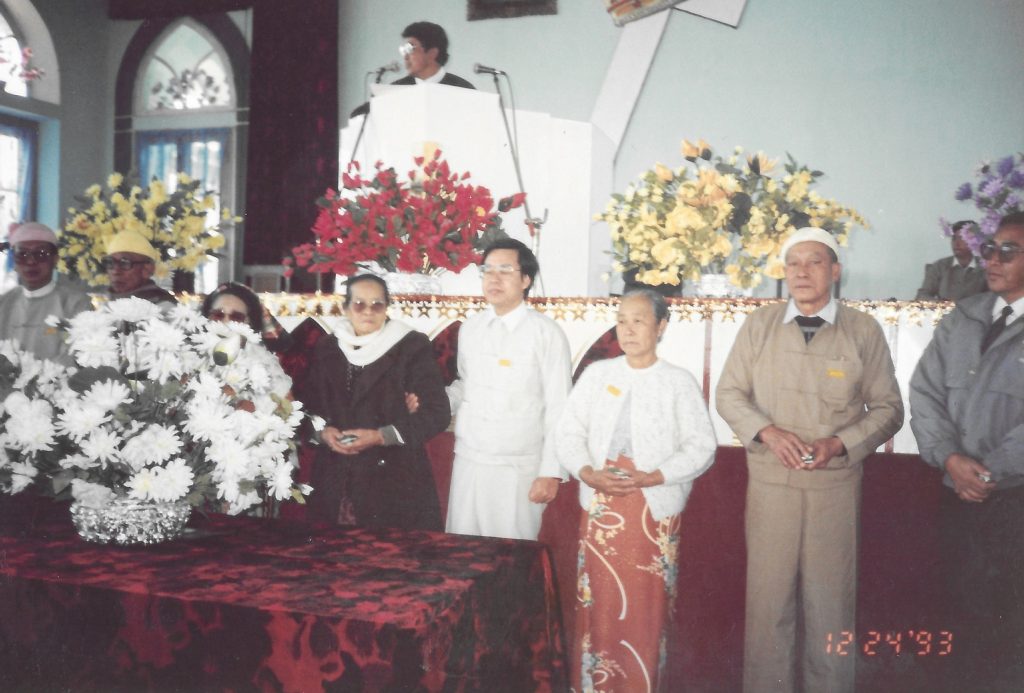
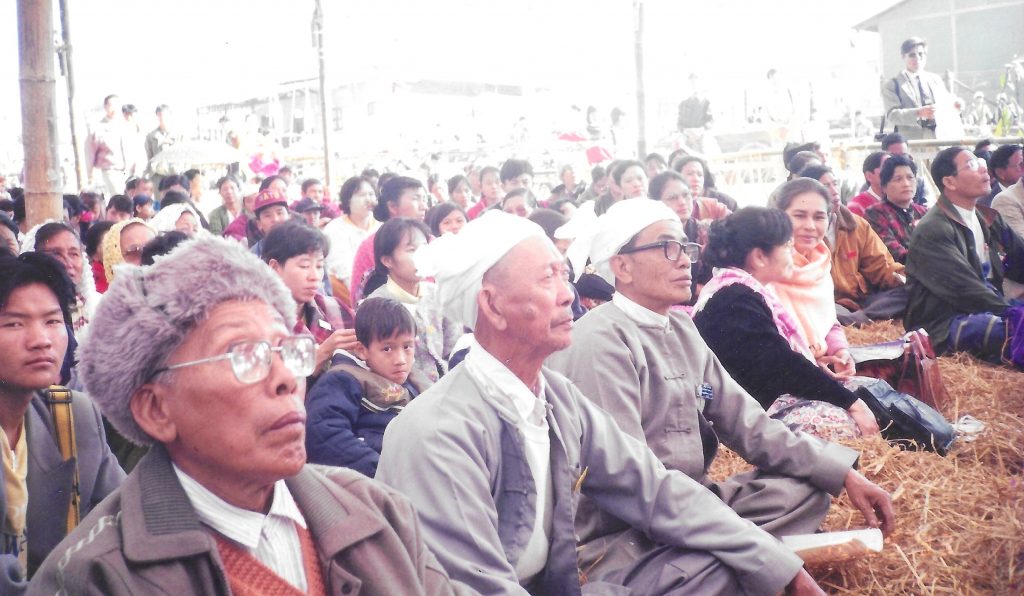
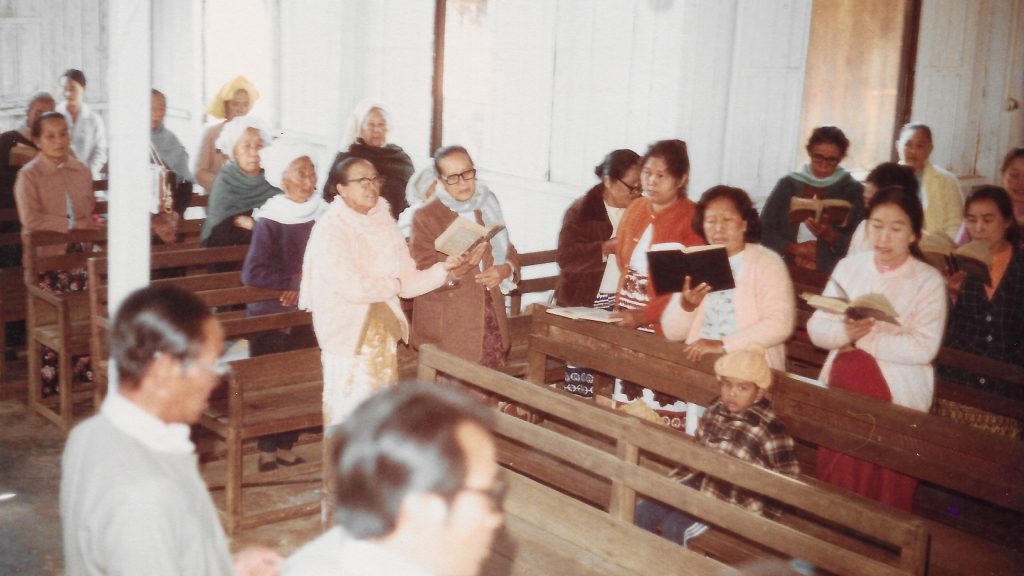
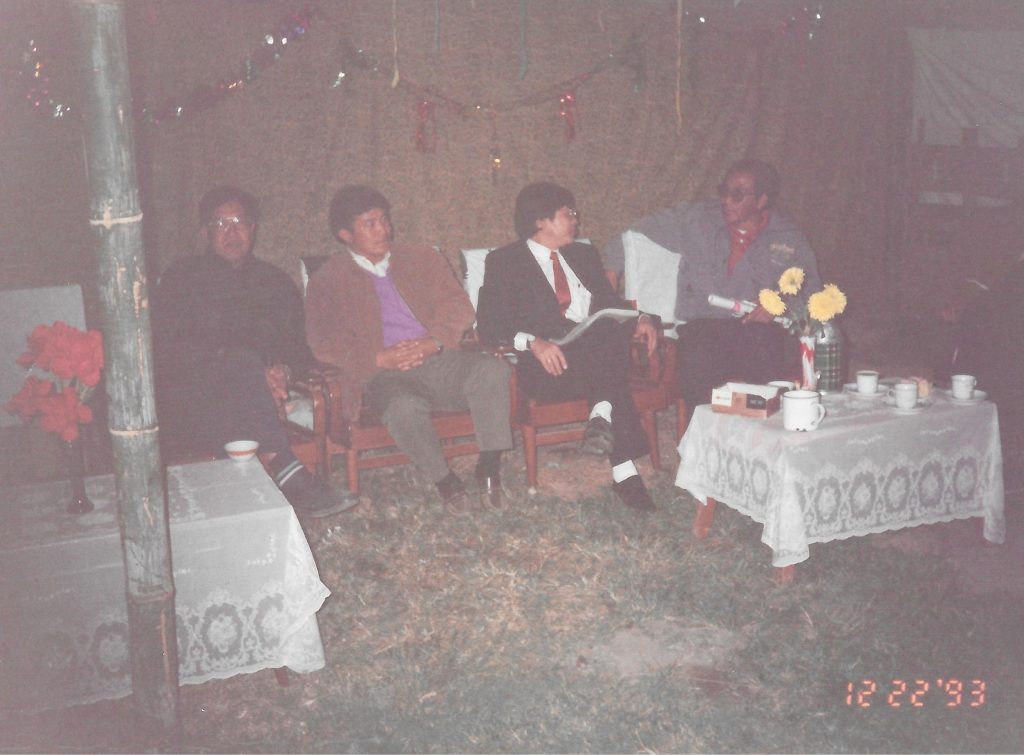
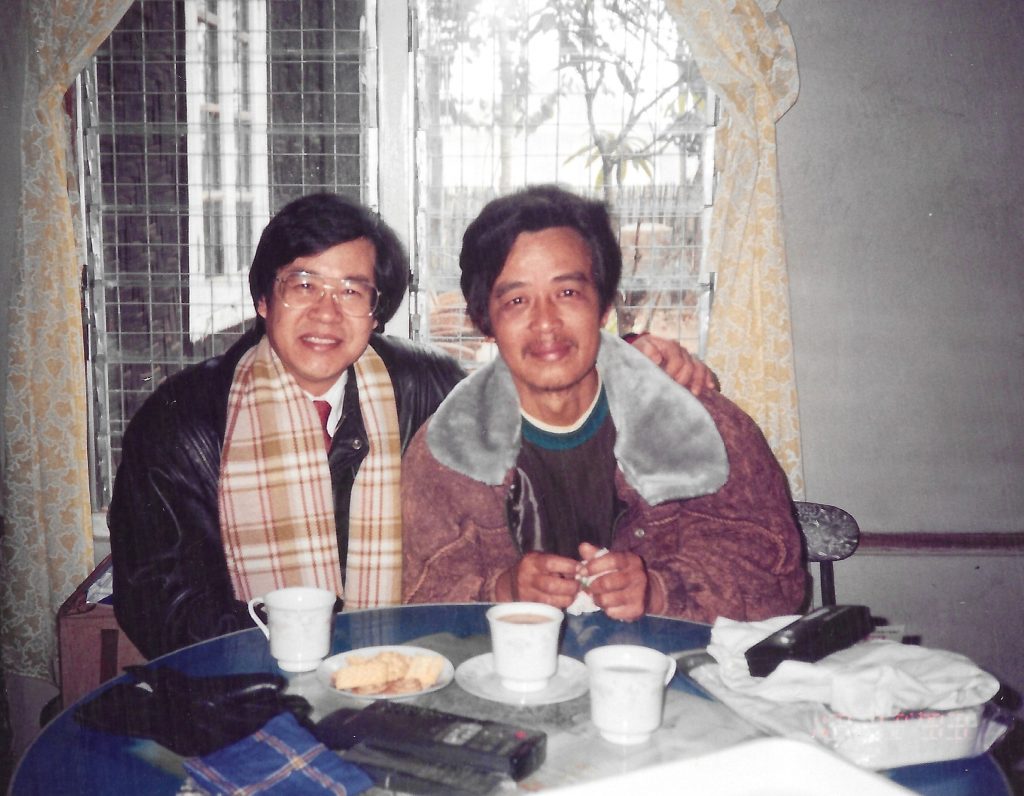
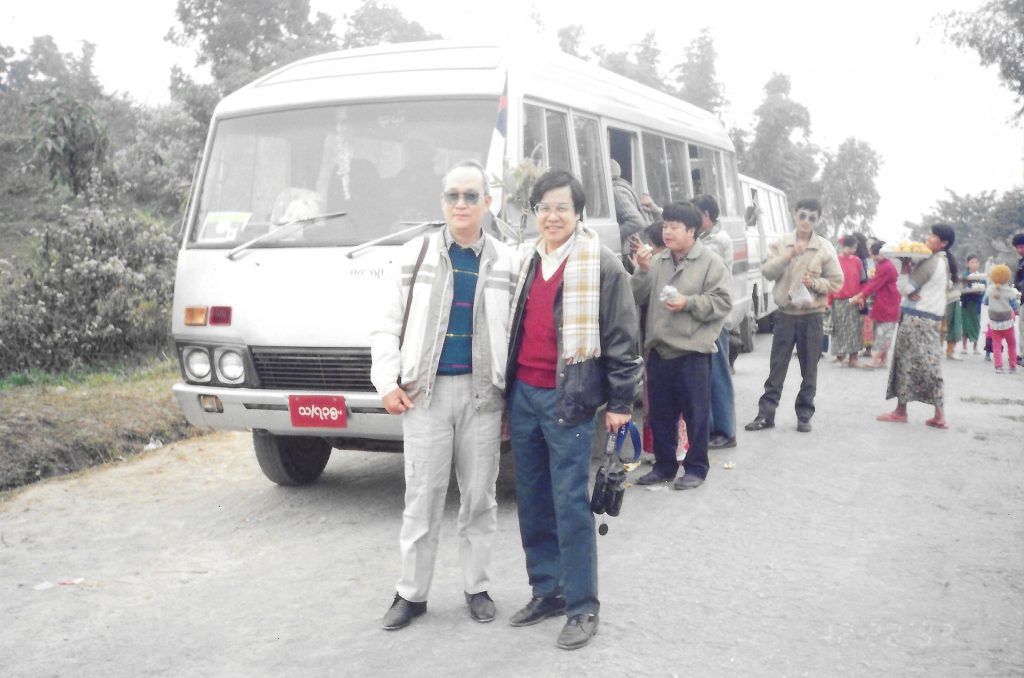

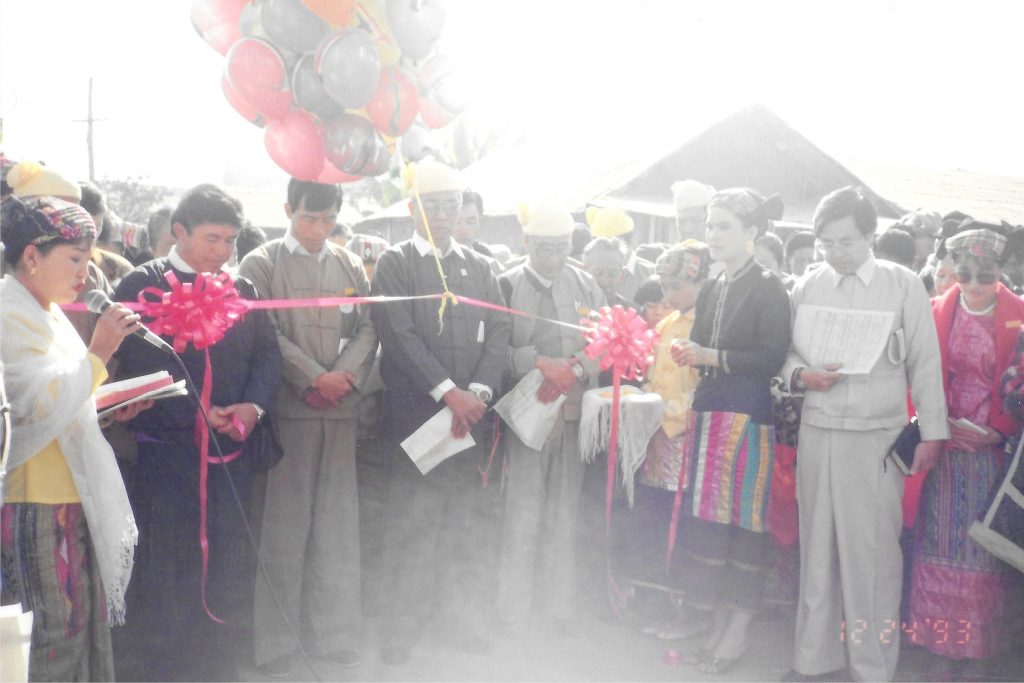
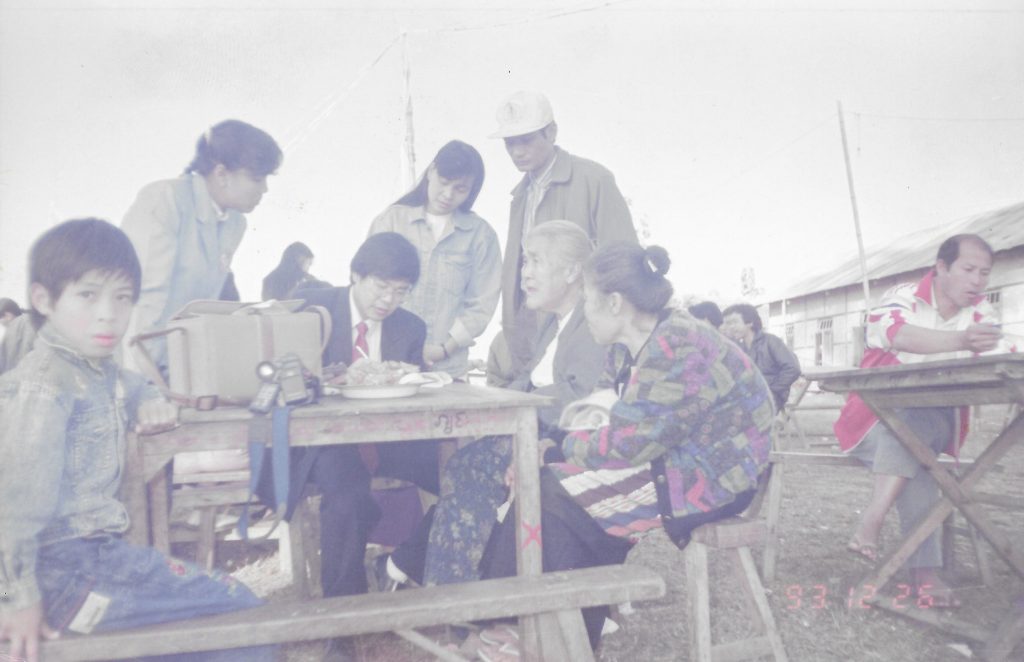
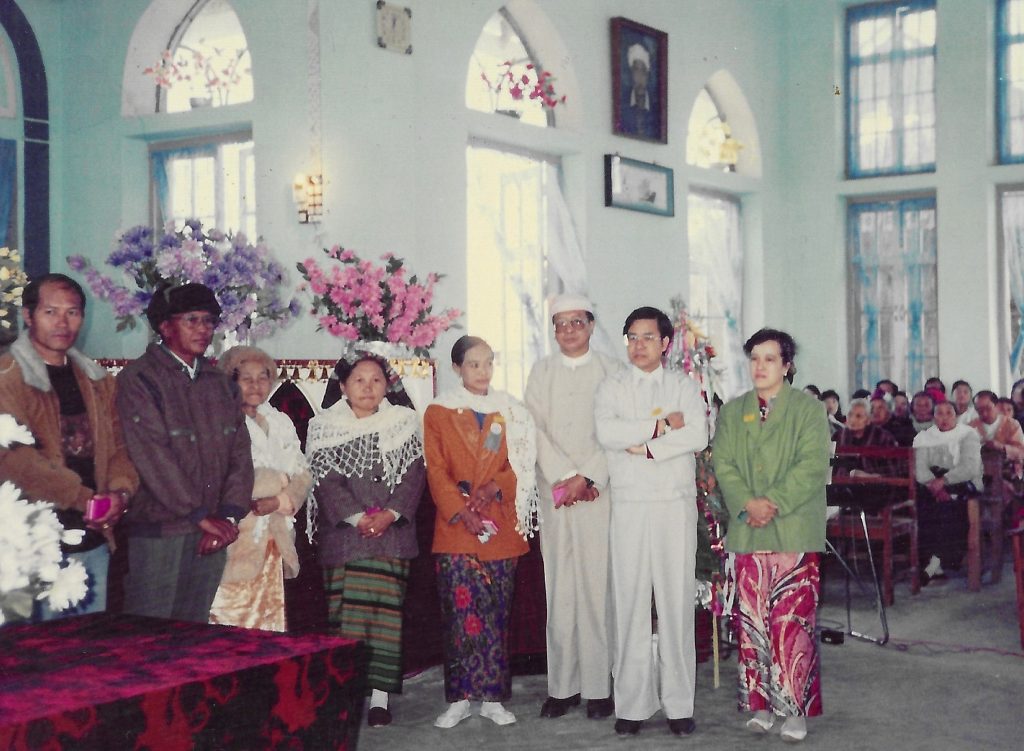
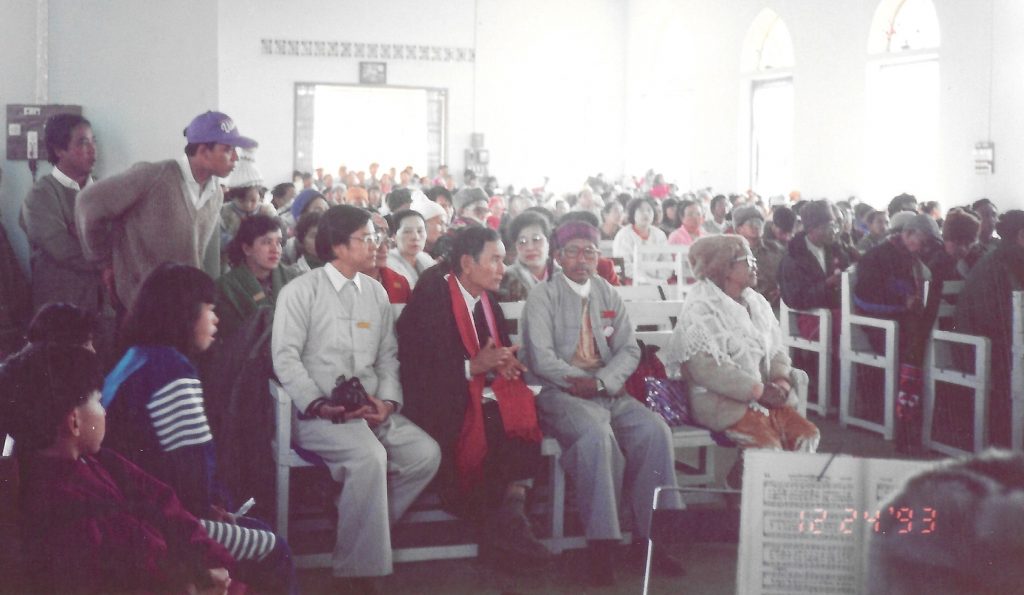
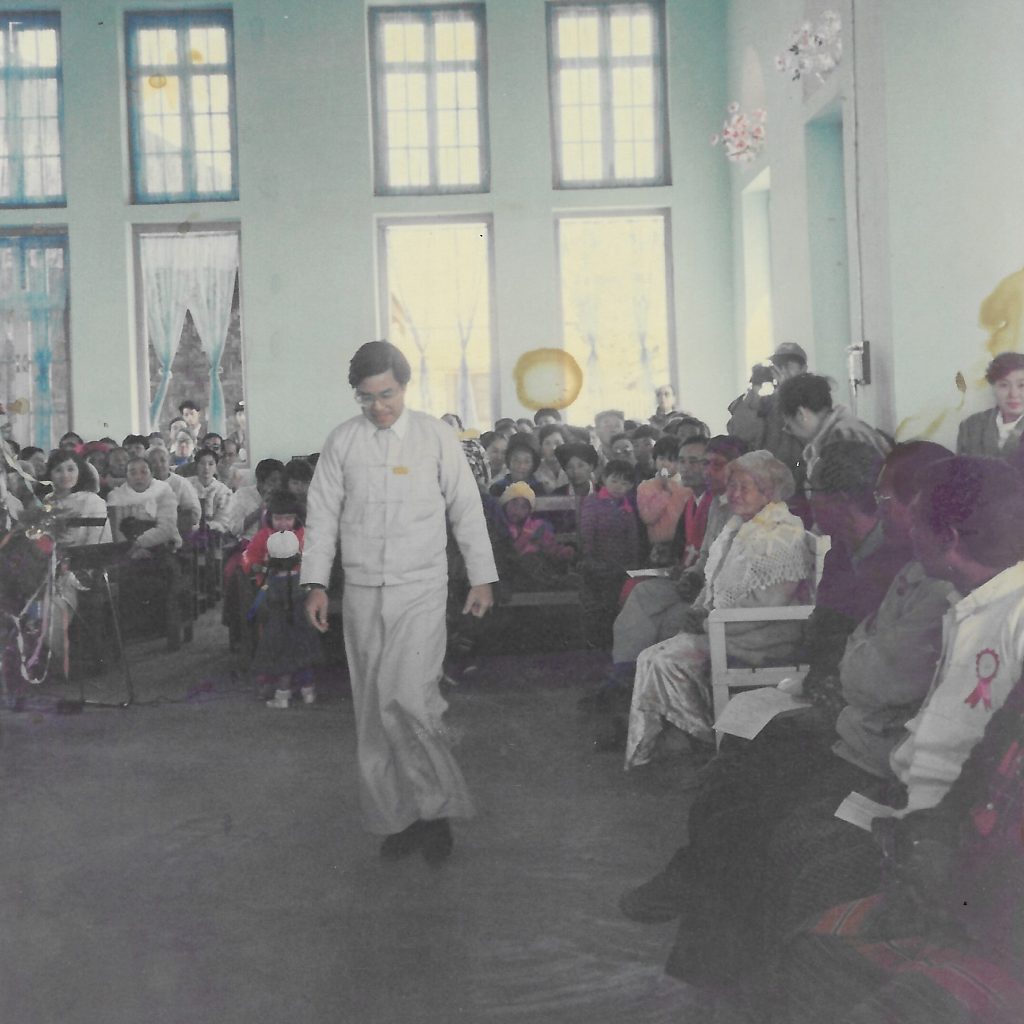
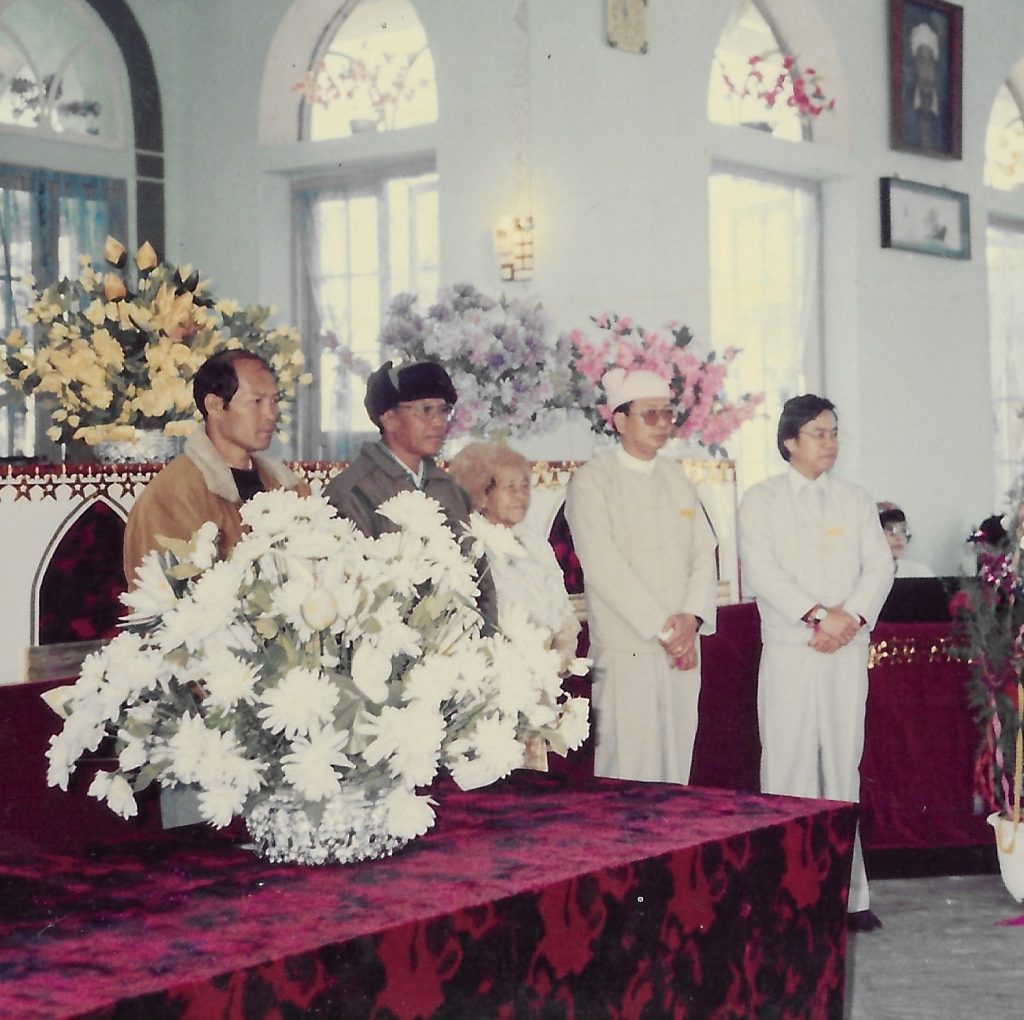
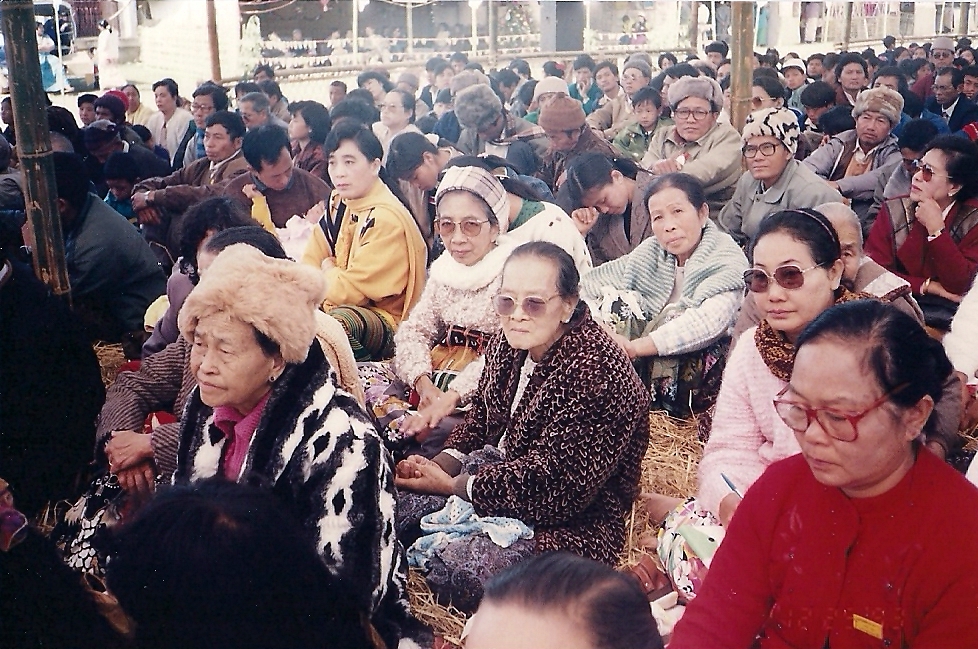
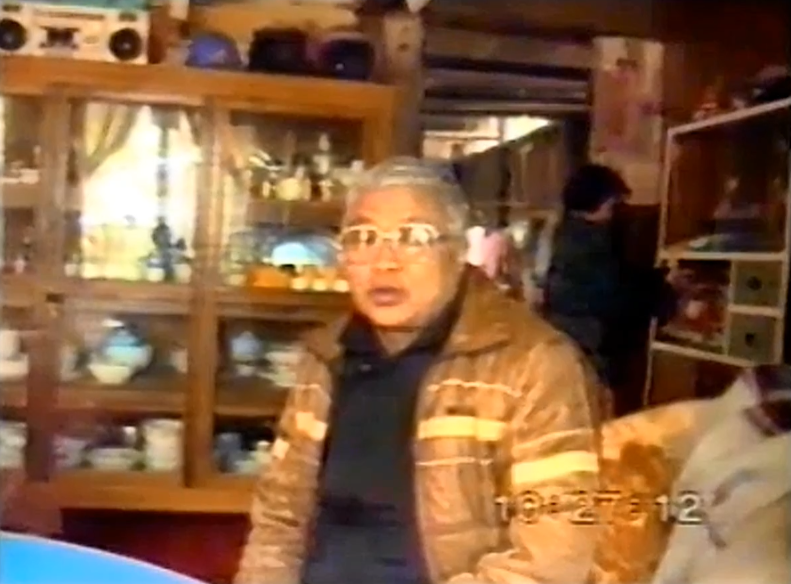
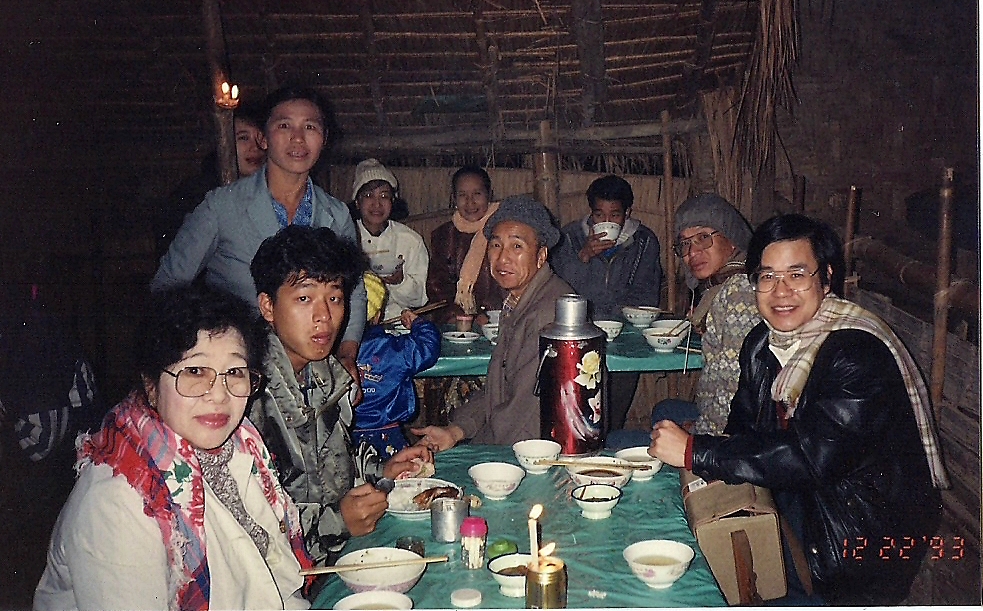
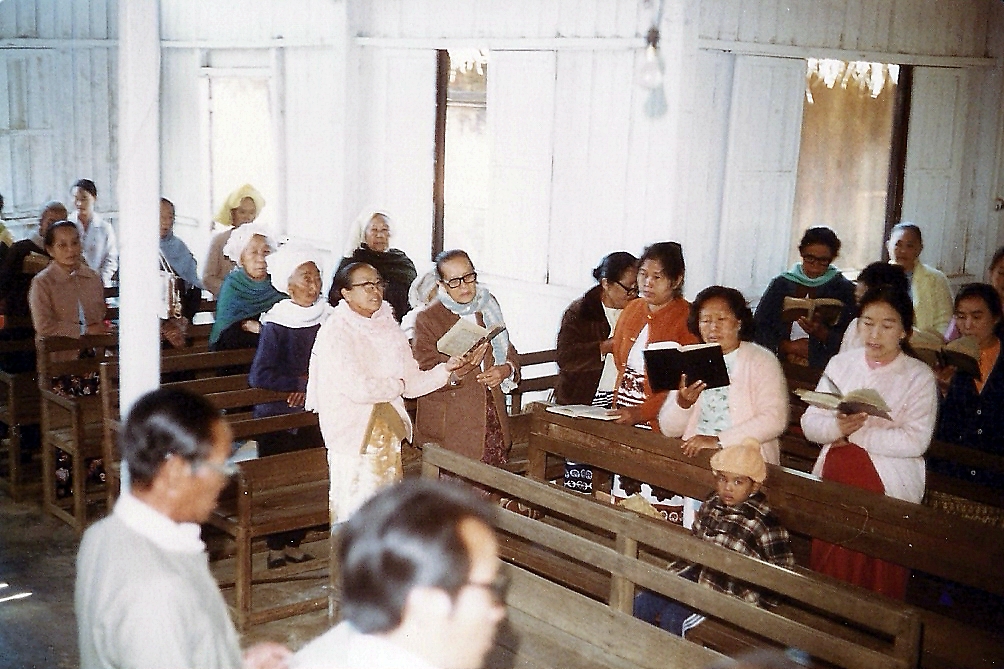
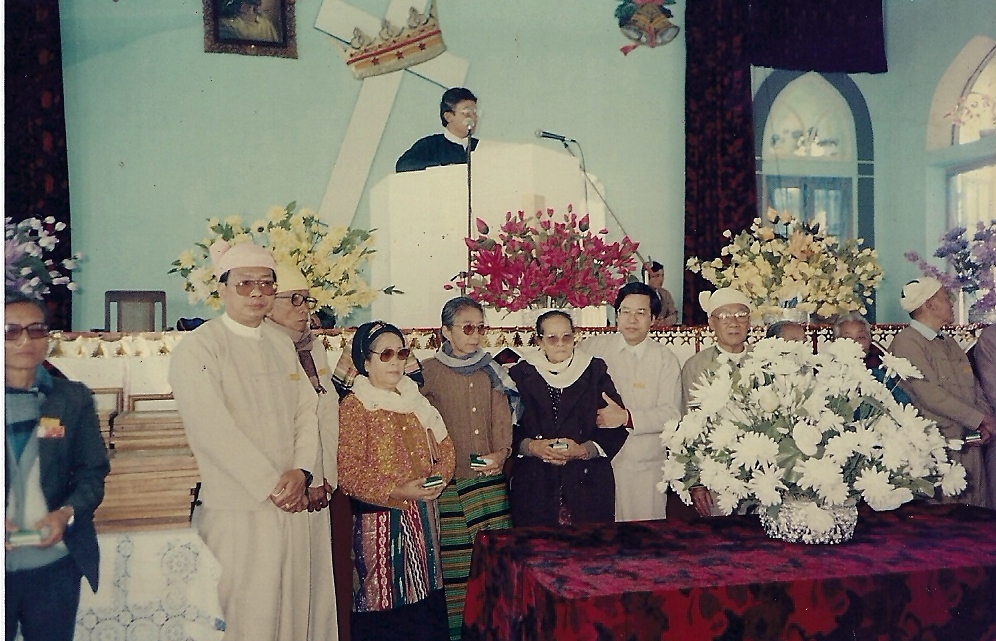
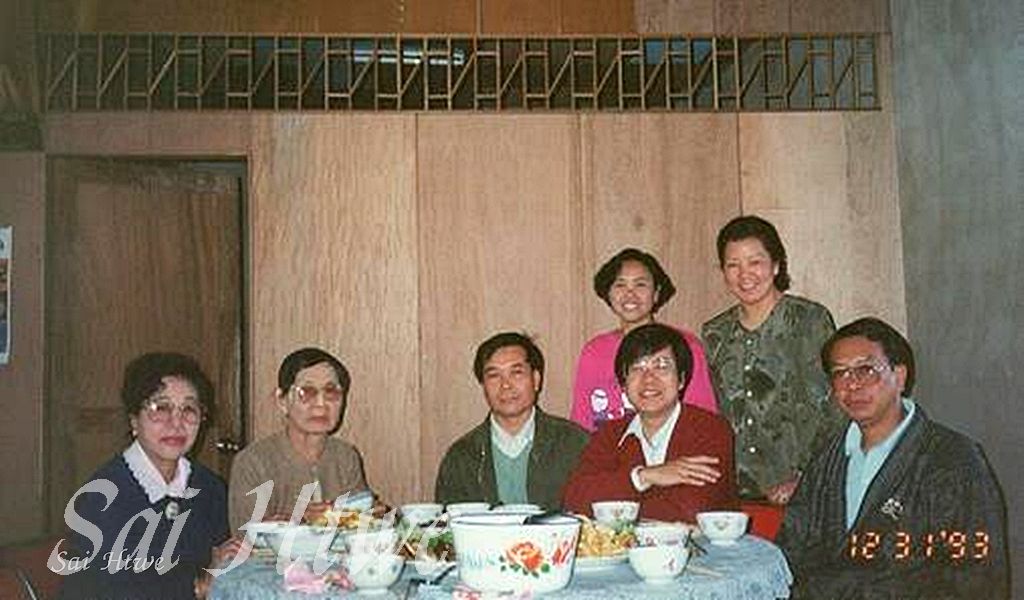
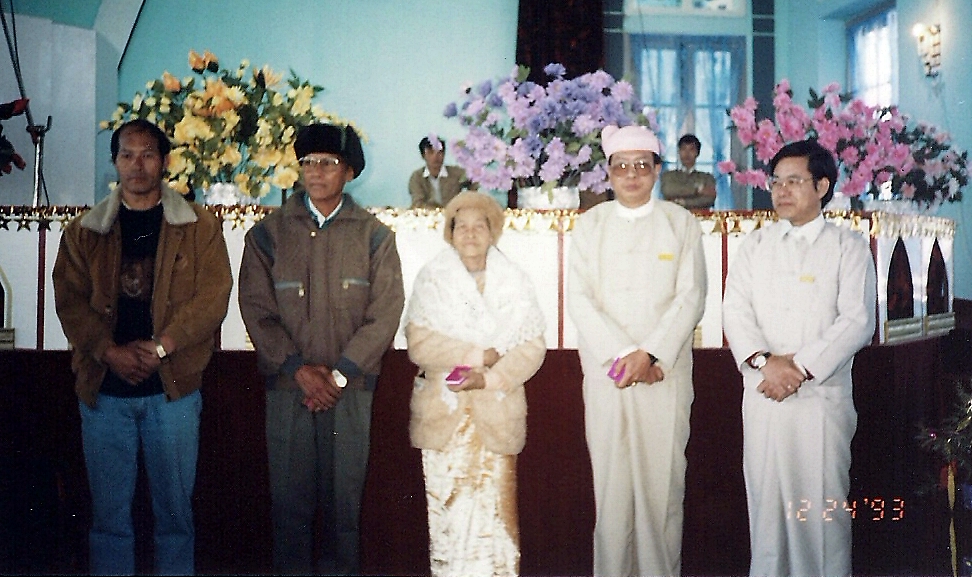
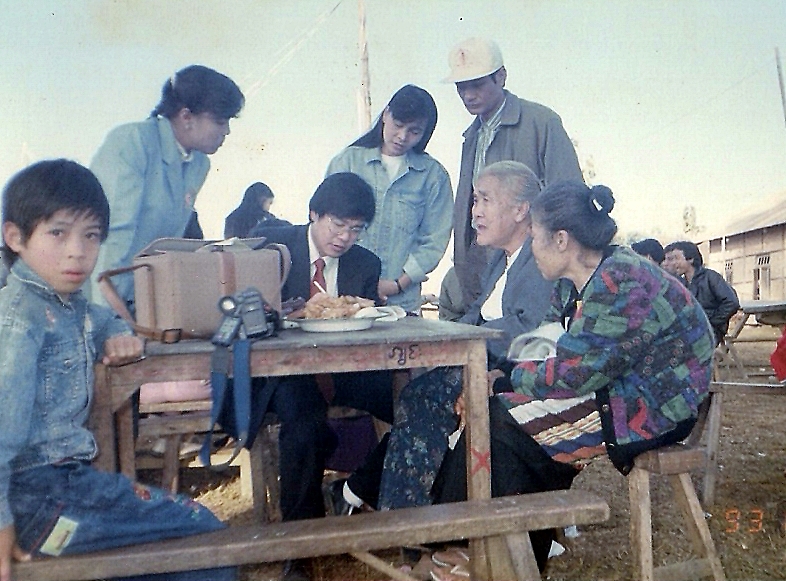
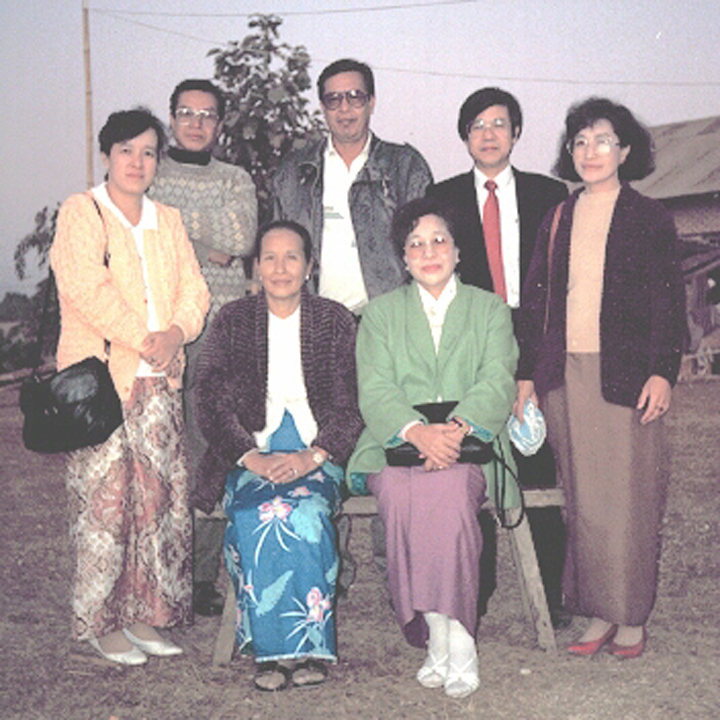

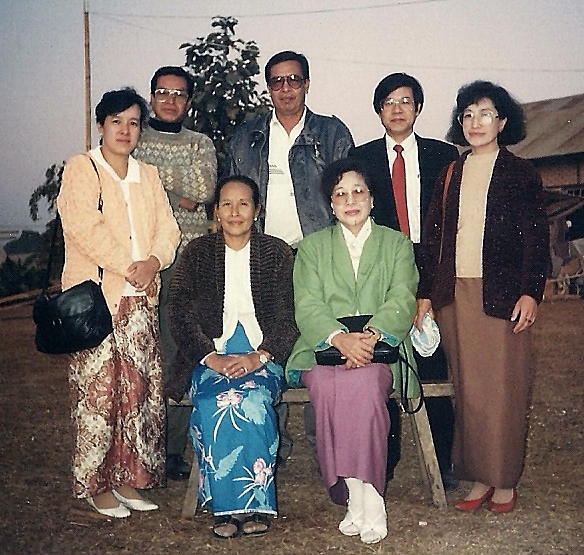
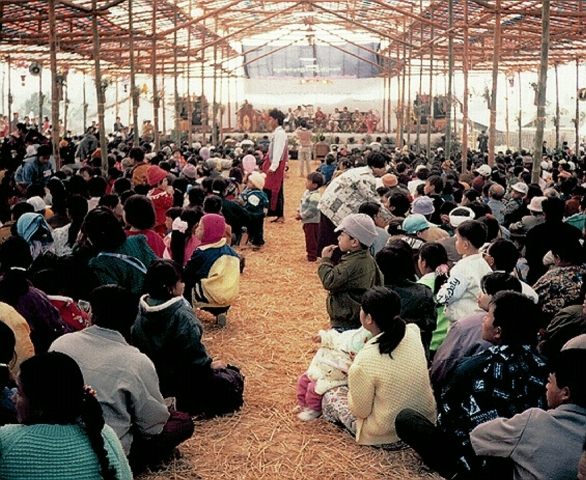
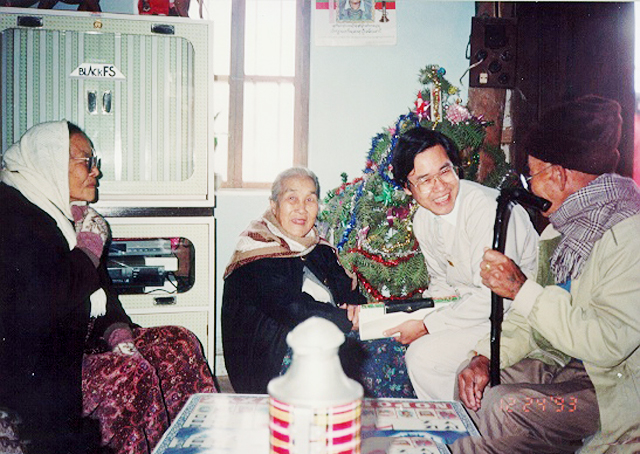
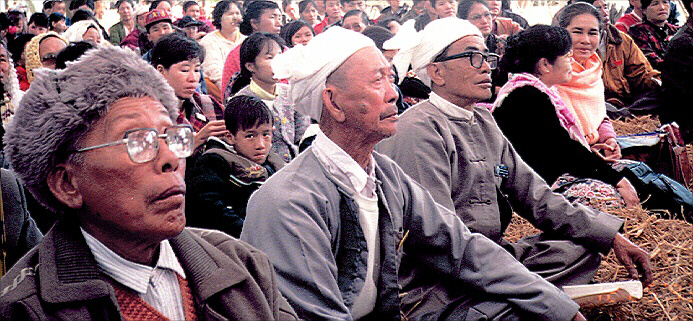
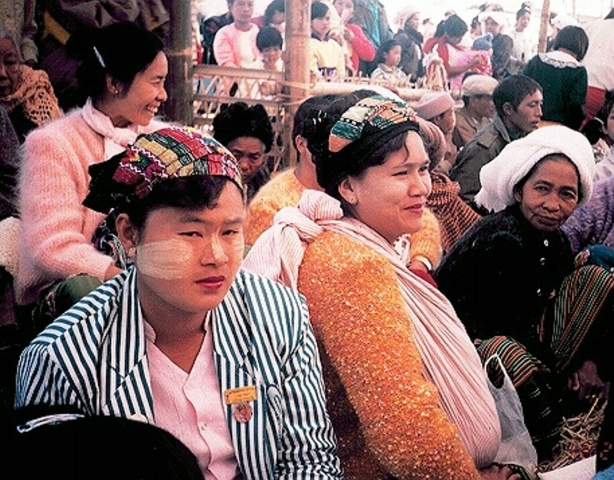
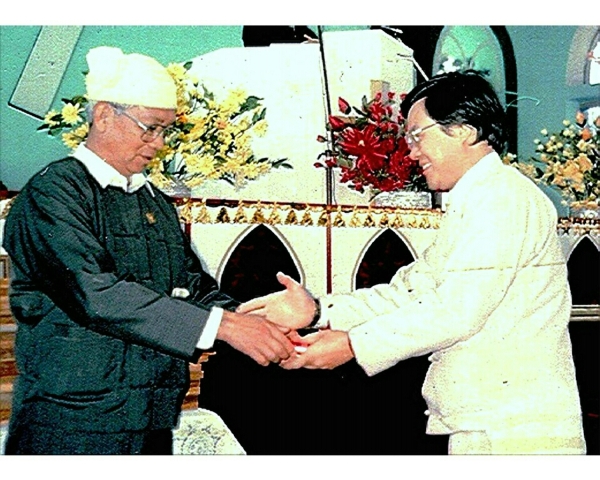
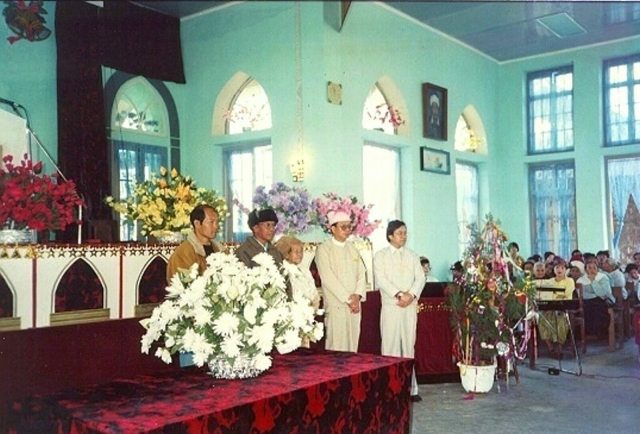
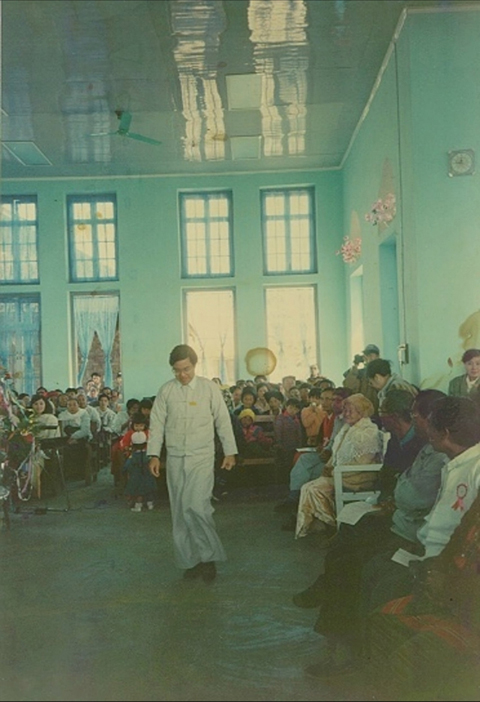
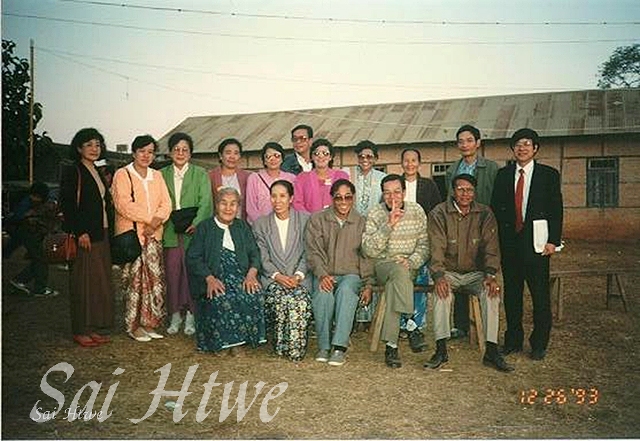
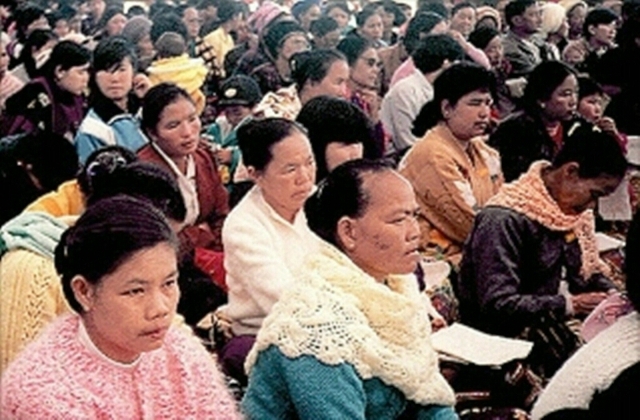
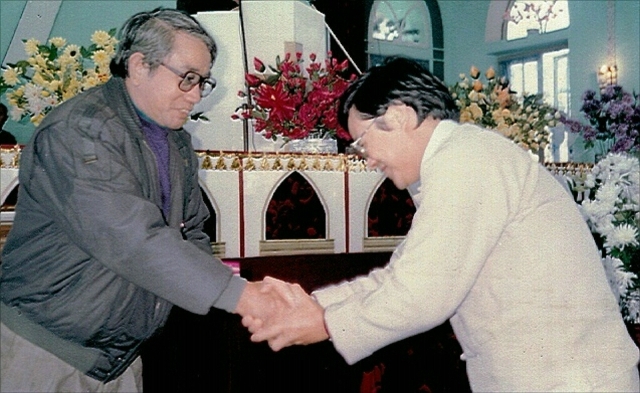

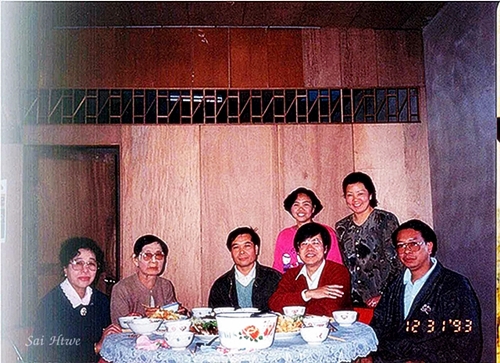
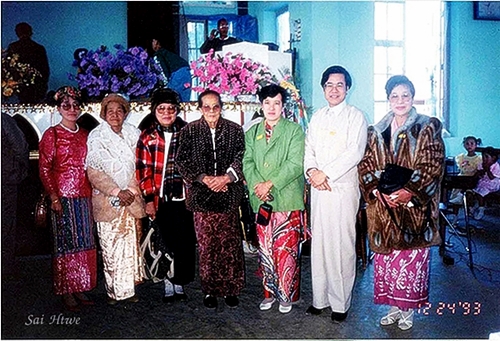
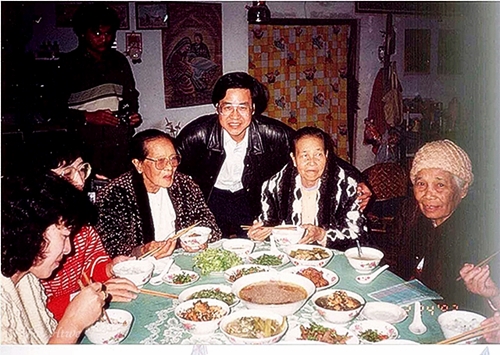
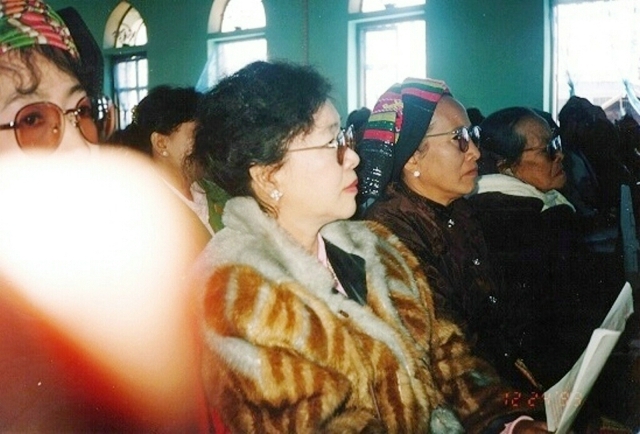
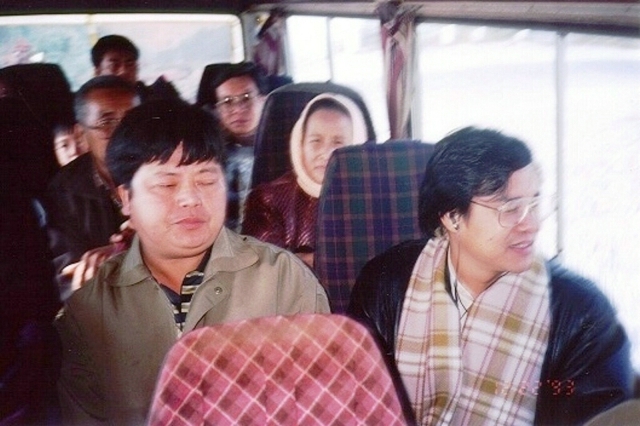
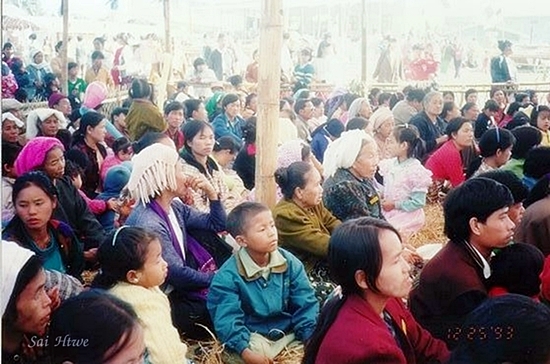
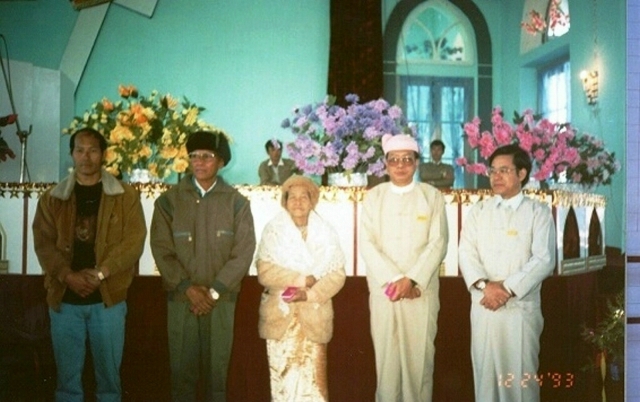
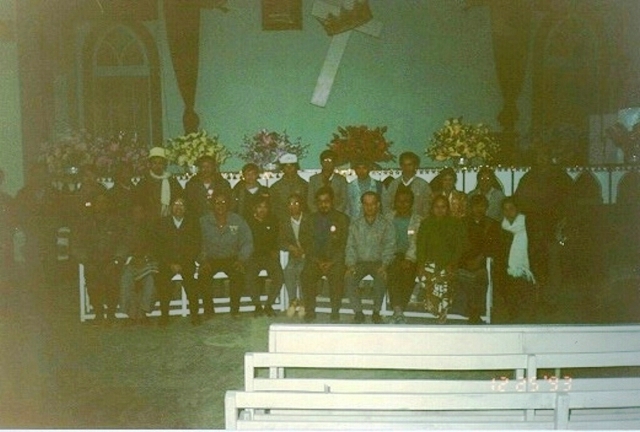
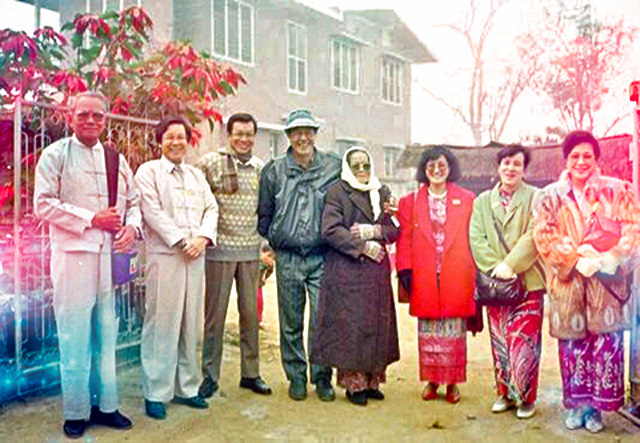
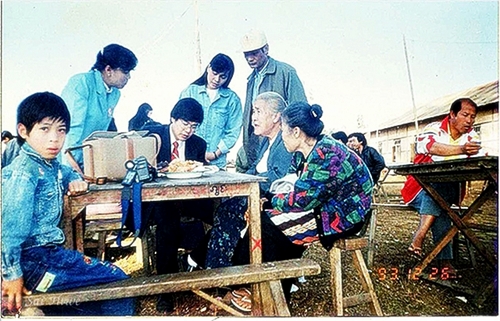
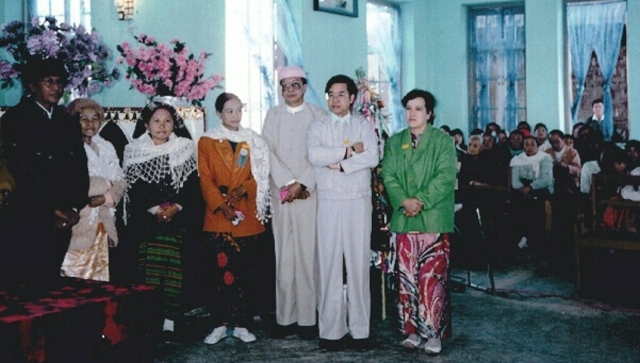
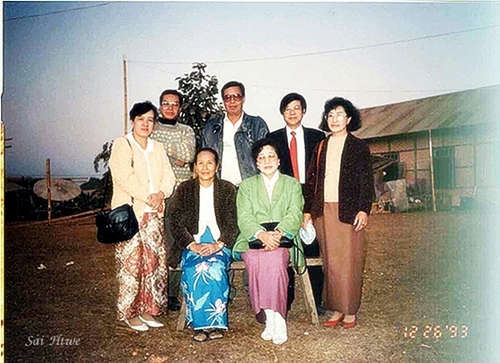
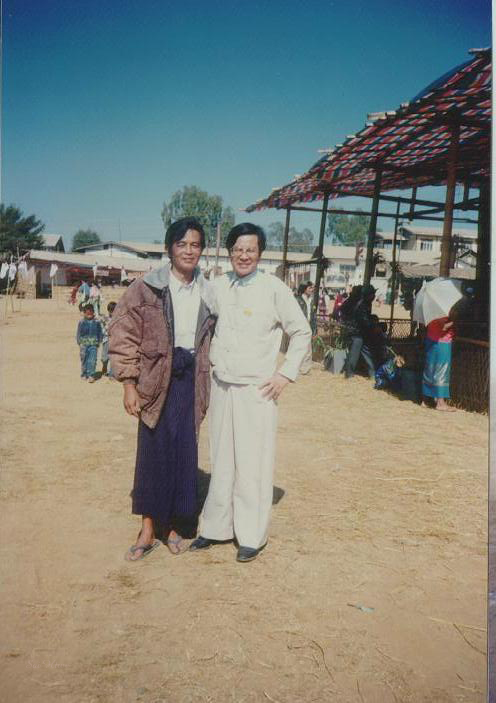
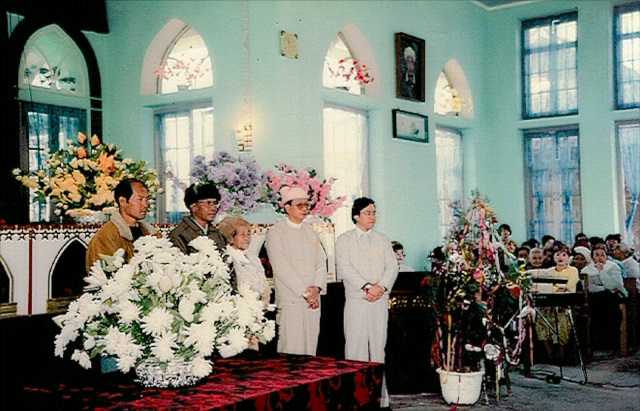
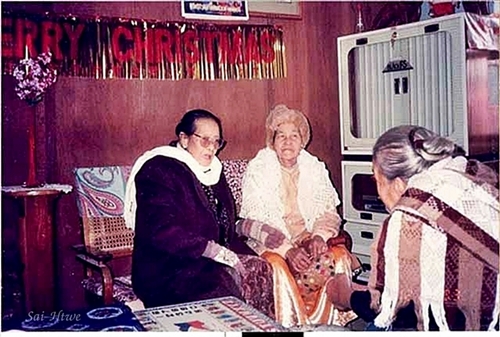
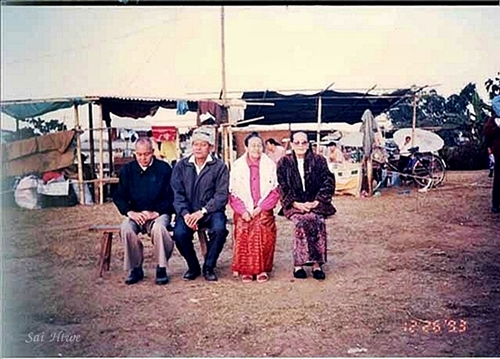
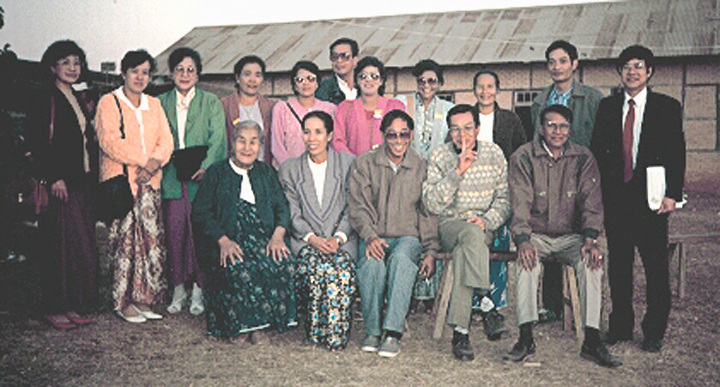
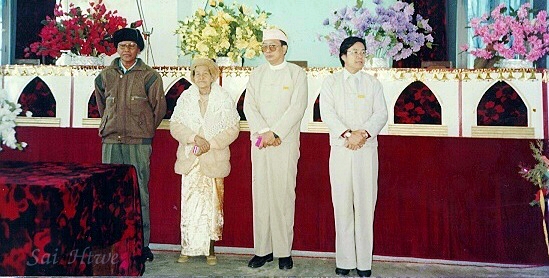
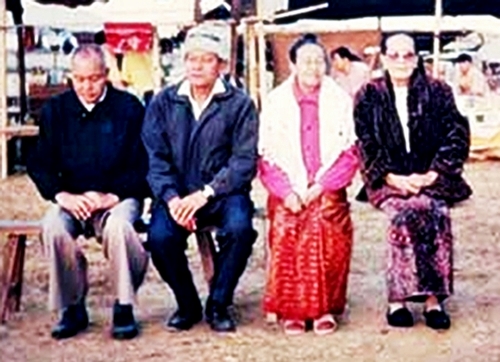
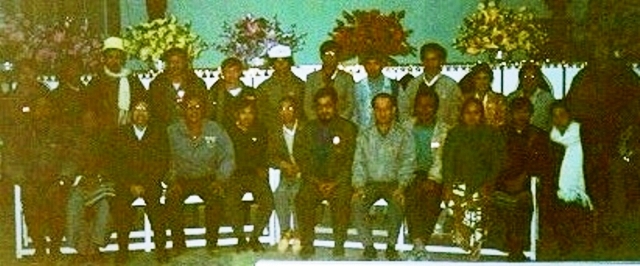
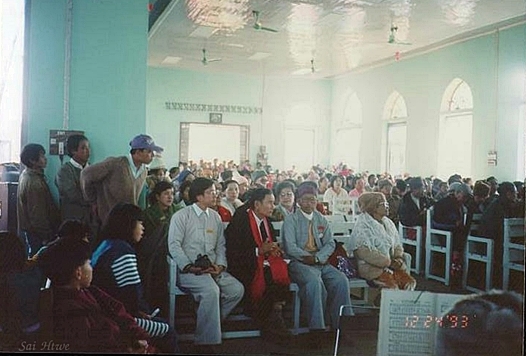
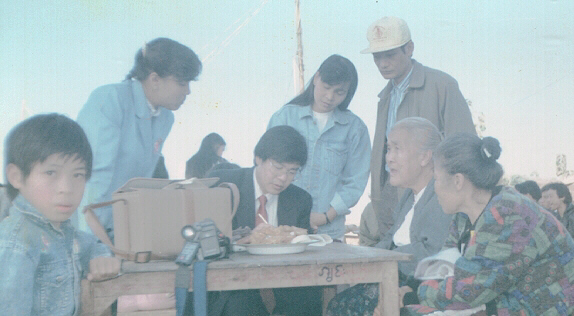
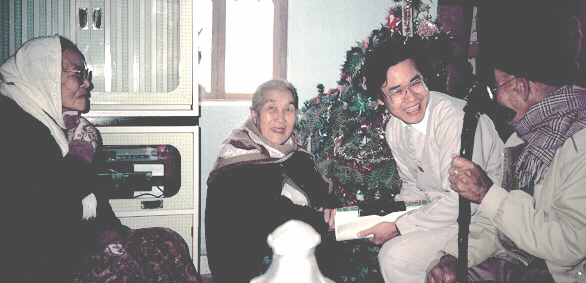
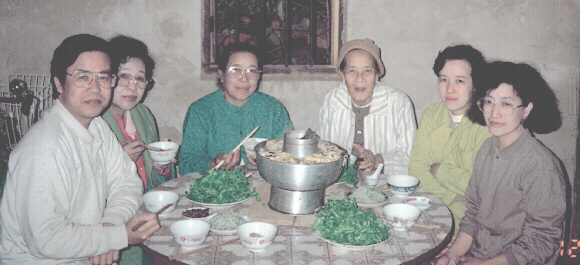
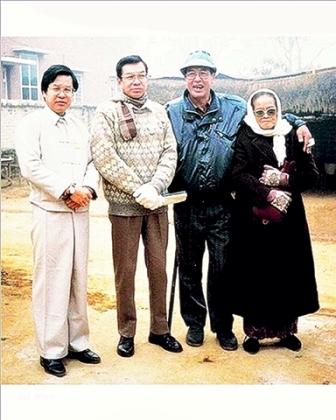
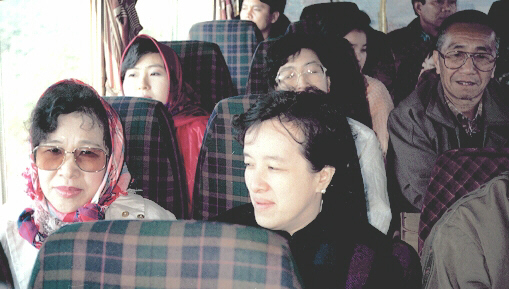
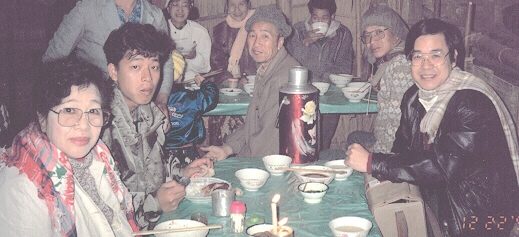
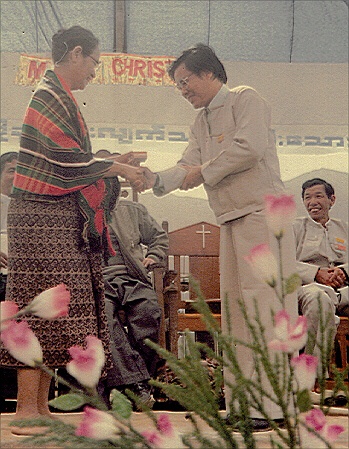
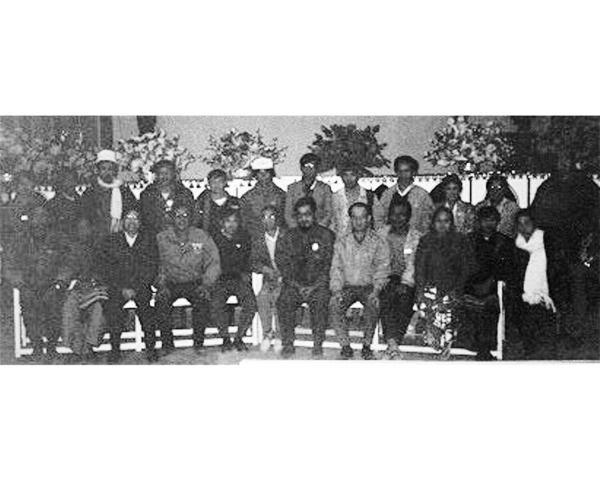
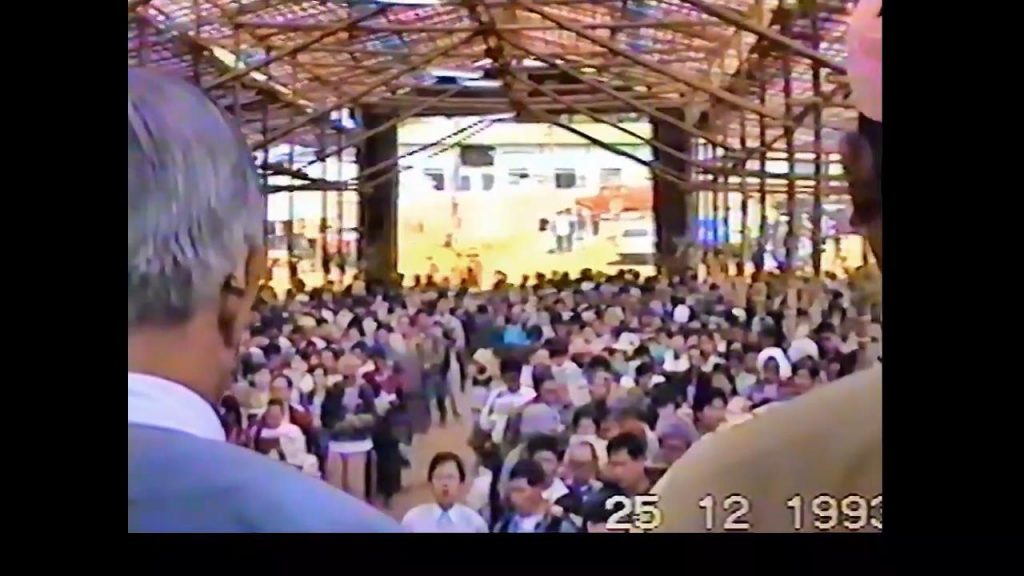
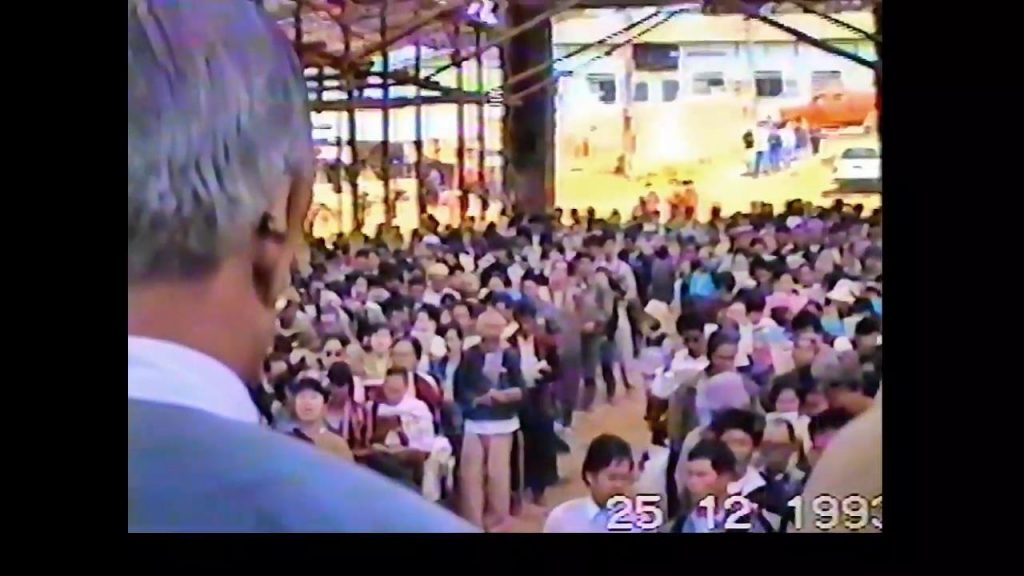
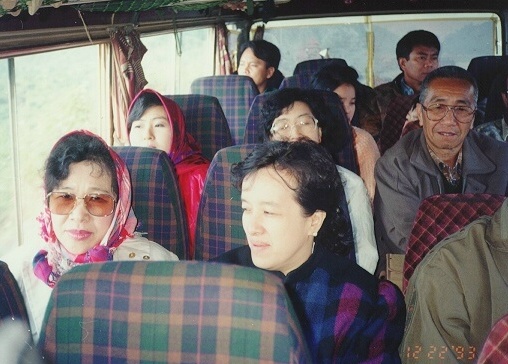
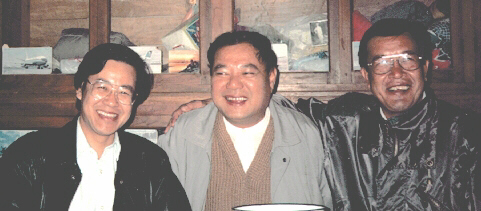
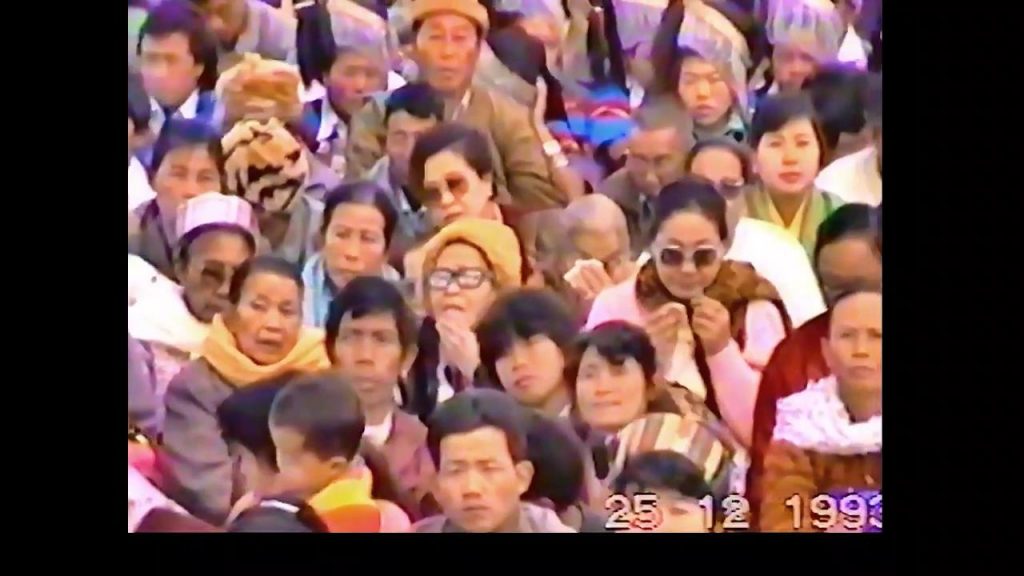
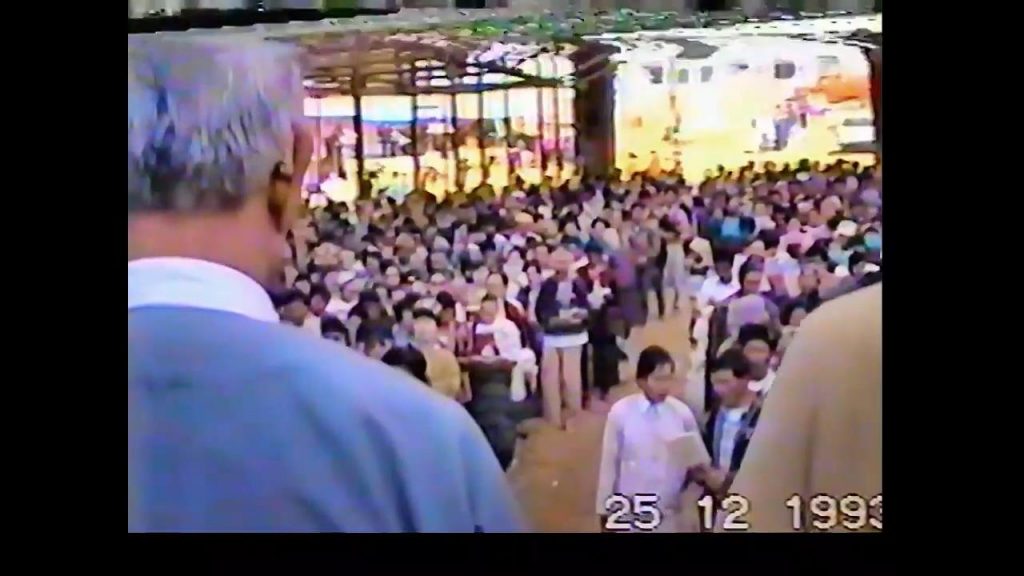
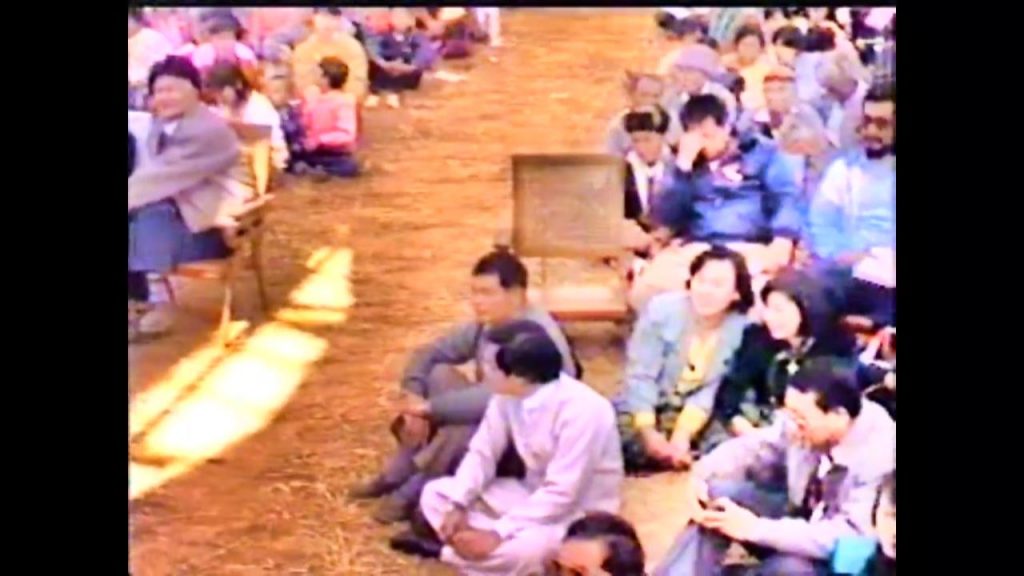
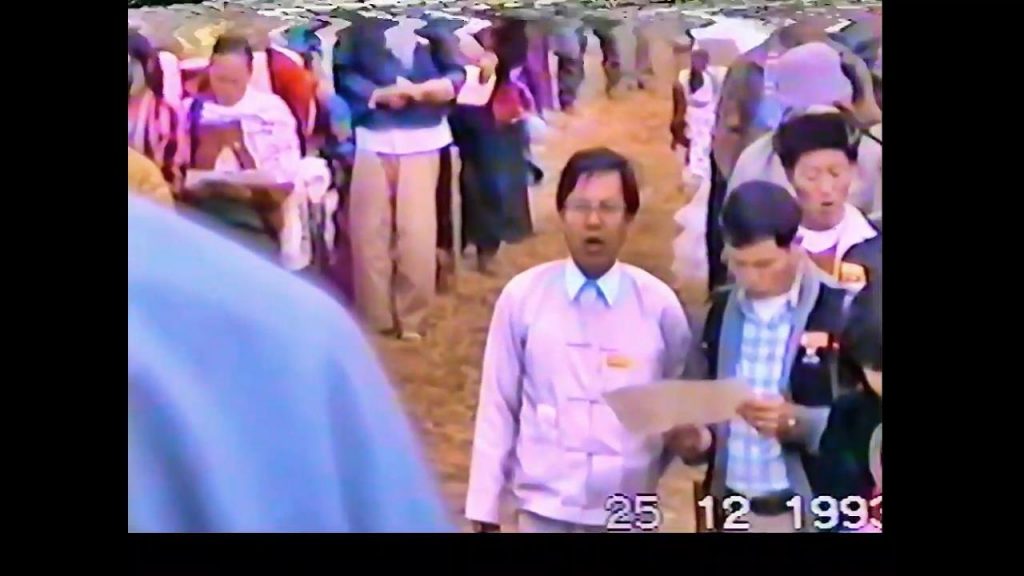
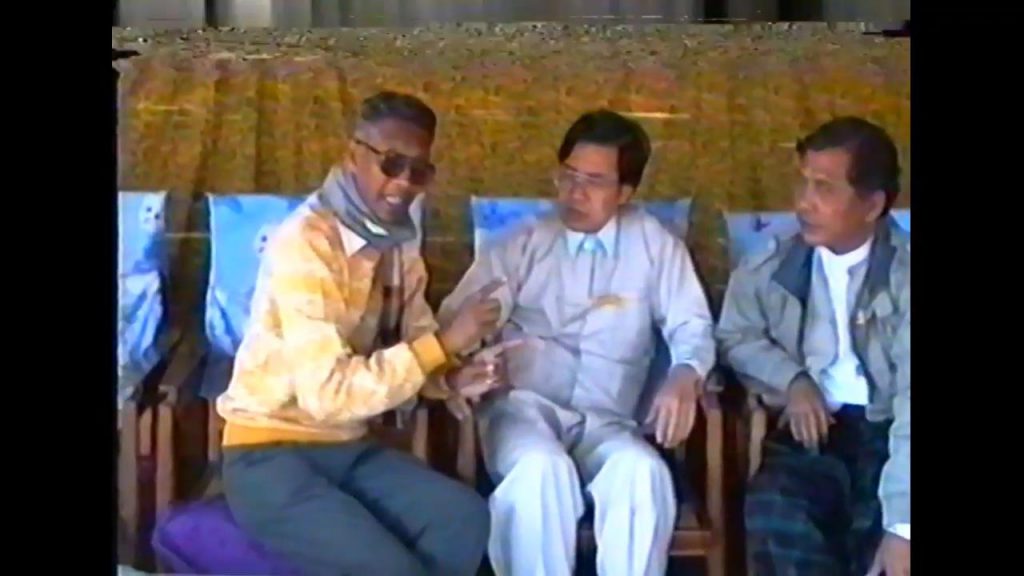

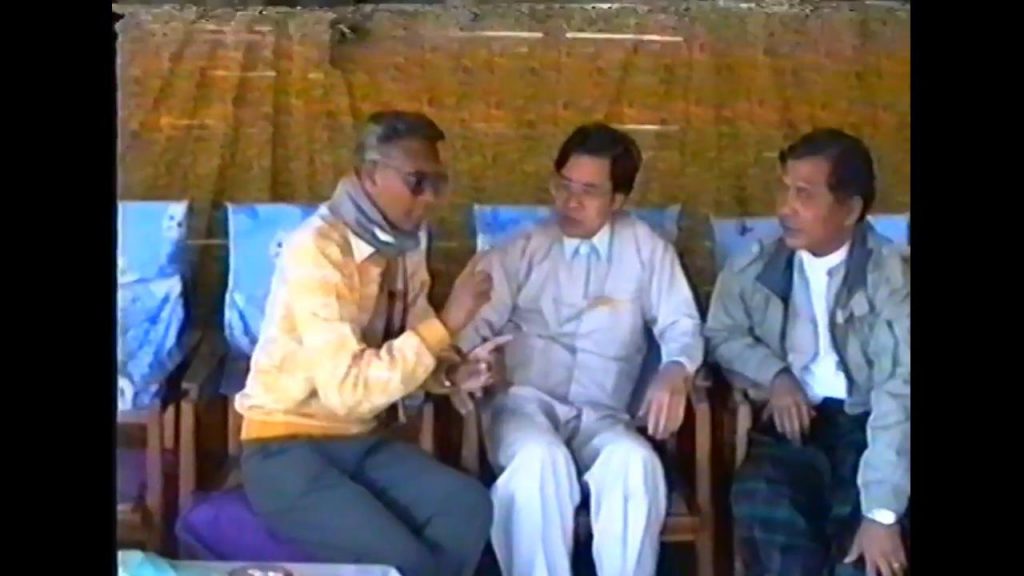
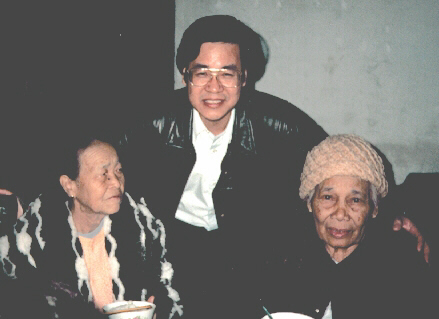
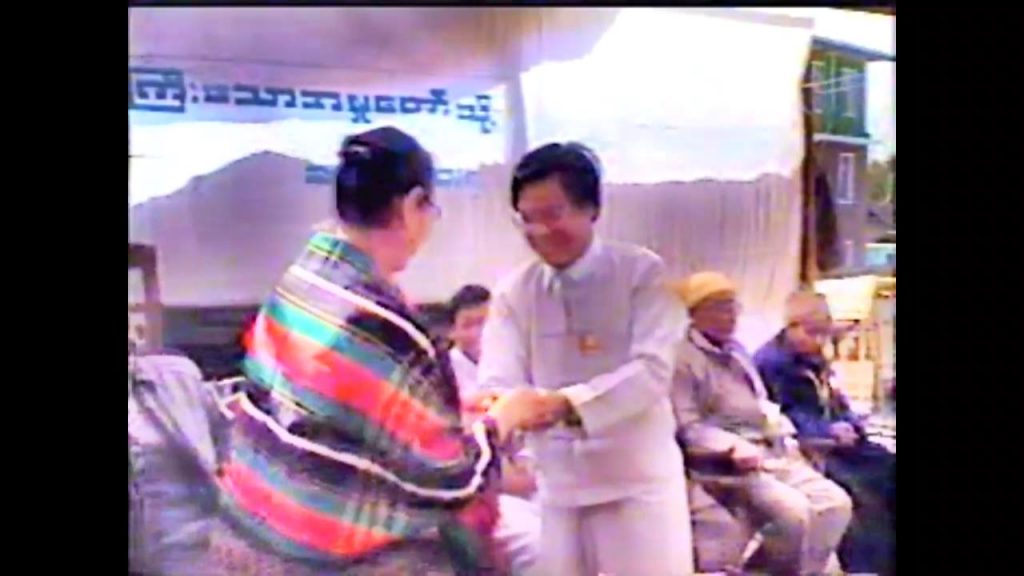
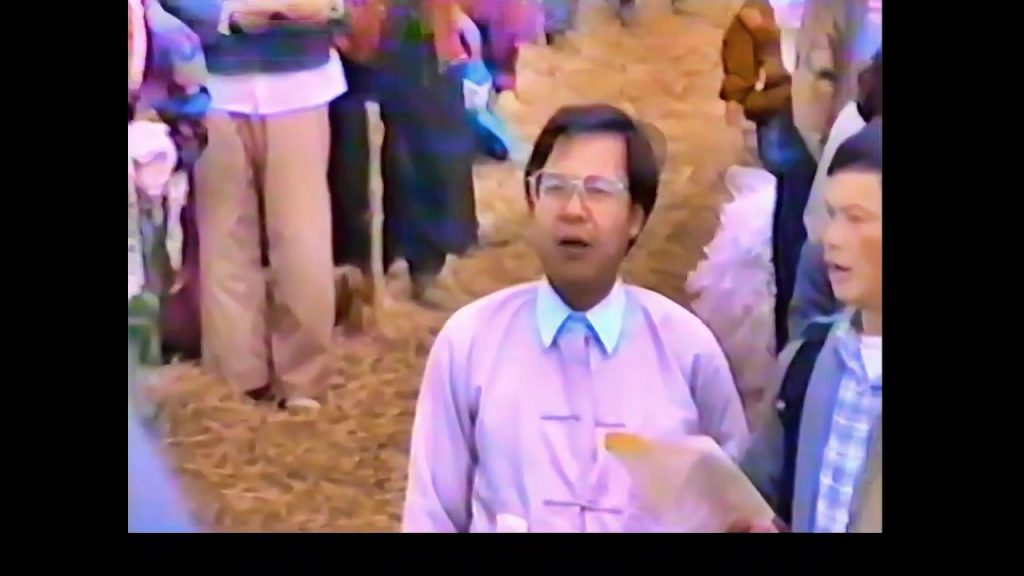
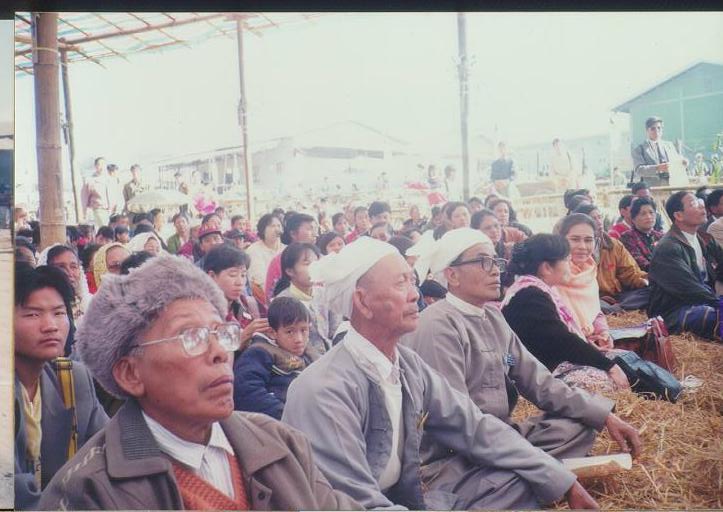
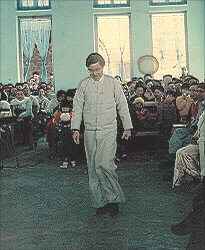
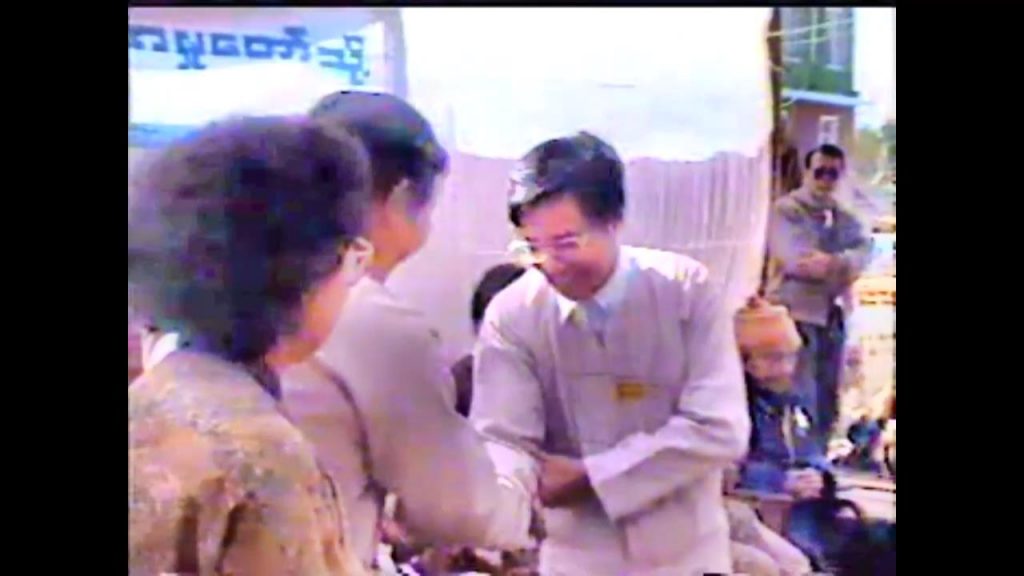
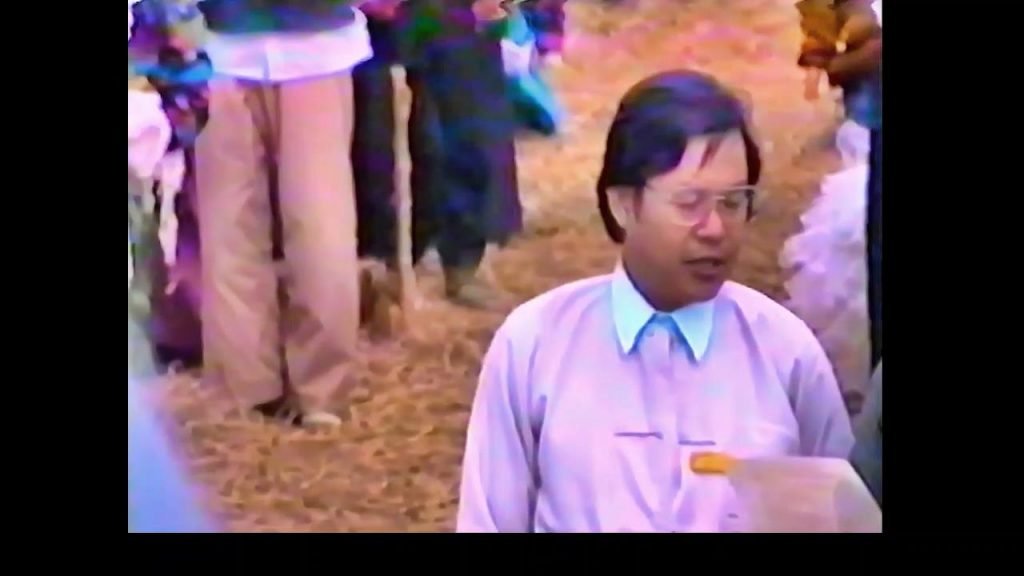
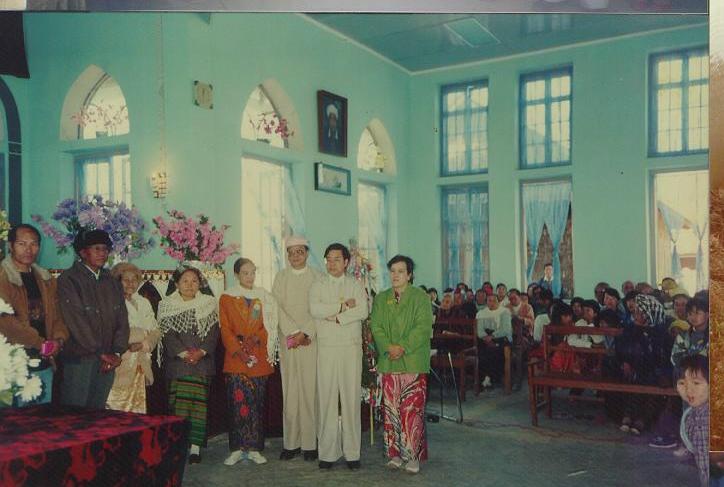
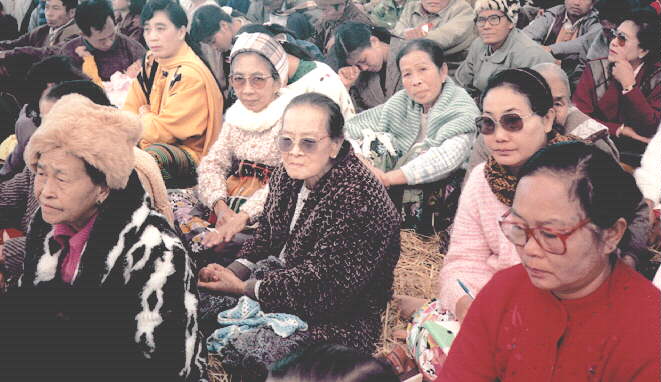
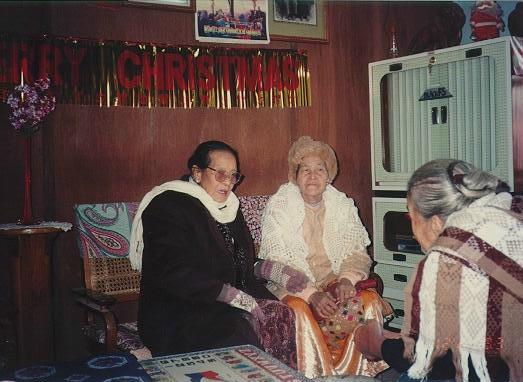
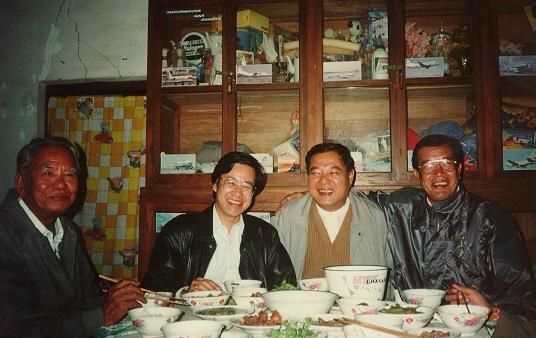

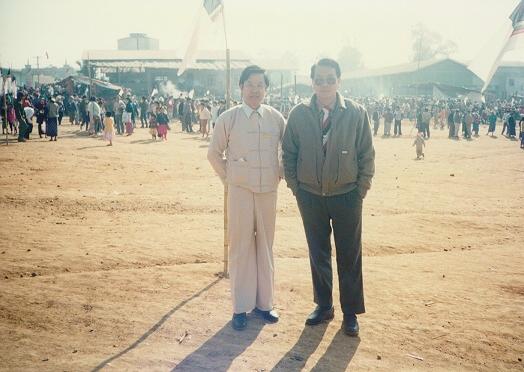

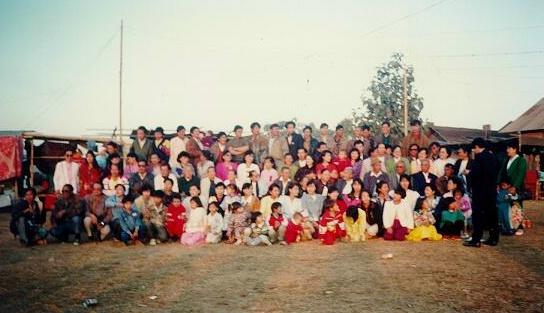

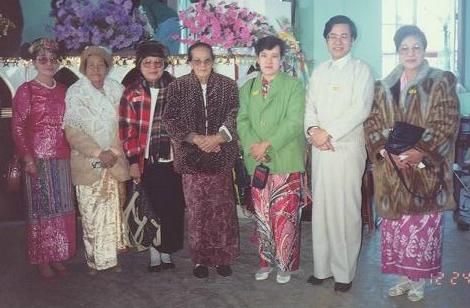
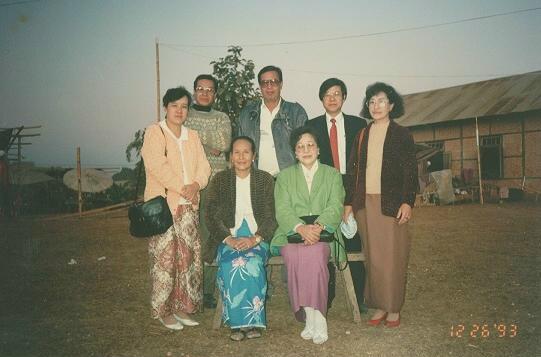
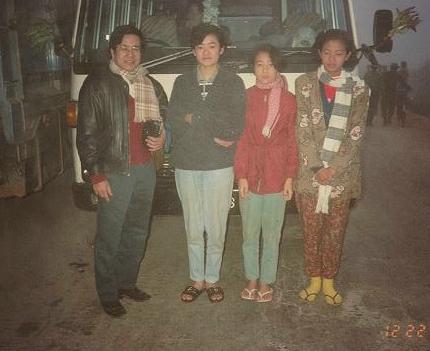
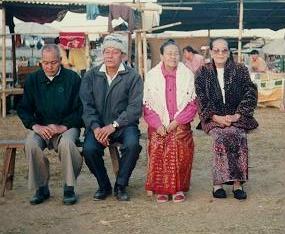
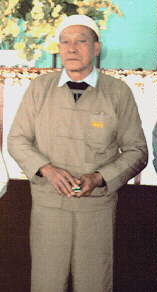
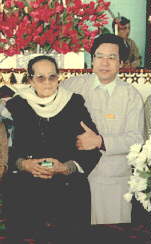
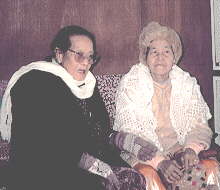
Chapter One – Baptist Missions to the Shan People of Burma (Myanmar) (1861-2001)
Chapter Two – Challenges in Twenty-first Century
Chapter Three – 21st Century Shan Mission Project (21st CSMP)
Chapter Four – Analysis on Shan Missions and Churches
Chapter Five – Conclusion on Shan Missions and Churches
Chapter Six – Asian reports
Appendixes
